
Wildlife Conservation Society - Republic of Congo: Regulated sustainable bushmeat hunting with Mbuti pygmies in conjunction with WCS. This is done with limited cartridges, the catch is weighed and counted. Hunting is only allowed for 5 months of the year and is done in timber concessions bordering national parks. The Mbuti also hunt with nets they make themselves and spears for the animals driven into them.

Wildlife Conservation Society - Republic of Congo: Regulated sustainable bushmeat hunting with Mbuti pygmies in conjunction with WCS. This is done with limited cartridges, the catch is weighed and counted. Hunting is only allowed for 5 months of the year and is done in timber concessions bordering national parks. The Mbuti also hunt with nets they make themselves and spears for the animals driven into them.

Wildlife Conservation Society - Republic of Congo: Regulated sustainable bushmeat hunting with Mbuti pygmies in conjunction with WCS. This is done with limited cartridges, the catch is weighed and counted. Hunting is only allowed for 5 months of the year and is done in timber concessions bordering national parks. The Mbuti also hunt with nets they make themselves and spears for the animals driven into them.

The Rocher Foundation: The recovery of the Pantanal in Brazil after the fires in 2020.

The Rocher Foundation: The recovery of the Pantanal in Brazil after the fires in 2020.

Virunga Airwing has now taught and qualified 5 Congolese pilots who have received extensive training in South Africa and DRC. 5 more are currently scheduled to go to SA for training .

AMBOSELLI ECOSYSTEM, KENYA: Images of training at Big Life's ranger training academy. Part of Big Life's conservation strategy is local recruitment of Maasai to preserve nature and also to win local hearts and minds.. (Photo by Brent Stirton/Getty Images for Le Figaro)

MUTSORA, SOUTH KIVU, DEMOCRATIC REPUBLIC OF CONGO, 19 JANUARY 2024: Images of local farmer Jean Bosco Mulibi, 63, as he examines vanilla pods on his farm in Mutsora. Jean has been a victim of the ADF Isis affiliate in the area on a number of occasions. This group uses terror to cause the locals to flee and they then steal their crop as a means of supporting their fundamentalist agenda. There are many sustainable factories run by Virunga National Park as a means of income for the park as well as a hearts and minds campaign for the population that lives around the park. The park runs soap, coffee, chocolate and palm oil factories in Mutsora. All of these are run through sustainable hydroelectricity that the park produces themselves. All the cacao beans, coffee beans and palm nuts are locally sourced and there are farmers unions supported by the park and experts have been brought in to maximize production.(Photo by Brent Stirton/Getty Images)

MUTSORA, SOUTH KIVU, DEMOCRATIC REPUBLIC OF CONGO, 19 JANUARY 2024: Images of local farmer Noe Borase, 74, as he examines cacao plants on his farm in Mutsora. Noe has been a victim of the ADF Isis affiliate in the area on a number of occasions. This groups uses terror to cause the locals to flee and they then steal their crop as a means of supporting their fundamentalist agenda. There are many sustainable factories run by Virunga National Park as a means of income for the park as well as a hearts and minds campaign for the population that lives around the park. The park runs soap, coffee, chocolate and palm oil factories in Mutsora. All of these are run through sustainable hydroelectricity that the park produces themselves. All the cacao beans, coffee beans and palm nuts are locally sourced and there are farmers unions supported by the park and experts have been brought in to maximize production.(Photo by Brent Stirton/Getty Images)

AMBOSELLI ECOSYSTEM, KENYA: Angama Lodge, an exclusive high end hotel that leases land from the local Maasai Kimana Conservancy. They employ locals and for every guest they pay something to the conservancy as well an annual fee for the land and the animals on it. This is the kind of development that can strengthen conservation policies in the region as well as protect the integrity of continuous conservation land that allows for animal migration. (Photo by Brent Stirton/Getty Images for Le Figaro)

AMBOSELLI ECOSYSTEM, KENYA: Emergency veterinatian work on Bronski, a tusker close to Amboseli National Park. Bronski was speared in the leg but KWS vet Dr Kariuki is more concerned with swelling in the joint of Bronski's leg hind leg. The vet speculates that he may have injured the joint fleeing the spearing site. The collapse of joints after many years is often fatal to elephants. It was necessary to use a rope and a vehicle to lift Bronski back to his feet after the anathetic. Its a very delicate operation to work on these tuskers, many of them are of advanced age and there is always the possibiltiy they do not recover. (Photo by Brent Stirton/Getty Images for Le Figaro)

The Rocher Foundation: The recovery of the Pantanal in Brazil after the fires in 2020.

The Rocher Foundation: The recovery of the Pantanal in Brazil after the fires in 2020.

The Rocher Foundation: The recovery of the Pantanal in Brazil after the fires in 2020.

WWF/Greenpeace - PAPUA NEW GUINEA: Lake Murray - A pristine area where international loggers were chased off by locals. The area has been restored and all hunting and logging is only done sustainably.

WWF/Greenpeace - PAPUA NEW GUINEA: Lake Murray - A pristine area where international loggers were chased off by locals. The area has been restored and all hunting and logging is only done sustainably.

WWF/Greenpeace - PAPUA NEW GUINEA: Lake Murray - A pristine area where international loggers were chased off by locals. The area has been restored and all hunting and logging is only done sustainably.

WWF/Greenpeace - PAPUA NEW GUINEA: Lake Murray - A pristine area where international loggers were chased off by locals. The area has been restored and all hunting and logging is only done sustainably.

WWF/Greenpeace - PAPUA NEW GUINEA: Lake Murray - A pristine area where international loggers were chased off by locals. The area has been restored and all hunting and logging is only done sustainably.

Wonderwork: Blindness and the miracle of cataract surgery on children.

Wonderwork: Blindness and the miracle of cataract surgery on children.

Wonderwork: Blindness and the miracle of cataract surgery on children.

Wonderwork: Blindness and the miracle of cataract surgery on children.

Wonderwork: Blindness and the miracle of cataract surgery on children.

SEE INTERNATIONAL: PORTRAITS OF THE BLIND ADVERTISING CAMPAIGN

SEE INTERNATIONAL: PORTRAITS OF THE BLIND ADVERTISING CAMPAIGN

SEE INTERNATIONAL: PORTRAITS OF THE BLIND ADVERTISING CAMPAIGN

IAPF AKASHINGA FEMALE RANGER FORCE - ZIMBABWE.

IAPF AKASHINGA FEMALE RANGER FORCE - ZIMBABWE.

IAPF AKASHINGA FEMALE RANGER FORCE - ZIMBABWE.

IAPF AKASHINGA FEMALE RANGER FORCE - ZIMBABWE.

Halo Trust anti-landmine campaign - Mozambique

TETE, MOZAMBIQUE, NOVEMBER 2013: A HALO deminer prepares to detonate landmines with an explosive charge as part of demining operations in the Chinzunga hills close to Cabora Bassa, Mozambique, 18 November 2013. The HALO team cleared 15 landmines on this day and detonated them as usual before they left for the day. The average HALO deminer makes $260 a month doing this job, considered a good salary in Mozambique. The HALO deminers in this area are dealing with landmines laid in the 1970's by the Portugese military who were attempting to defend the vital Cabora Bassa Hydro-electric dam, a strategic target for the Frelimo rebels at the time. Today, over 40 years later, these mines still maim and kill the local populace and prevent them utilizing vital agricultural land. This scene was photographed at demining operations close to the HALO Demining camp in the mountains of Chinzunga. Mozambique was one of the most heavily landmined countries in the war, both from its 11 year long War of Libertation as well as its conflicts with both South Africa and Rhodesia for sheltering both the ANC and Mugabe's Zanla freedom fighters. Halo has cleared over 22,700 anti personnel mines and reclaimed of 500, 000 square meters of land for the local populace. HALO runs both mechinical and manual operations. Mozambique is pushing hard to meet its donor obligations to be land-mine free by the end of 2014, under the mandate of the Ottawa convention on the land mine. (Photo by Brent Stirton/Reportage for the ICRC.)


GONDOLA DISTRICT, MANICA PROVINCE, MOZAMBIQUE, 21 NOVEMBER 2013: An APOPO demining company de-miner works with his trained African Pouch rat to detect the scent of TNT present in Landmines, Gondola District, Manica Province, Mozambique, 21 November 2013. APOPO uses the rats in conjunction with mechanical diggers, flailers and human deminers. The rats use their acute sense of smell to accelerate the demining process, making it possible to clear fields faster, a key goal for Mozambique who are seeking to be landmine free by the end of 2014. (Photo by Brent Stirton/Reportage for ICRC.)

Halo Trust anti-landmine campaign - Mozambique

Global Education Program - CSR for Discovery Channel

Global Education Program - CSR for Discovery Channel

Global Education Program - CSR for Discovery Channel

Global Education Program - CSR for Discovery Channel

Global Education Program - CSR for Discovery Channel

Global Education Program - CSR for Discovery Channel

The International Trachoma Initiative - Ethiopia campaign

The International Trachoma Initiative - Ethiopia campaign

The International Trachoma Initiative - Ethiopia campaign

African Parks Network: ZAKOUMA, CHAD: Two remaining black rhino females are what remain of six originally brought into Chad from South Africa for release into Zakouma National Park. The other four rhino died of complications. Zakouma's rhino expert Kenny Babilon is seen hugging one of the female black rhinos, one of the fiercest creatures on the planet. Kenny is a rhino expert who was looking after the black rhino re-introduction to Zakouma. Because four of the translocated rhino died, African Parks Network is being extraordinarily careful with the remaining two. This park used to have black rhino but they were wiped out in the nineteen seventies. After spending months with these rhinos, Kenny has developed an extraordinary relationship with them. On this day, this female was a little unsettled. Kenny spontaneously swung down into the boma and gave her a hug and she let him do that some time. After that she was calmer and much easier to deal with.

LWIRO PRIMATES CENTRE, DEMOCRATIC REPUBLIC OF CONGO: A caregiver at Lwiro Chimpanzee rescue center and sanctuary is seen in her room with a recently rescued baby chimp who is recovering from trauma. These young rescue chimps live in the house and are raised like children until they can be released into the large sanctuary cages with the other chimps. Many of the caregivers at this sanctuary are victims of conflict, a number have been raped, displaced or wounded. They see their relationship with these chimps as healing for themselves as much as they are healing the chimps. These chimps are all rescues and come from the bushmeat trade in DRC after their mothers were killed for bushmeat. The babies are often taken for sale and sometimes for pets. As a result many of these chimps have lived lives of isolation, suffering and cruelty. The sanctuary is a place where they can learn to be chimps for the first time and interact with other chimps. They were brought to the sanctuary after being rescued either by the Congolese Conservation authority or the Lwiro staff.

TIKKI HYWOOD TRUST - PANGOLIN RESCUE: HARARE, ZIMBABWE, 24 JUNE 2018: Pangolin caregivers at an anonymous farm care for rescued pangolins, helping them to find ants and termites to eat and keeping them safe from predators and poachers. The Tiki Hywood trust undertakes public awareness campaigns on Pangolins, trains law enforcement and judiciary personnel, conducts research, and rehabilitates pangolins that have been confiscated from the illegal trade. They are based in Zimbabwe but operate with partners across Africa and advise in Asia. Founder Lisa Hywood is seen as a global expert on how to care for Pangolins in captivity. The trust also engages with other organisations and governments throughout Africa to highlight the plight of pangolins, raising awareness of their conservation status and educating them as to the need for conserving pangolins, as well as implementing conservation actions. Many of their activities are not covered by research grants and they rely on sponsors and donations to continue their work. Donations are used to train law enforcement and judiciary personnel, rehabilitate confiscated pangolins, raise public awareness and further engage with African role-players to increase the conservation status of pangolins across Africa.


MUTSORA, SOUTH KIVU, DEMOCRATIC REPUBLIC OF CONGO, 19 JANUARY 2024: Images from the Sicovie Soap factory in Mutsora, one of many sustainable factories run by Virunga National Park as a means of income for the park as well as a hearts and minds campaign for the population that lives around the park. The park also runs coffee, chocolate and palm oil factories in Mutsora. All of these are run through sustainable hydroelectricity that the park produces themselves. All the cacao beans, coffee beans and palm nuts are locally sourced and there are farmers unions supported by the park and experts have been brought in to maximize production.(Photo by Brent Stirton/Getty Images)

MUTSORA, SOUTH KIVU, DEMOCRATIC REPUBLIC OF CONGO, 19 JANUARY 2024: Images from Virunga National Park's palm oil extraction factory in Mutsora, one of many sustainable factories run by Virunga National Park as a means of income for the park as well as a hearts and minds campaign for the population that lives around the park. The park also runs coffee, chocolate and palm oil factories in Mutsora. All of these are run through sustainable hydroelectricity that the park produces themselves. All the cacao beans, coffee beans and palm nuts are locally sourced and there are farmers unions supported by the park and experts have been brought in to maximize production.(Photo by Brent Stirton/Getty Images)

Banaue, Ifugao, Philippines, 8 August 2016: Ana Dulnuan-Habbiling is an Ifugaon leader with extensive knowledge of the Rice world in the area where she lives in the highlands of the Philippines. There is a long-standing tradition of rice growing in this area, something Ana speaks of as a tribute to the memory of her ancestors. She is seen with her family rice stocks, cleaning and preparing rice, cooking it and serving it to her family. She is also seen as she begins to clear her ceremonial rice paddy, something that will be seen by the other villagers as a sign that they too must begin to ready their paddies for planting. The rice they plant is known as aromatic and glutenous rice, a small group of rice strains they try to preserve and protect. Ana visited the International Rice Research Institute in Manila a few years ago where she was able to find a strain of rice her ancestors grew and which had been lost to her community, she now grows that rice again and is grateful to IRRI for the chance, in her words, to honor her ancestors. (Photo by Brent Stirton/Reportage by Getty Images for Crop Trust)

IRRI, LOS BANOS, PHILIPPINES, 9 AUGUST 2016: Workers harvest experimental rice for testing at the International Rice Research Institute. IRRI is the world’s premier research organization dedicated to reducing poverty and hunger through rice science; improving the health and welfare of rice farmers and consumers; and protecting the rice-growingenvironment for future generations. IRRI is an independent, nonprofit research andeducational institute founded in 1960 by the Ford and Rockefeller foundations, withsupport from the Philippine government. The institute, headquartered in LosBaños,Philippines, has offices in 17 rice-growing countries in Asia and Africa, and About 1,000 staff members. Working with in-country partners, IRRI develops advanced rice varieties that yield more grain and better withstand pests and disease as well as flooding, drought, and other destructive effects of climate change. More than half of the rice area in Asia is planted to IRRI-bred varieties or their progenies. The institute develops new and improved methods and technologies that enable farmers to manage their farms profitably and sustainably, and recommends rice varieties and agricultural practices suitable to particular farm conditions as well as consumer preferences. IRRI assists national agricultural research and extension systems in formulating and implementing country rice sector strategies. (Photo by Brent Stirton/Reportage by Getty Images for Crop Trust.)

HANOI, VIETNAM, 15 AUGUST 2016: The cold storage and lab facilities for plant multiplications purposes at the offices of the International Center for Tropical Agriculture. CIAT’s mission is to reduce hunger and poverty, and improve human nutrition in the tropics through research aimed at increasing the eco-efficiency of agriculture. Backed by the Colombian government and Rockefeller, Ford, and Kellogg Foundations, CIAT was formally established in 1967 and began its research in 1969. CIAT’s staff includes about 200 scientists. Supported by a wide array of donors, the Center collaborates with hundreds of partners to conduct high-quality research and translate the results into development impact. A Board of Trustees provides oversight of CIAT’s research and financial management. CIAT develops technologies, methods, and knowledge that better enable farmers, mainly smallholders, to enhance eco-efficiency in agriculture. This makes production more competitive and profitable as well as sustainable and resilient through economically and ecologically sound use of natural resources and purchased inputs. CIAT has global responsibility for the improvement of two staplefoods, cassava and common bean, together with tropical forages for livestock. In Latin America and the Caribbean, research is conducted on rice as well. Representing diverse food groups and a key component of the world’s agricultural biodiversity, those crops are vital for global food and nutrition security. In its work on agrobiodiversity, the Center employs advanced biotechnology to accelerate crop improvement. Progress in our crop research also depends on unique collections of genetic resources– 65,000 crop samples in all – which are held in trust for humanity. Alongside its research on agrobiodiversity, CIAT works in two other areas – soils and decision and policy analysis – which cut across all tropical crops and production environments. Center soil scientists conduct research across scales

AXUM, TIGRAY, ETHIOPIA, 20 JULY 2017: Scenes from Dula tree nursery where the local farmers have grown over half a million seedlings so far and are still producing. These seedlings are part of afforestation projects in Ethiopia which have restored water tables and natural ecosystems to regions. This has brought back water tables in dry regions and brought about positive changes in farming and lifestyle for thousands of people. (Photo by Brent Stirton/Verbatim for LE Figaro)

ROCHER FOUNDATION - TREE PLANTING CAMPAIGN, ETHIOPIA.

ROCHER FOUNDATION - TREE PLANTING CAMPAIGN, ETHIOPIA.

ROCHER FOUNDATION - TREE PLANTING CAMPAIGN, ETHIOPIA.

Wonderwork: Campaign images for impoverished burn victims in India with Dr Subodh, a renowned plastic surgeon to the poor.

Wonderwork: Campaign images for impoverished burn victims in India with Dr Subodh, a renowned plastic surgeon to the poor.

Wonderwork: Campaign images for impoverished burn victims in India with Dr Subodh, a renowned plastic surgeon to the poor.

Senkwekwe Moutain Gorilla Orphanag, Democratic Republic of Congo: The only mountain gorilla orphanage in the world.

Senkwekwe Moutain Gorilla Orphanag, Democratic Republic of Congo: The only mountain gorilla orphanage in the world.

Senkwekwe Moutain Gorilla Orphanag, Democratic Republic of Congo: The only mountain gorilla orphanage in the world.

Senkwekwe Moutain Gorilla Orphanag, Democratic Republic of Congo: The only mountain gorilla orphanage in the world.

Novartis - John Hopkins initiative on Malaria - Kenya.

KISUMU, KENYA, 18 JUNE 2015: A malaria surveilance team from the Walter Read Project on Malaria undertakes a case study on a young child in the Nyanza District of Kisumu, Kenya. They will weight the child, take down the family details and medical history, conduct a Rapid Test for malaria, draw a blood sample and continue to monitor that child for up to a 4 year period. Their work is invaluable in providing samples to monitor the path and progress and mutation of Malaria. Seven different teams work 5 days a week, visiting 5 households per day across the Nyanza district. Agnes Akoth Onyango, 57, is the Chief Nurse of the Walter Read Project, Kisumu, Kenya. Agnes is seen at the Kemri Insectology lab where mosquitos are specifically bred for Malaria research. Agnes has been a front line nurse in the fight against Malaria for over 31 years. She administers the staff at the Walter Read research facility and also has strong relations with the Kombewa District hospital. Agnes works with a number of field surveillance teams who monitor the population of the Nyanza province of Kenya, helping to maintain and update Walter Read’s case studies of over 40 years research into Malaria. Agnes supervises the teams, works with the laboratory staff and the local hospitals in keeping an up to date record on the progress of Malaria, staying one step ahead of the disease which kills over 5 million people annually. She also works with the Kemri group of disease research facilities in the Kisumu area. These provide a valuable database for the mutation of the Malaria parasite, helping to develop effective medication to combat the disease. Agnes has devoted her life to this theme, finding self-worth and tremendous satisfaction in her work. She is well know across her community and still finds time to go with surveillance teams to build case studies as well lecture on Malaria education when she can make the time. Agnes remains hopeful for the eradication of Malaria, believing a cure is withi

Novartis - John Hopkins initiative on Malaria - Kenya.

Novartis - John Hopkins initiative on Malaria - Kenya.

NDOLA, ZAMBIA, 16 JANUARY 2014: Dr Christine Manyando examines a young child who has severe Malaria at the Arthur Davidson Children's Hospital, Ndola, Zambia. This child's condition is so severe that she is undergoing a blood transfusion in an attempt to remove the Malaria parasite from her young body. (Photo by Brent Stirton for Novartis.)

WWF - Sustainable FSC timber industry - Cameroon

WWF - Sustainable FSC timber industry - Cameroon

WWF - Sustainable FSC timber industry - Cameroon

Cameroon: A Baka pygmy recruited by a local logging company to cut down trees in his traditional area.

WWF - Sustainable FSC timber industry - Cameroon


YAROSLAVL, RUSSIA, 15 MAY 2014: Nikolay Ivanovich Platonova, 82, and his wife Galina Vasilevna, 78, are both in the Novartis sponsored hypertension program at Yaroslavl Veterans Hospital in Russia. They have tried to remain healthy their whole lives but education and effective medication for healthy living and hypertension has been scarce in the region. Nikolay spent many years in the Soviet military and he continues to do his daily excercises from that period every day. Galina tries to feed them both healthy foods on a daily basis, with fruit when they can get it. They like to walk outside as part of their routine. Both Nikolay and Galina began seeing Dr Evgeniy Bybihin at the Yaroslavl Veterans Hospital as part of their treatment for hypertension. He has been instrumental in running a Novartis sponsored hypertension program for the hospital, this has seen patients admitted for up to three weeks for monitoring, education on hypertension and the use of correct medication. This program has seen a dramatic improvement in all of these areas in the Yaroslavl region as awareness of hypertension has improved not only amongst patients but also across the medical profession. Nikolay and Galina say that they now monitor their blood pressure on a regular basis and take their medication exactly as instructed. They feel better much better as a result and try to persuade their friends as to the benefits of a good education on the issue of hypertension. Novartis is involved in a number of initiatives across Russia. These include large scale facility buidling as well as partnerships with healthcare organisations and government. As part of the Yaroslavl healthcare systems improvement partnership project, Novartis is collaborating with the regional government of Yaroslavl in Russia, key clinicians and institutions to improve the diagnosis, screening and treatment of hypertension and reduce preventable death and disability from cardiovascular events. (Photo by Brent Stirton/Reportage

Novartis Annual report - work on Hypertension in Russia

Wonderwork: Free surgery for children with clubfoot - India

Wonderwork: Free surgery for children with clubfoot - India

NOVARTIS: Accra, Ghana: Nurse Diane Amore speaks to a young mother about Sickle Cell disease and what to look for in her children, both of whom have Sickle Cell. Diane is considered an expert on the disease and one of the leading nurses in Ghana. She is seen at Korle Bu hospital in Accra at a clinic held for parents to help educate them on this disease. Sickle Cell disease is the leading cause of strokes in young children. Novartis is partnering with the government and the Sickle Cell Association of Ghana, which is headed by Professor Kwaku Ohene-Frempong, a former Olympic athlete who earned a medical degree at Yale and led sickle cell clinics at Tulane University and the Children’s Hospital of Philadelphia before returning to Ghana to fight the disease in his home country. Novartis aims to expand a newborn screening program, expand distribution of the drug hydroxyurea to treat sickle cell, and begin clinical trials in Ghana for a new, experimental sickle cell treatment. Sickle cell disease is a group of disorders that affects hemoglobin, the molecule in red blood cells that delivers oxygen to cells throughout the body. People with this disorder have atypical hemoglobin molecules called hemoglobin S, which can distort red blood cells into a sickle, or crescent, shape.Signs and symptoms of sickle cell disease usually begin in early childhood. Characteristic features of this disorder include a low number of red blood cells (anemia), repeated infections, and periodic episodes of pain. The severity of symptoms varies from person to person. Some people have mild symptoms, while others are frequently hospitalized for more serious complications. Sickle Cell is the leading cause of strokes in young children between the ages of 3 to 6 years of age. The signs and symptoms of sickle cell disease are caused by the sickling of red blood cells. When red blood cells sickle, they break down prematurely, which can lead to anemia. Anemia can cause shortness of breath, fatigue, an

NOVARTIS: Accra, Ghana: John Dzido is seen with his son Caleb. Caleb is 11 and has suffered a series of strokes due to Sickle Cell disease. The first occured when he was 8 and he has suffered a succession since then. Caleb is largely paralysed as a result. John lost his job through trying to care for Caleb and he now survives with working on the street selling good informally. John’s wife left him due to the stress of the disease. She wanted normal children and as both she and John share the gene that brings about sickle cell disease, she left him for another man. John has a younger daughter Stephanie who is also a sickle cell patient. He is totally devoted to his son and because they cannot afford to go to the hospital for physical therapy he tries to do this for Caleb in their small two room shack. He also uses braces for Calebs legs and a chair to try to teach him to stand again. Calabe was removed from school as the teachers could not care for a boy in his condition so John attempts to educate as well as feed, clothe and bathe him at home. John remains resolute that Caleb will improve even though his last stroke was only a month ago. Novartis is partnering with the government and the Sickle Cell Association of Ghana, which is headed by Professor Kwaku Ohene-Frempong, a former Olympic athlete who earned a medical degree at Yale and led sickle cell clinics at Tulane University and the Children’s Hospital of Philadelphia before returning to Ghana to fight the disease in his home country. Novartis aims to expand a newborn screening program, expand distribution of the drug hydroxyurea to treat sickle cell, and begin clinical trials in Ghana for a new, experimental sickle cell treatment. Sickle Cell disease is the leading cause of strokes in young children. Sickle cell disease is a group of disorders that affects hemoglobin, the molecule in red blood cells that delivers oxygen to cells throughout the body. People with this disorder have atypical hemoglobin molecul

Accra, Ghana: John Dzido is seen with his son Caleb. Caleb is 11 and has suffered a series of strokes due to Sickle Cell disease. The first occured when he was 8 and he has suffered a succession since then. Caleb is largely paralysed as a result. John lost his job through trying to care for Caleb and he now survives with working on the street selling good informally. John’s wife left him due to the stress of the disease. She wanted normal children and as both she and John share the gene that brings about sickle cell disease, she left him for another man. John has a younger daughter Stephanie who is also a sickle cell patient. He is totally devoted to his son and because they cannot afford to go to the hospital for physical therapy he tries to do this for Caleb in their small two room shack. He also uses braces for Calebs legs and a chair to try to teach him to stand again. Calabe was removed from school as the teachers could not care for a boy in his condition so John attempts to educate as well as feed, clothe and bathe him at home. John remains resolute that Caleb will improve even though his last stroke was only a month ago. Novartis is partnering with the government and the Sickle Cell Association of Ghana, which is headed by Professor Kwaku Ohene-Frempong, a former Olympic athlete who earned a medical degree at Yale and led sickle cell clinics at Tulane University and the Children’s Hospital of Philadelphia before returning to Ghana to fight the disease in his home country. Novartis aims to expand a newborn screening program, expand distribution of the drug hydroxyurea to treat sickle cell, and begin clinical trials in Ghana for a new, experimental sickle cell treatment. Sickle Cell disease is the leading cause of strokes in young children. Sickle cell disease is a group of disorders that affects hemoglobin, the molecule in red blood cells that delivers oxygen to cells throughout the body. People with this disorder have atypical hemoglobin molecules called

MOGADISHU, SOMALIA, 3 AUGUST 2017: Nurses attend premature babies inside the new neo-natal unit at the Turkish built and run hospital in Mogadishu. The child in this image weighed only 600 grams at birth and would surely have died without this special unit. The hospital has 16 incubators for premature babies, the only facility of its kind in Somalia. There has been increasing relations between the Turks and the Somalis, with the Turks building not only this hospital but also the new airport and many other projects in Mogadishu. President Erdogan himself has visited and opened the new hospital. The Turkish embassy in Mogadishu is huge and reaffirms their long-term commitment to investing in Somalia. (Photo by Brent Stirton/Verbatim for Time Magazine.)

University of the Witswatersrand, South Africa: Book project for Fourie Collection of San artifacts with San elders

University of the Witswatersrand, South Africa: Book project for Fourie Collection of San artifacts with San elders

University of the Witswatersrand, South Africa: Book project for Fourie Collection of San artifacts with San elders

Novartis Annual report: Vietnames Doctors

Novartis Annual report: Vietnames Doctors

Coca-Cola: Water and Sanitation projects in South Africa and Mozambique

Coca-Cola: Water and Sanitation projects in South Africa and Mozambique

Coca-Cola: Water and Sanitation projects in South Africa and Mozambique

Coca-Cola: Water and Sanitation projects in South Africa and Mozambique

SEE INTERNATIONAL - Surgery for the impoverished blind - India.

SEE INTERNATIONAL - Surgery for the impoverished blind - India.

SEE INTERNATIONAL - Surgery for the impoverished blind - India.

SEE INTERNATIONAL - Surgery for the impoverished blind - India.

SEE INTERNATIONAL - Surgery for the impoverished blind - India.

SEE INTERNATIONAL - Surgery for the impoverished blind - India.

Human Rights Watch Brazil: Amazon defenders from local indigenous populations

Human Rights Watch Brazil: Amazon defenders from local indigenous populations

Water Issues around the world: Part of exhibit at the World Economic Forum in Davos.

Water Issues around the world: Part of exhibit at the World Economic Forum in Davos.

Water Issues around the world: Part of exhibit at the World Economic Forum in Davos.

Water Issues around the world: Part of exhibit at the World Economic Forum in Davos.

Water Issues around the world: Part of exhibit at the World Economic Forum in Davos.

Water Issues around the world: Part of exhibit at the World Economic Forum in Davos.

Human Rights Watch: Turkana pastoralists displaced by fightings over grazing rights, Northern Kenya.

Human Rights Watch: Turkana pastoralists displaced by fightings over grazing rights, Northern Kenya.

Human Rights Watch: Turkana pastoralists displaced by fightings over grazing rights, Northern Kenya.

Human Rights Watch: Turkana pastoralists displaced by fightings over grazing rights, Northern Kenya.

Human Rights Watch: Turkana pastoralists displaced by fightings over grazing rights, Northern Kenya.

World Economic Forum: Innovative co-operative agriculture, Malawi and Kenya.

World Economic Forum: Innovative co-operative agriculture, Malawi and Kenya.

World Economic Forum: Innovative co-operative agriculture, Malawi and Kenya.

World Economic Forum: Innovative co-operative agriculture, Malawi and Kenya.

World Economic Forum: Innovative co-operative agriculture, Malawi and Kenya.

Illegal soil extraction for building sites on the outside of Goma, Democratic Republic of Congo. This activity has led to landslides in recent times of heavy rainfall.

Global Fund: HIV/ Aids South Africa and India

Global Fund: HIV/ Aids South Africa and India

Global Fund: HIV/ Aids South Africa and India

Global Fund: HIV/ Aids South Africa and India

Global Fund: HIV/ Aids South Africa and India

Global Fund: HIV/ Aids South Africa and India
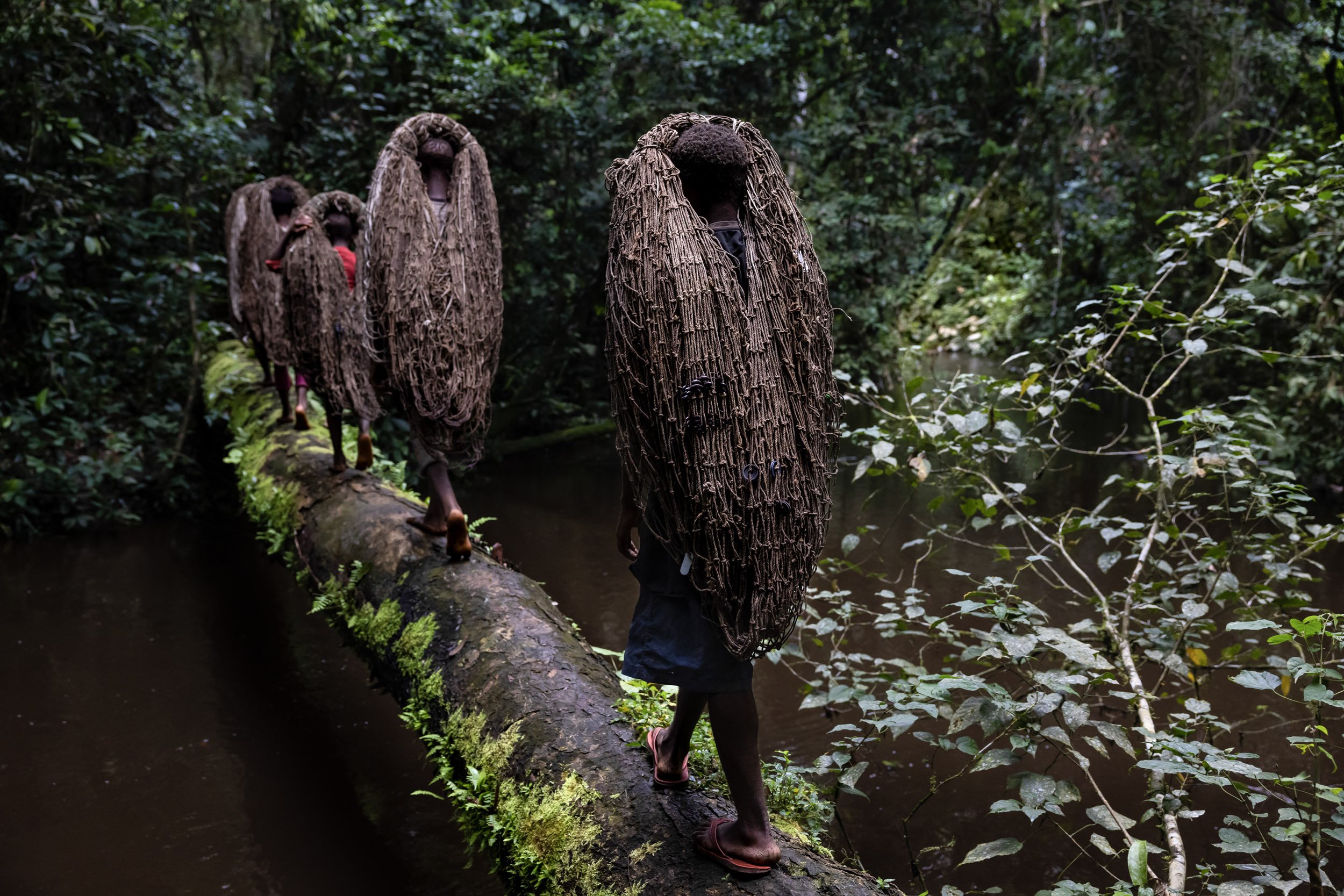
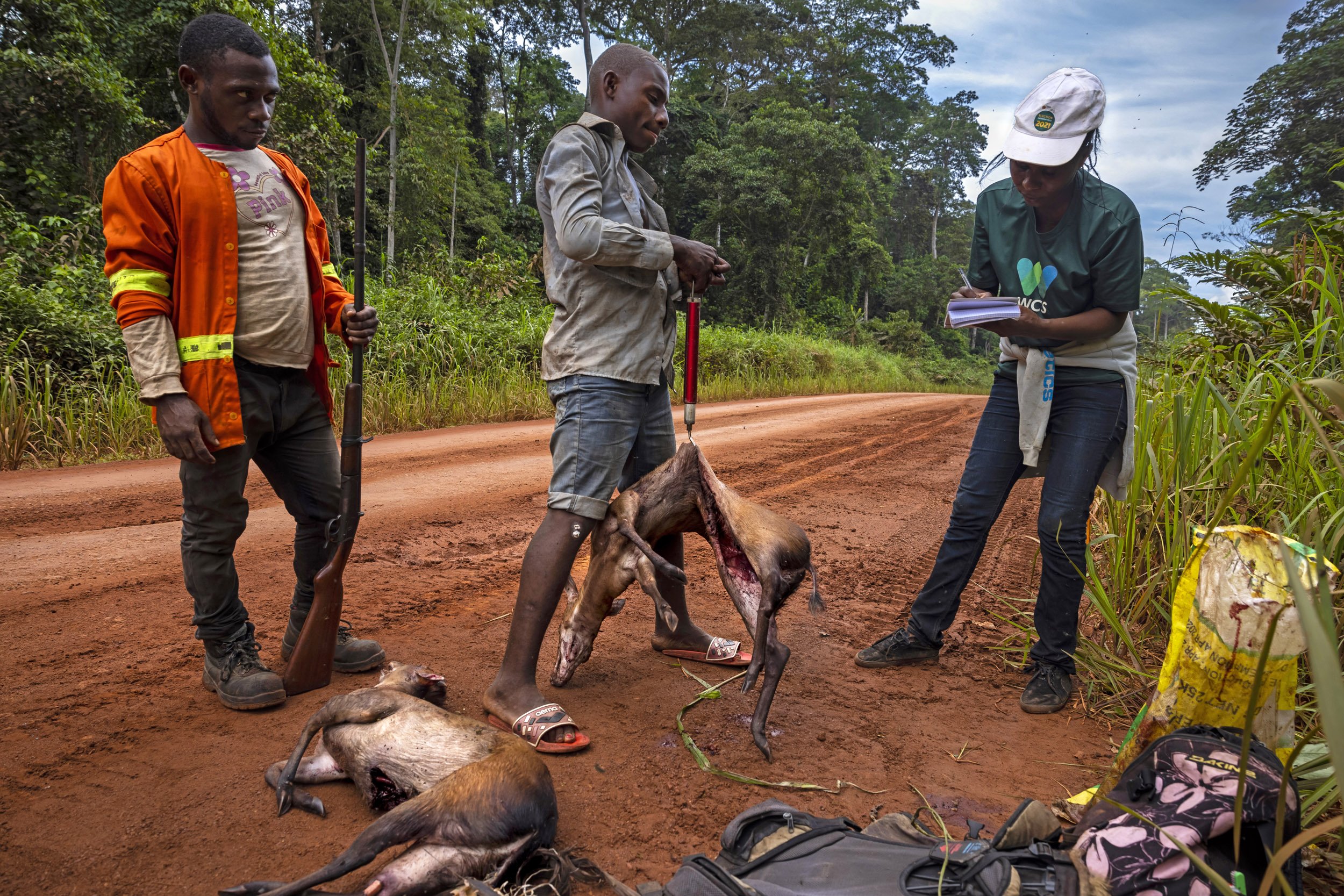
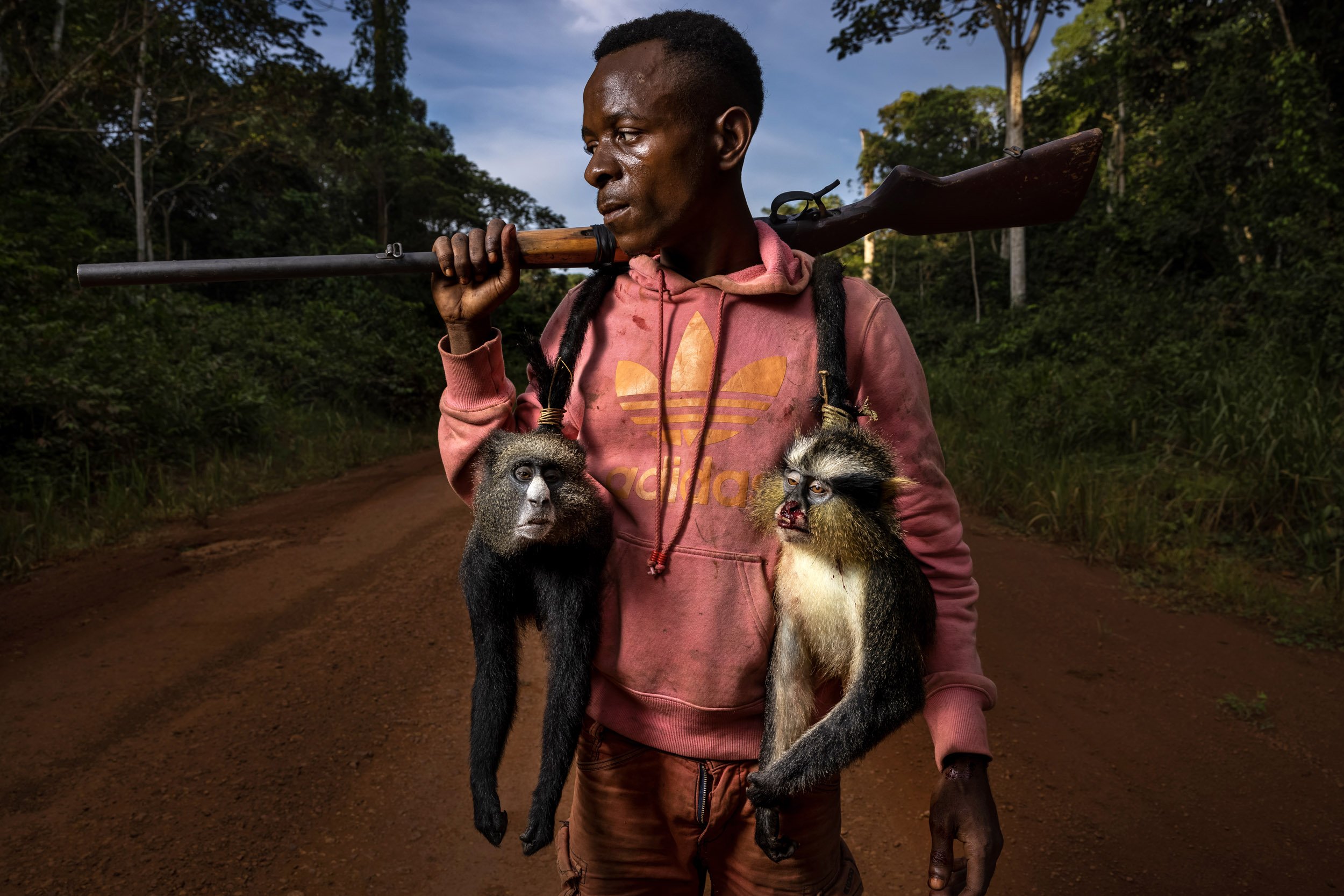
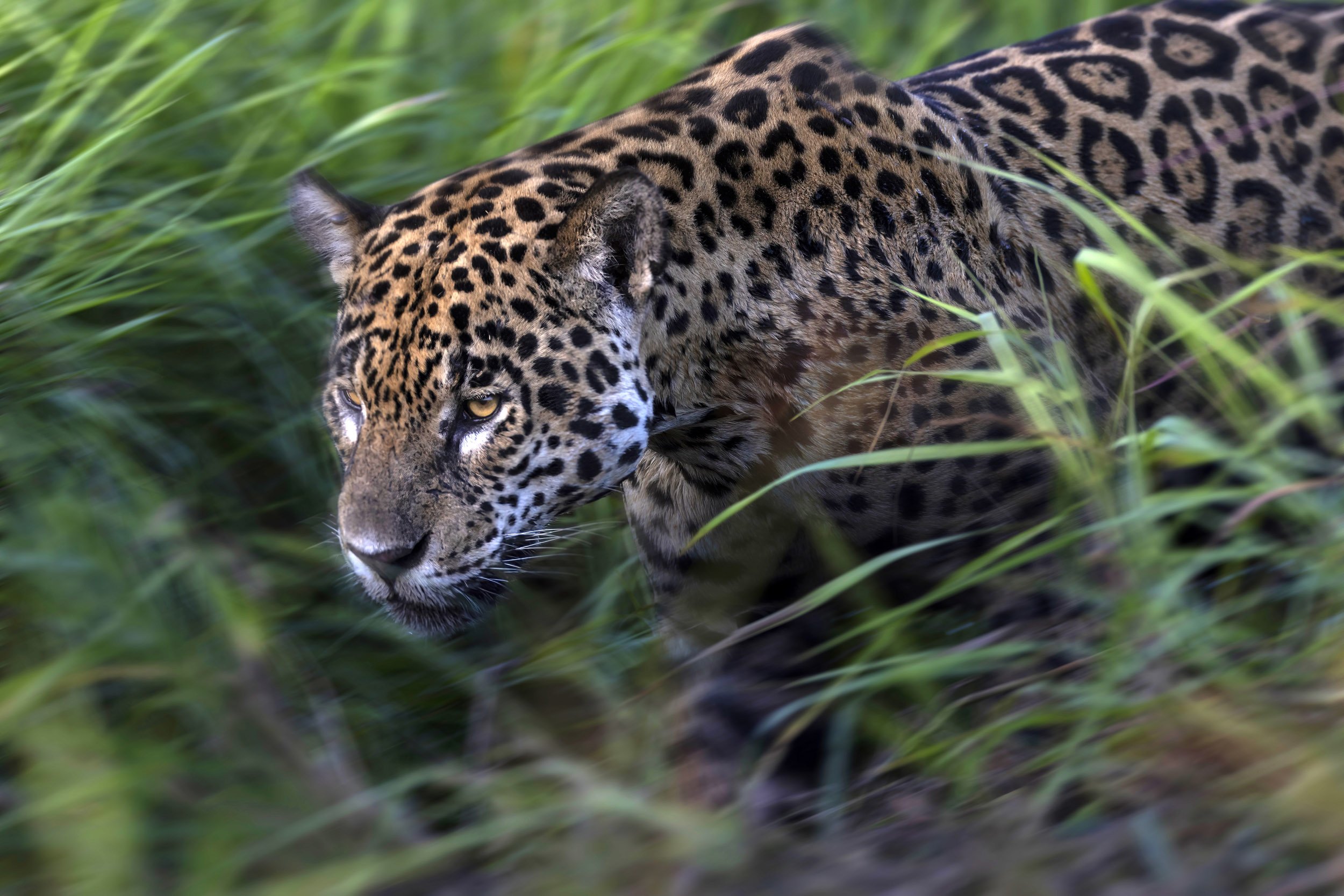

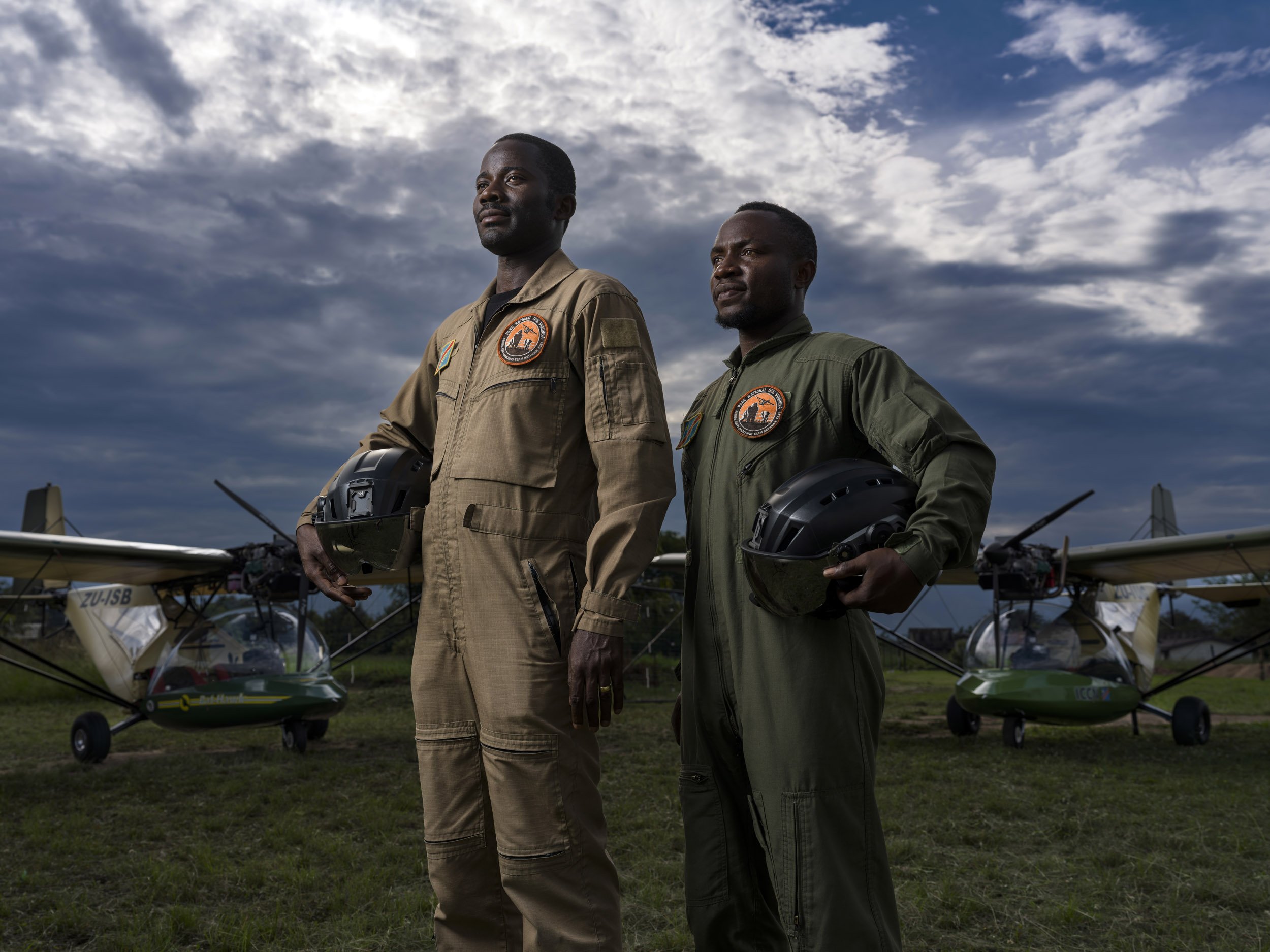
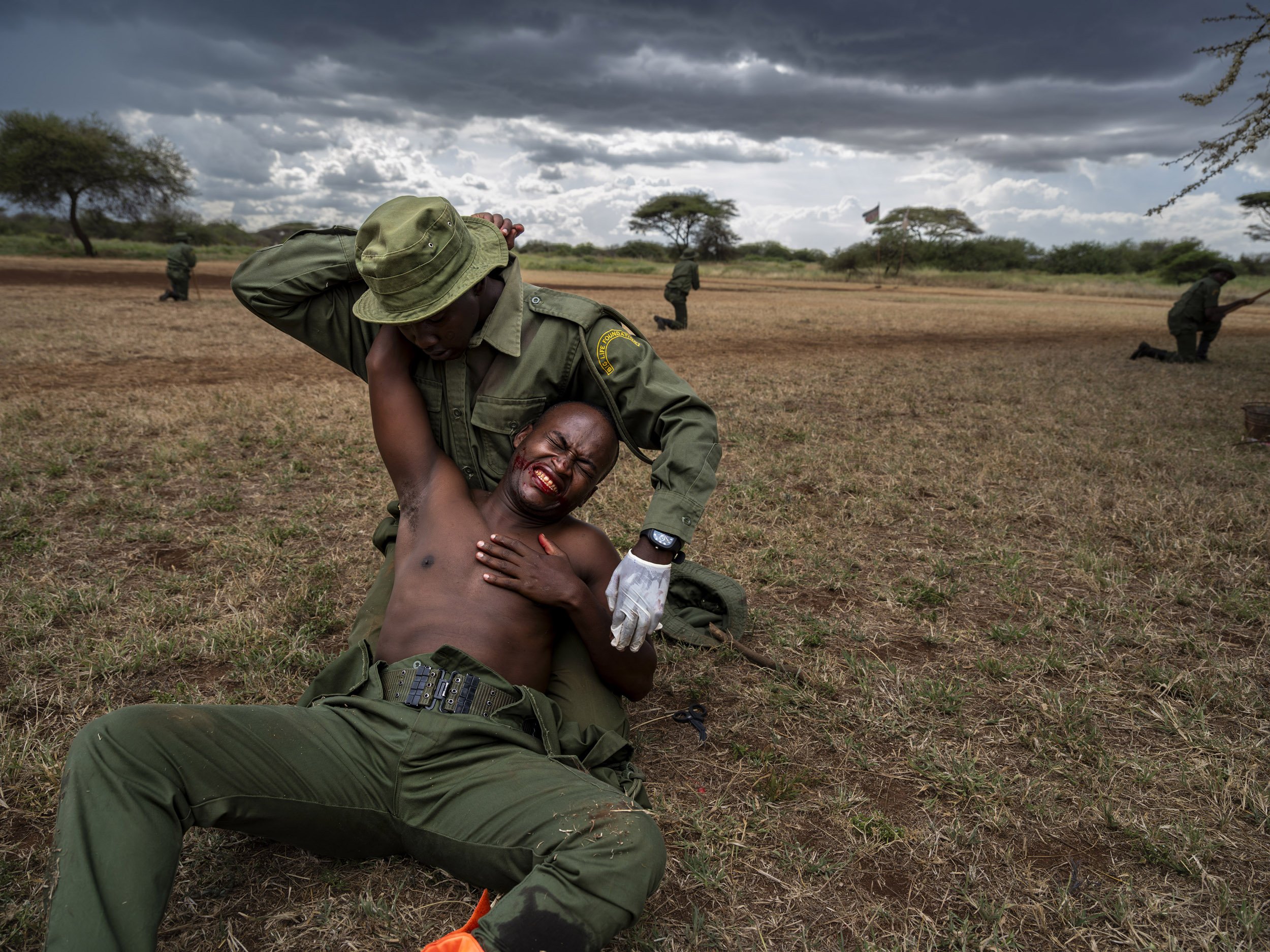
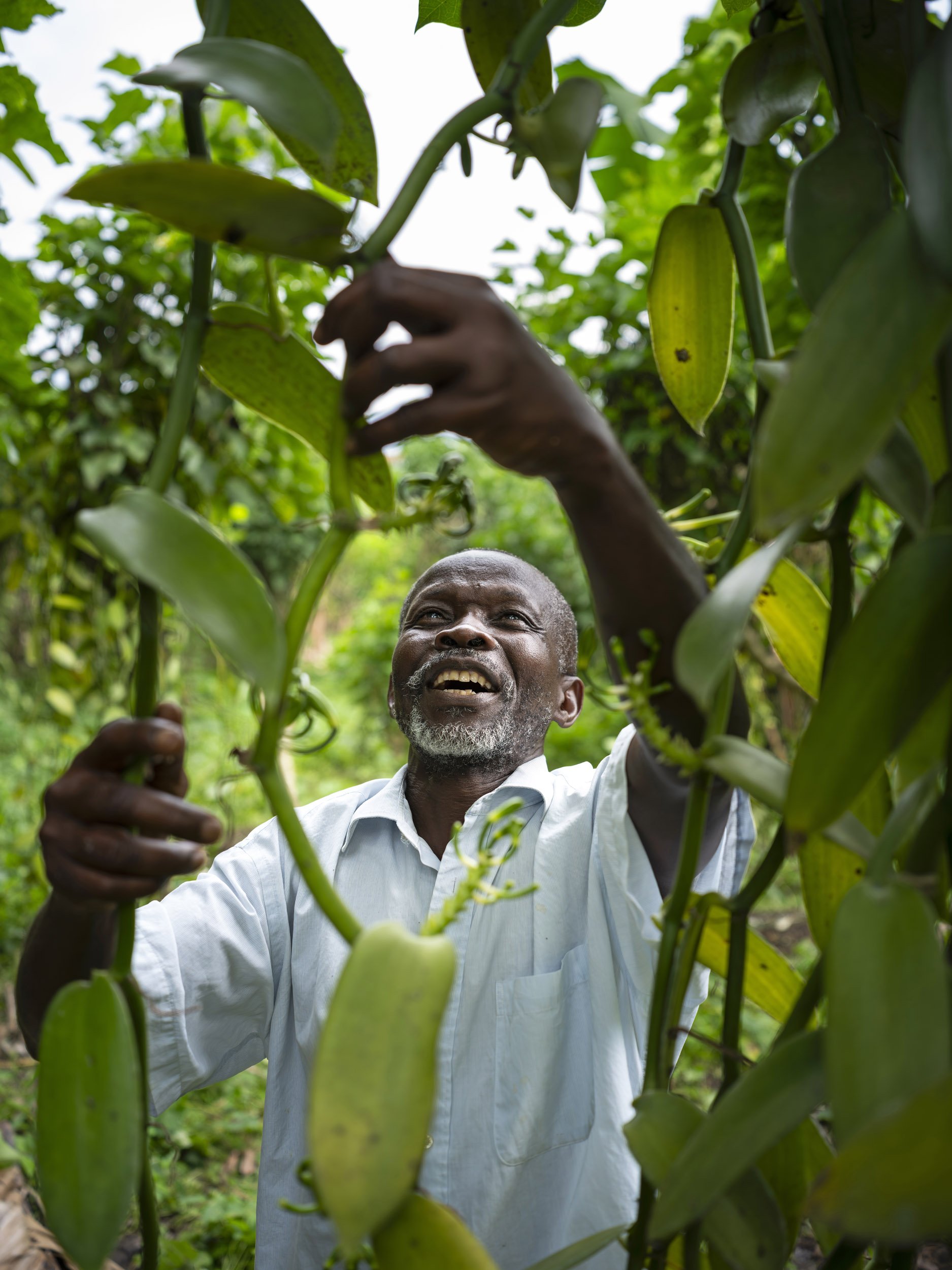
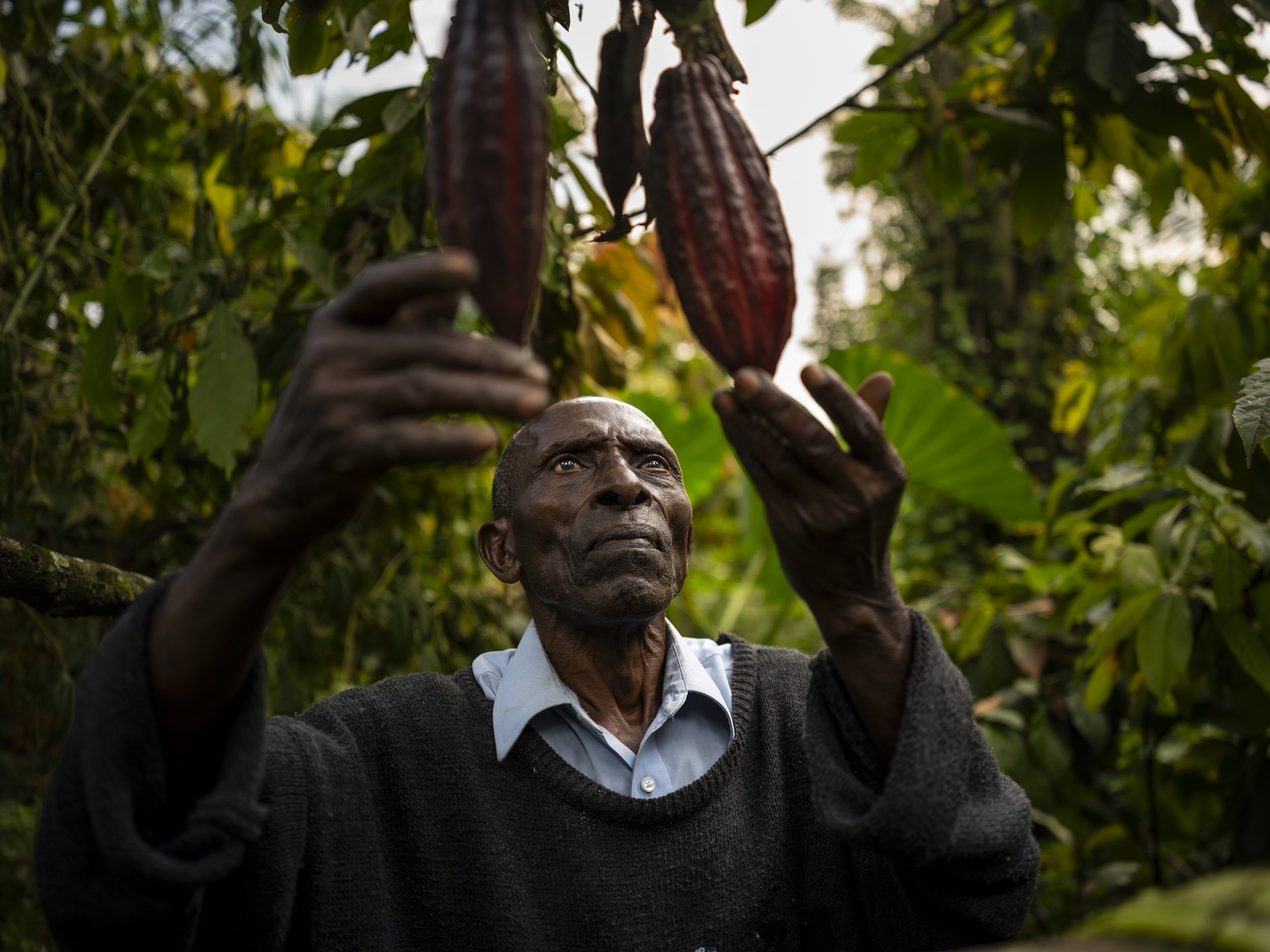
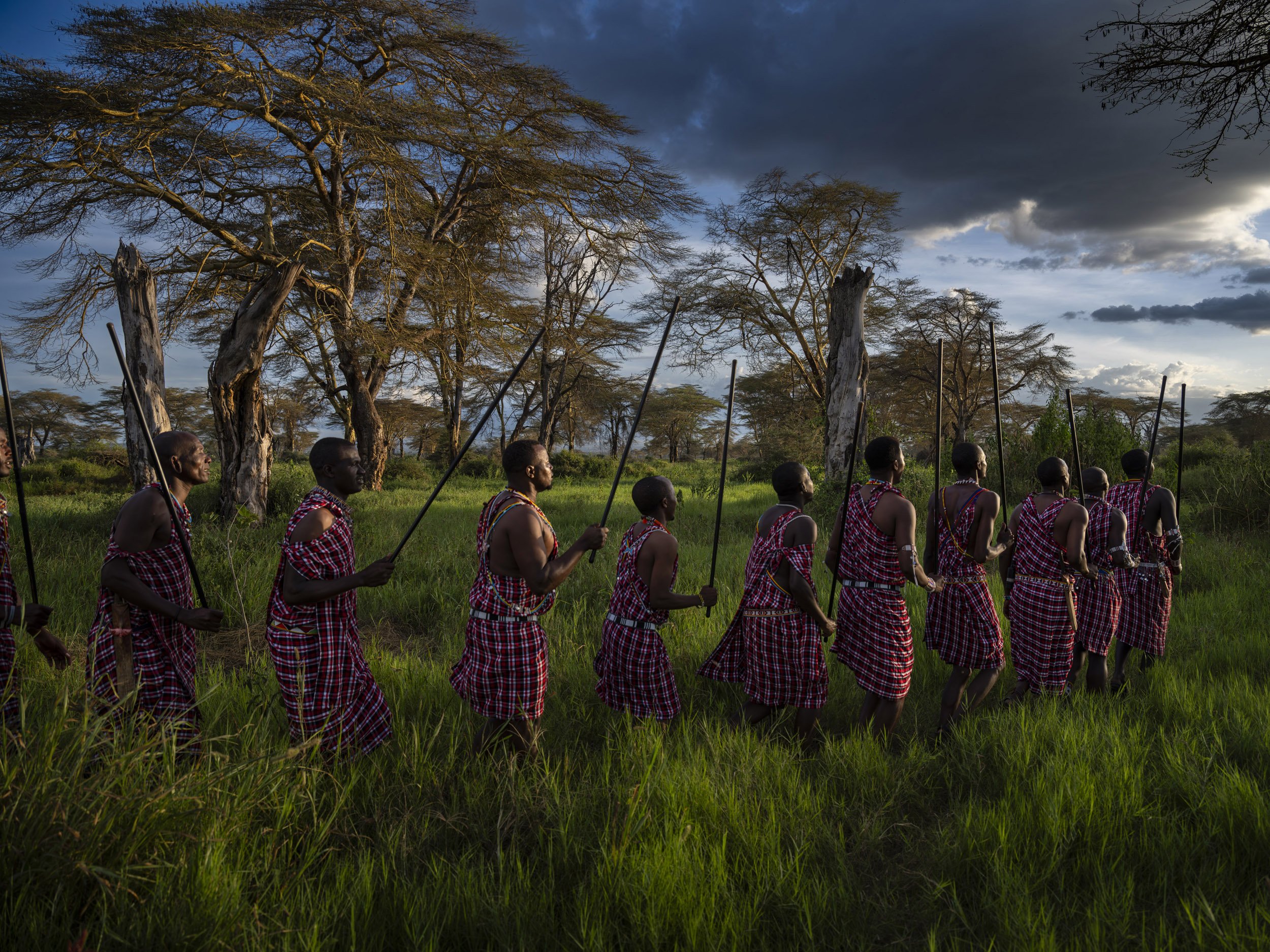
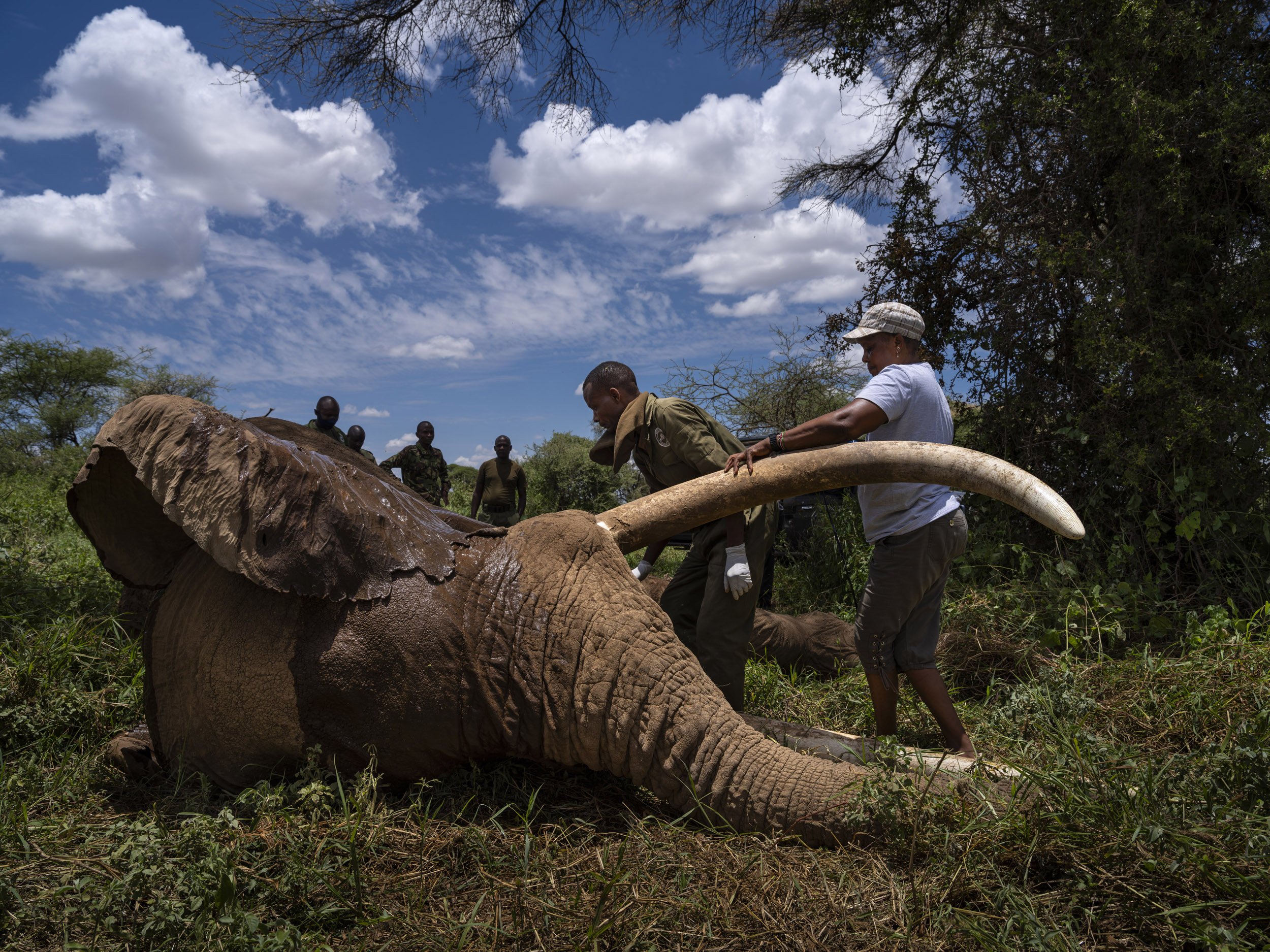
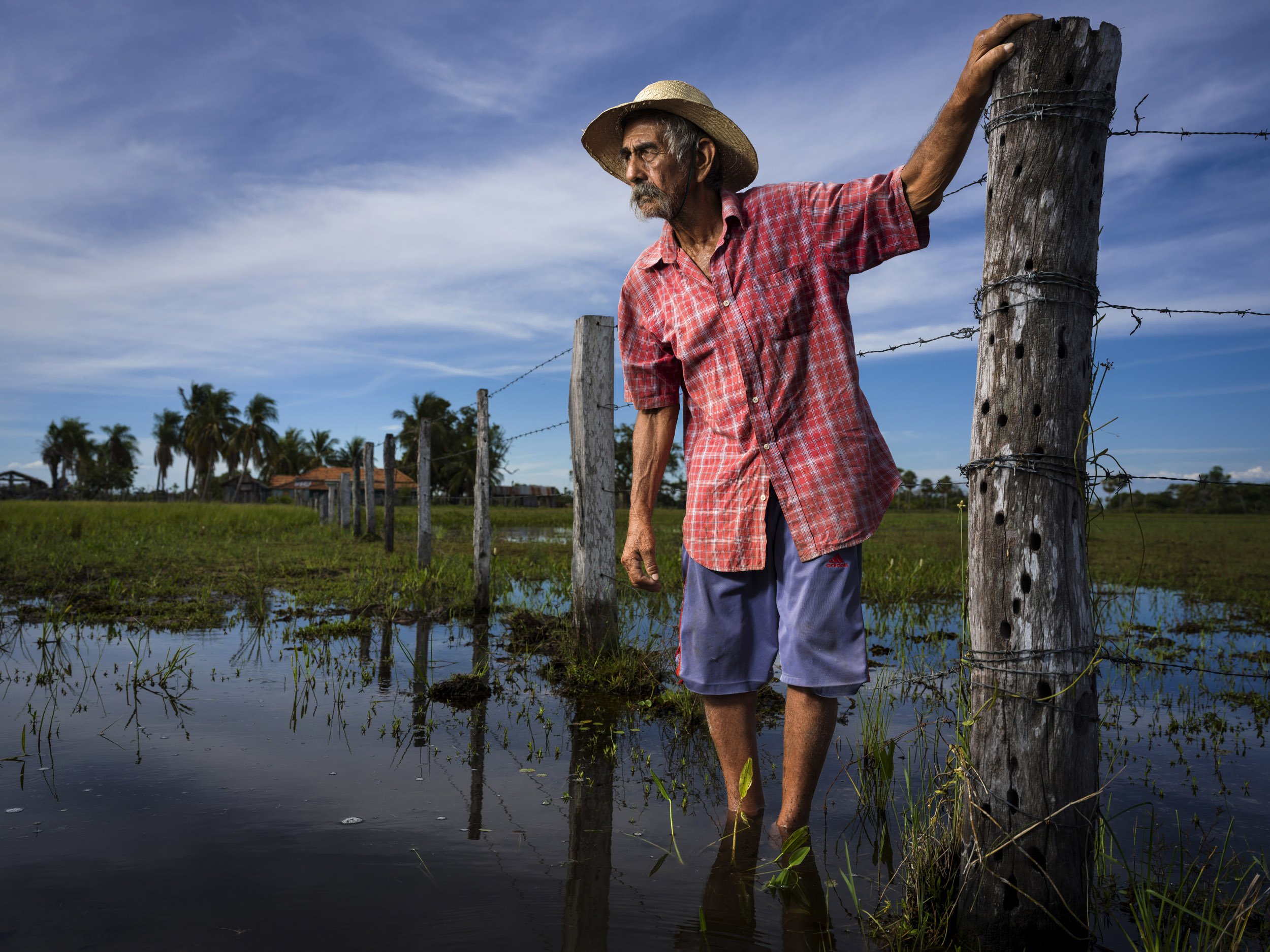

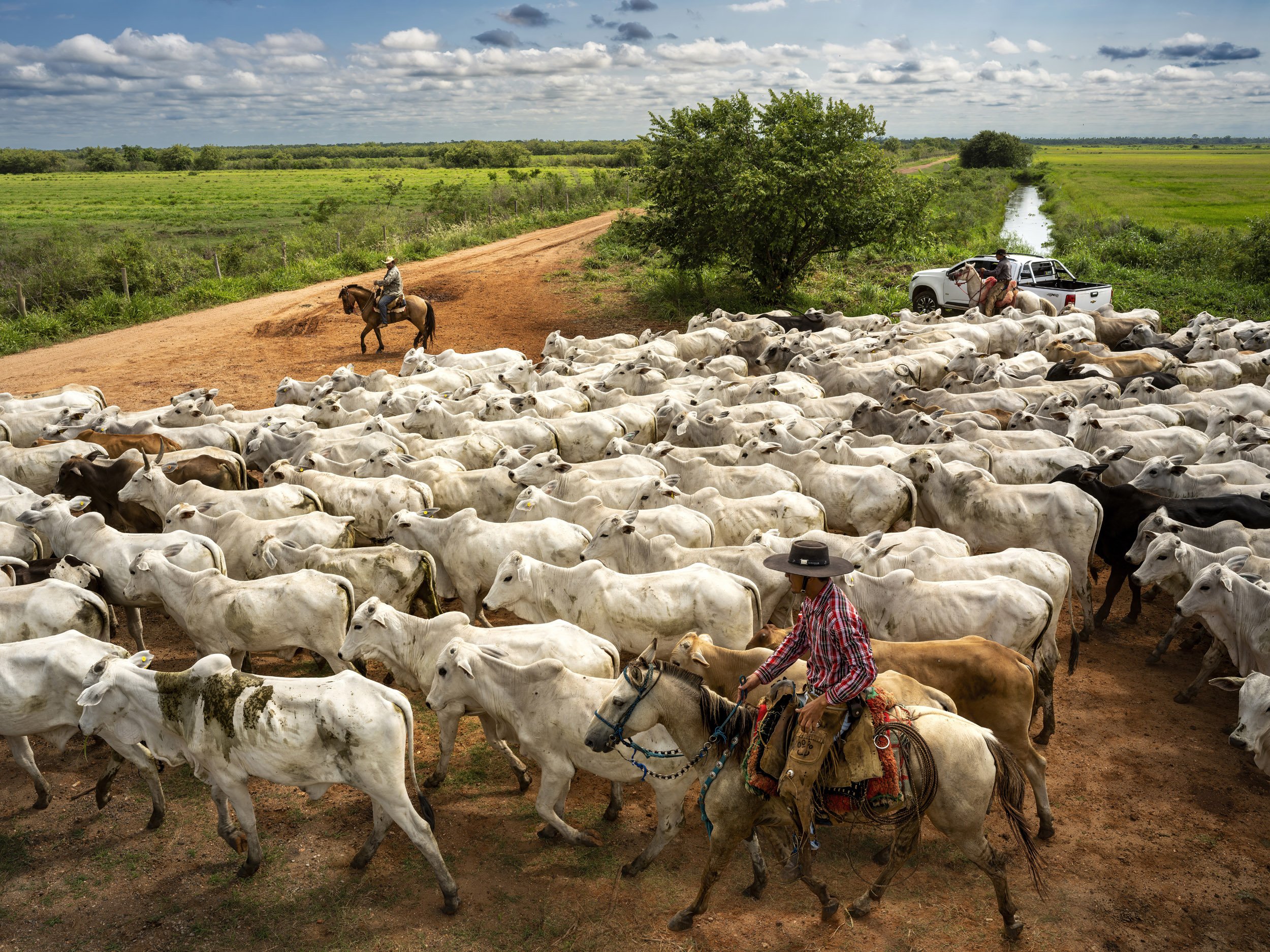

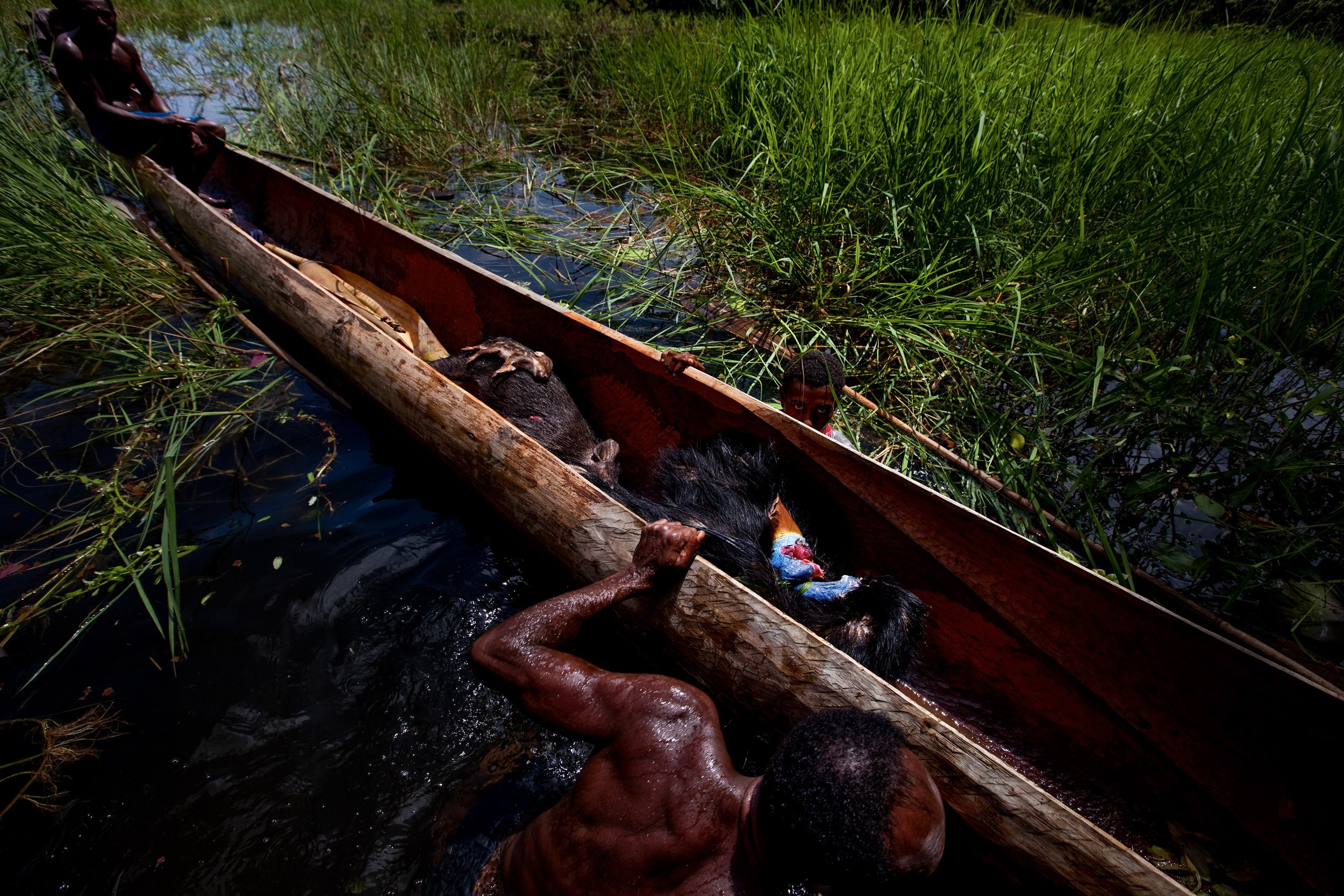
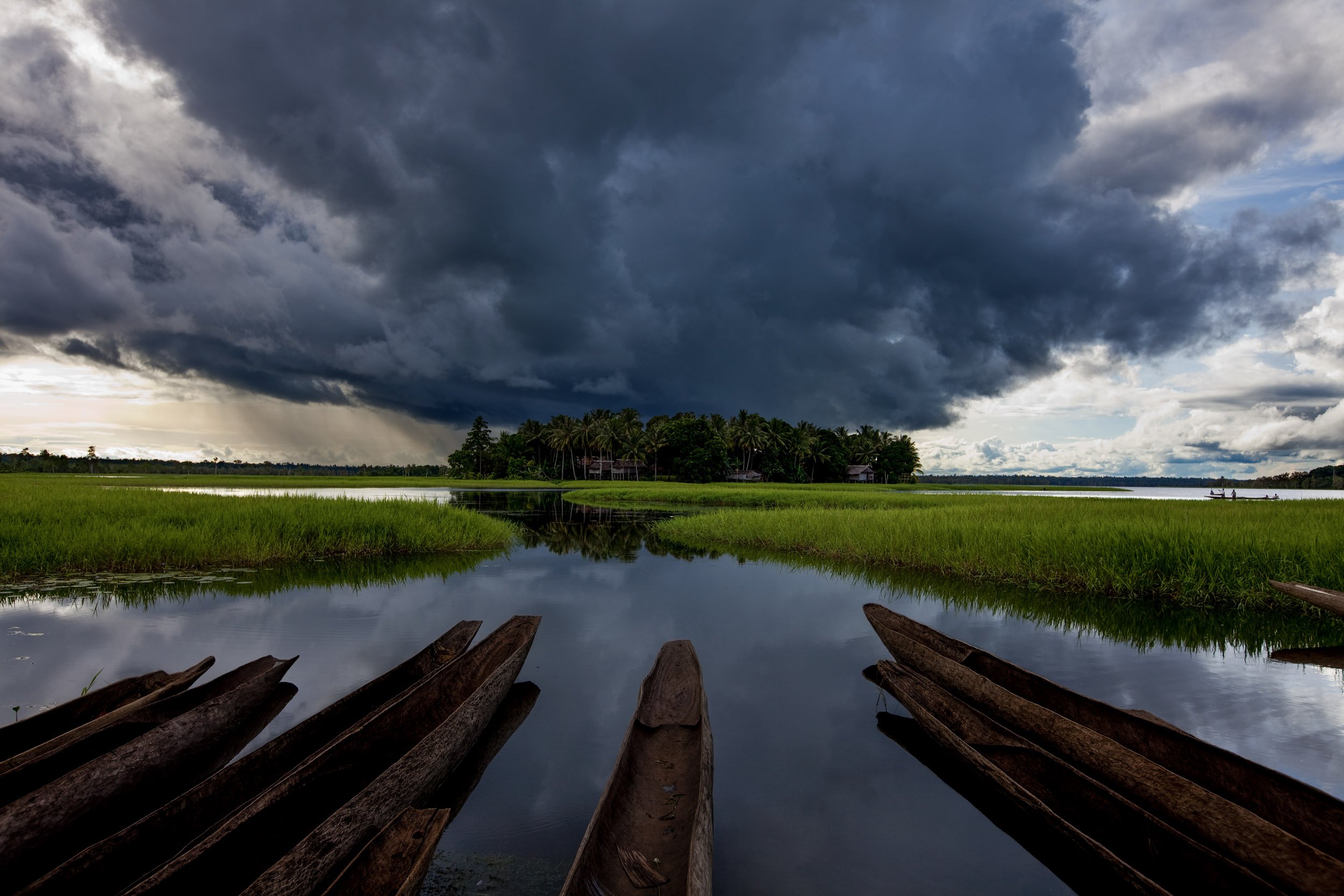
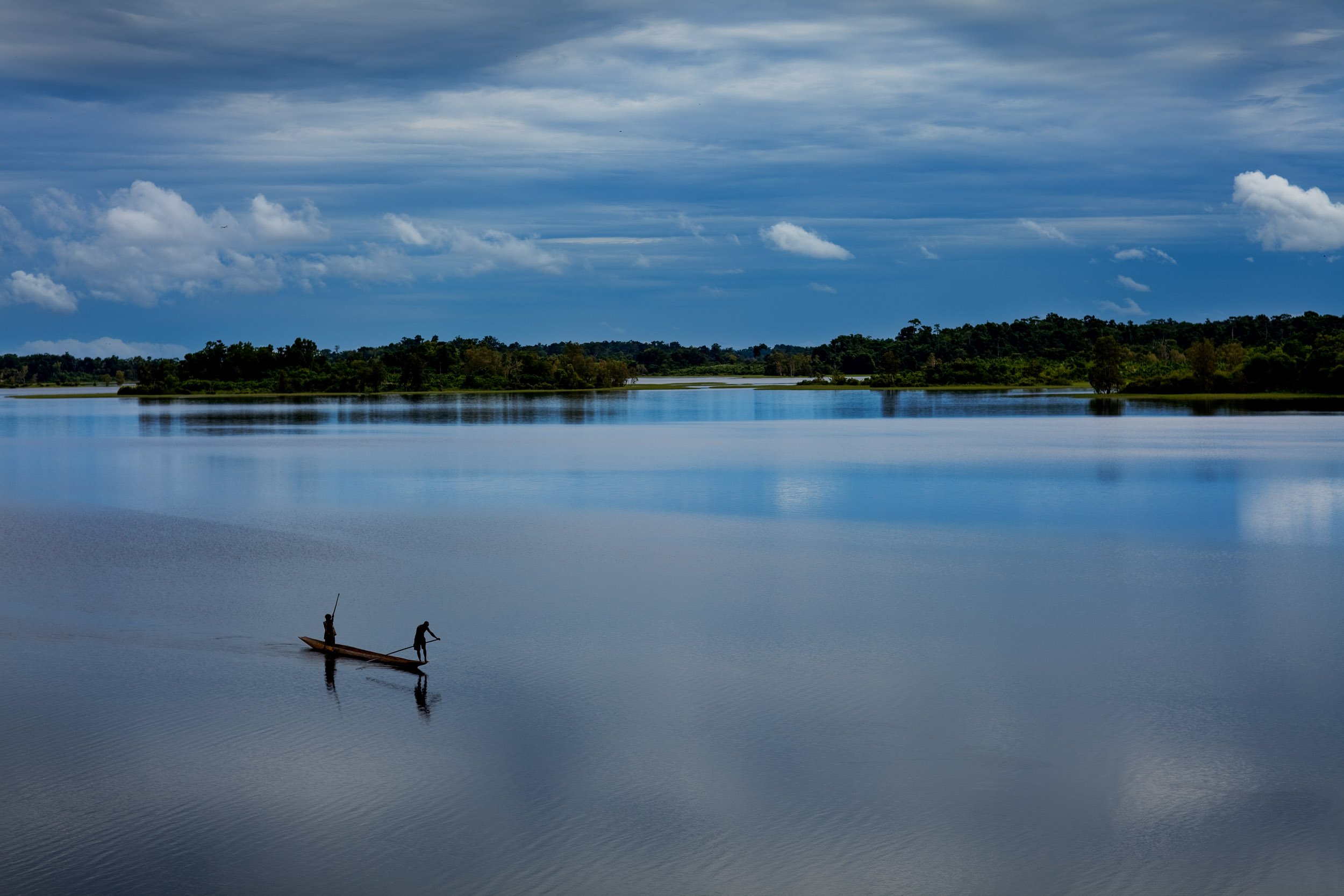

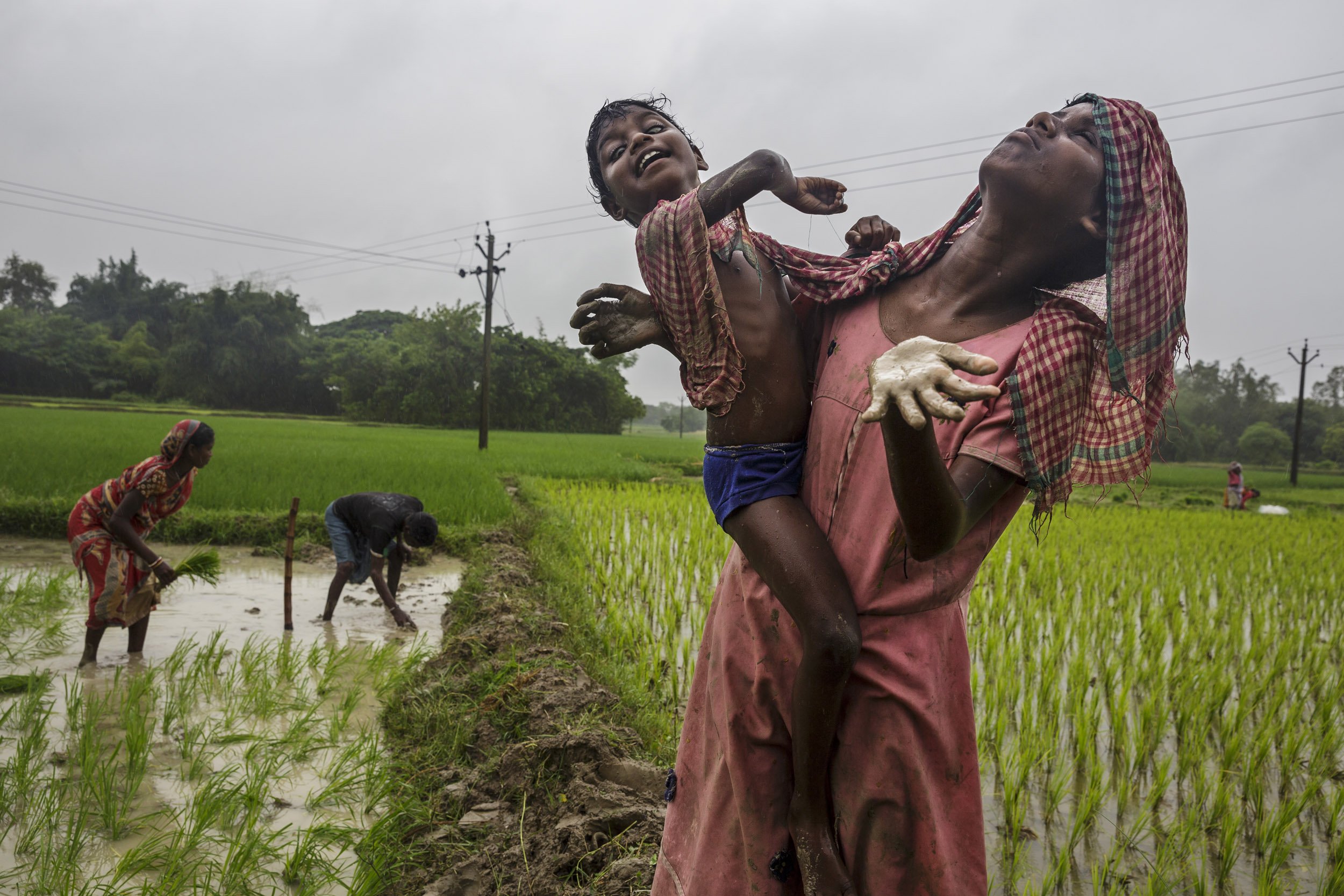
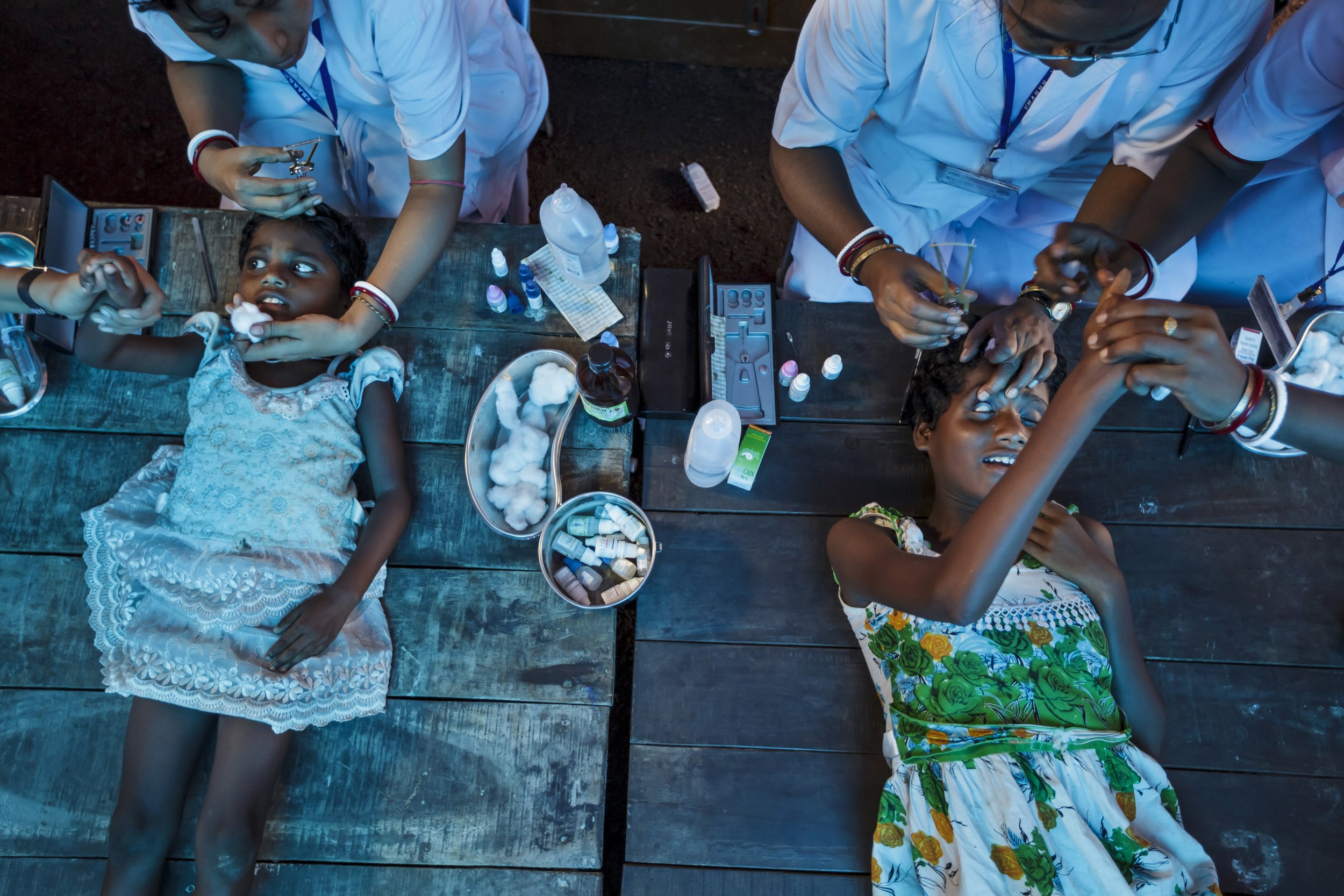
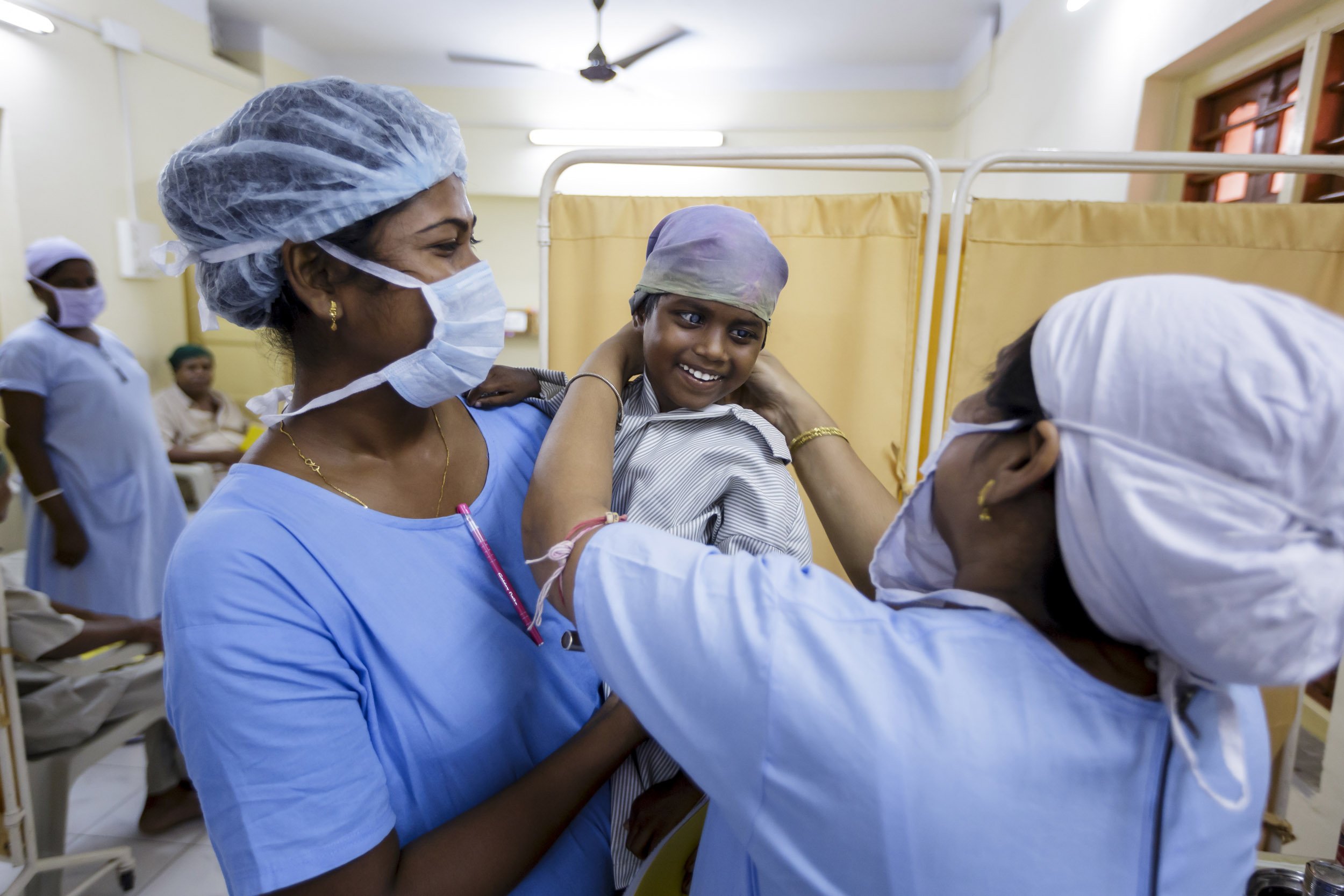
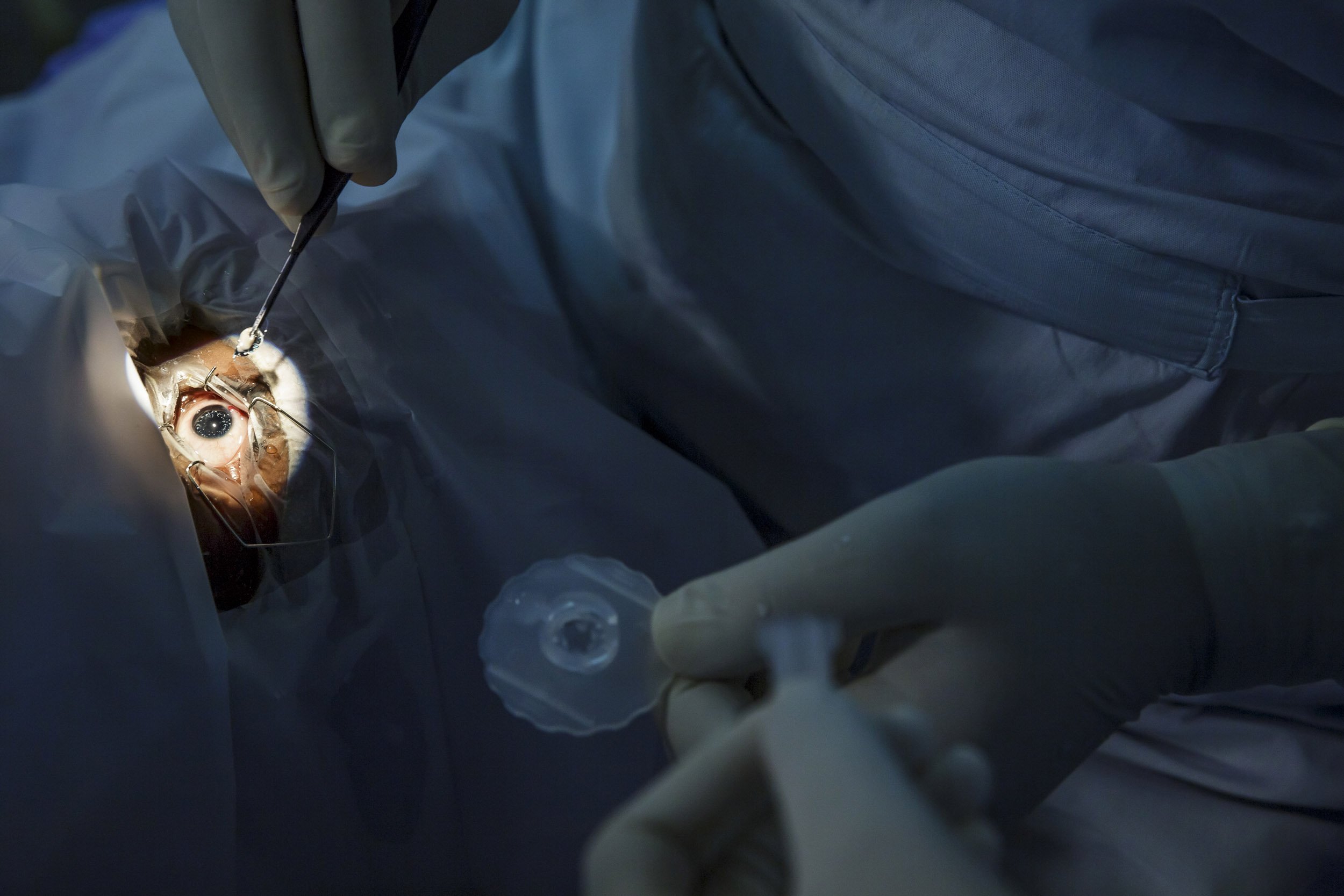
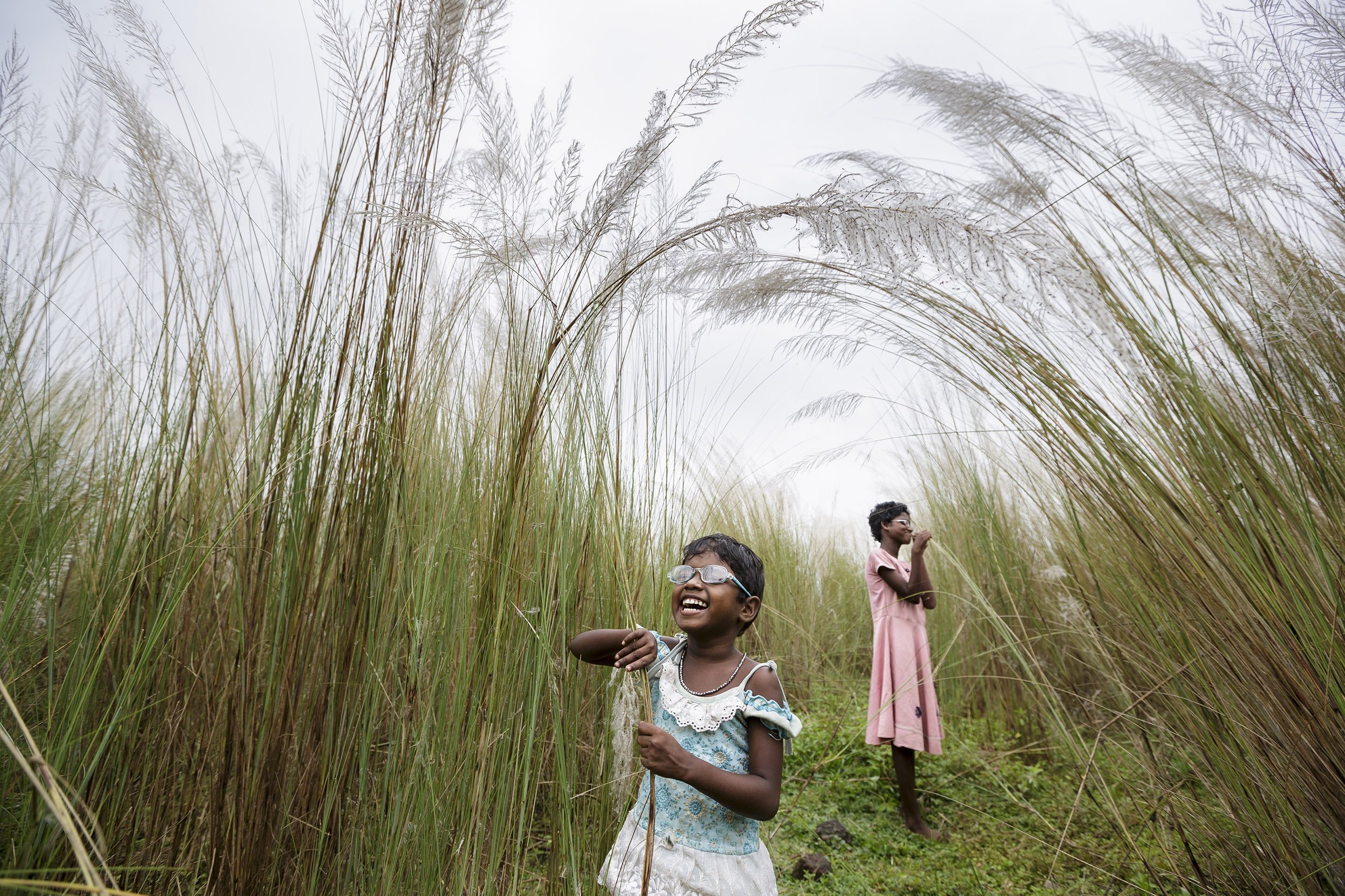
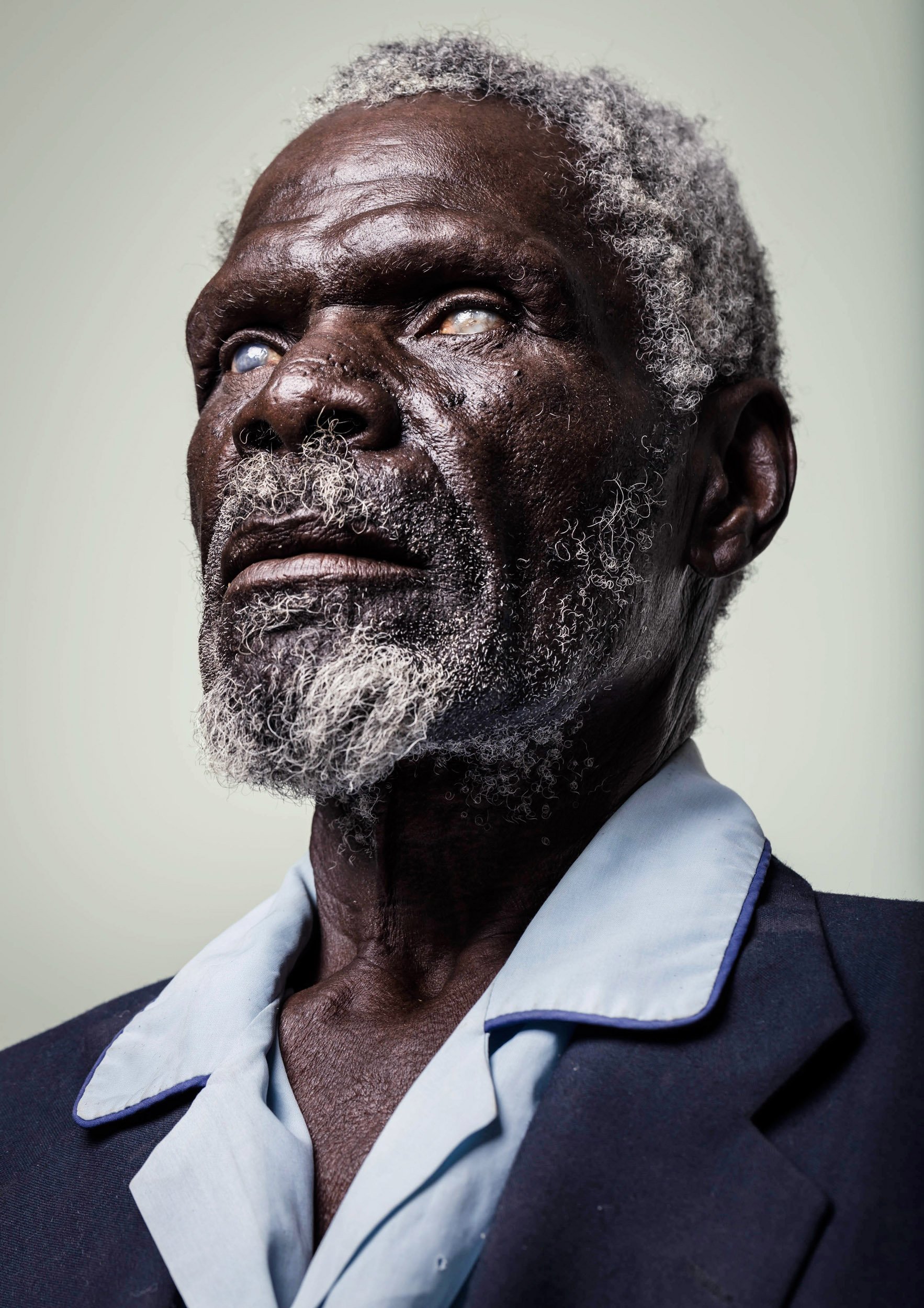
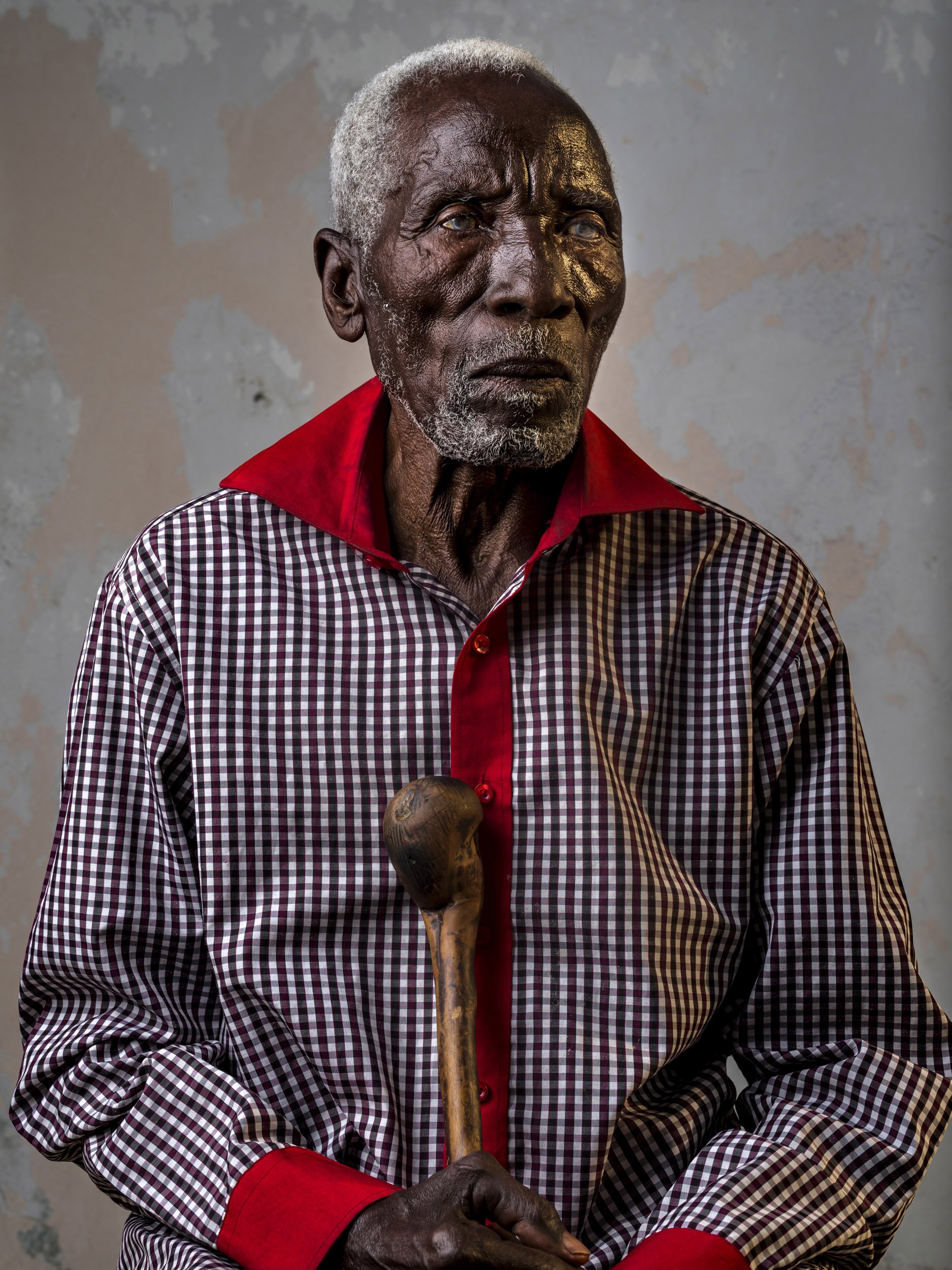
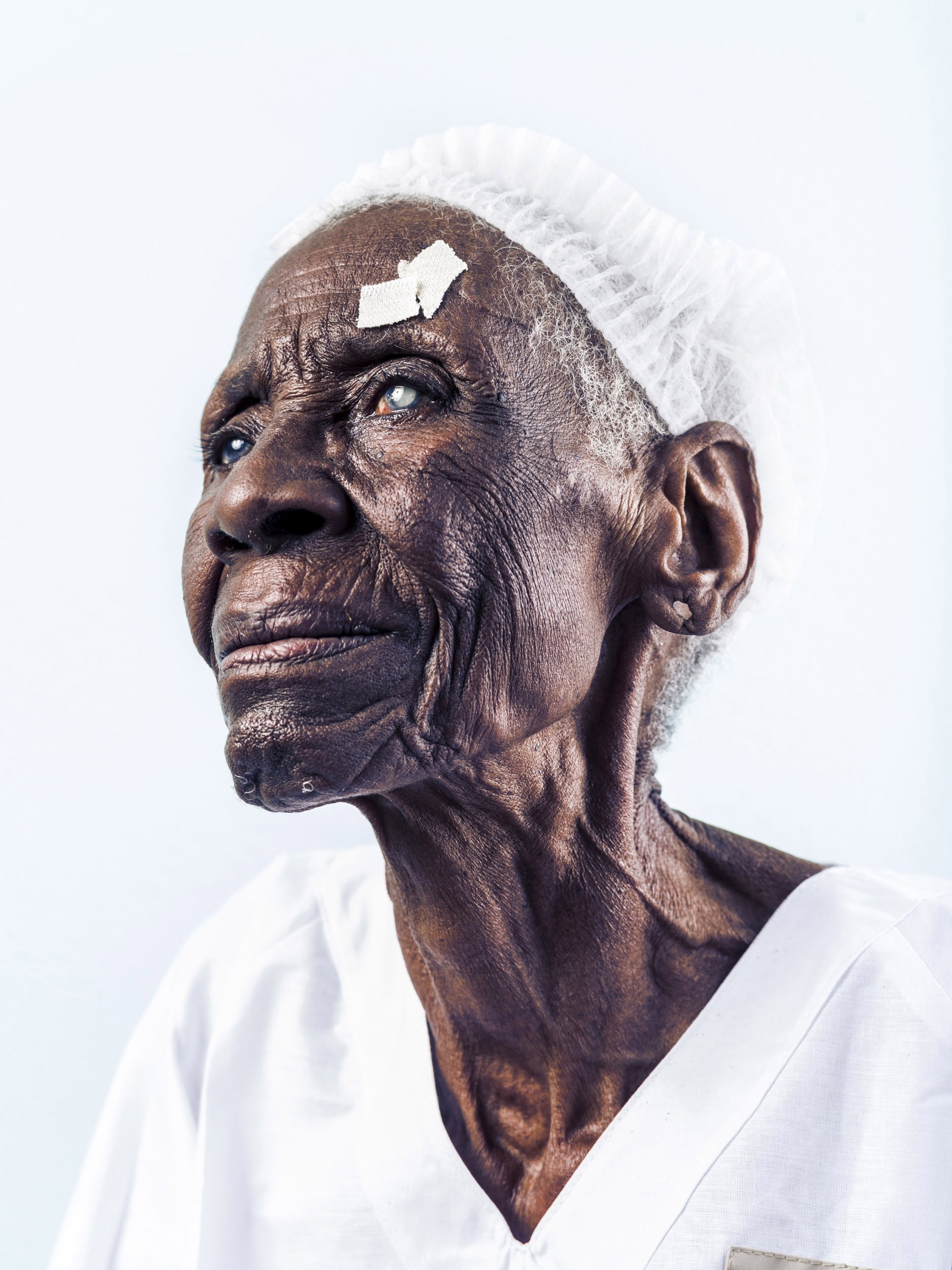
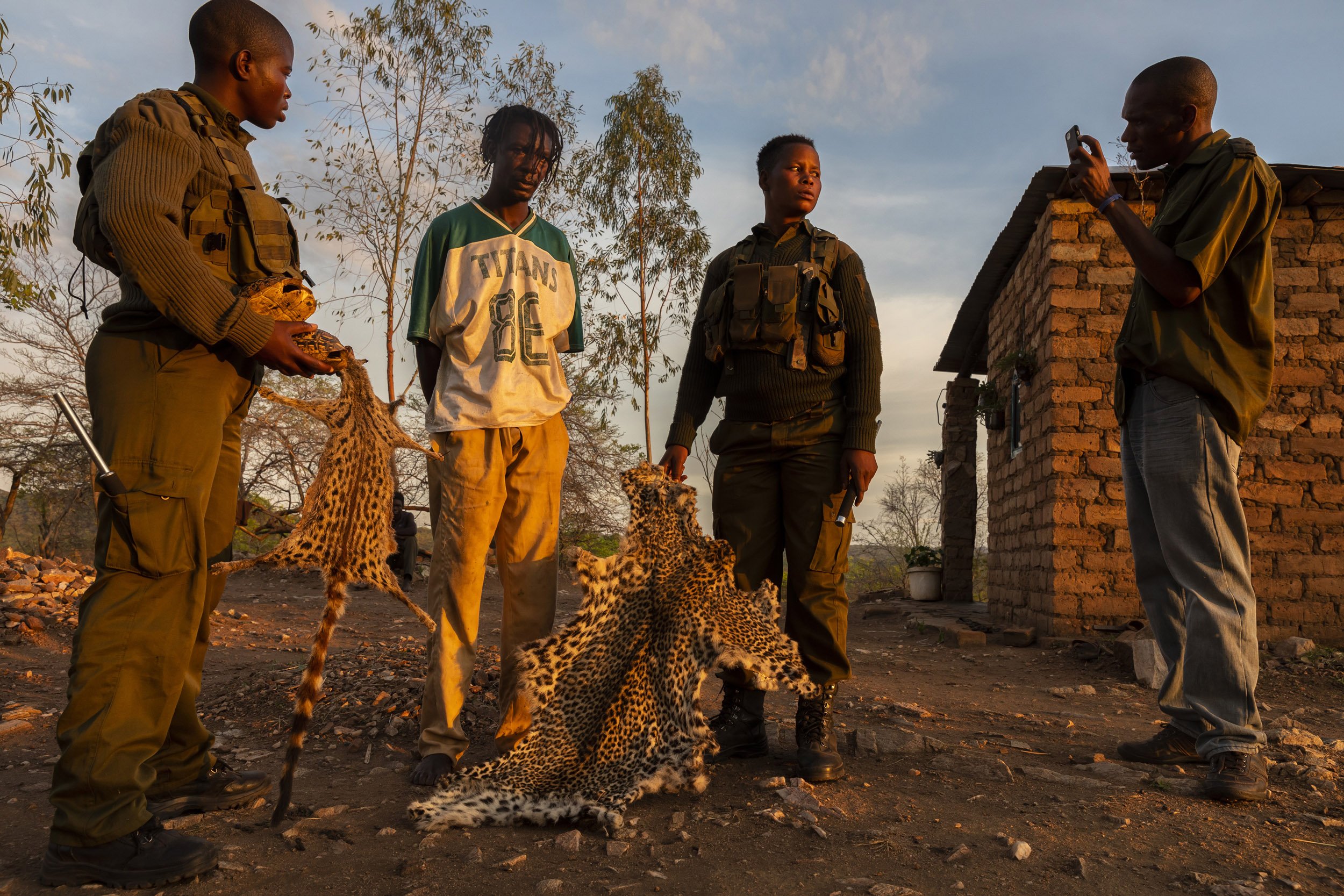
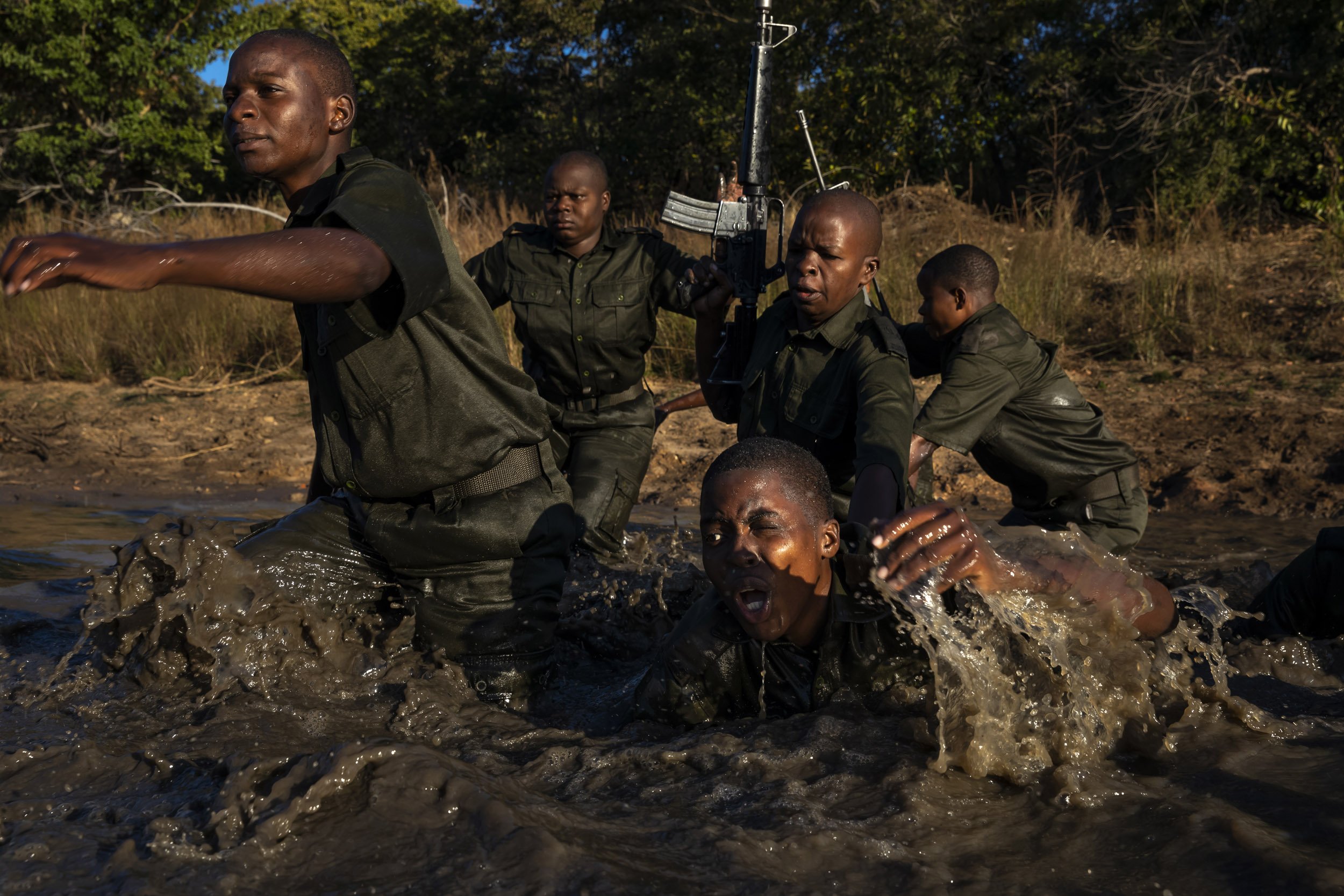
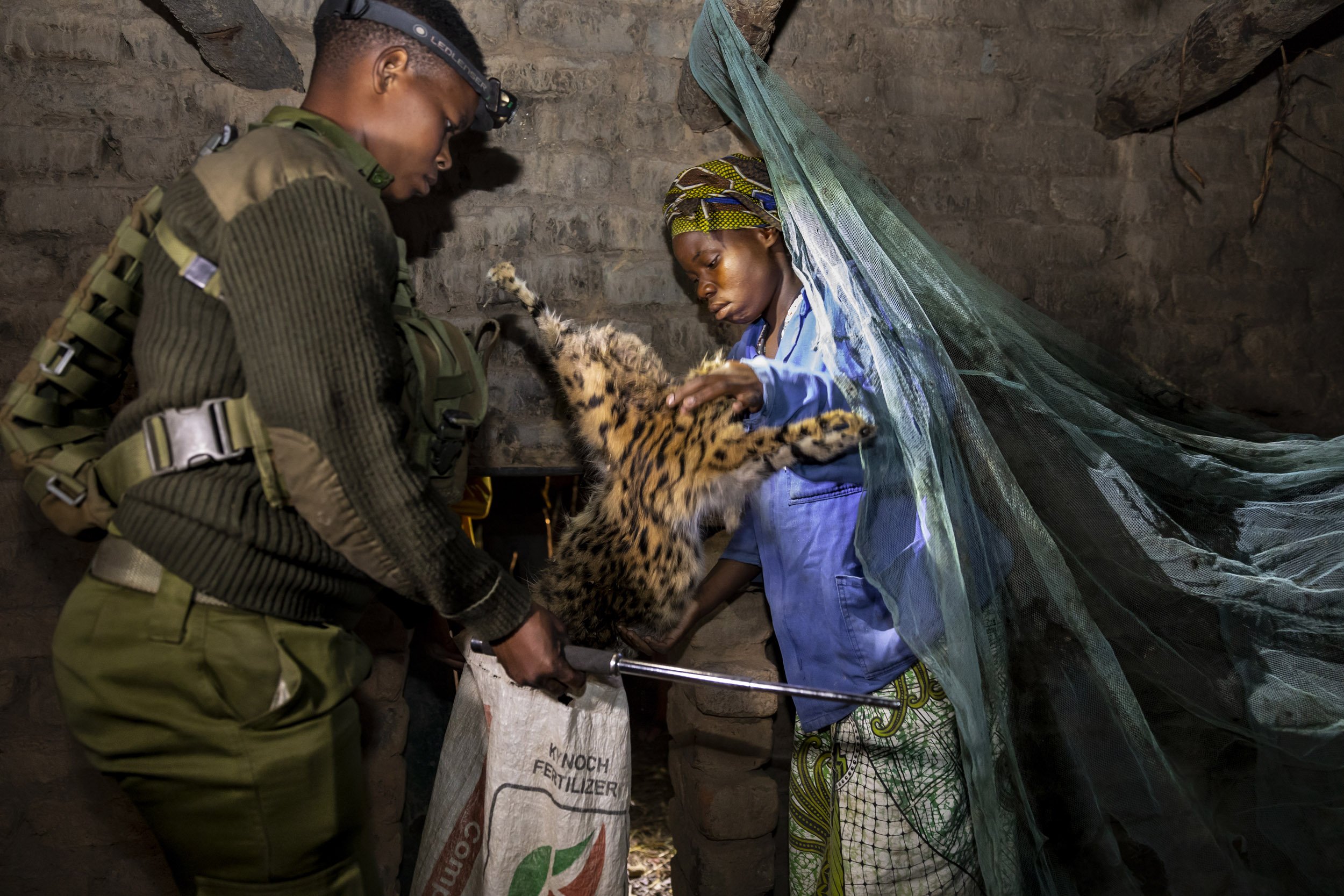
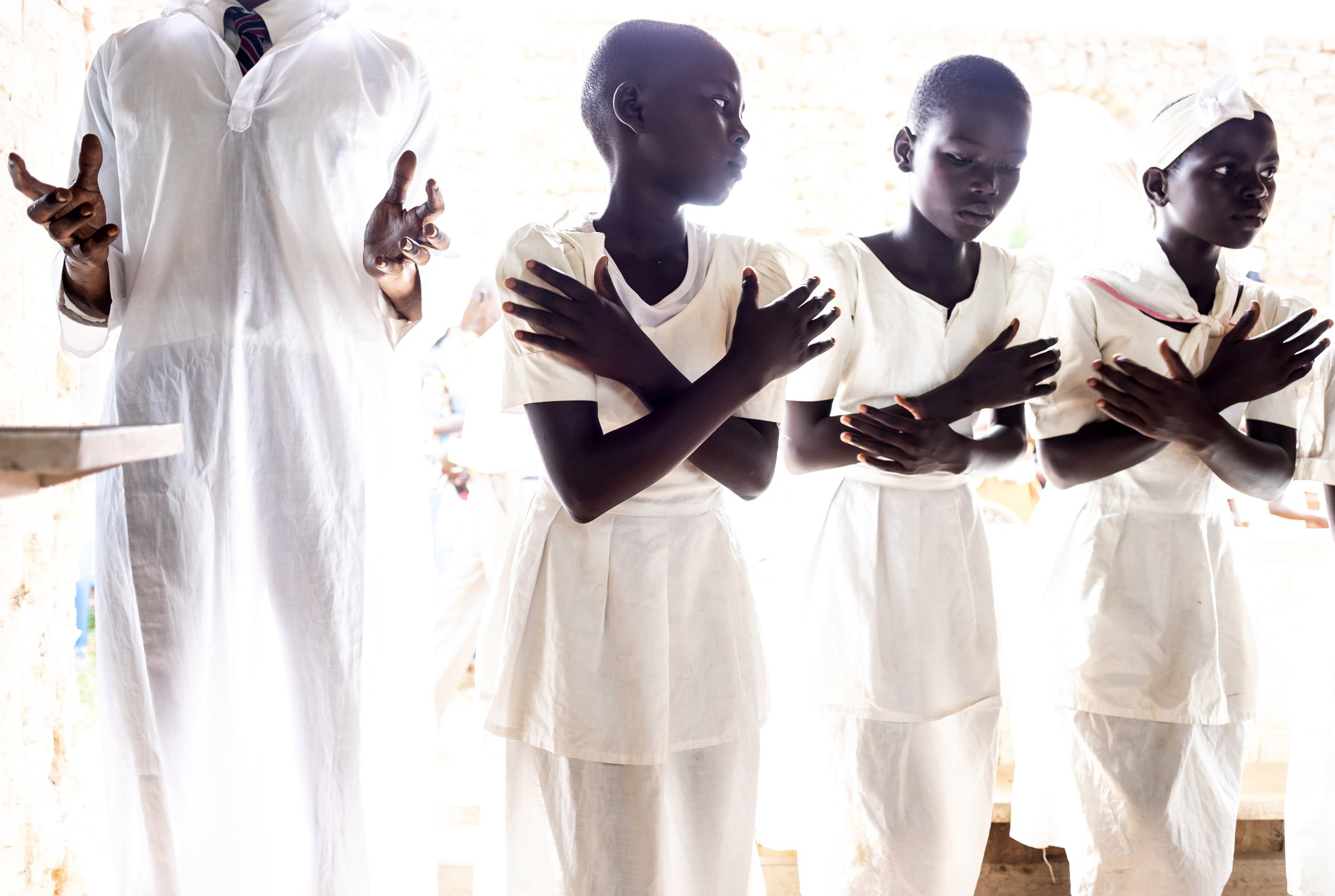
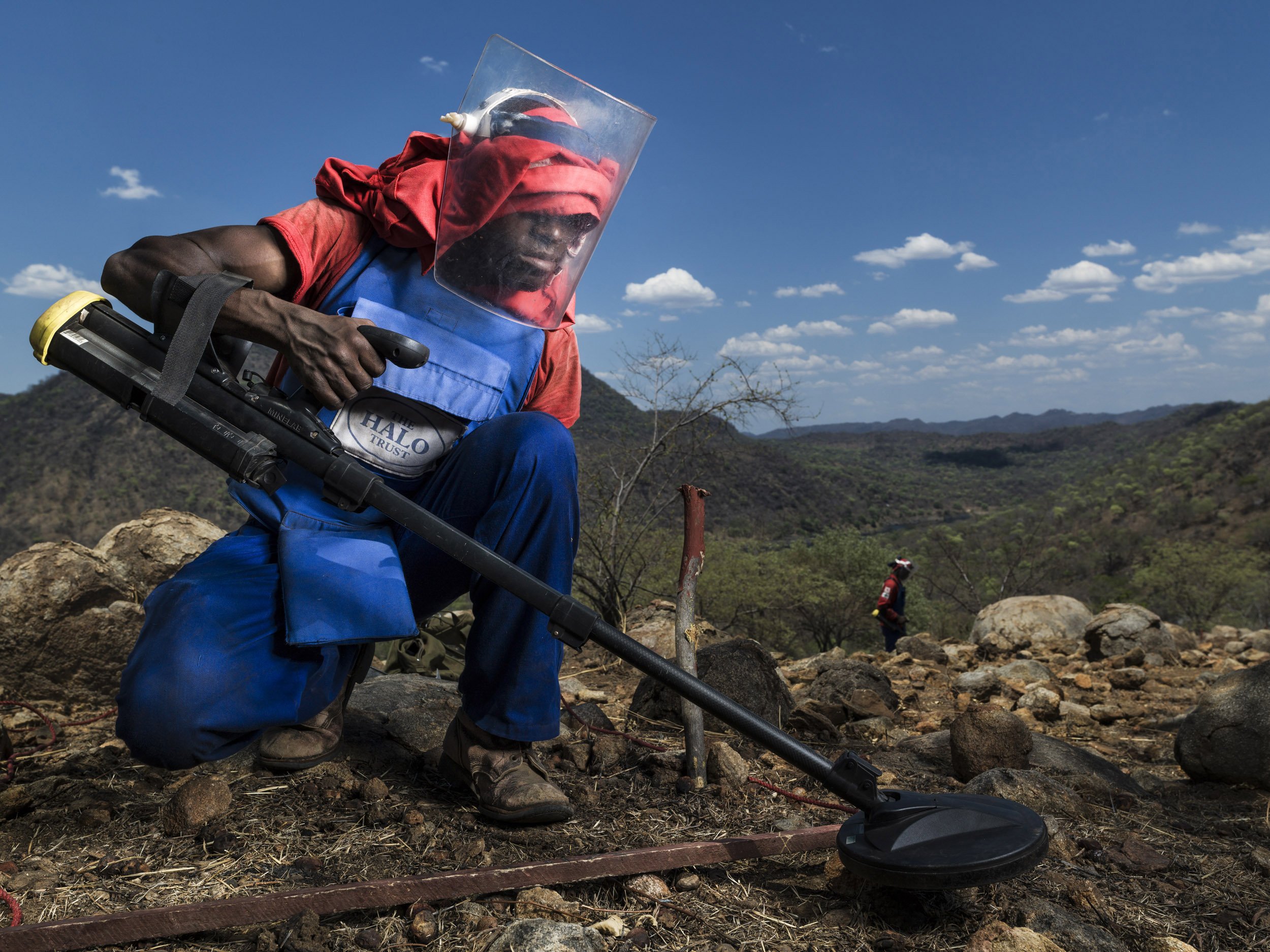
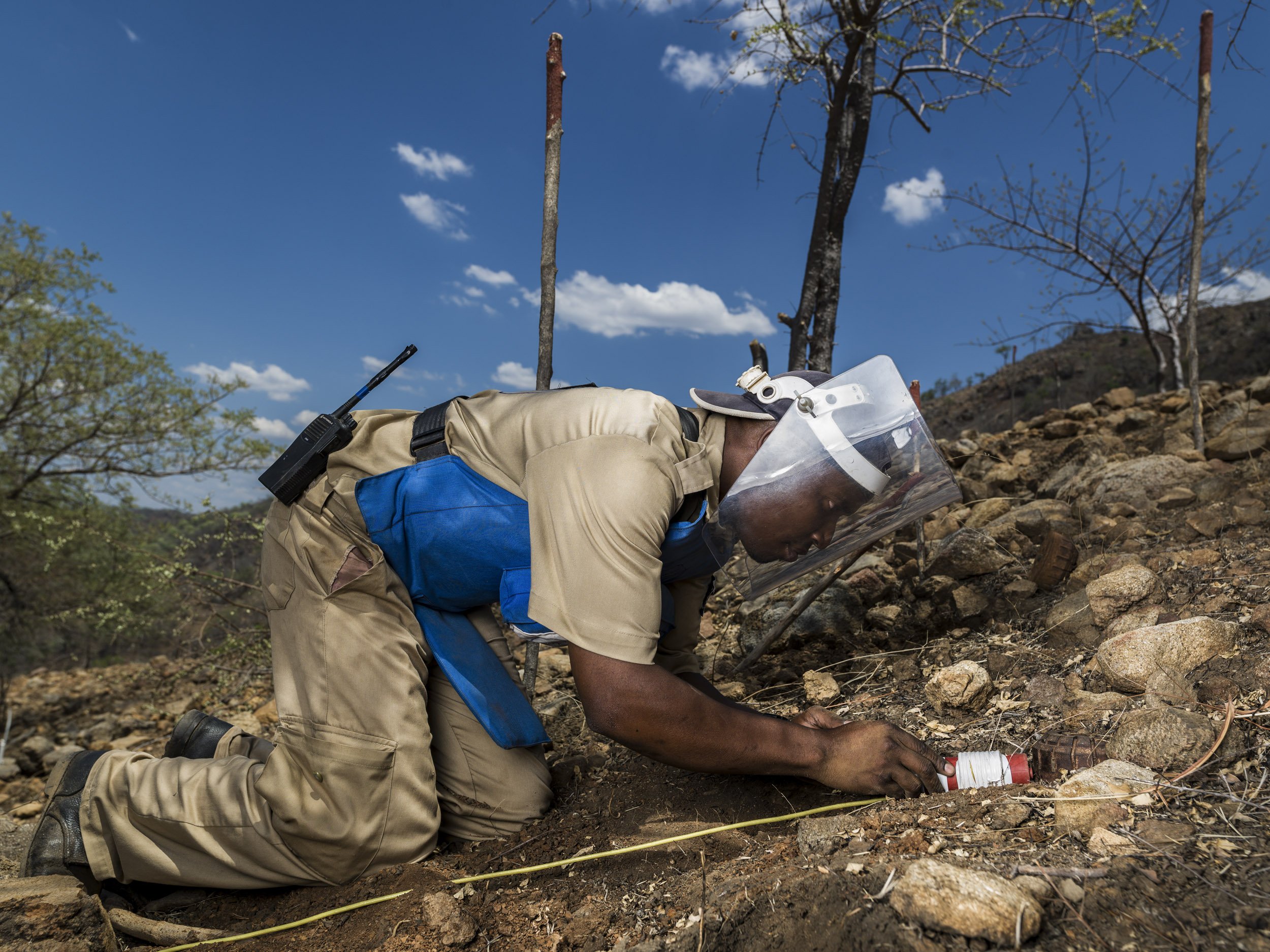
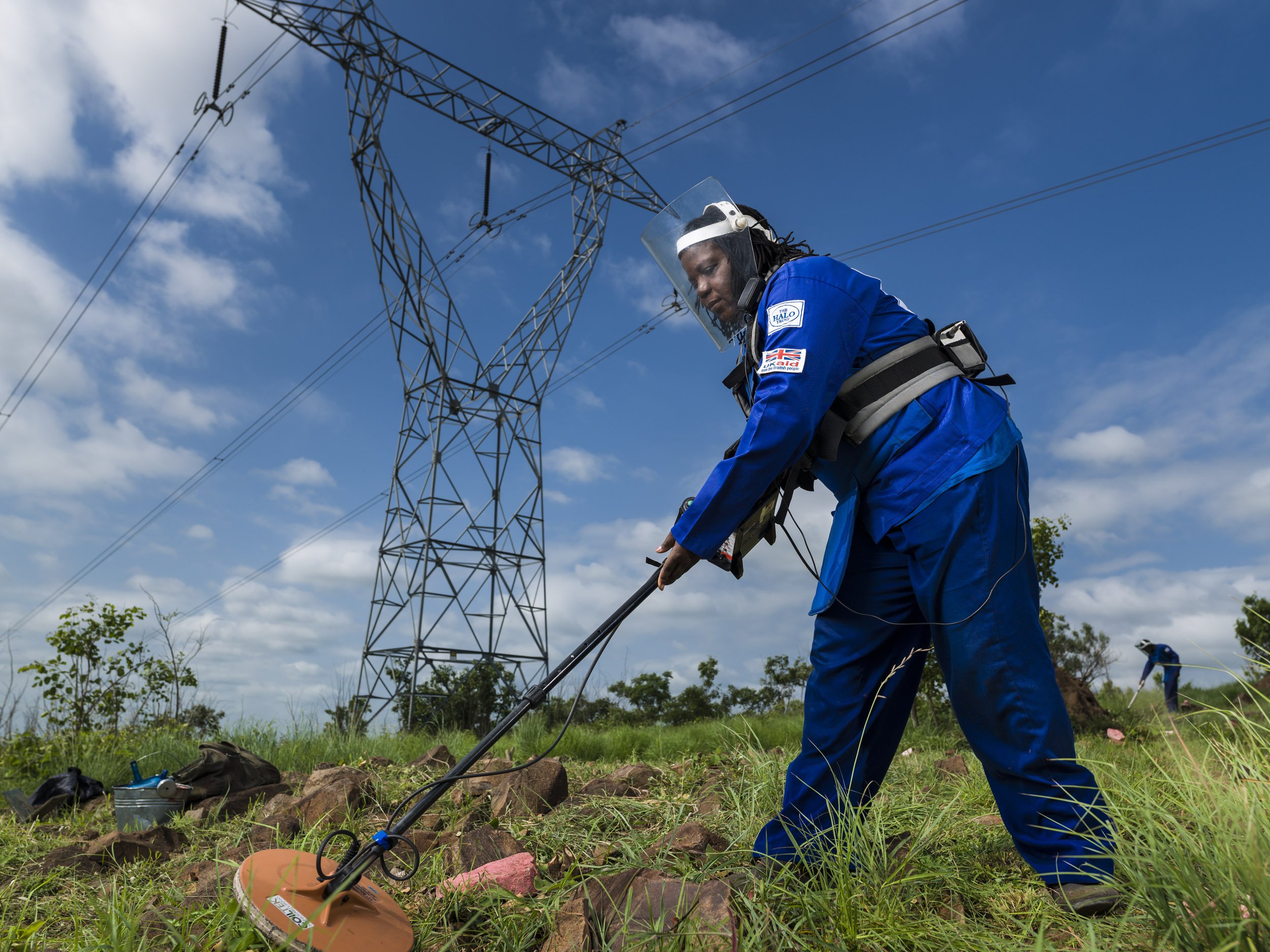
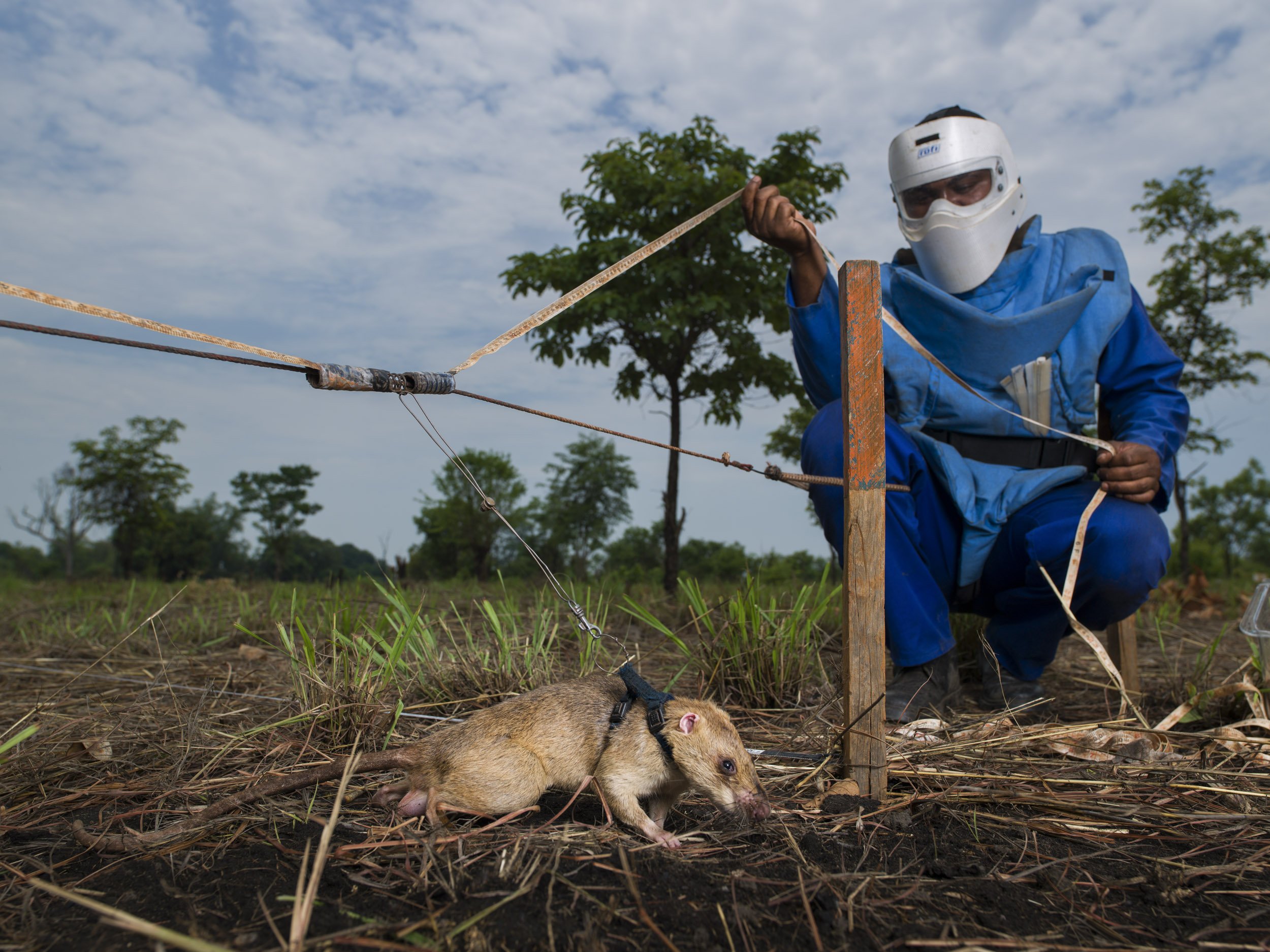
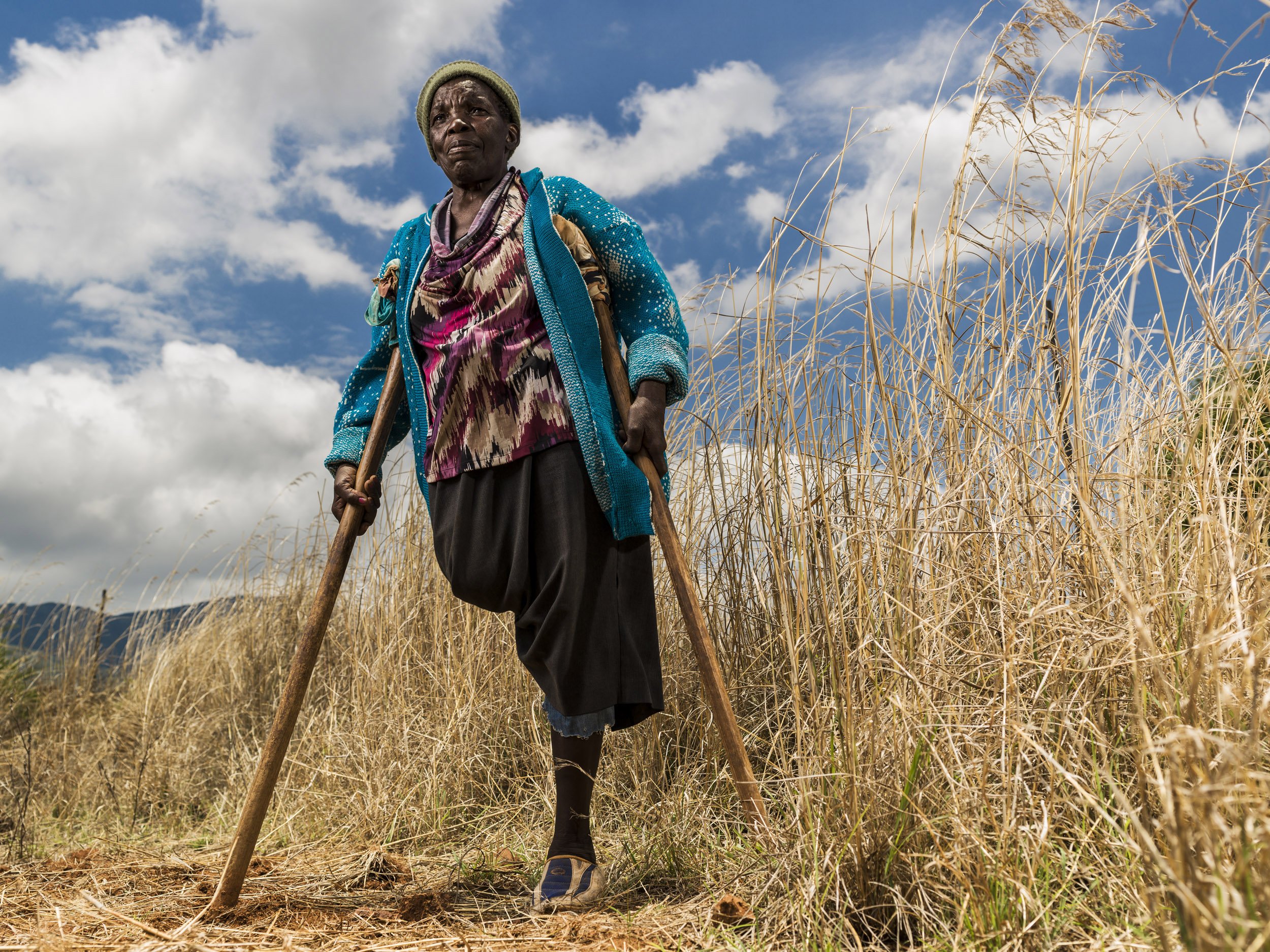
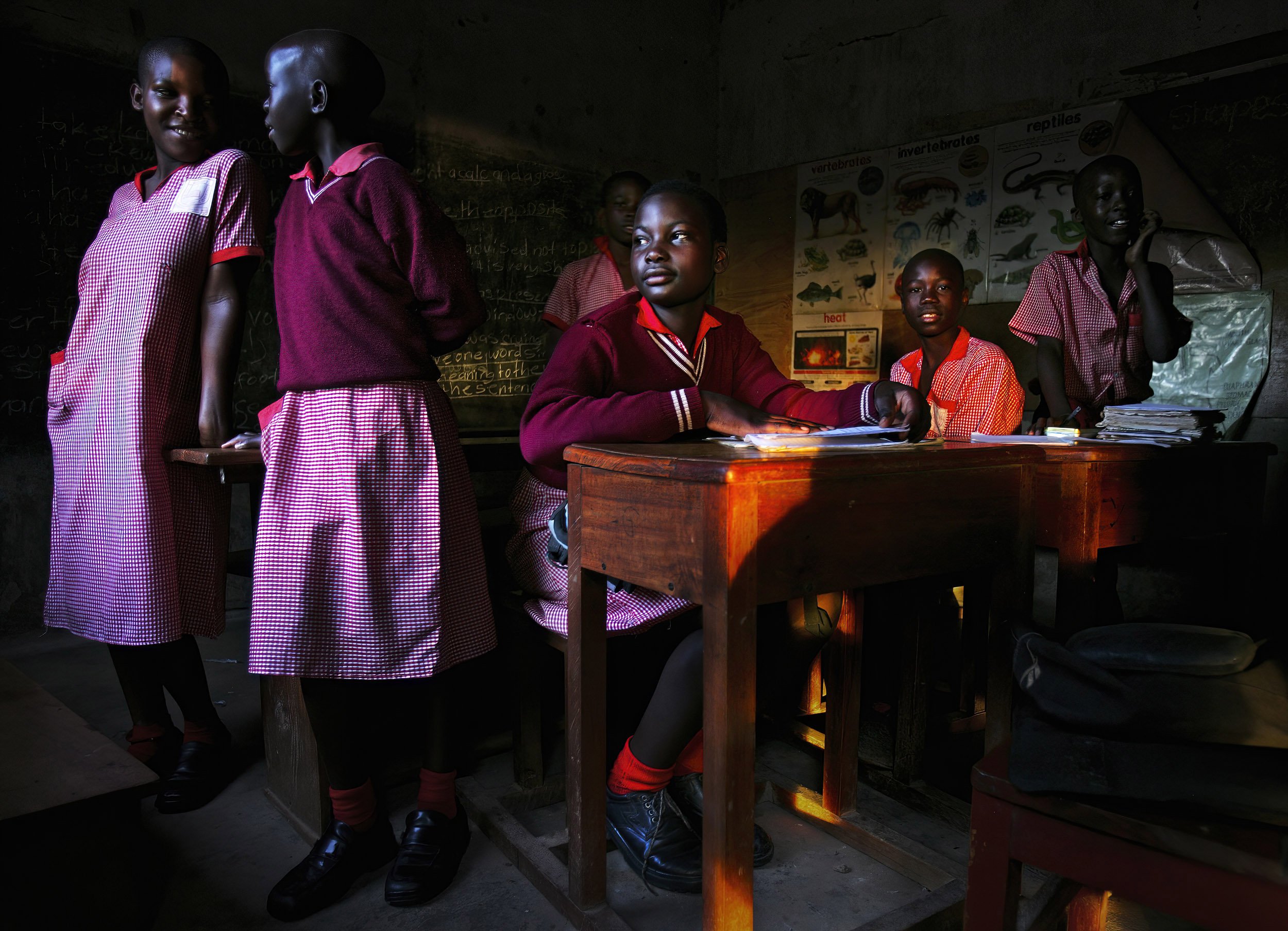
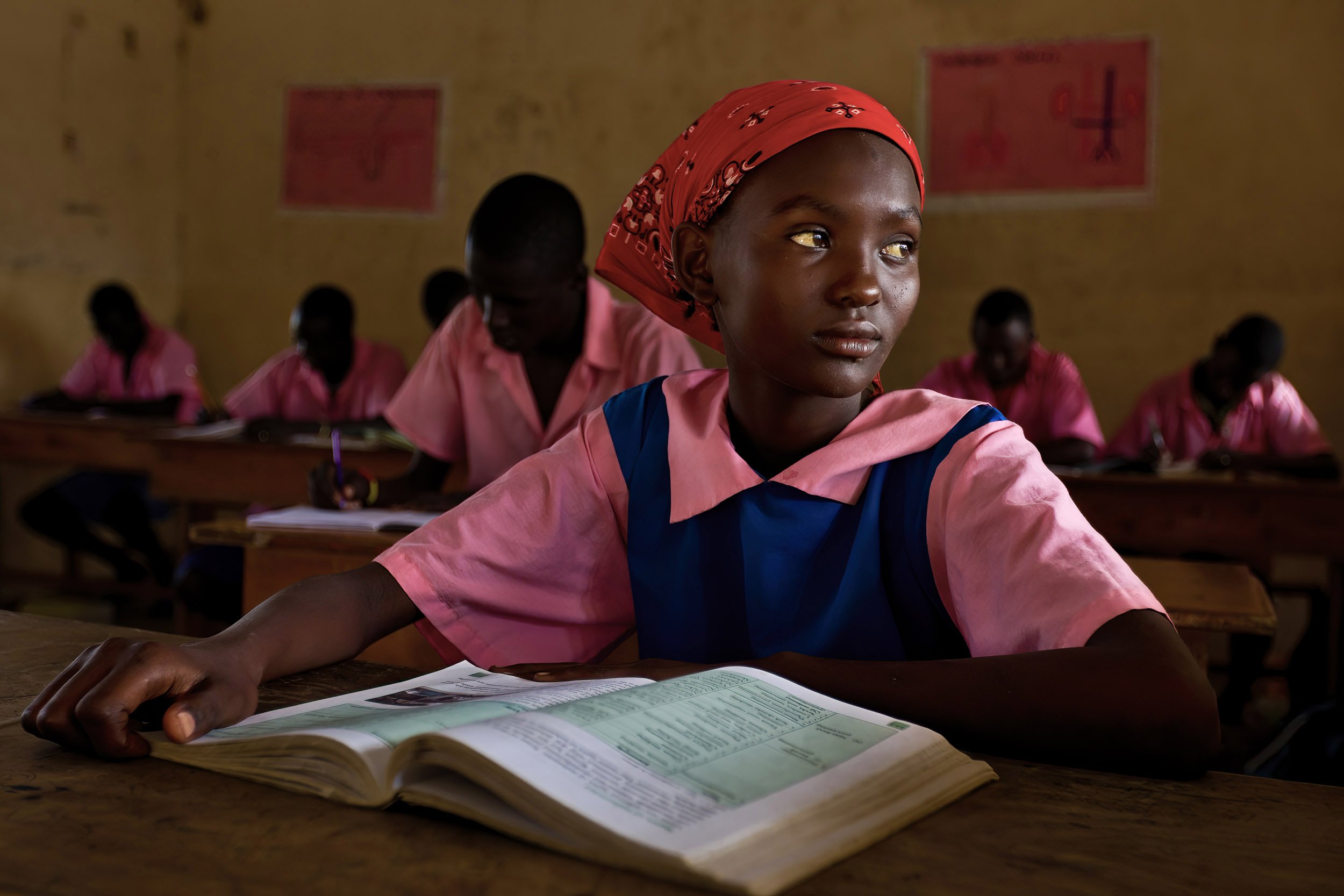
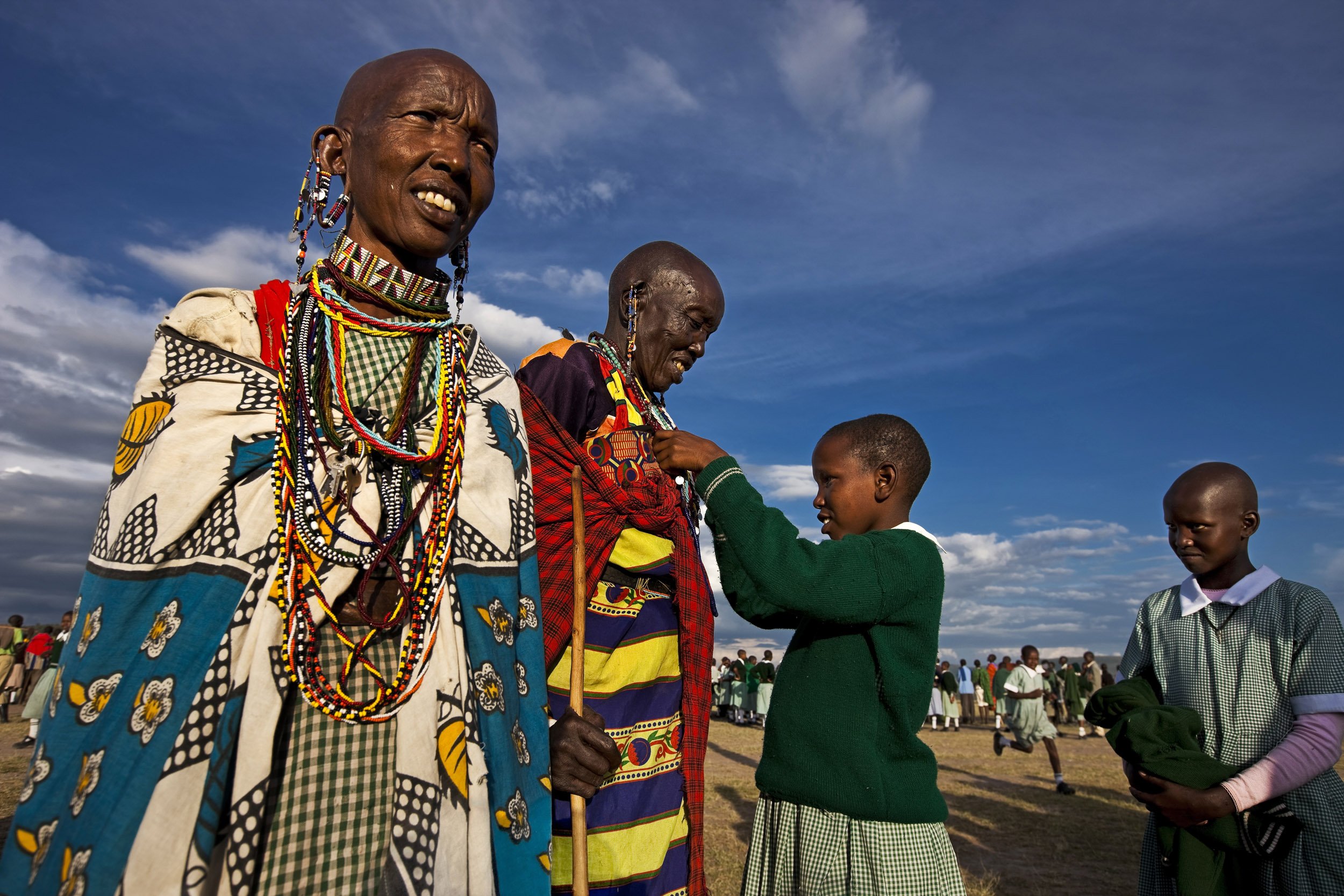
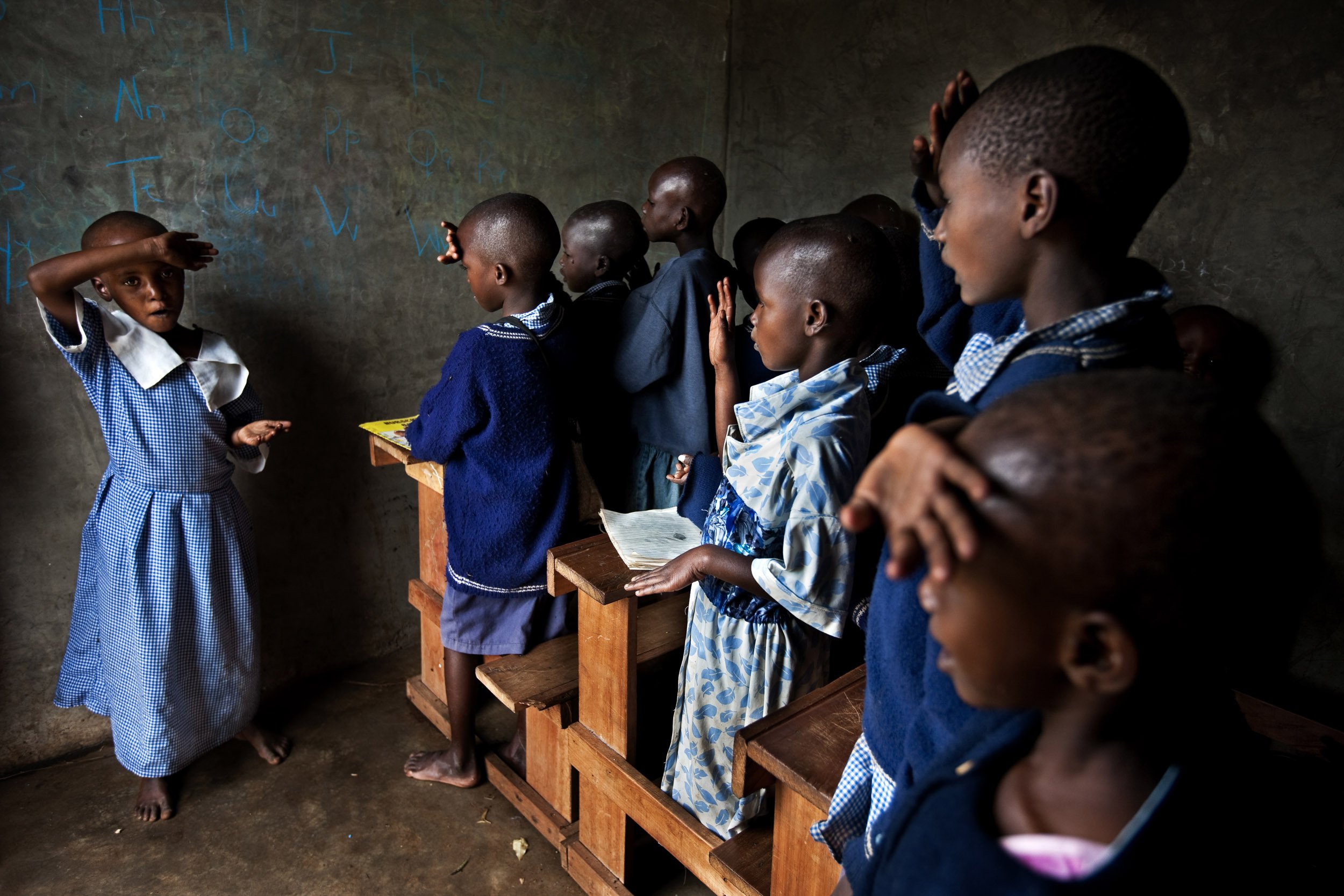
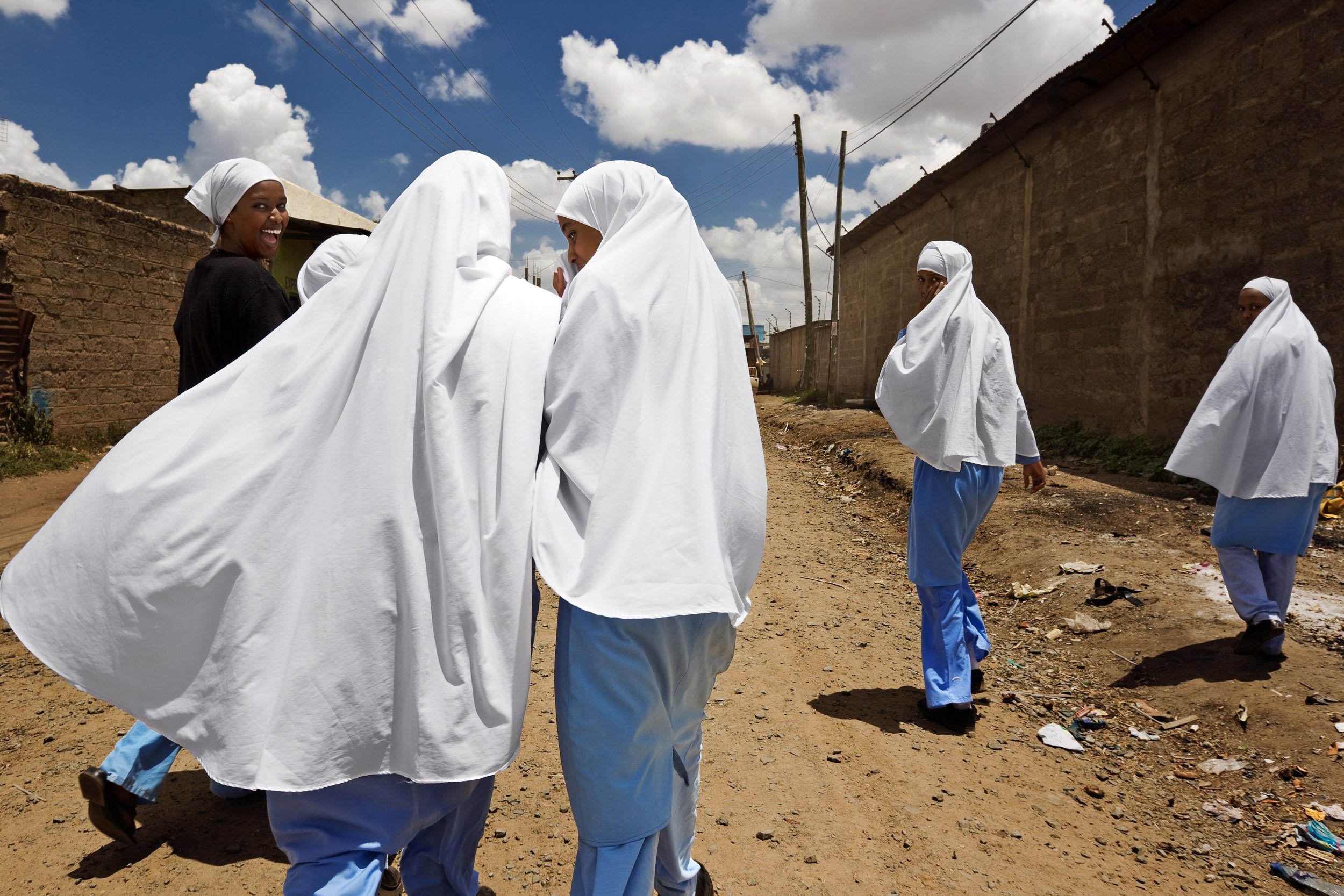
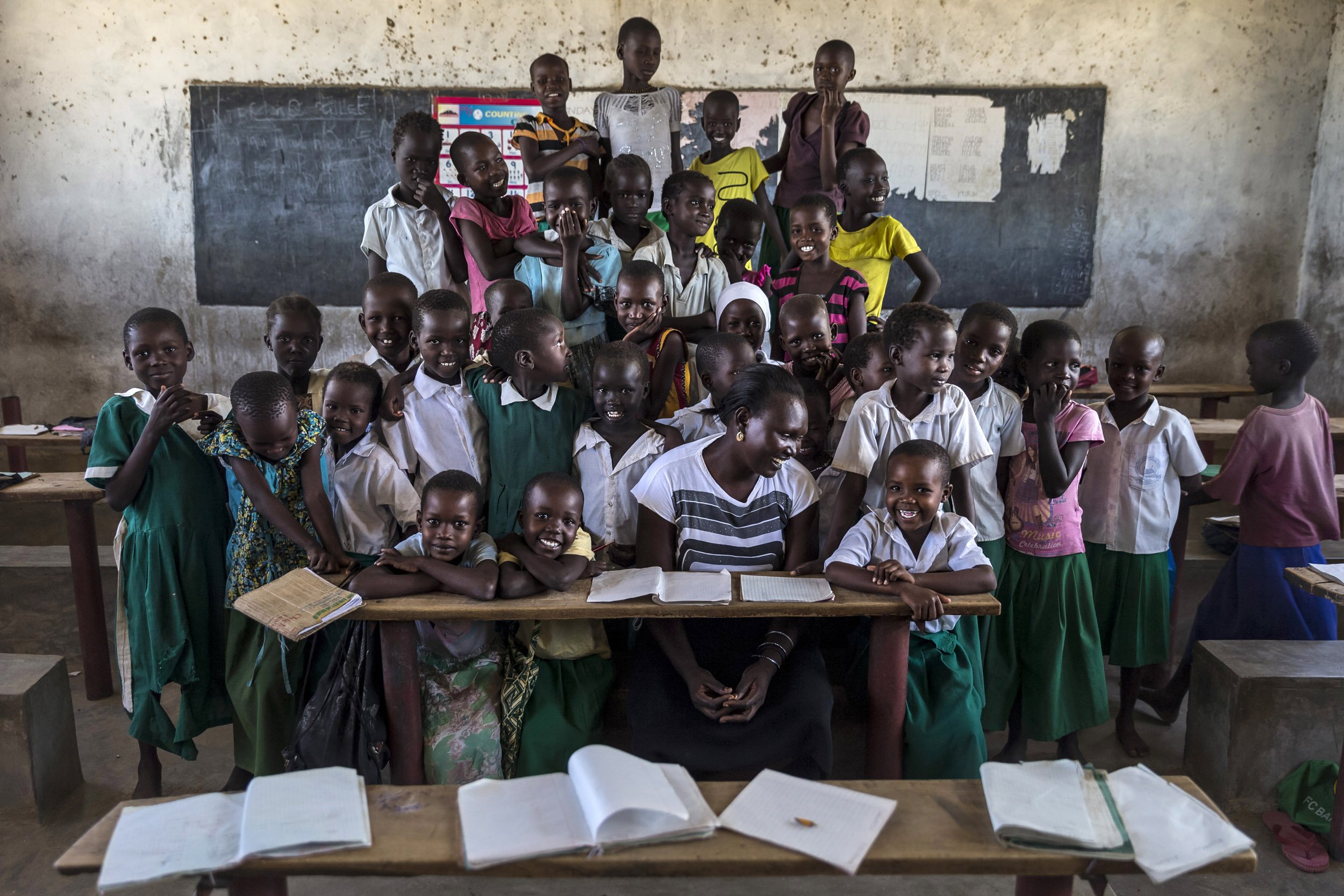
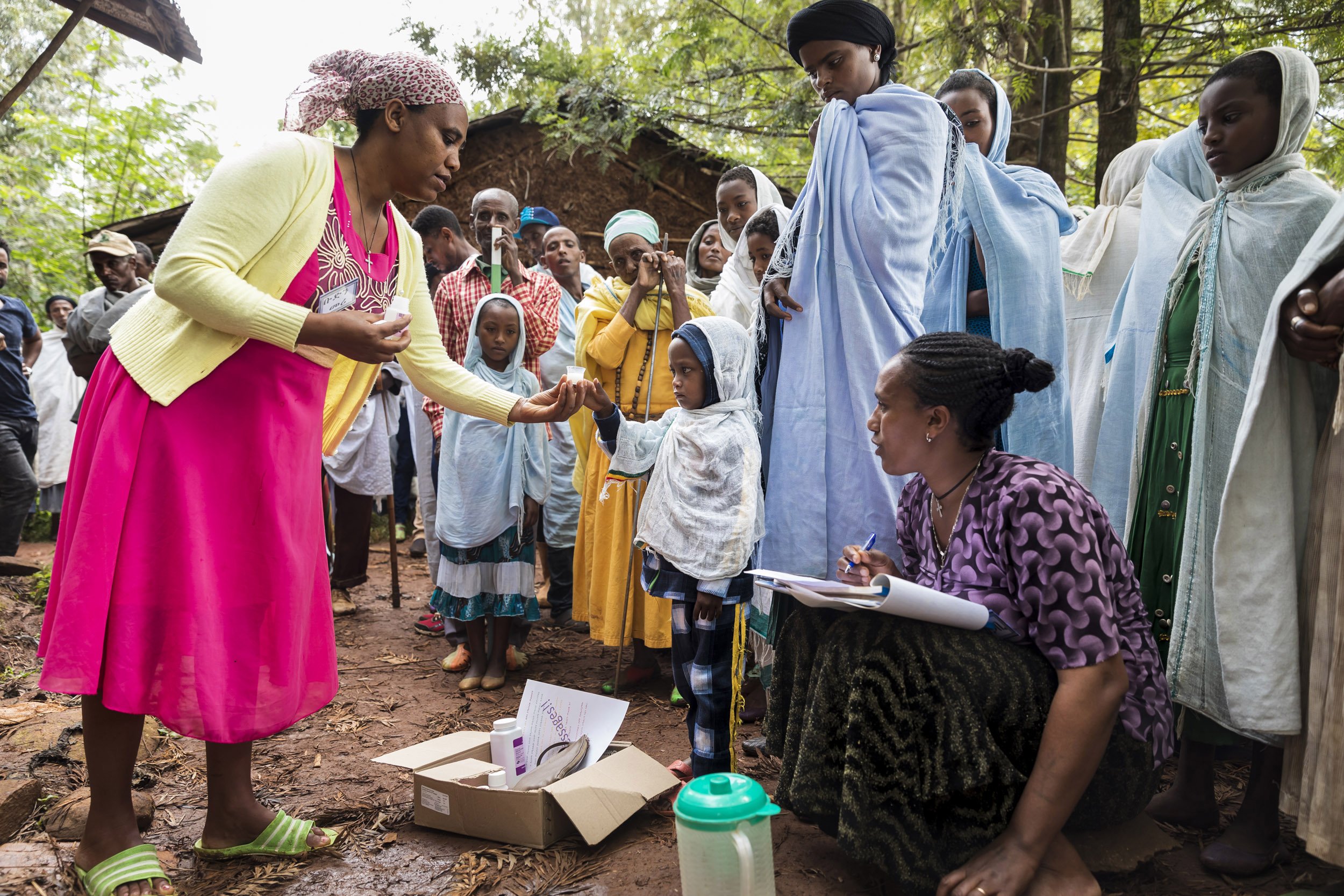
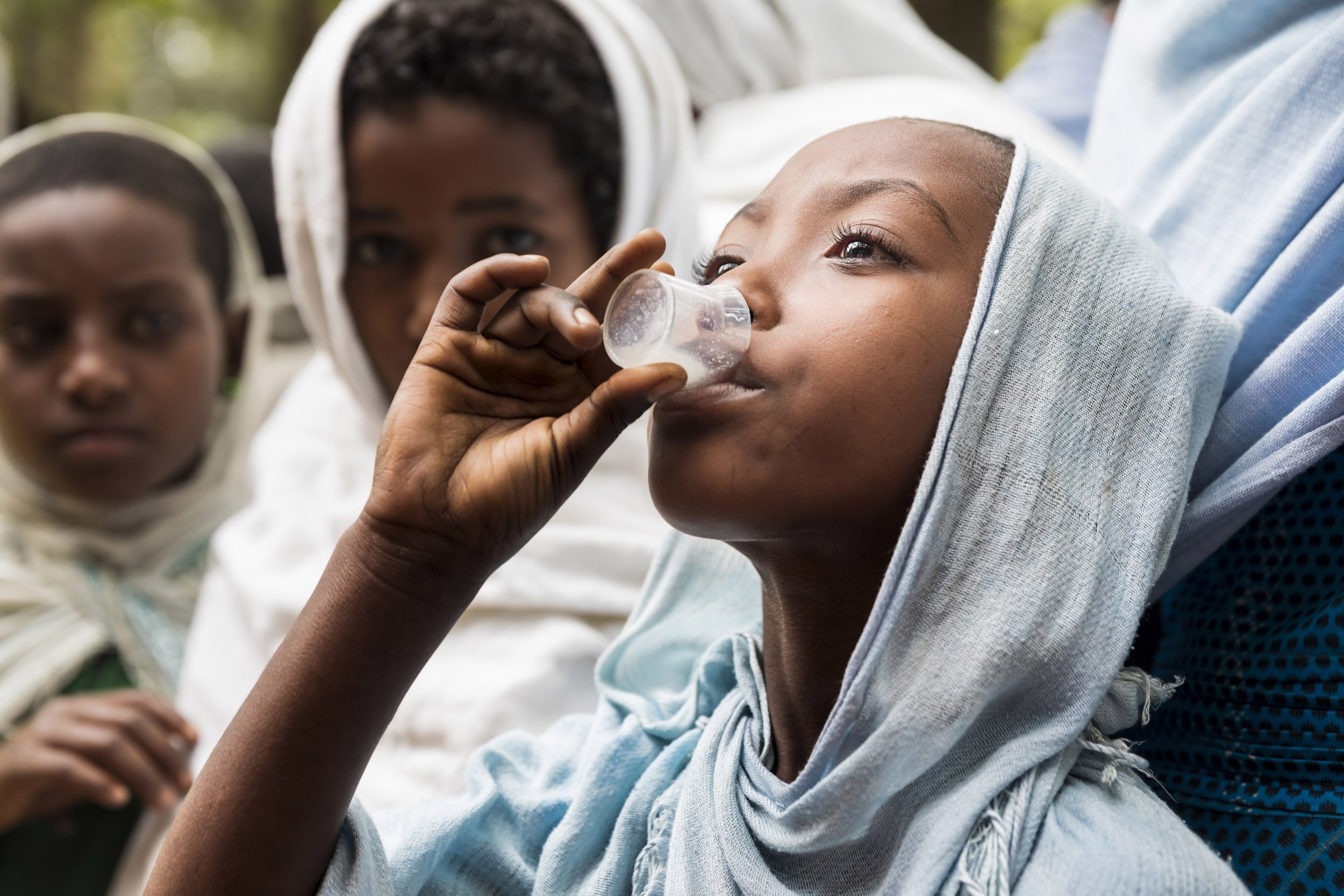
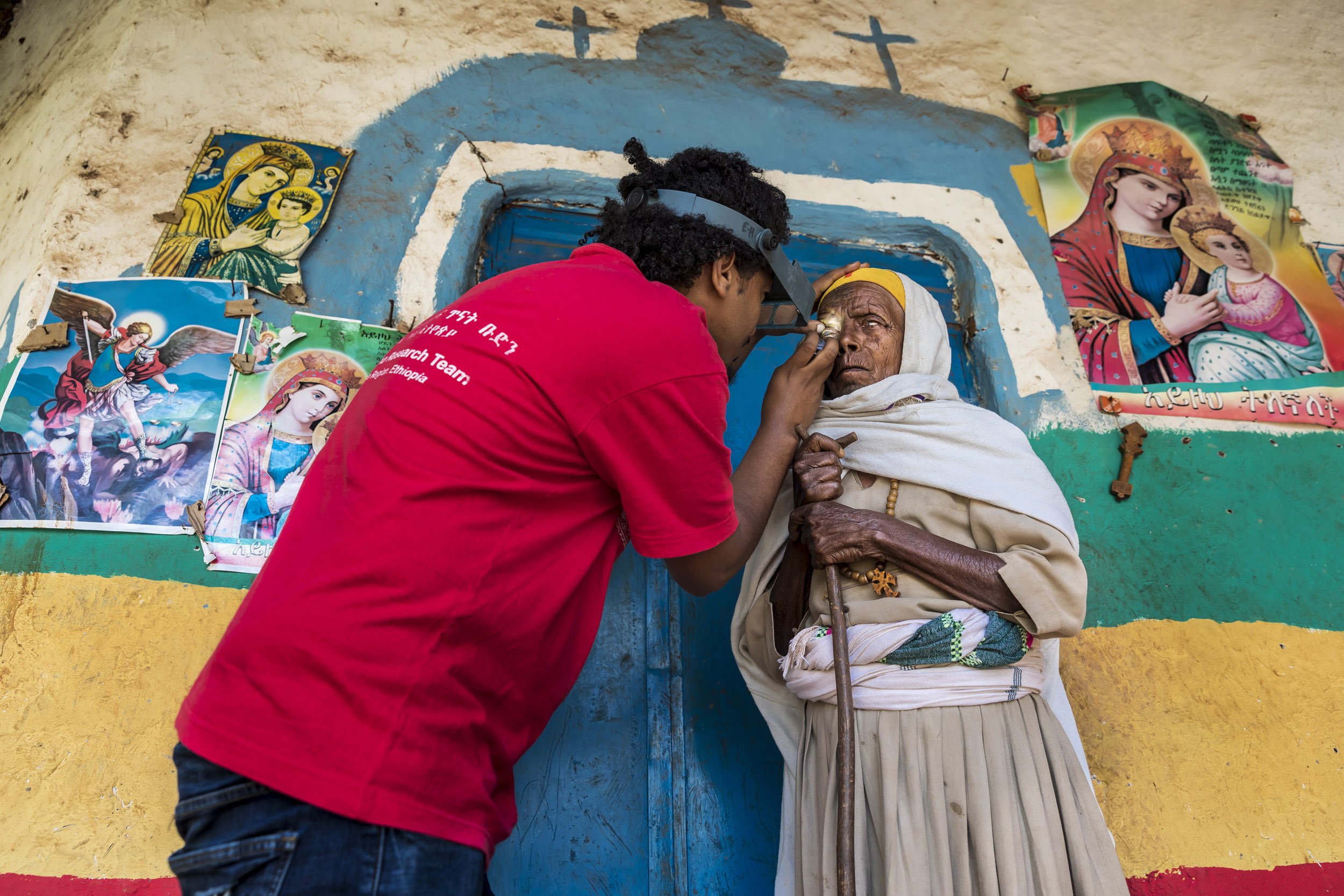
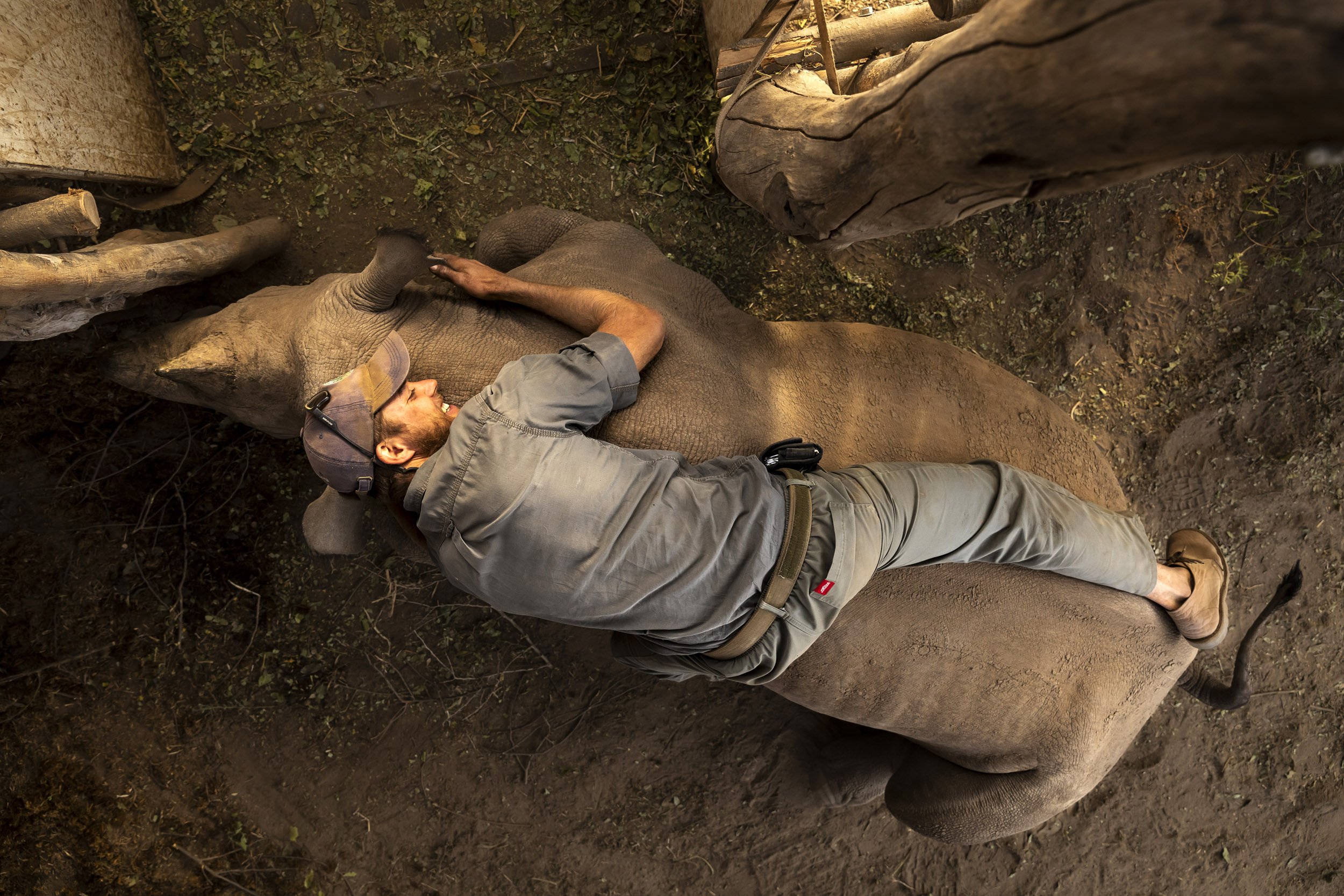
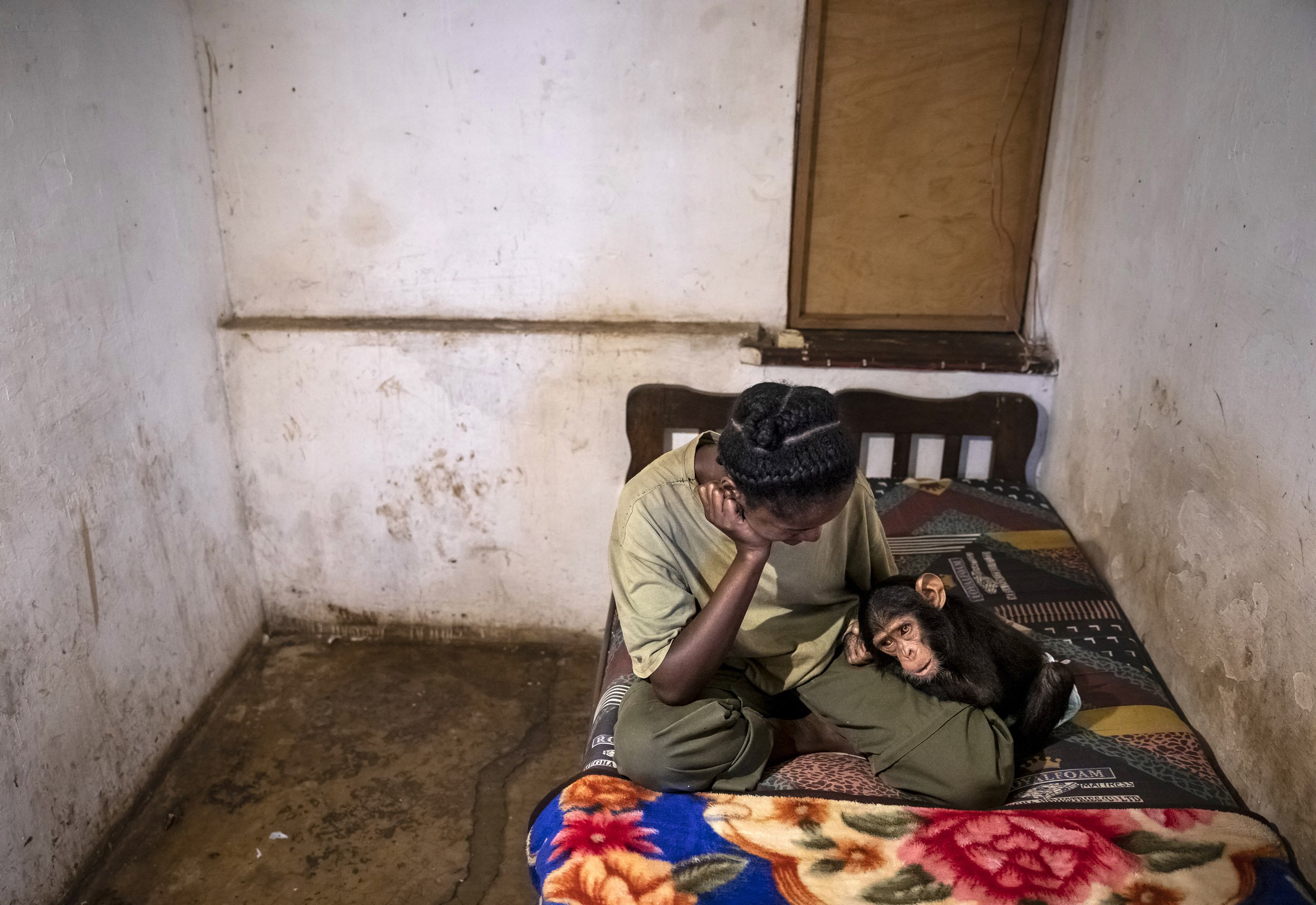
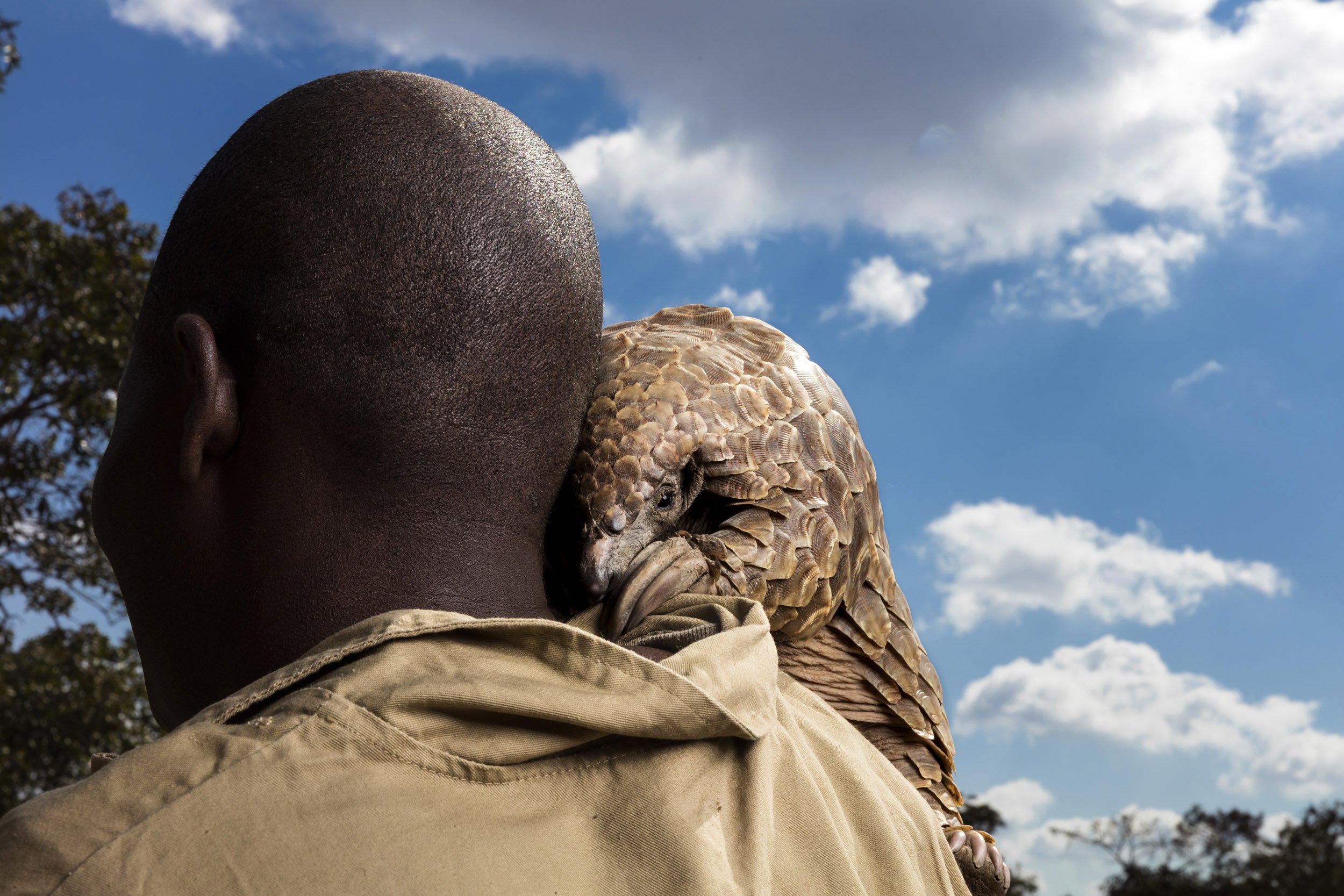
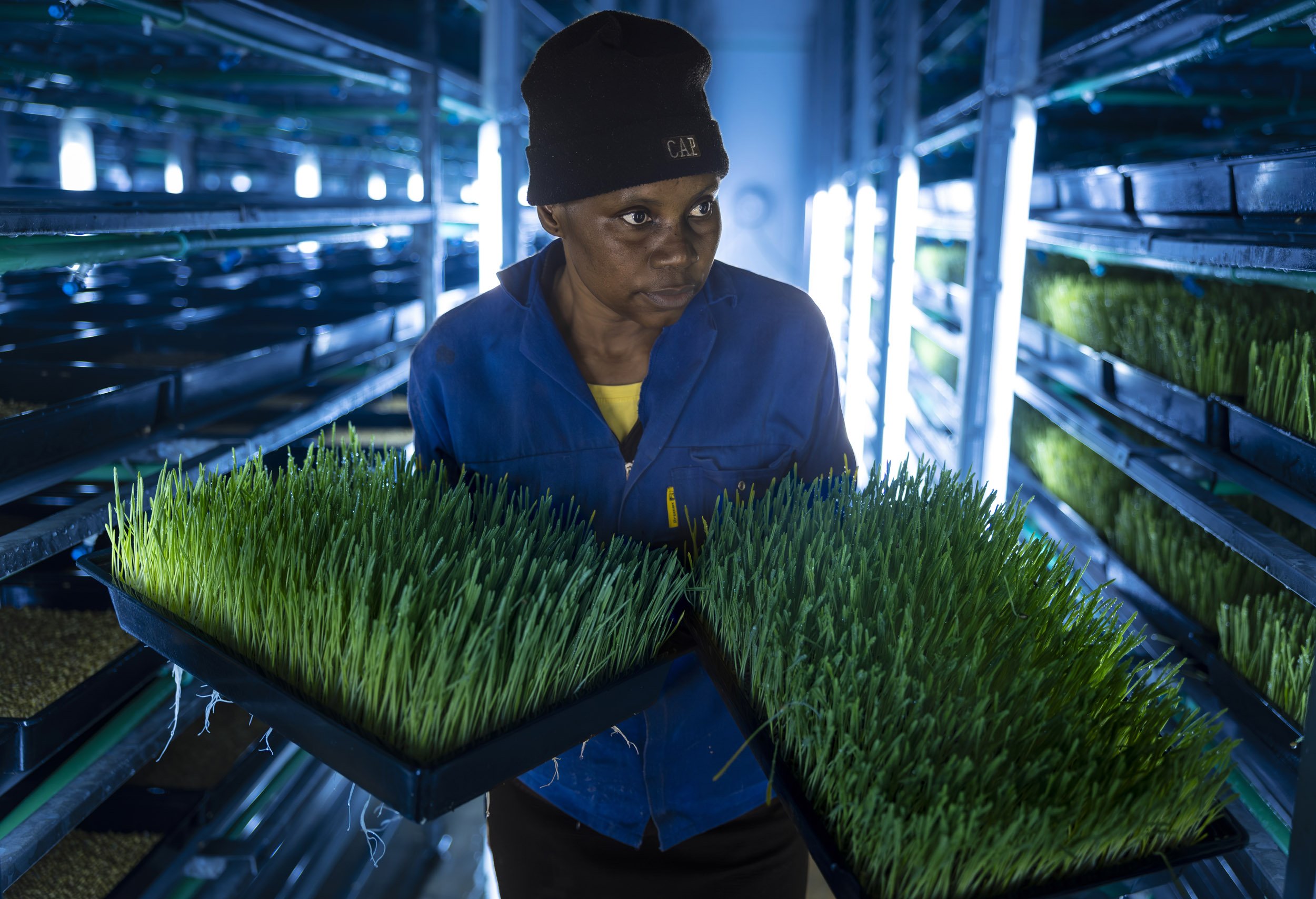
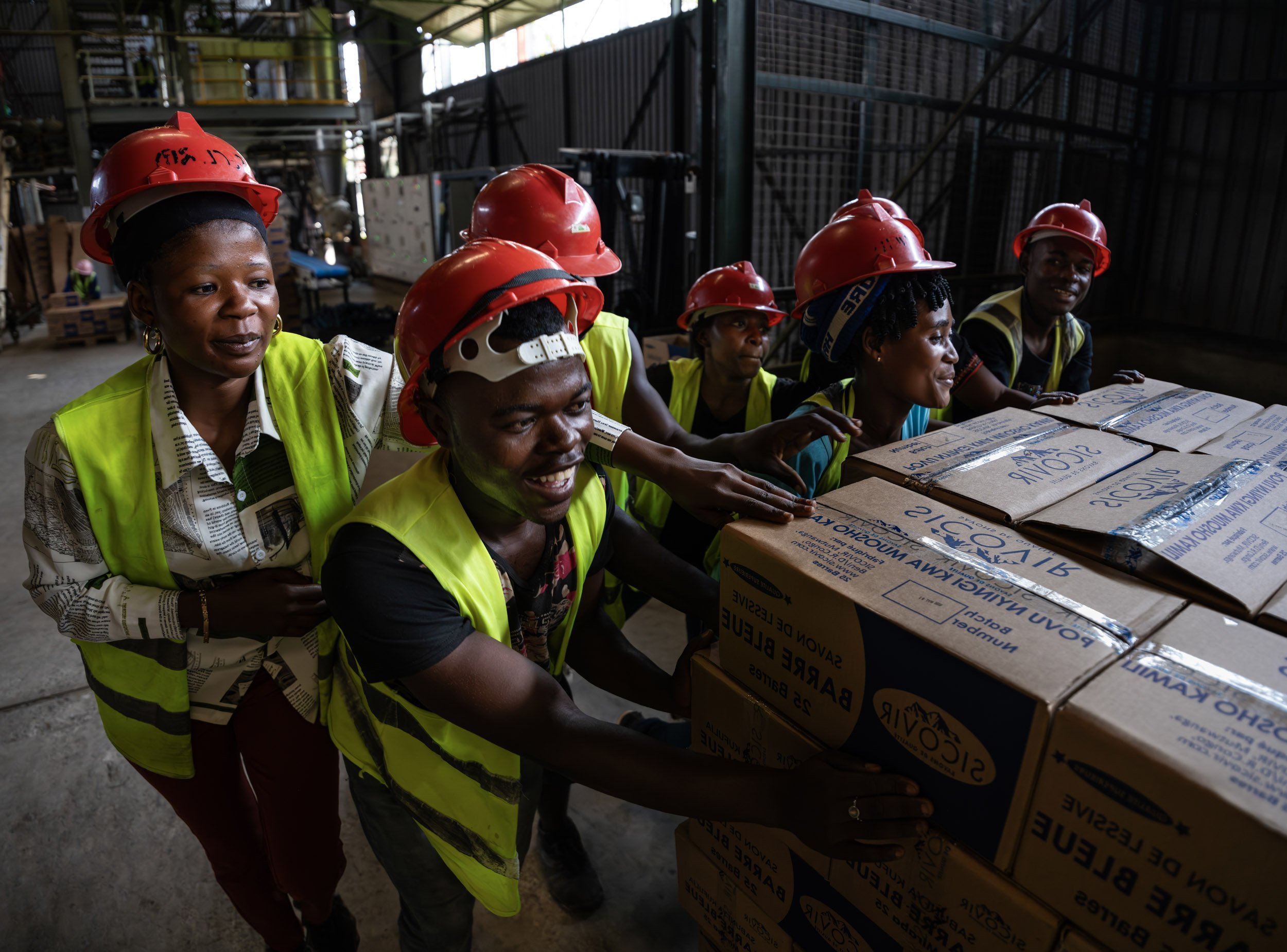
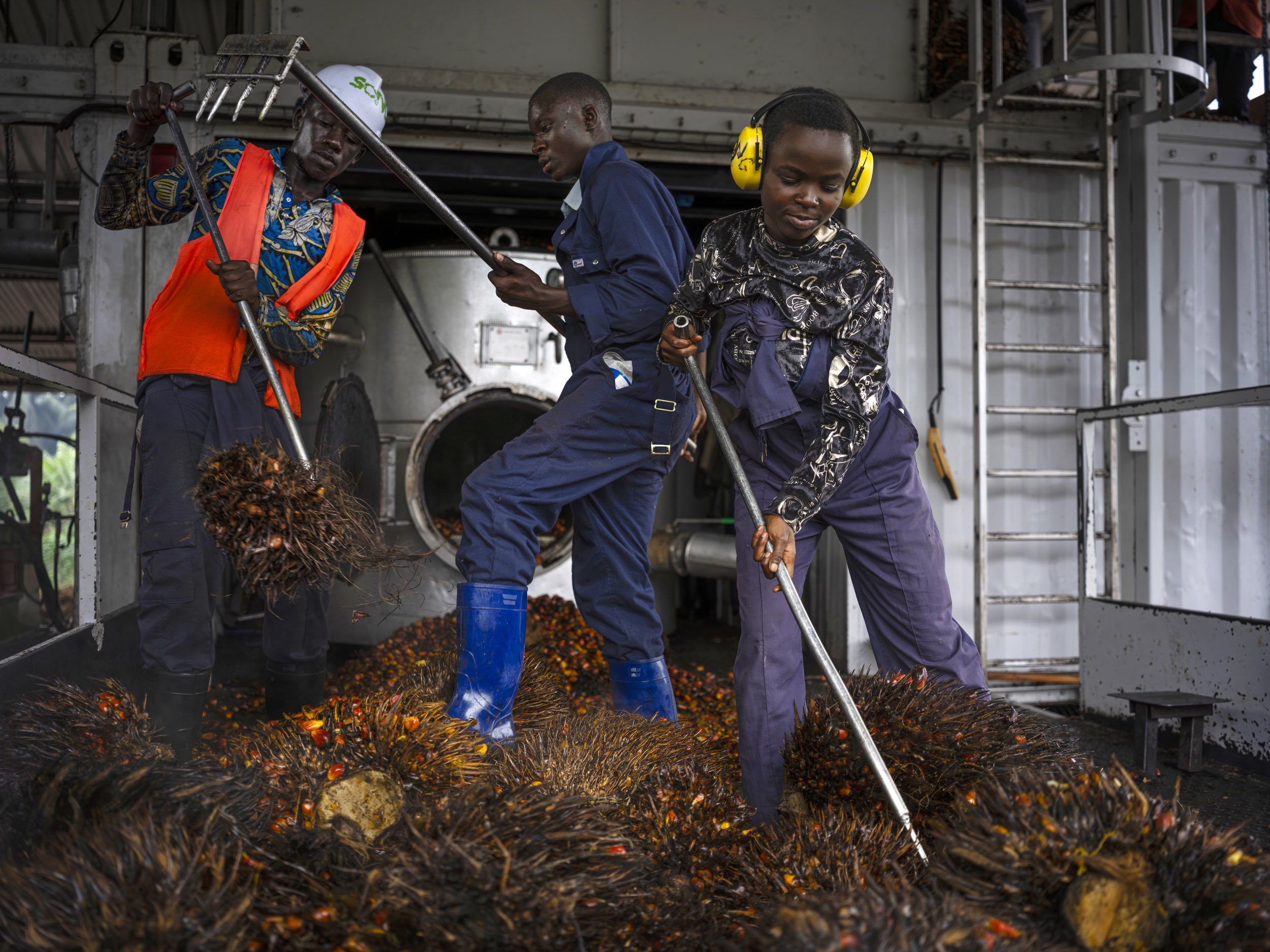
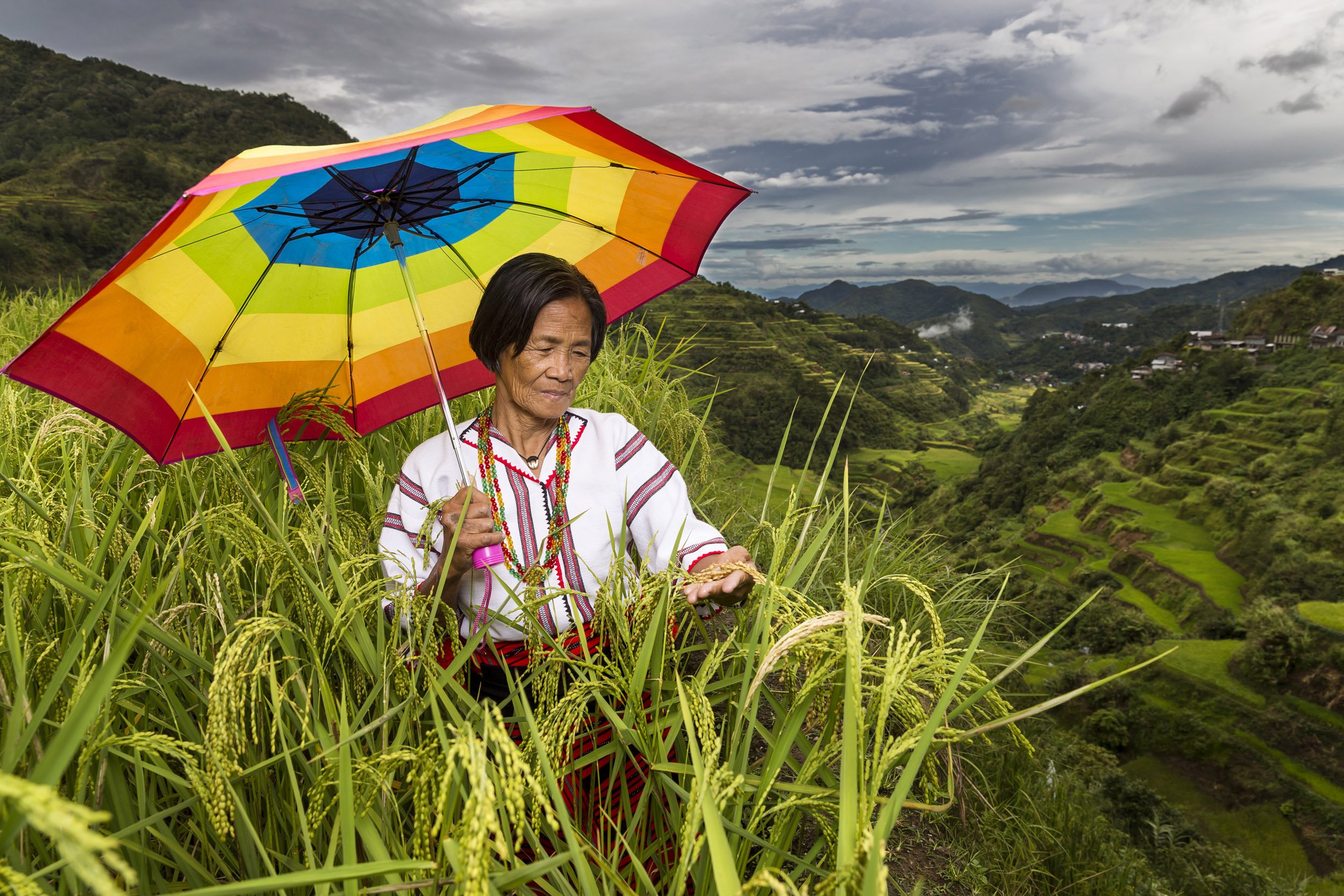
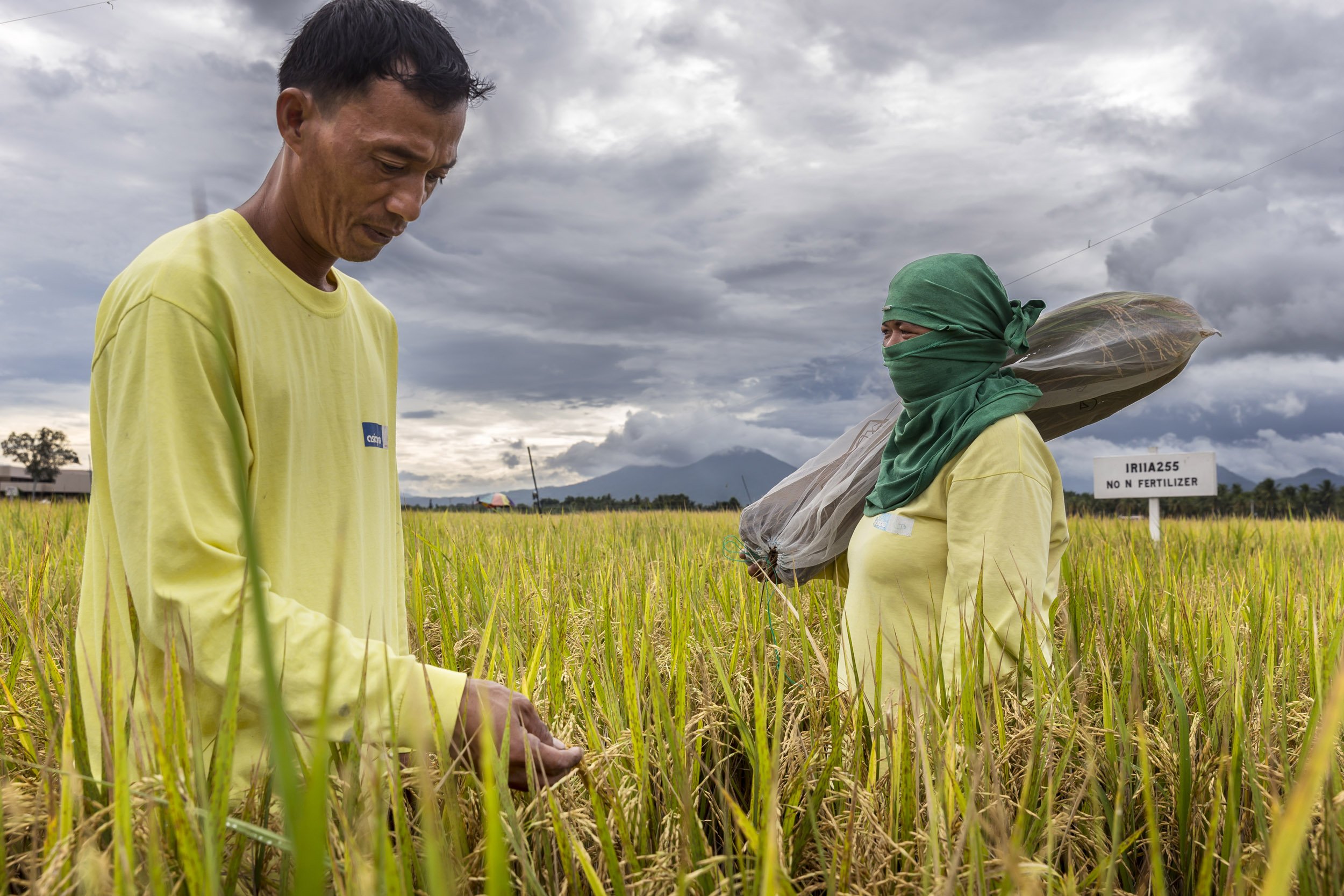
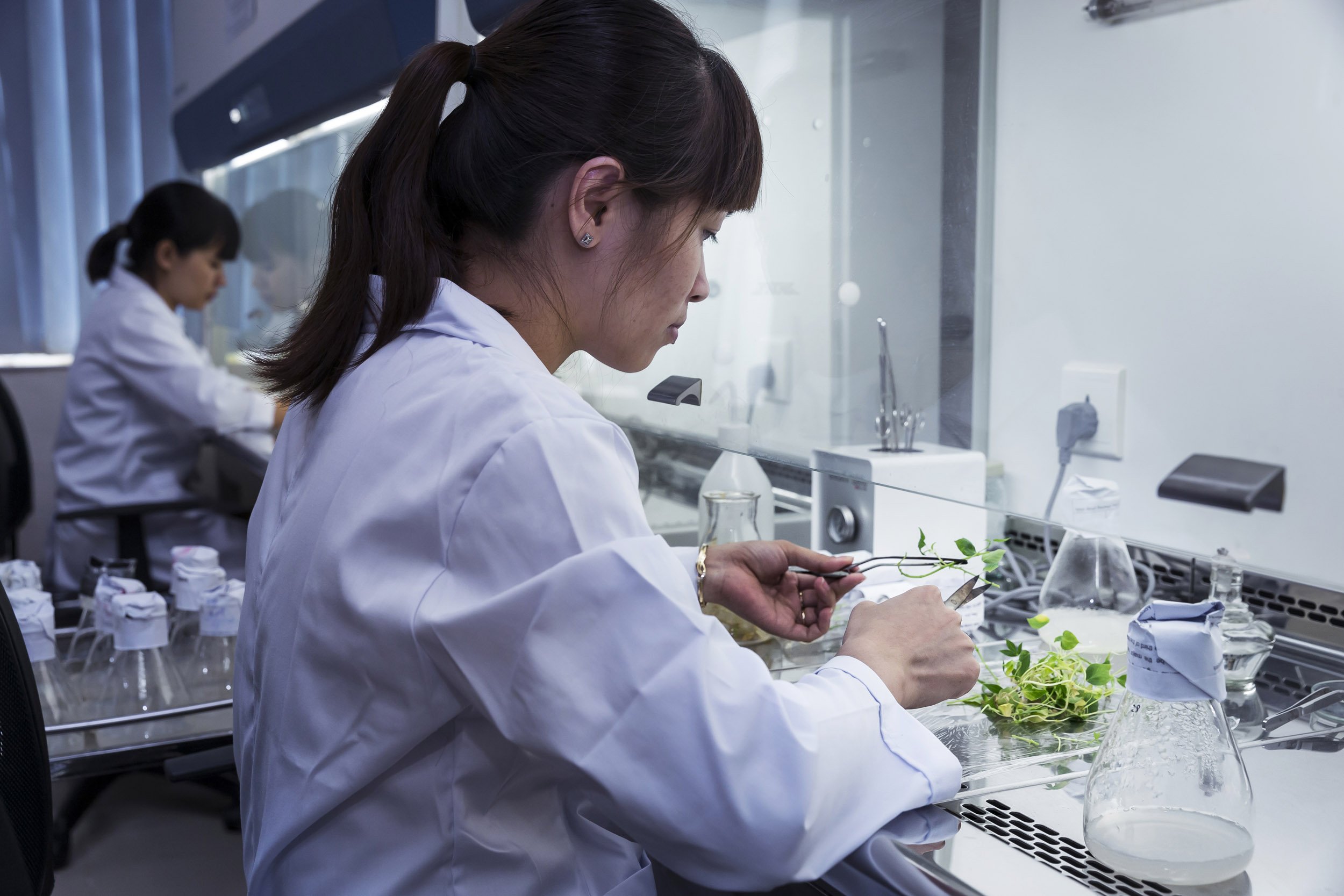
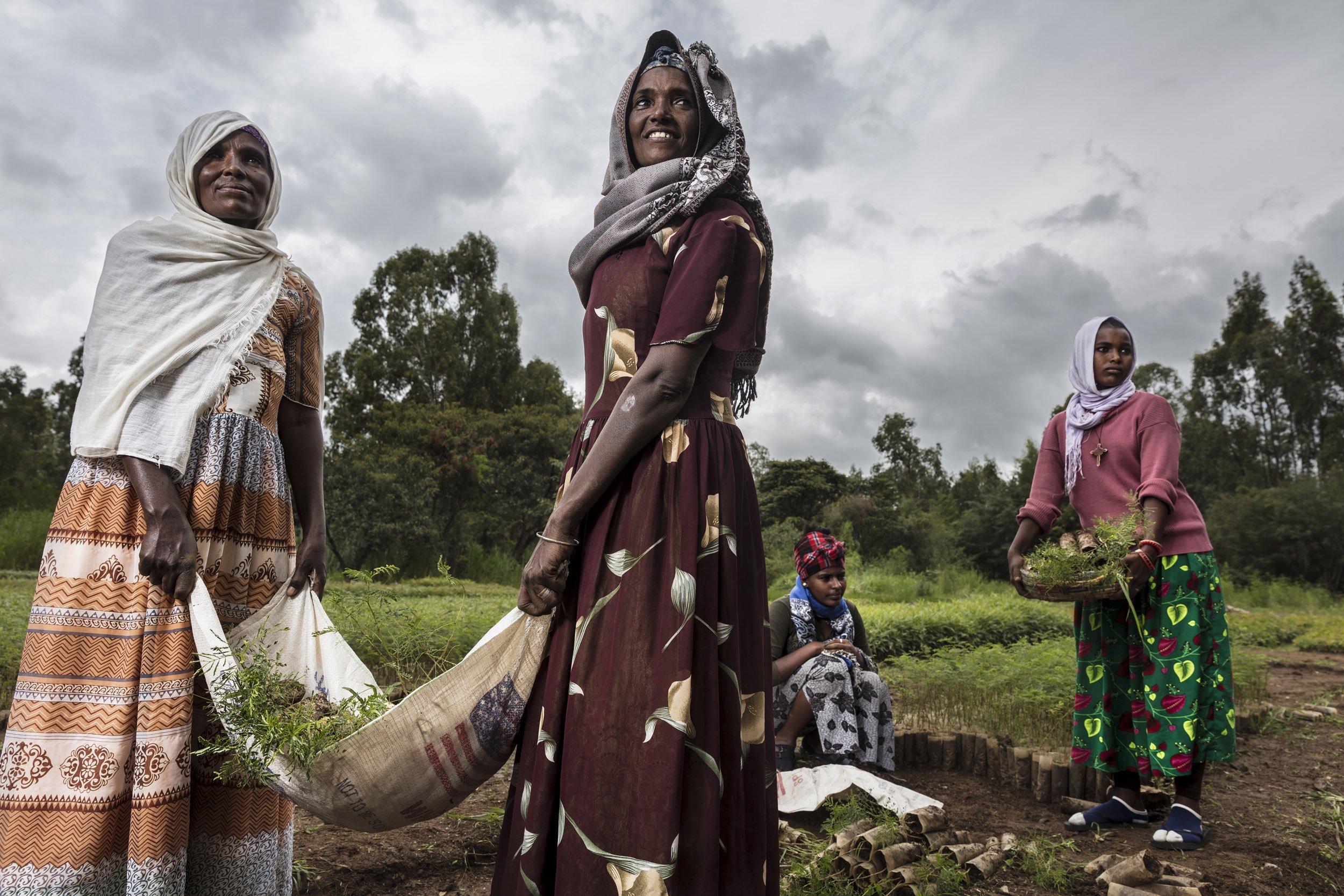
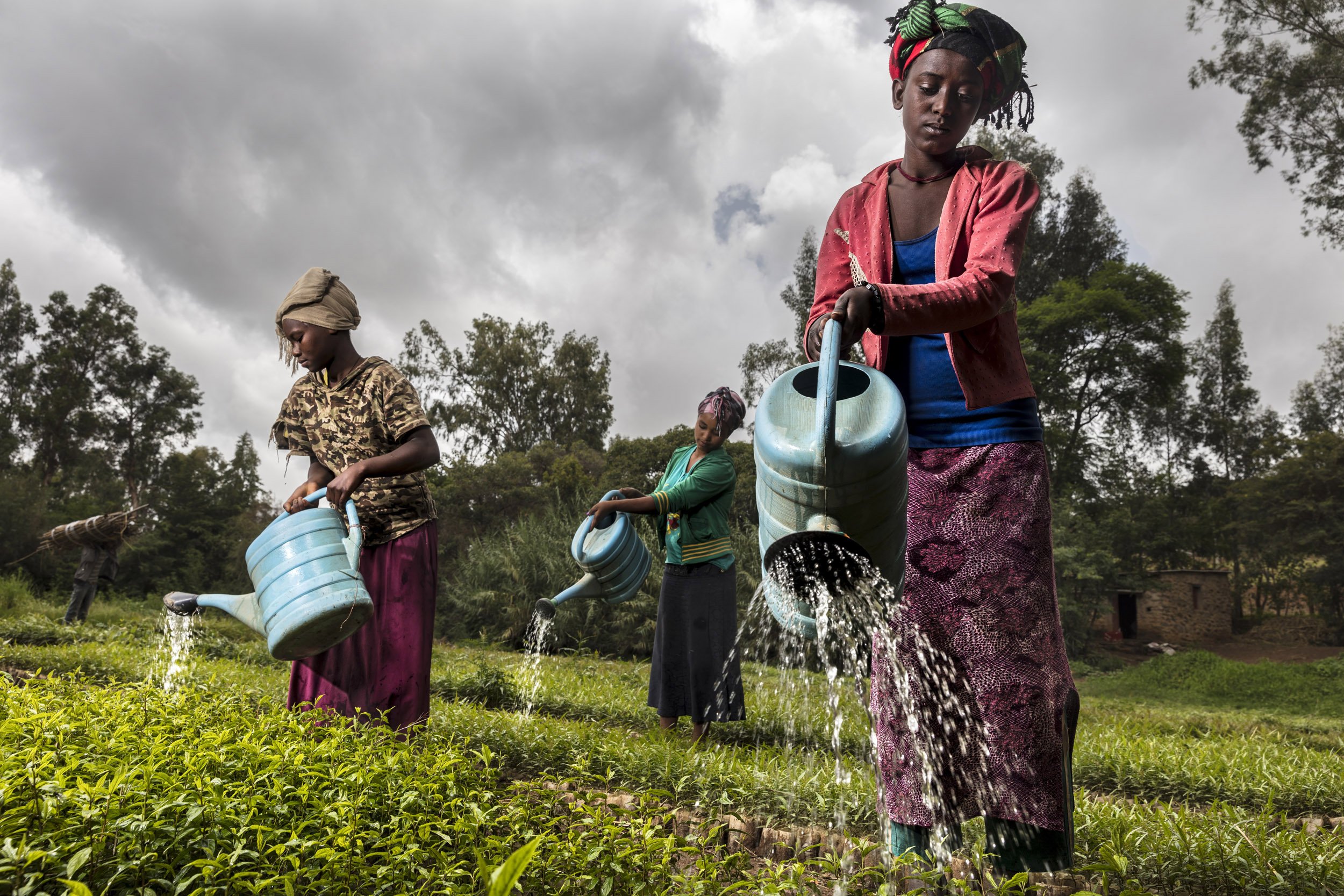

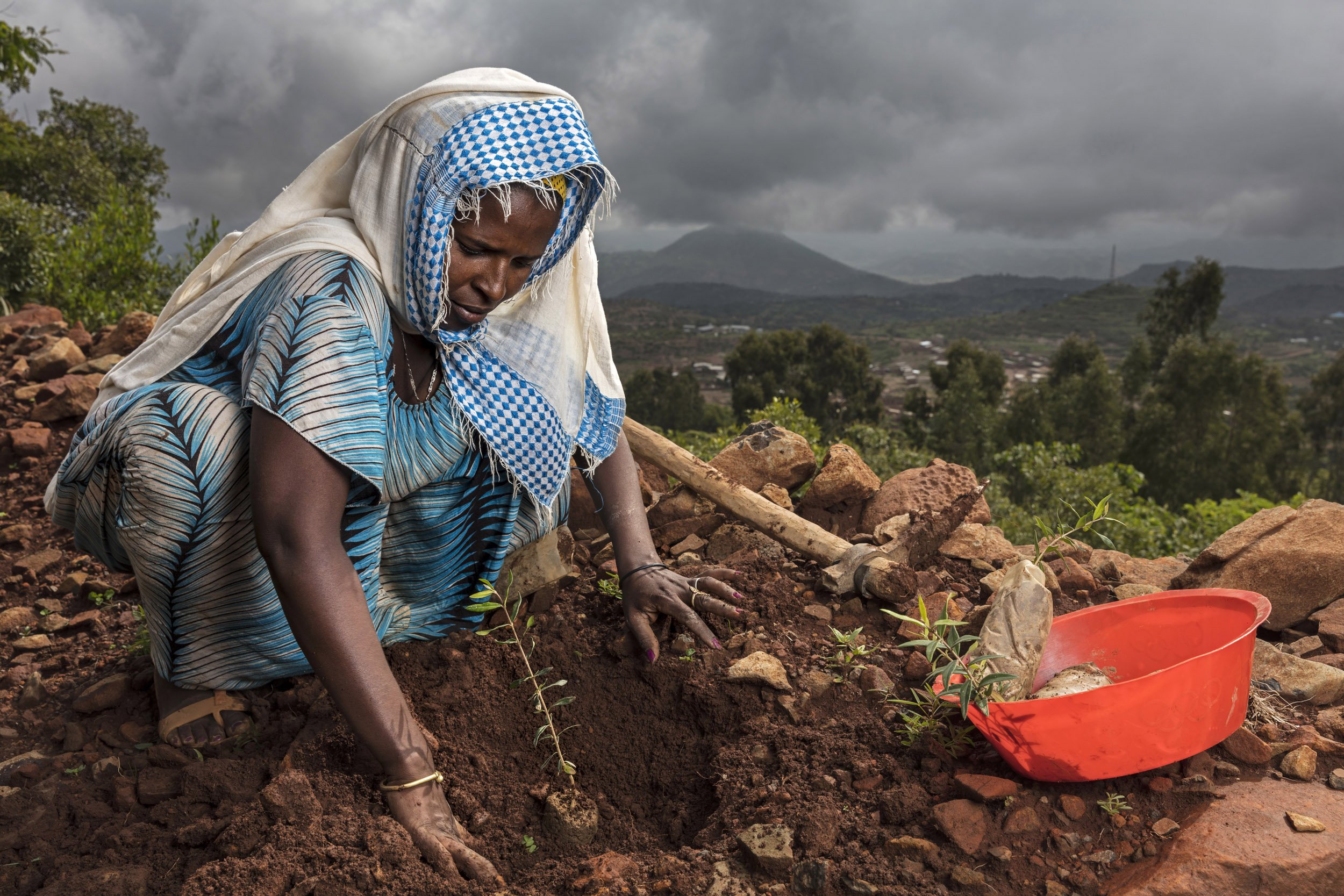
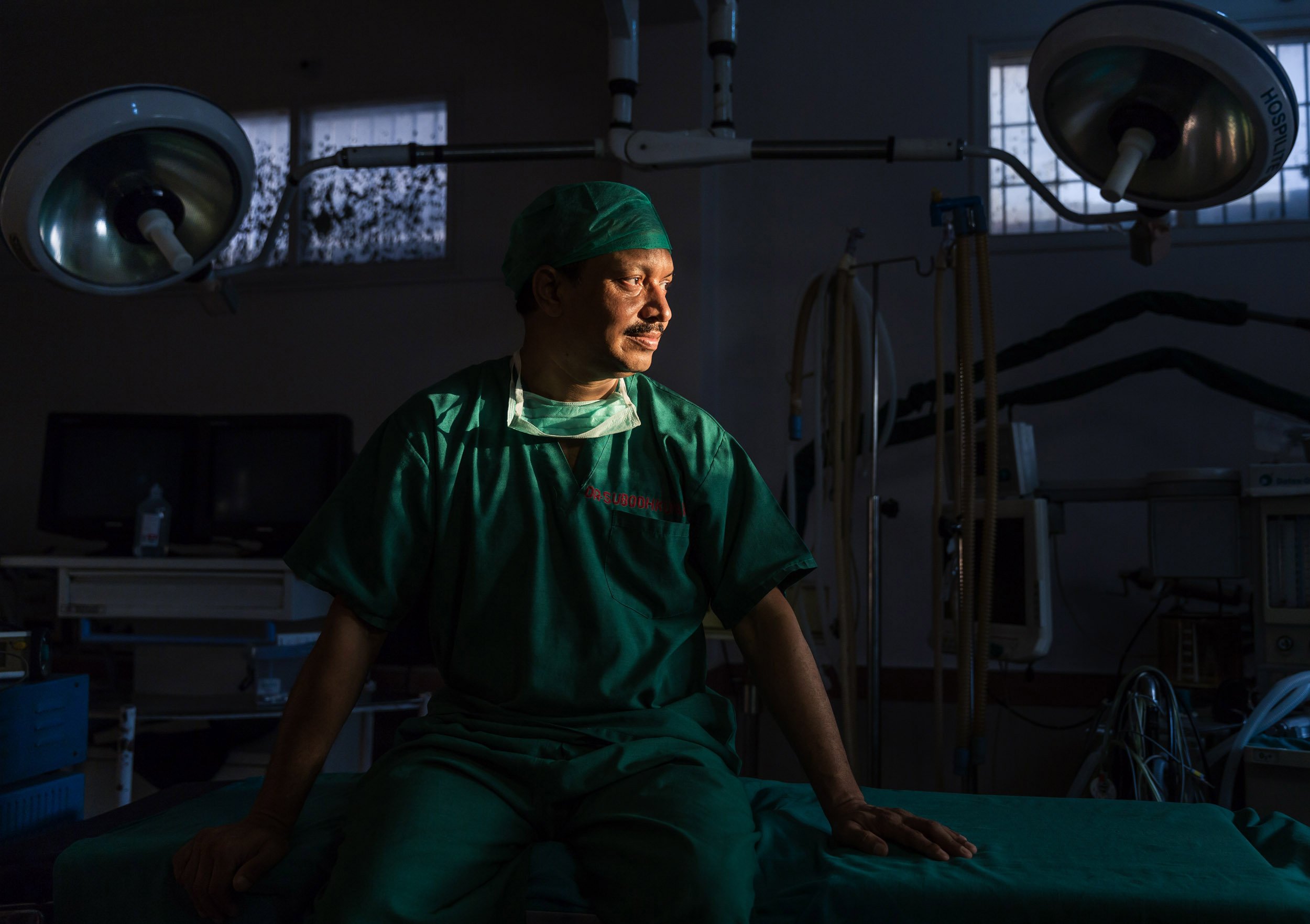
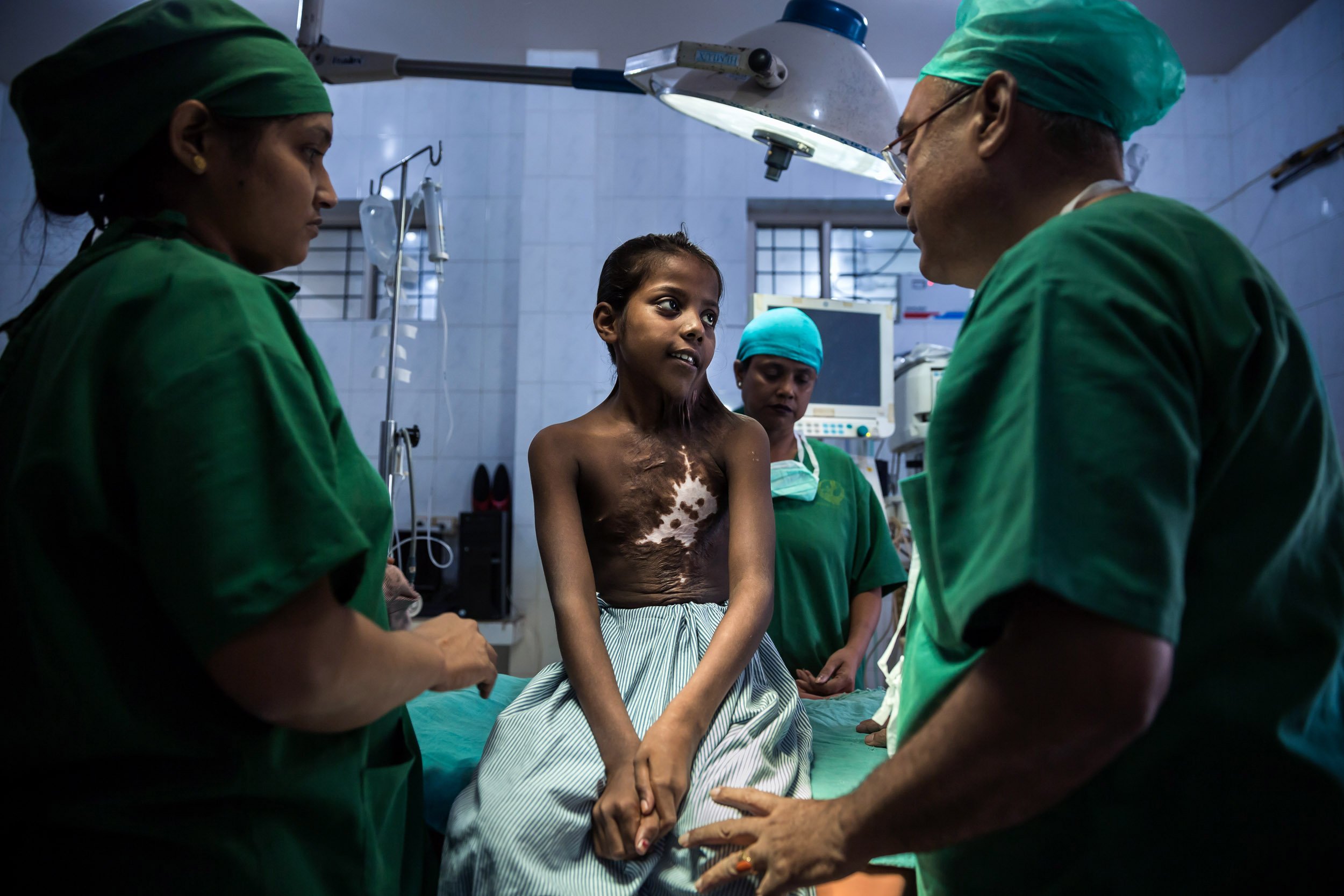
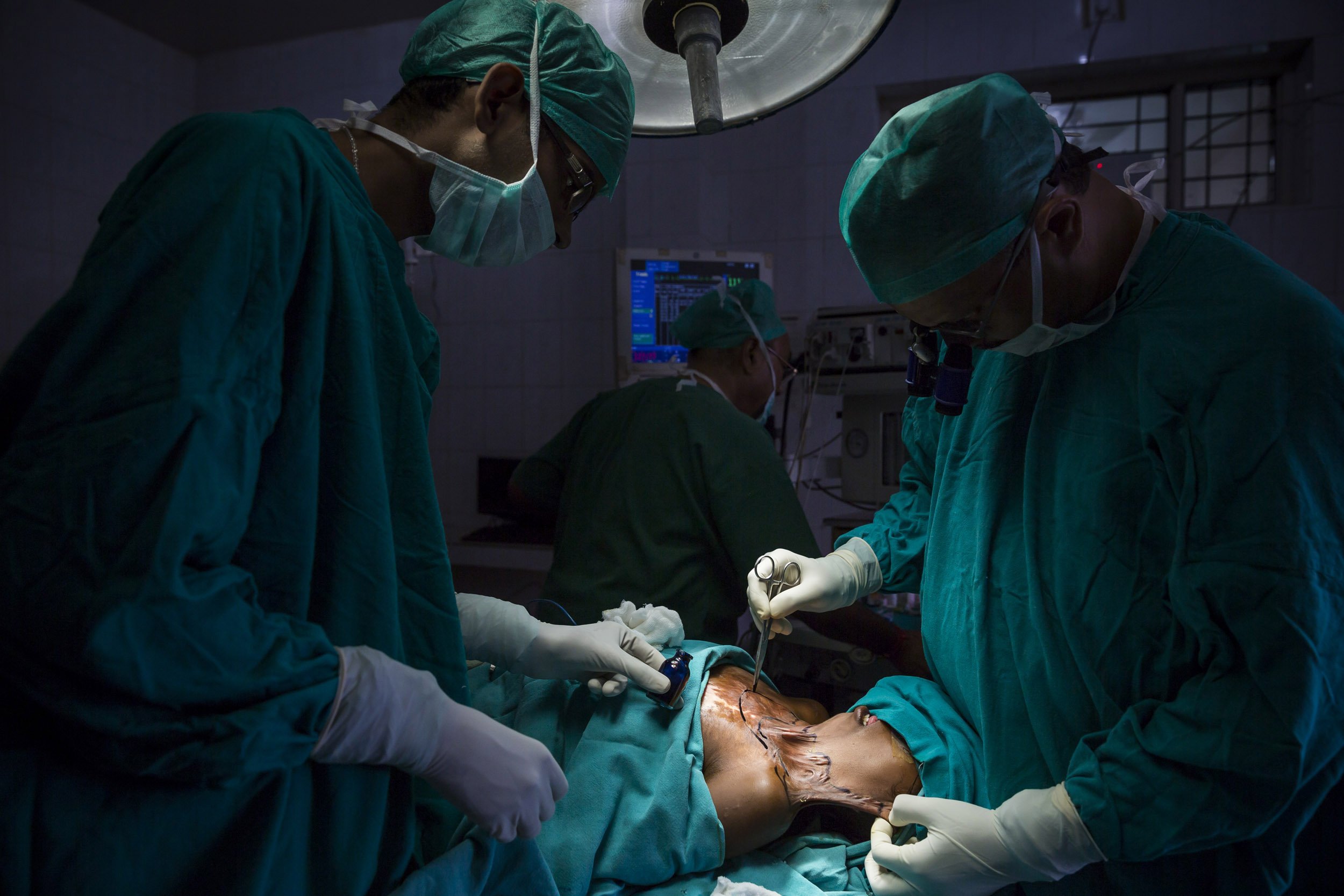
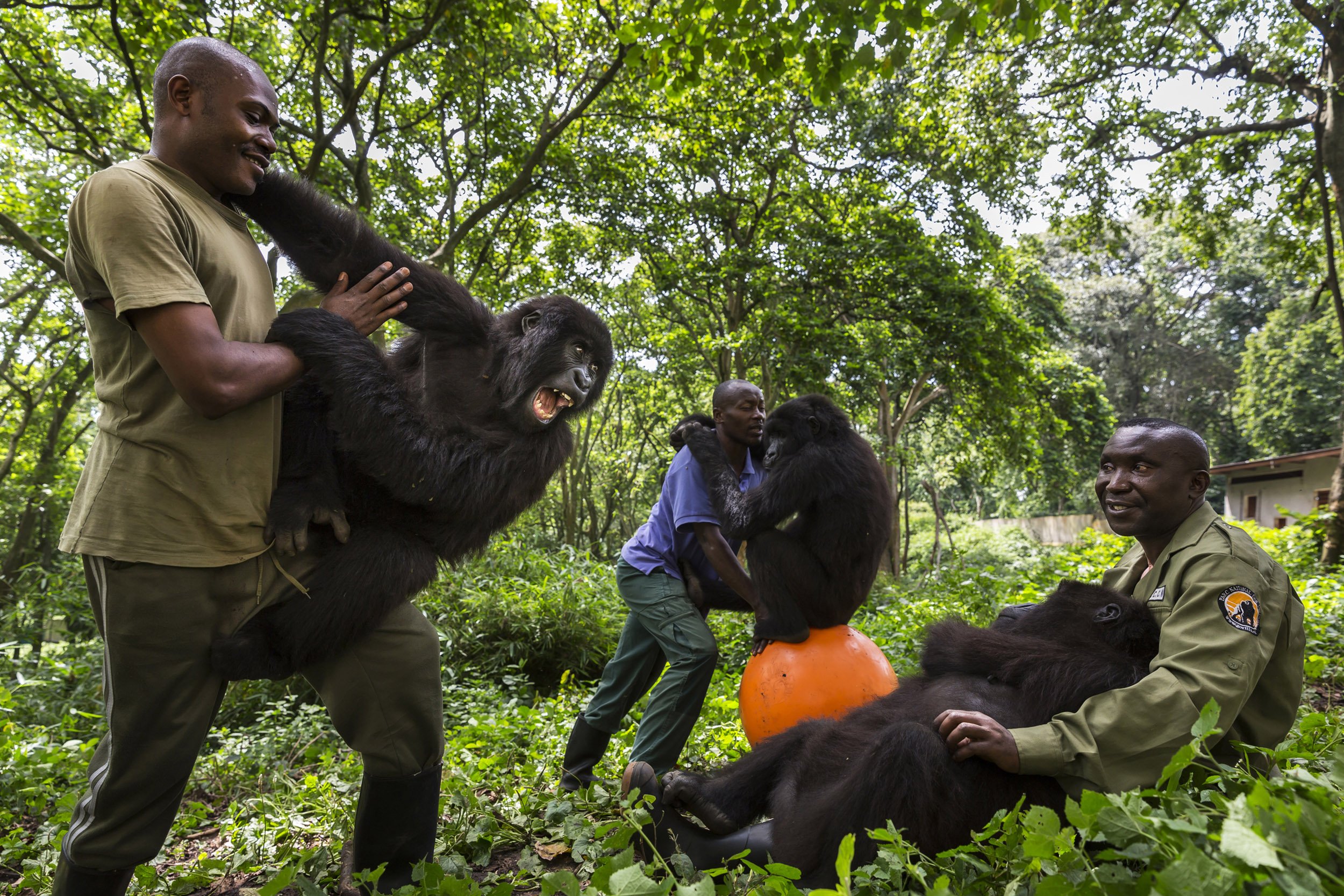
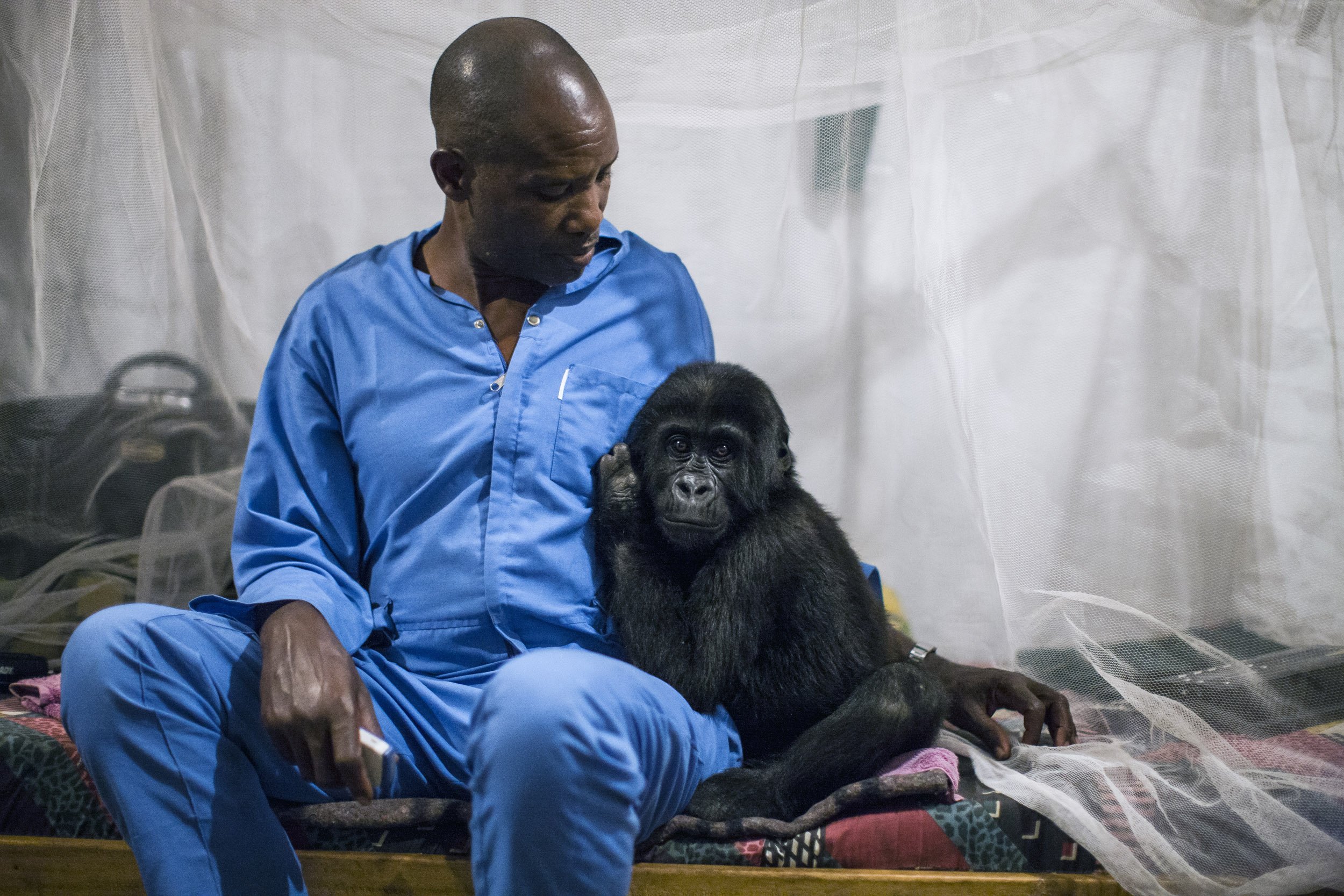

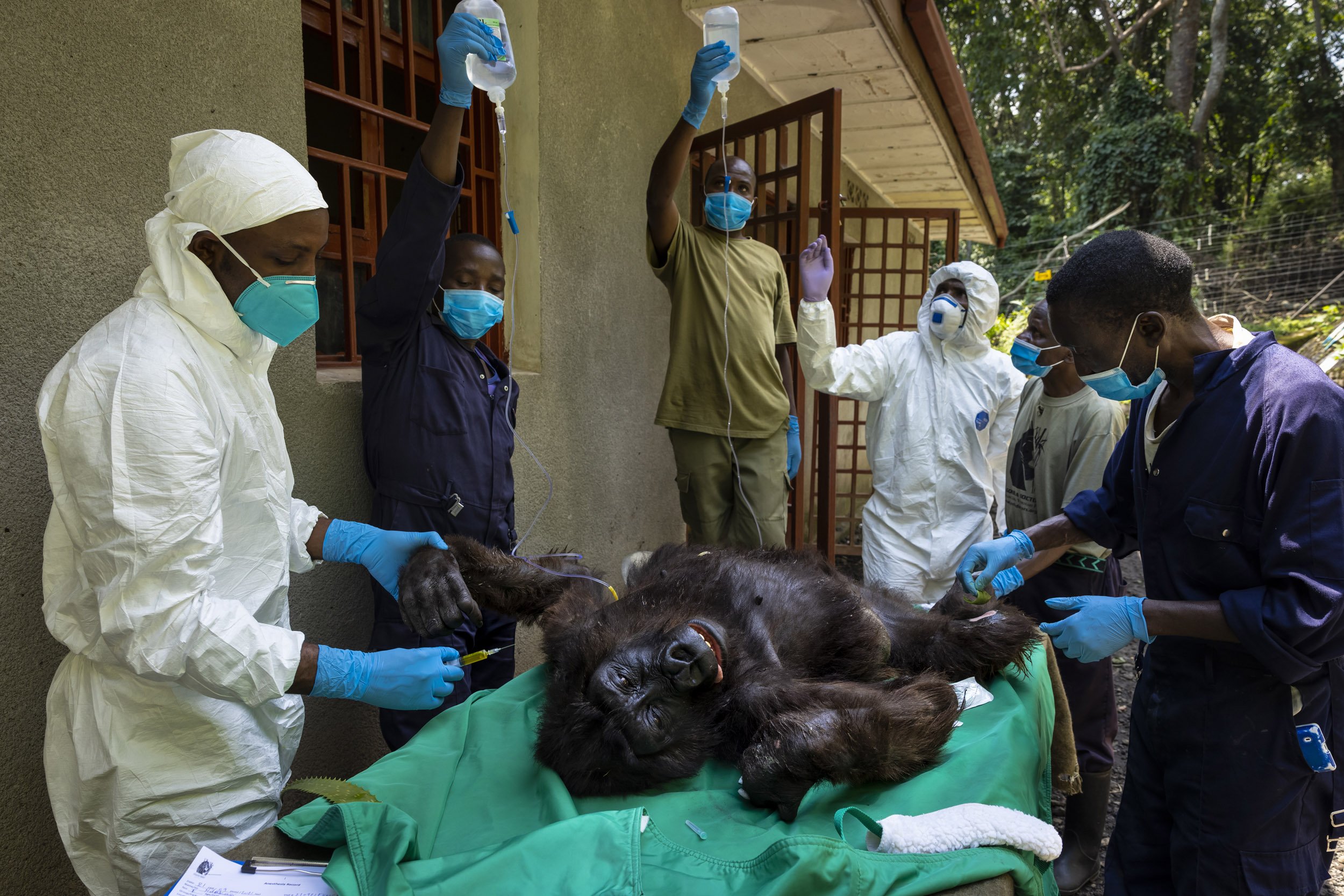
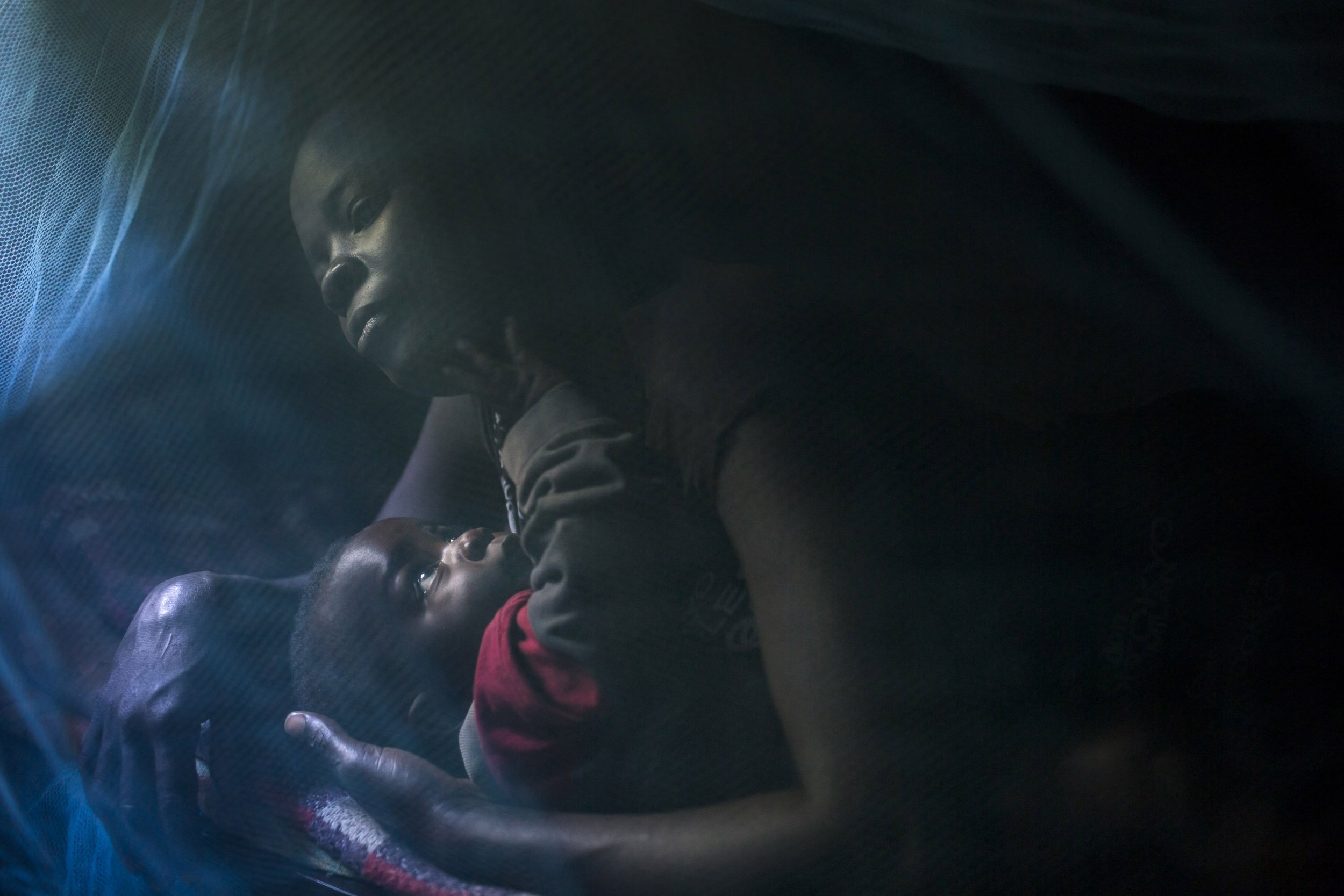
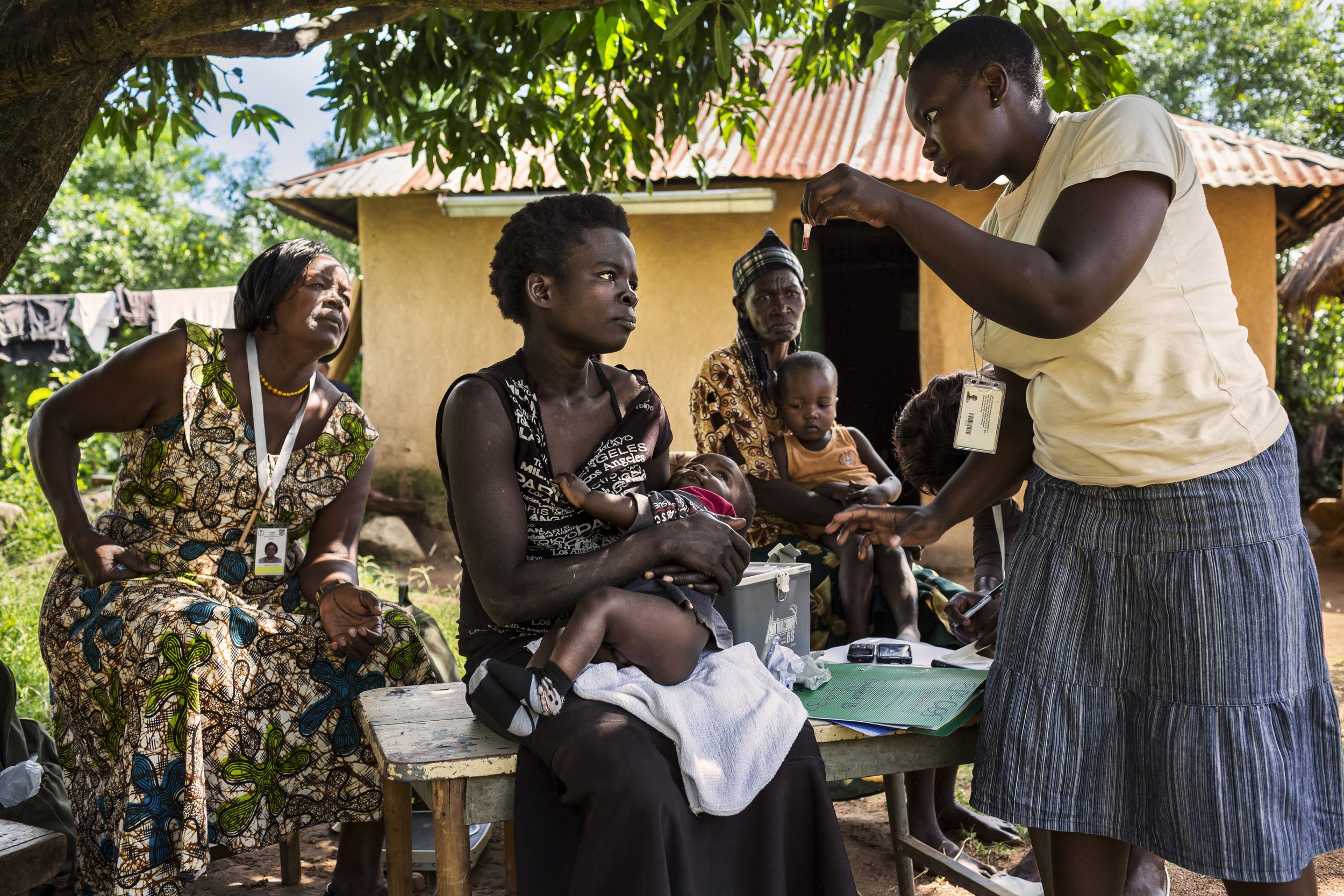
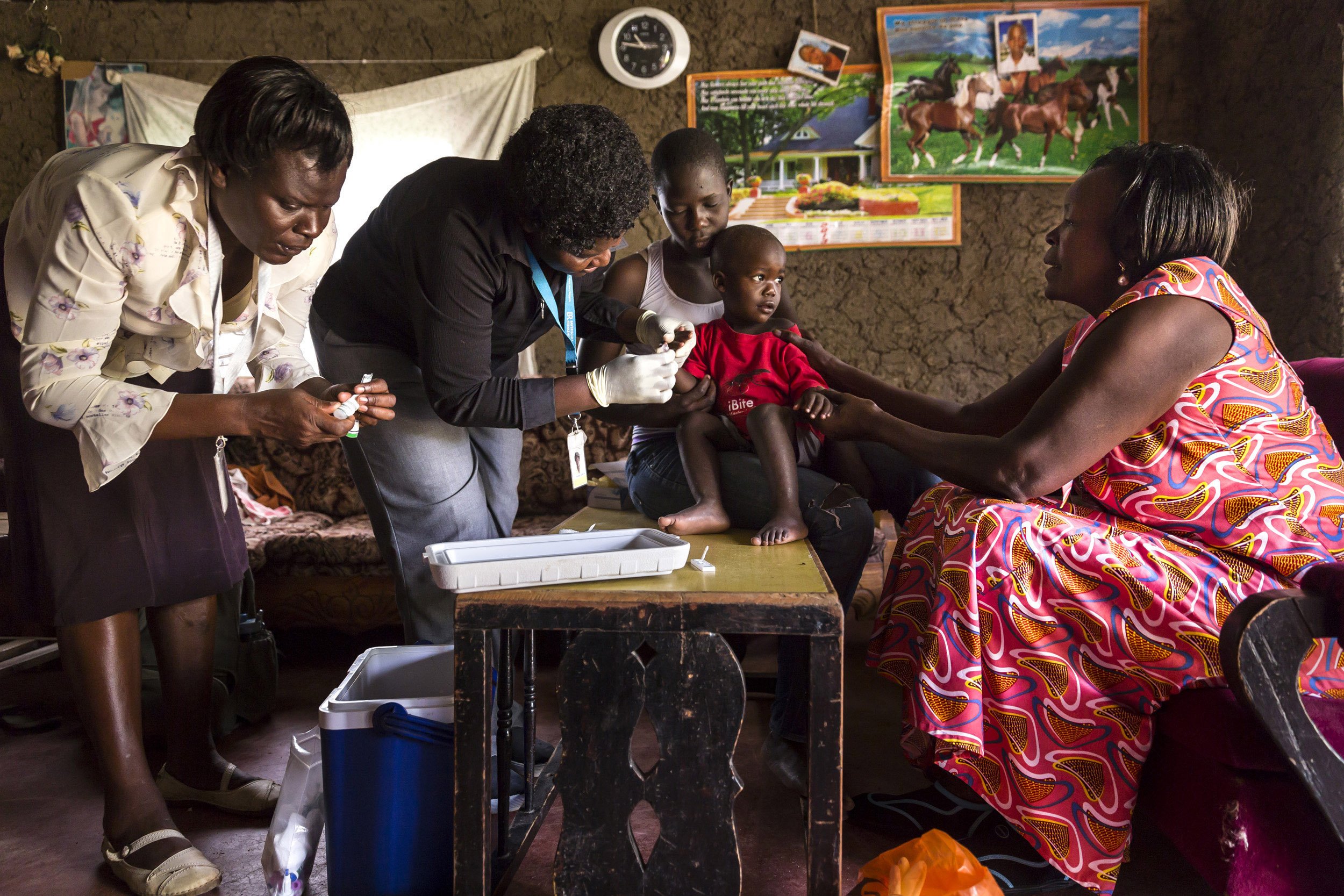
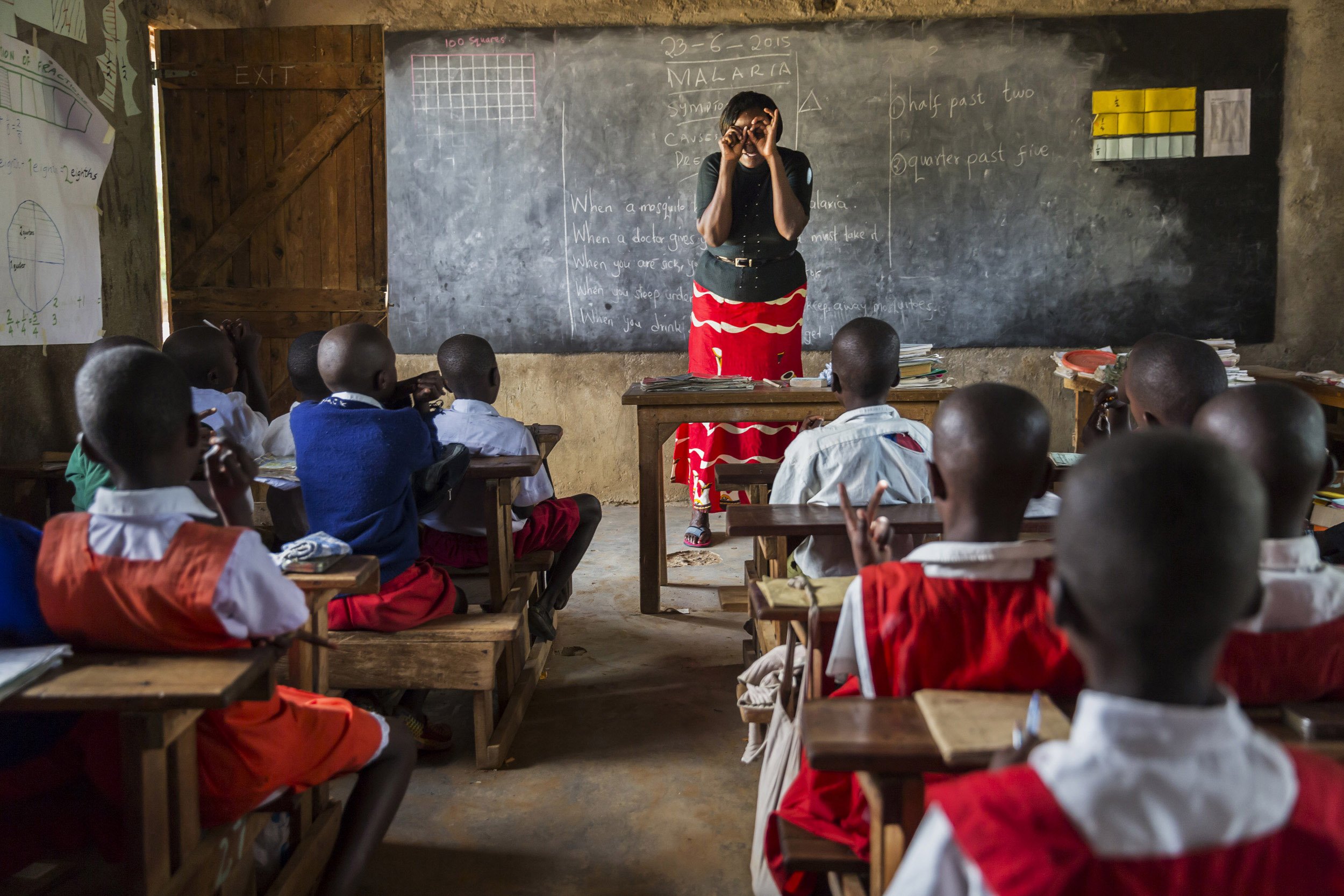
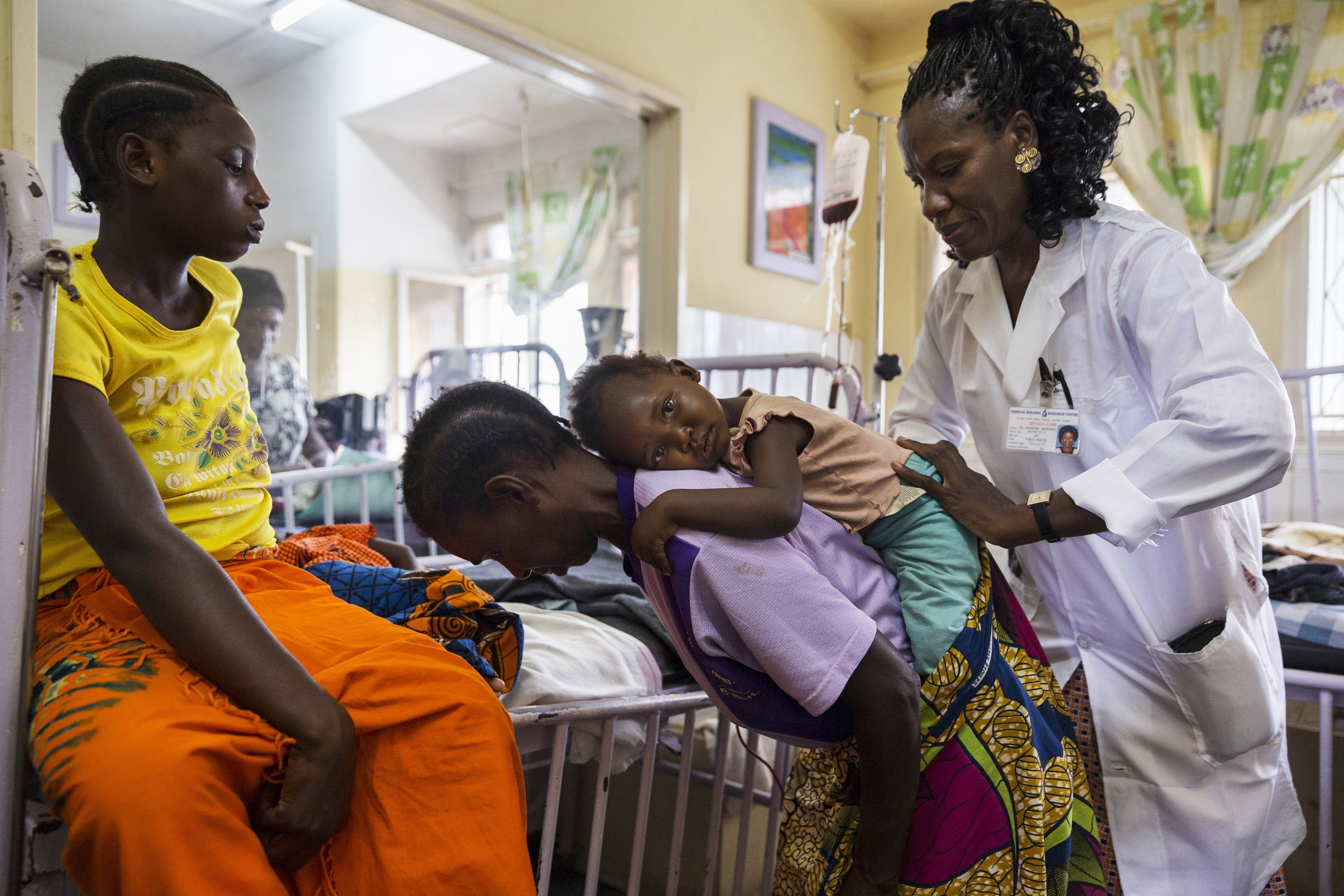
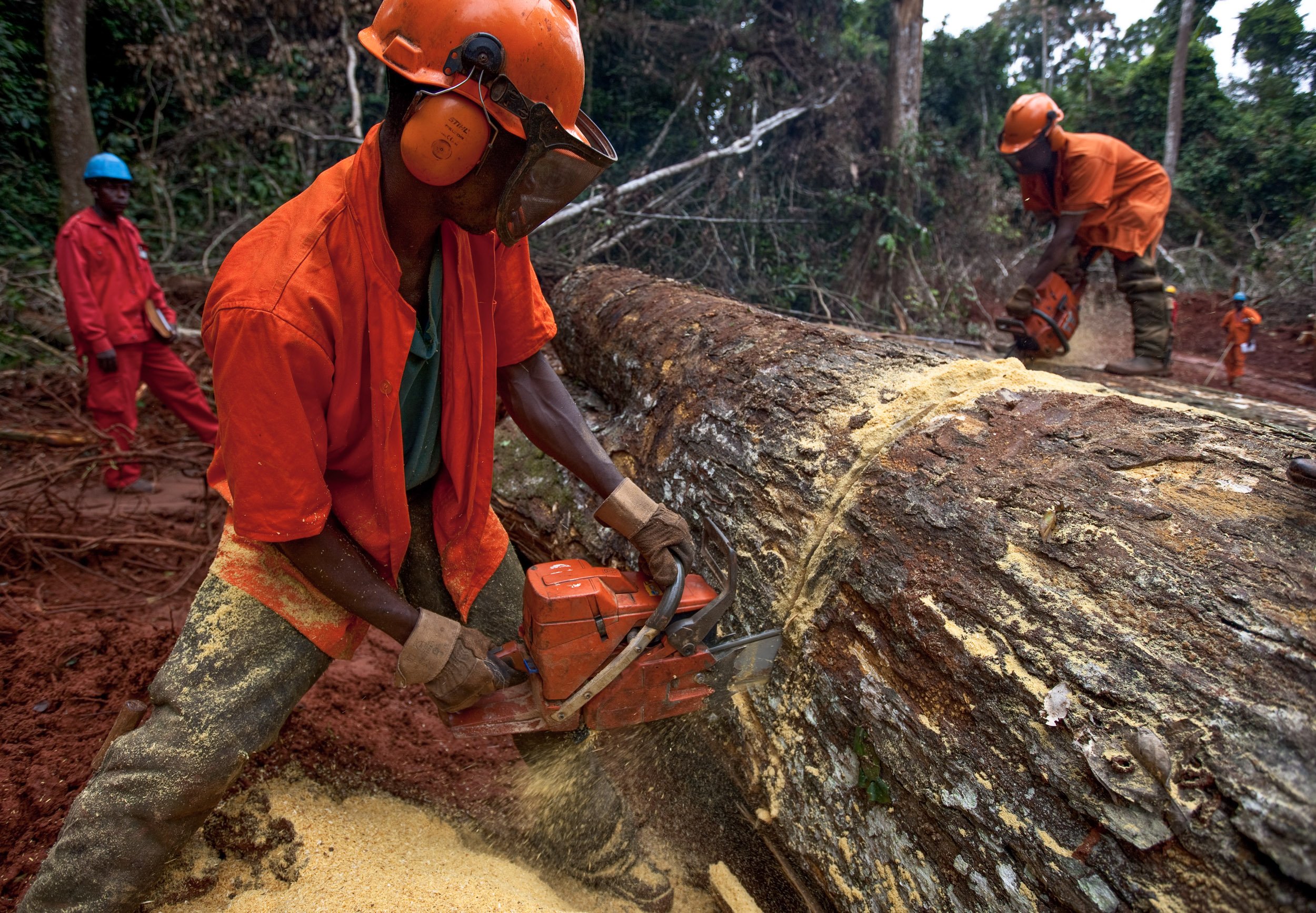
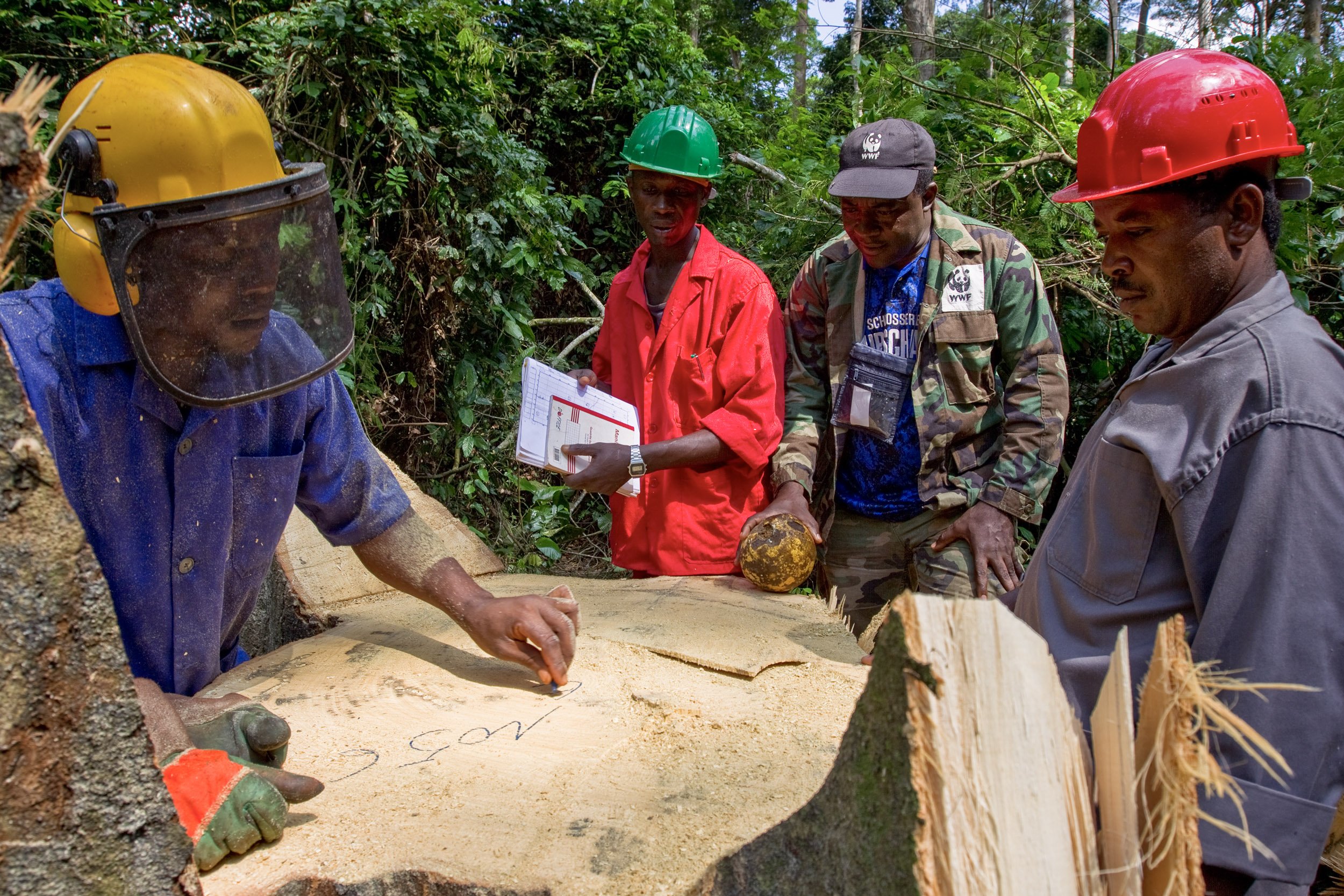
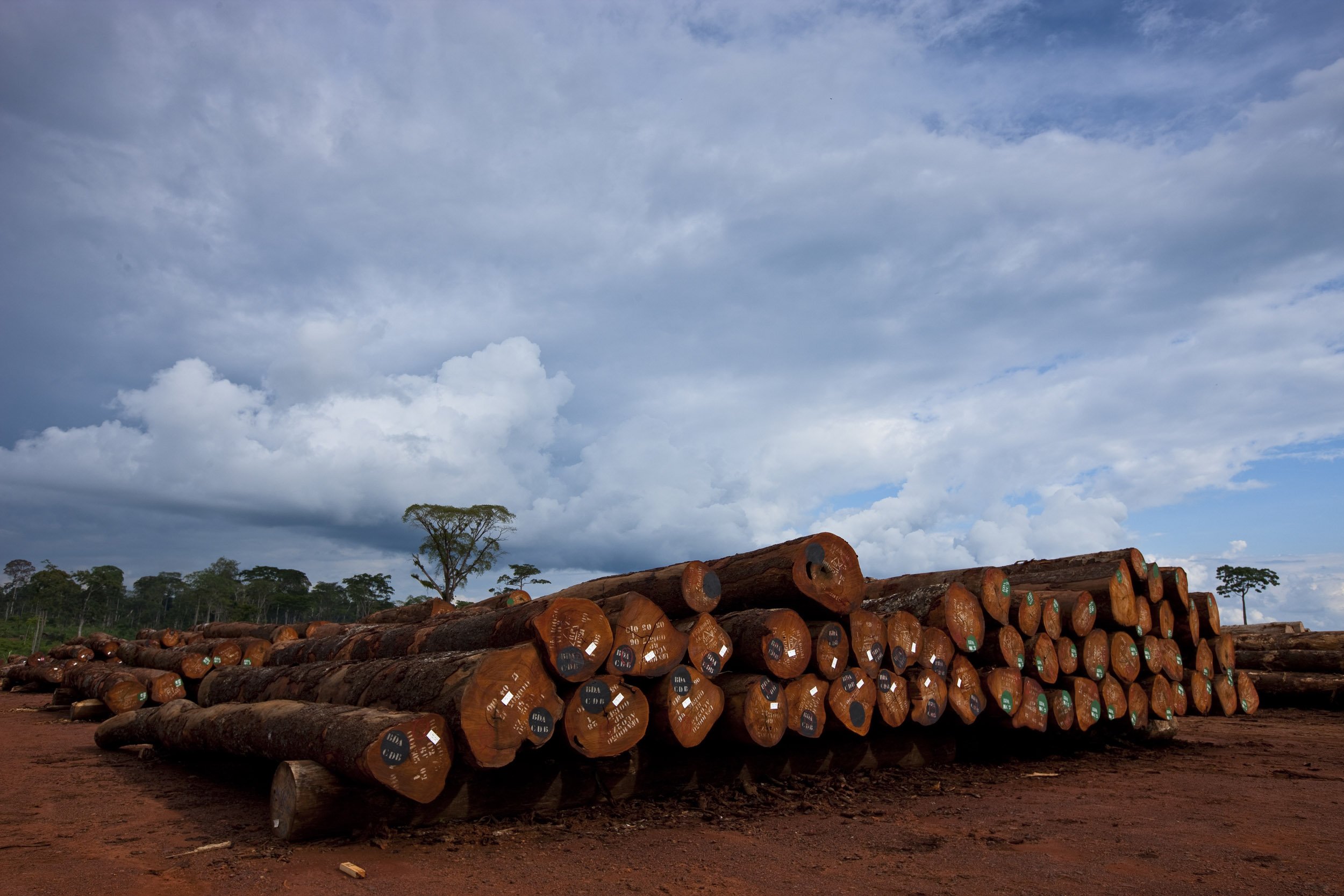

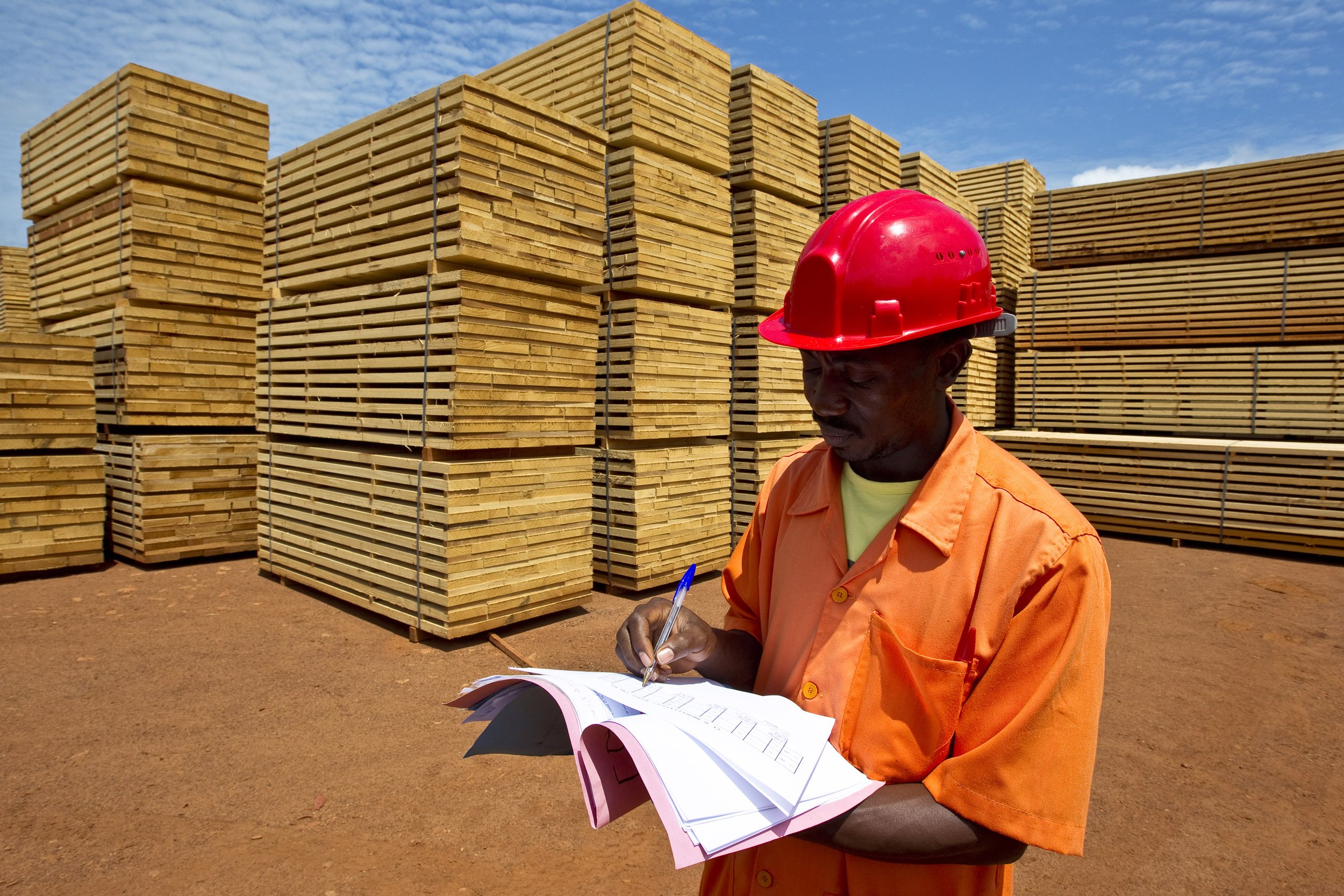
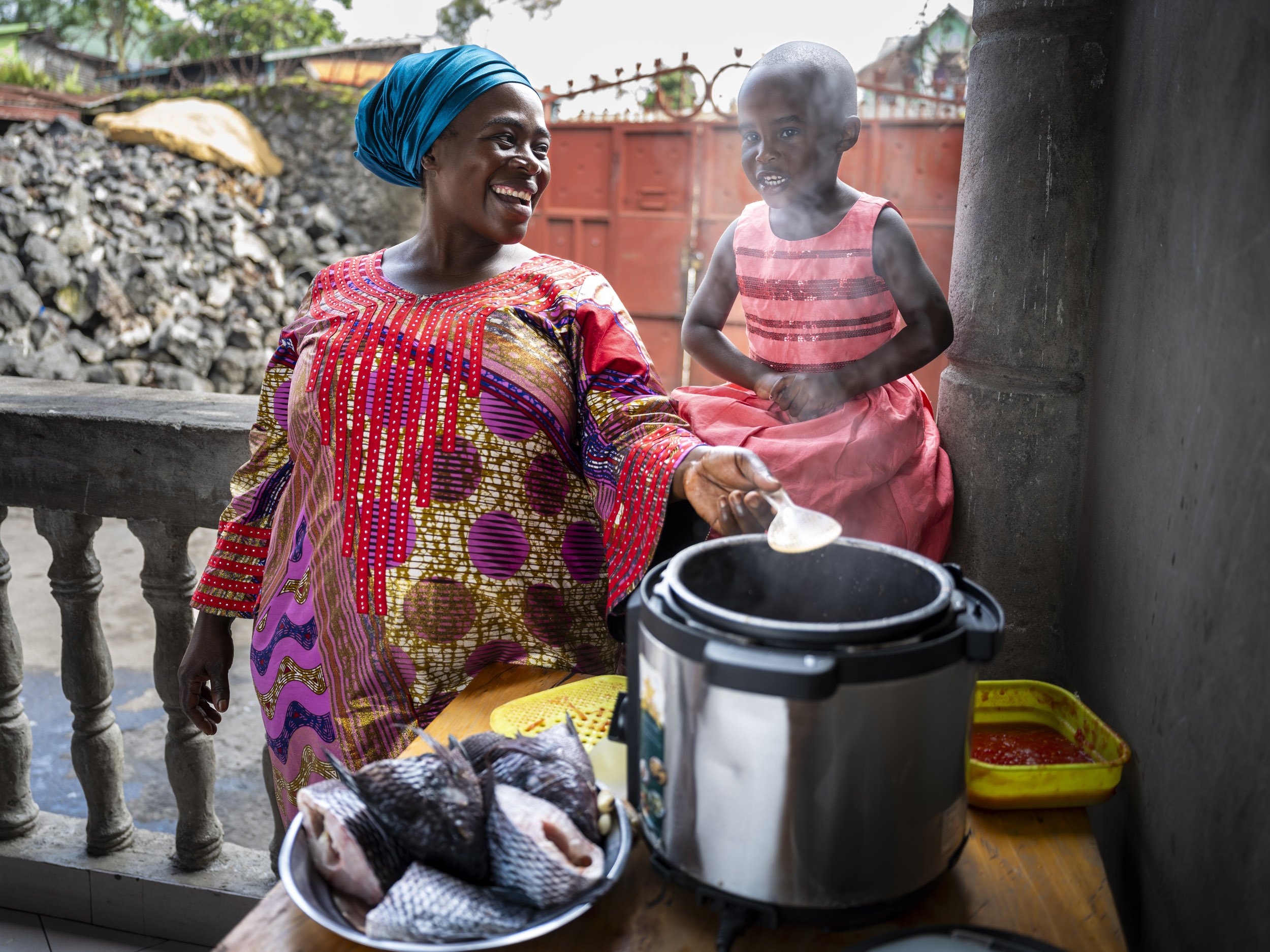
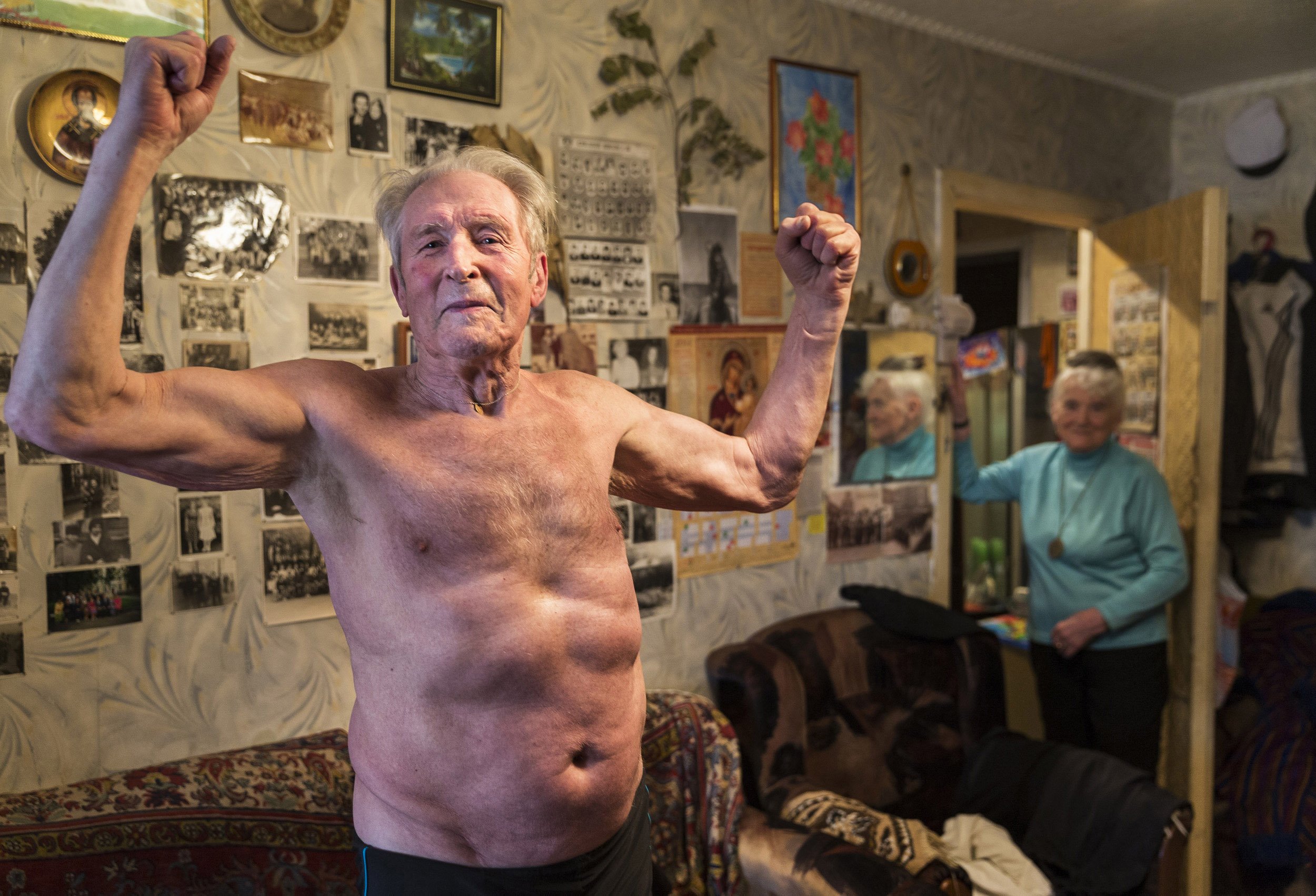
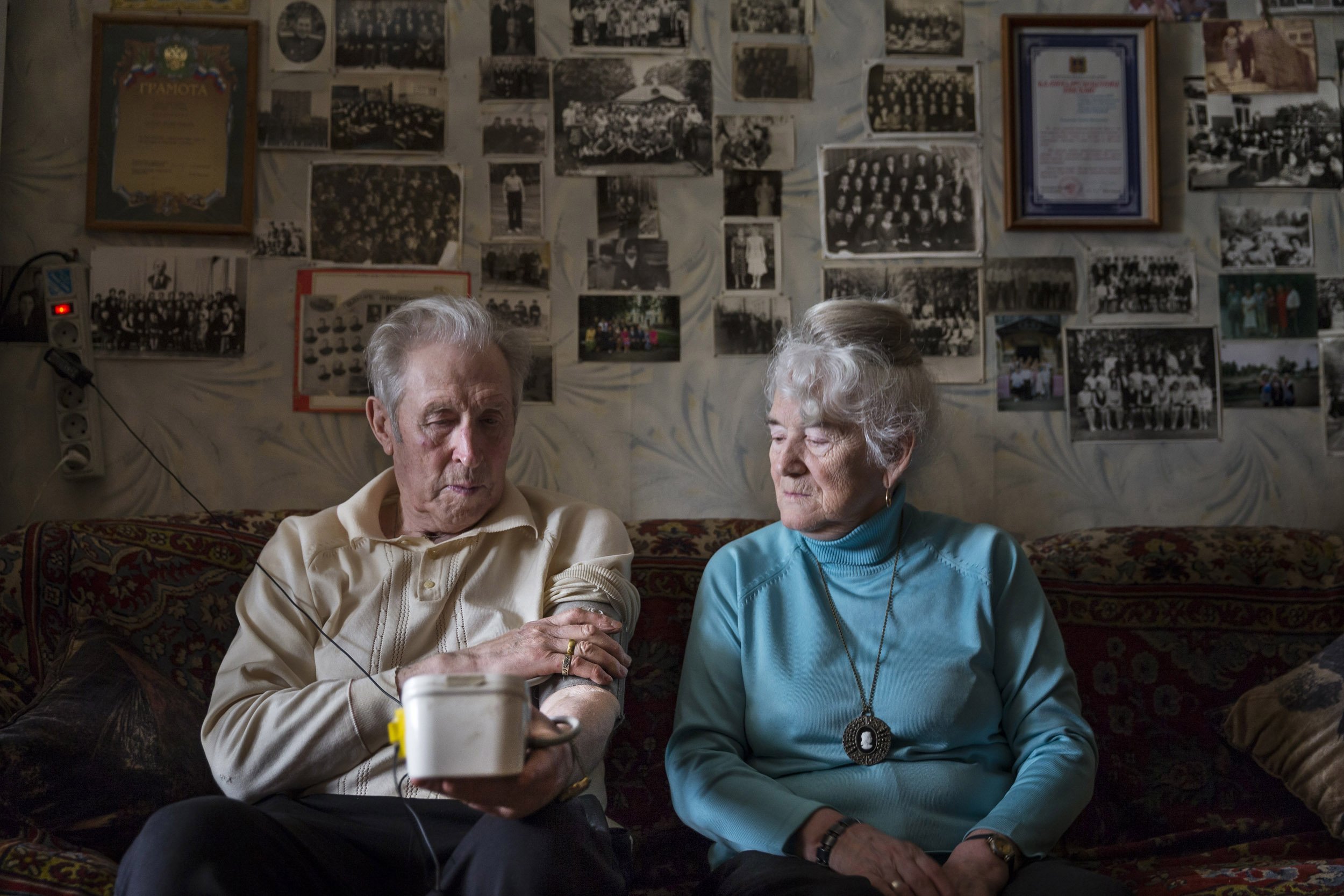

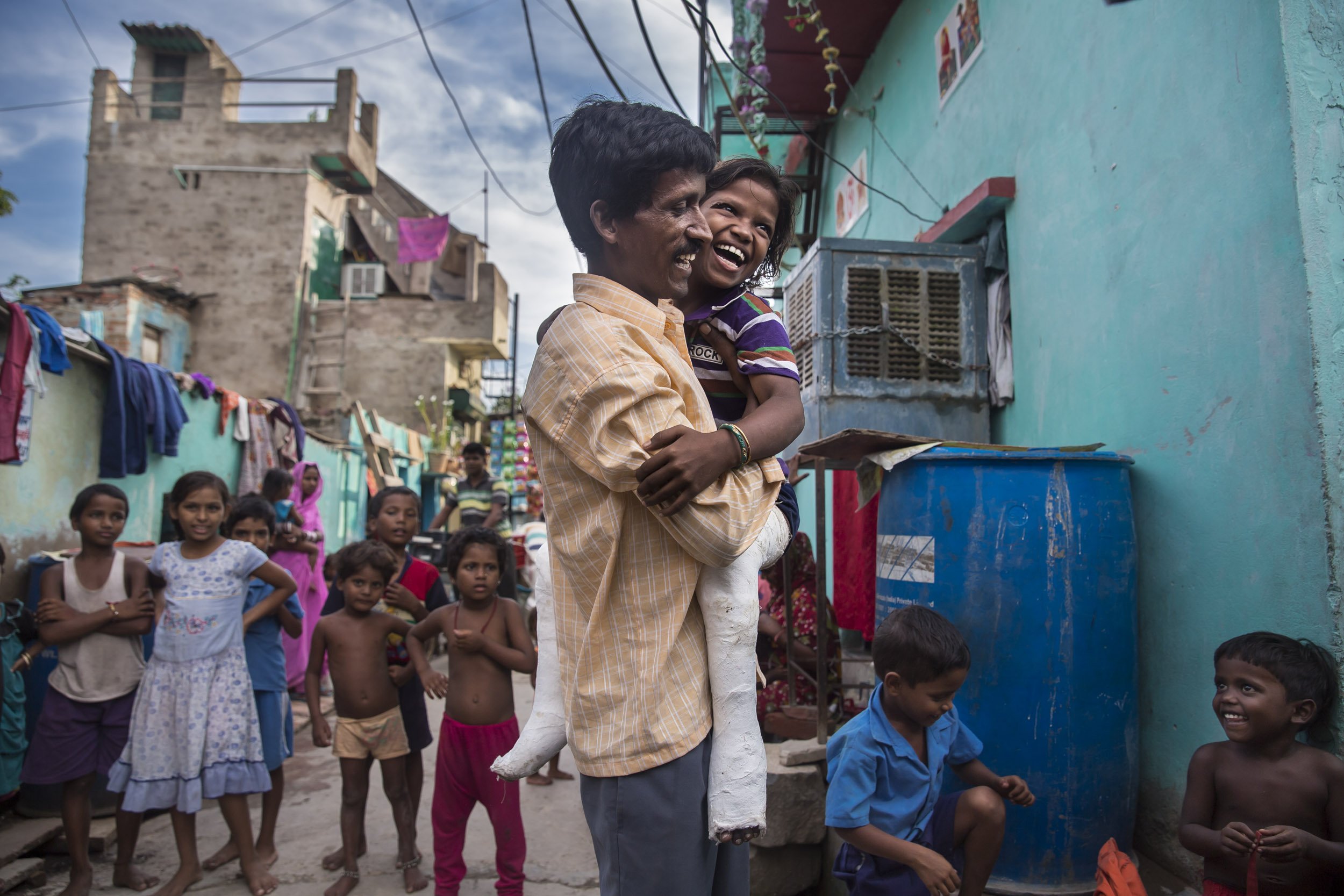
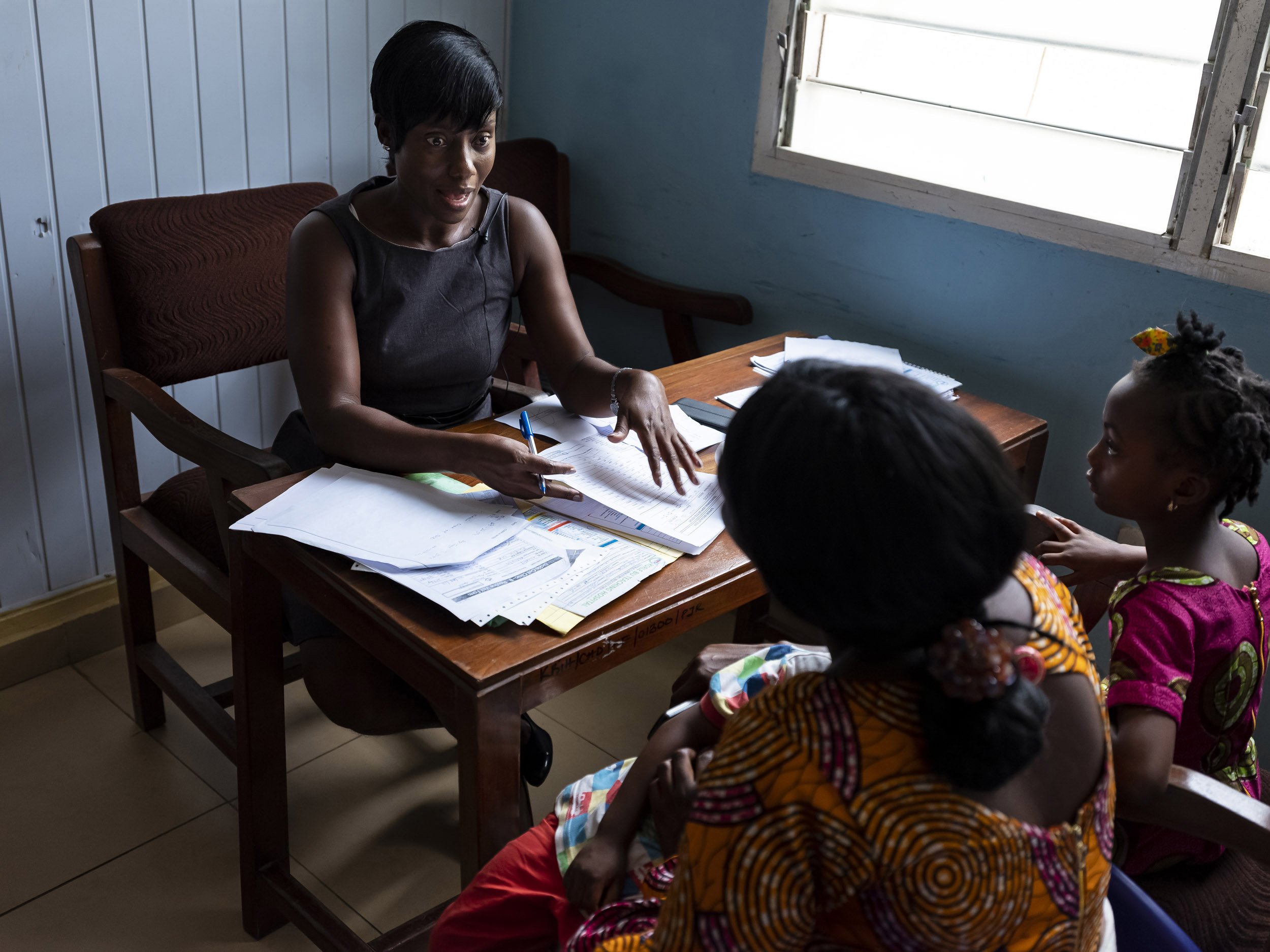

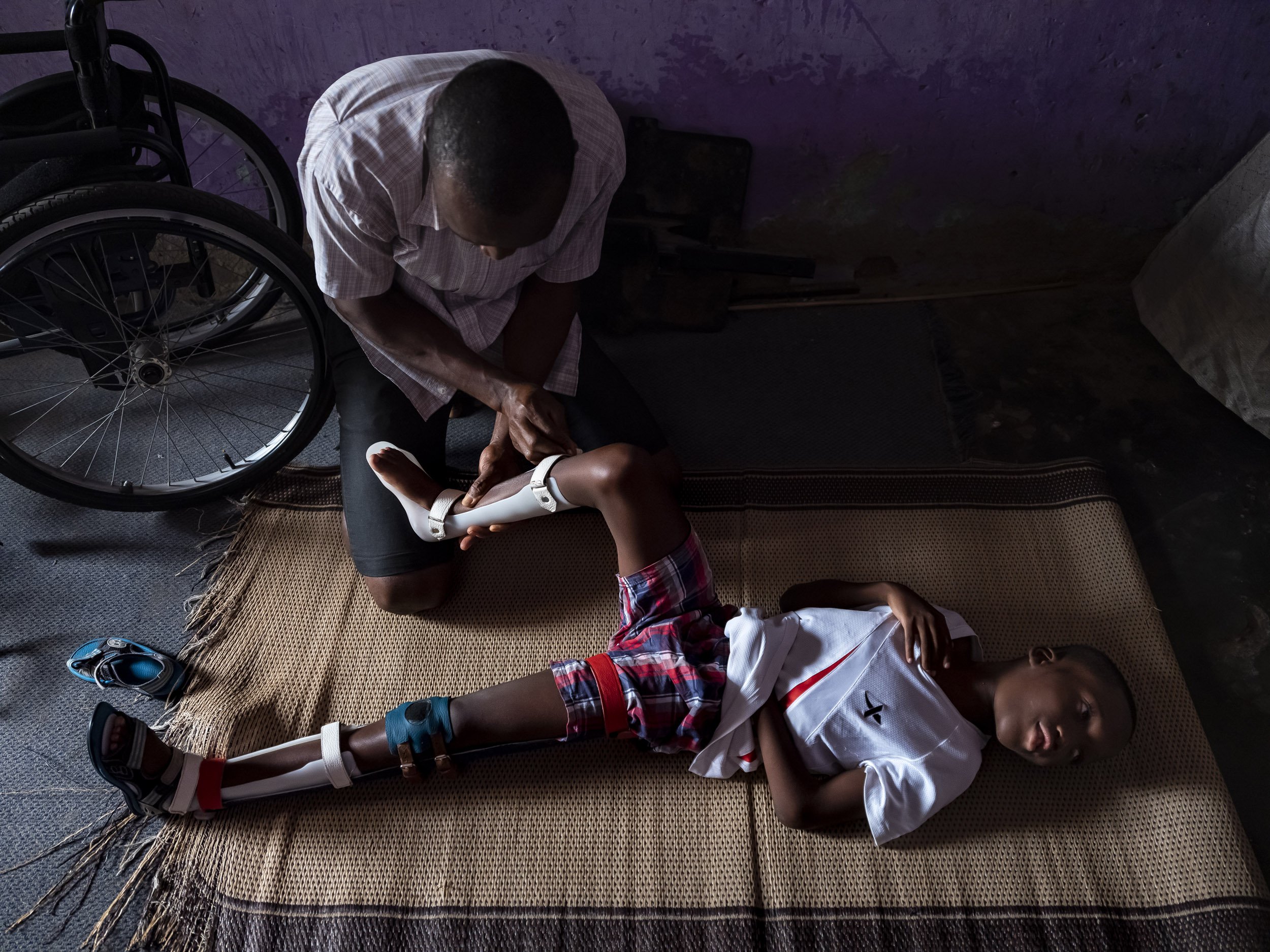
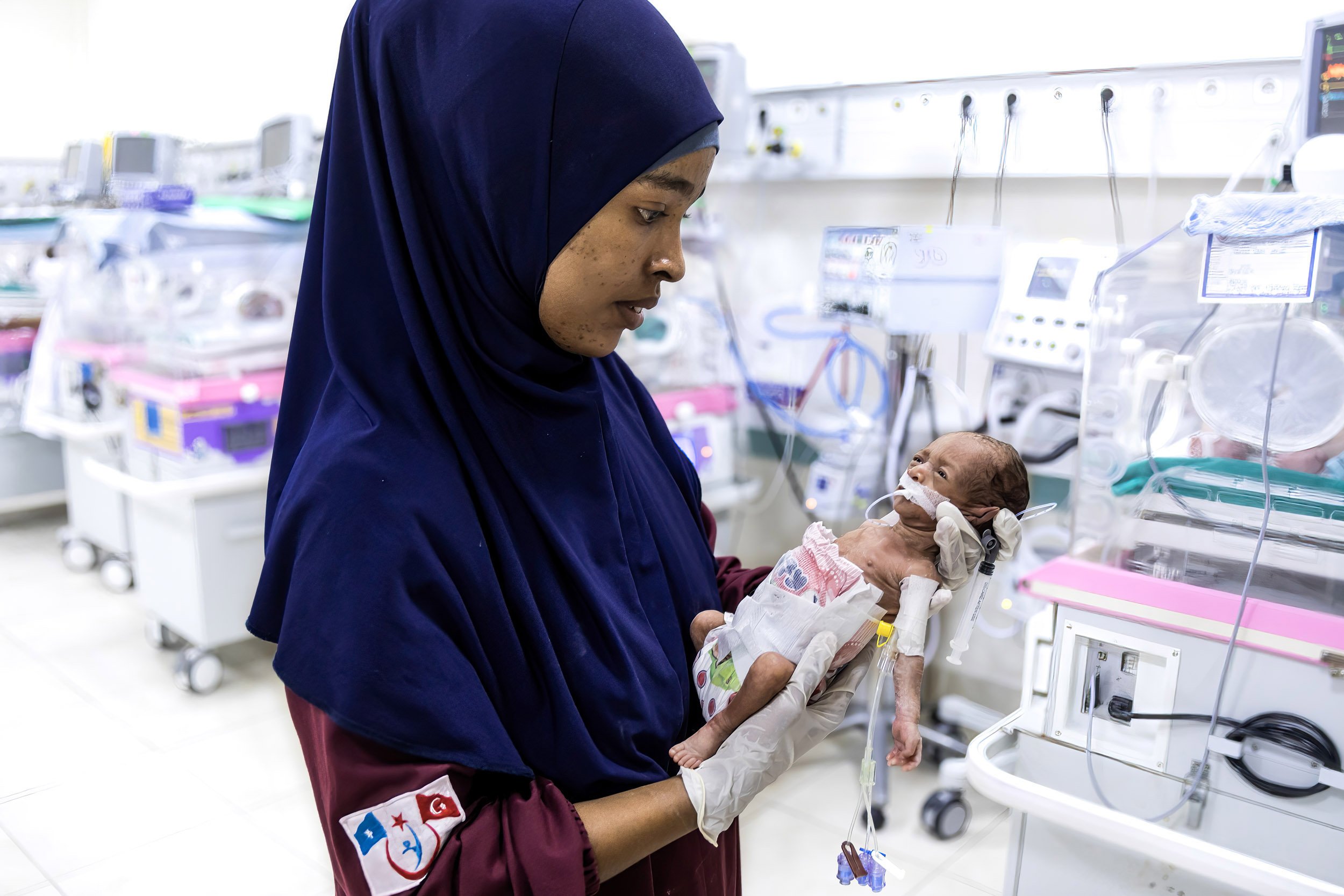
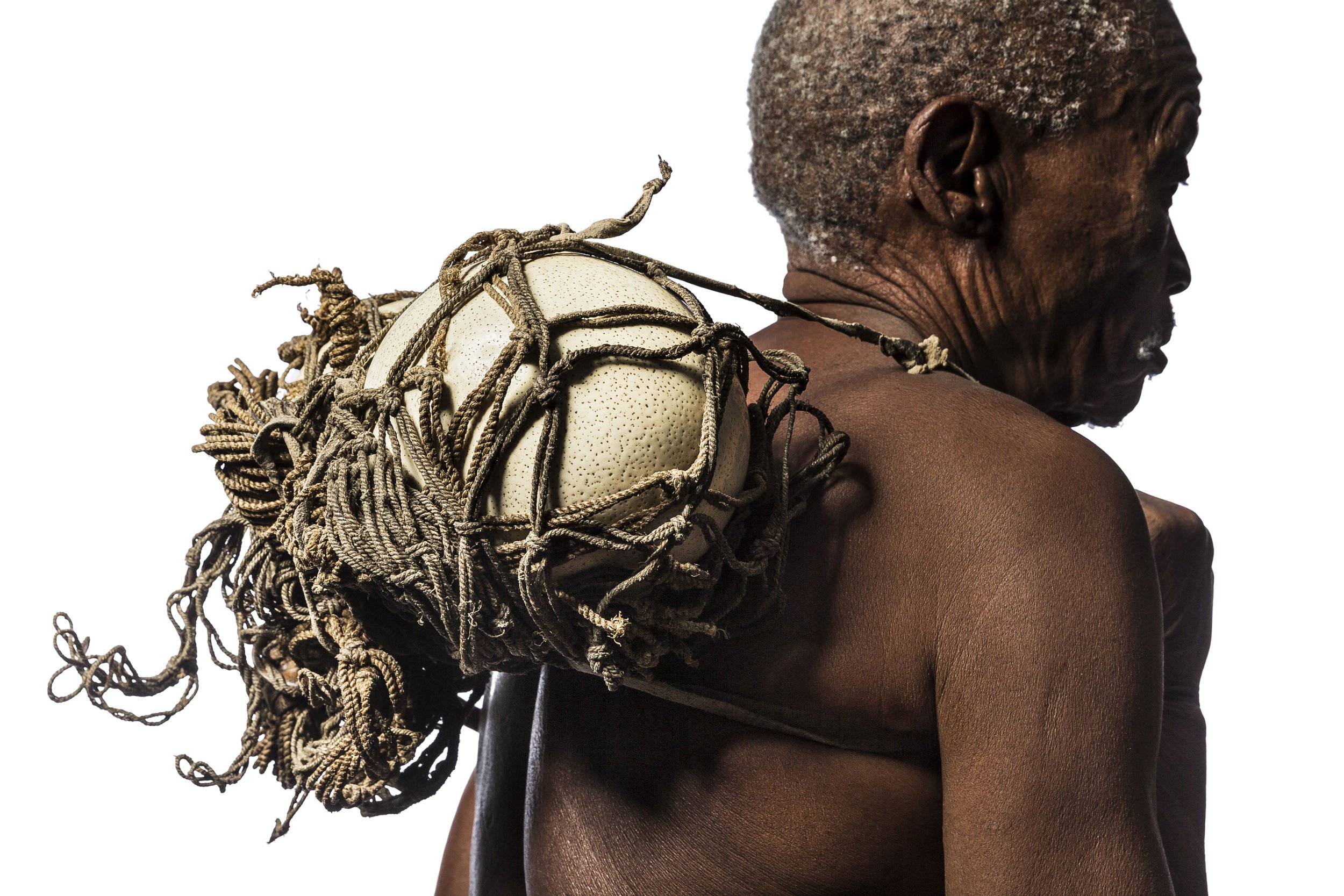
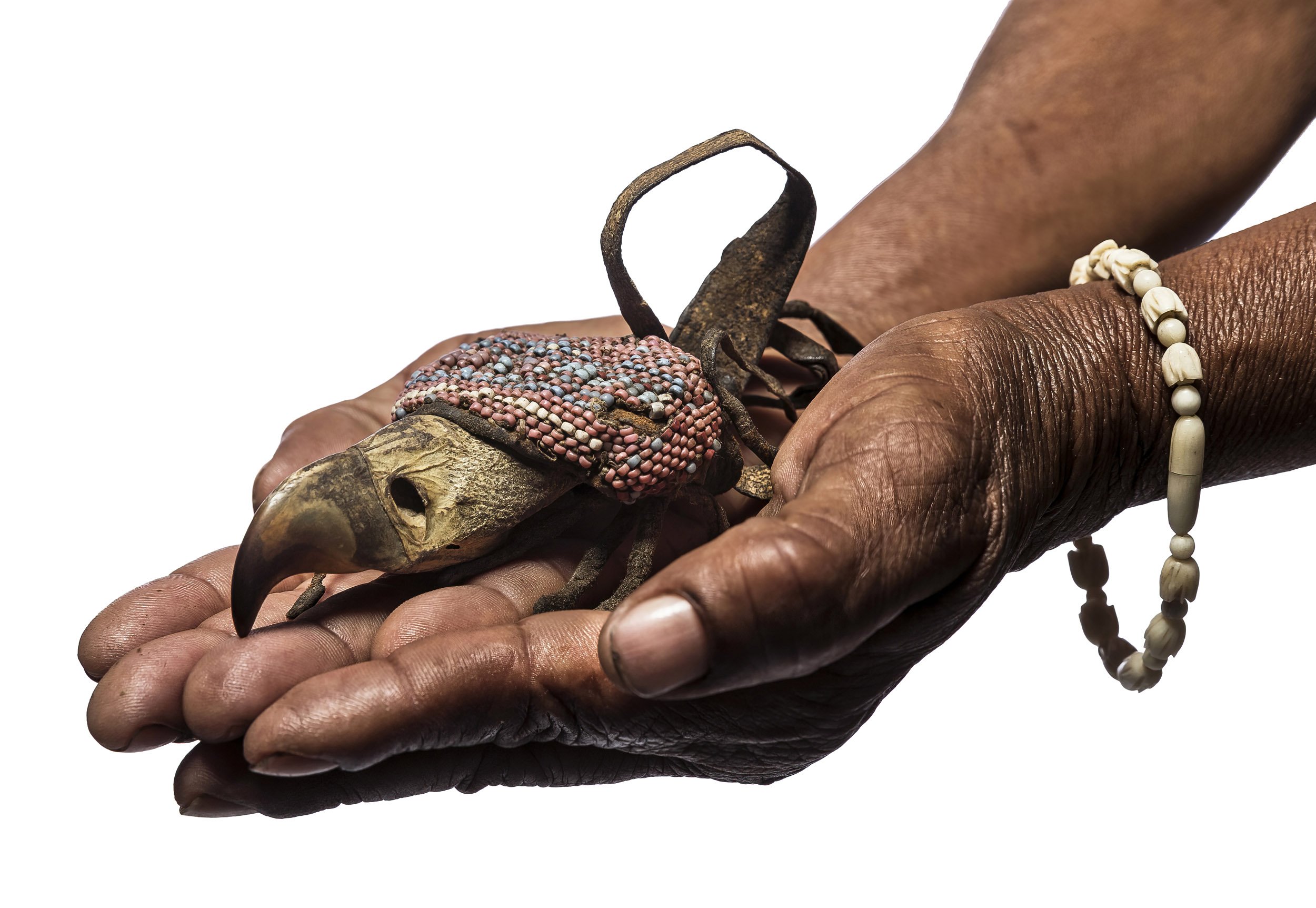
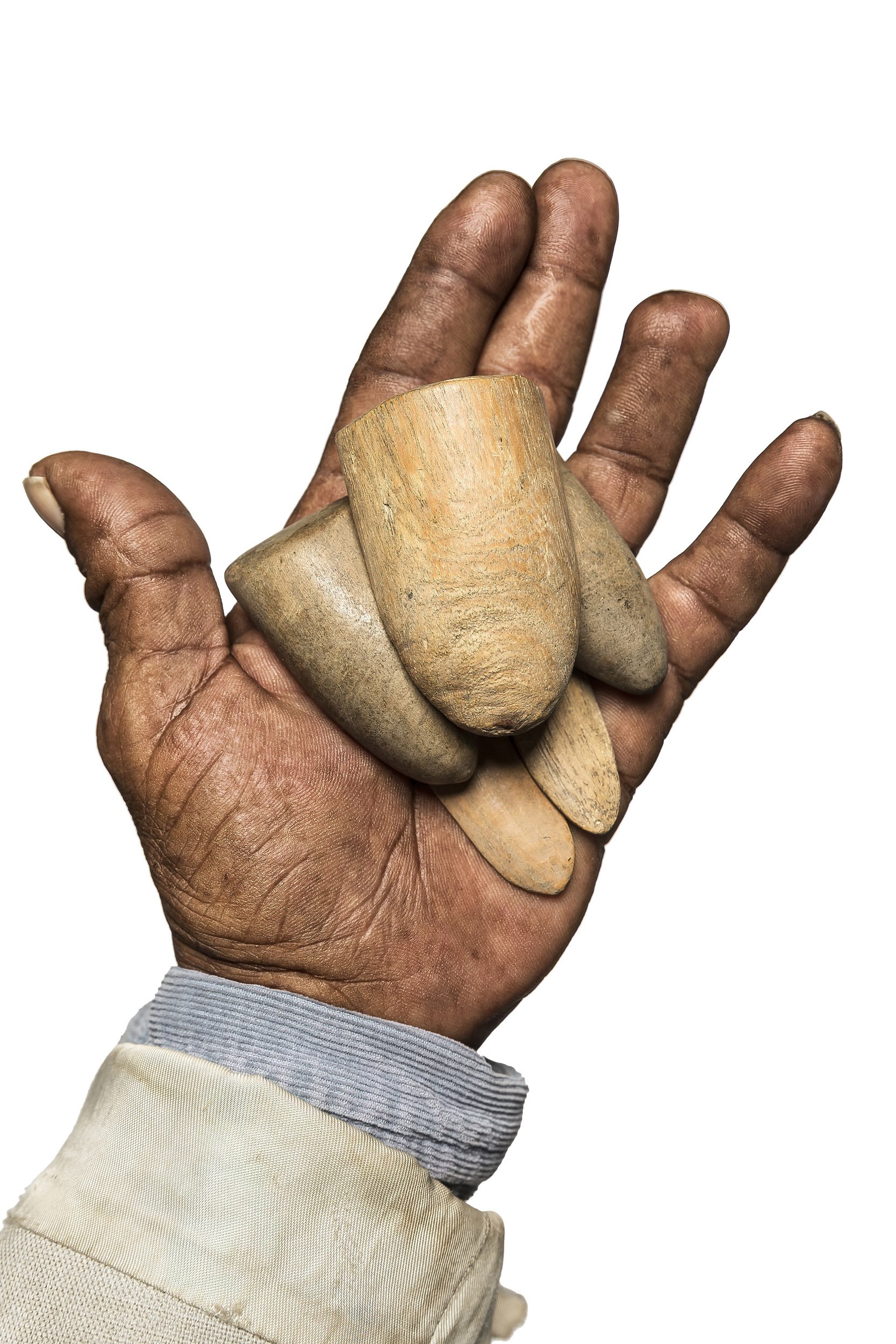

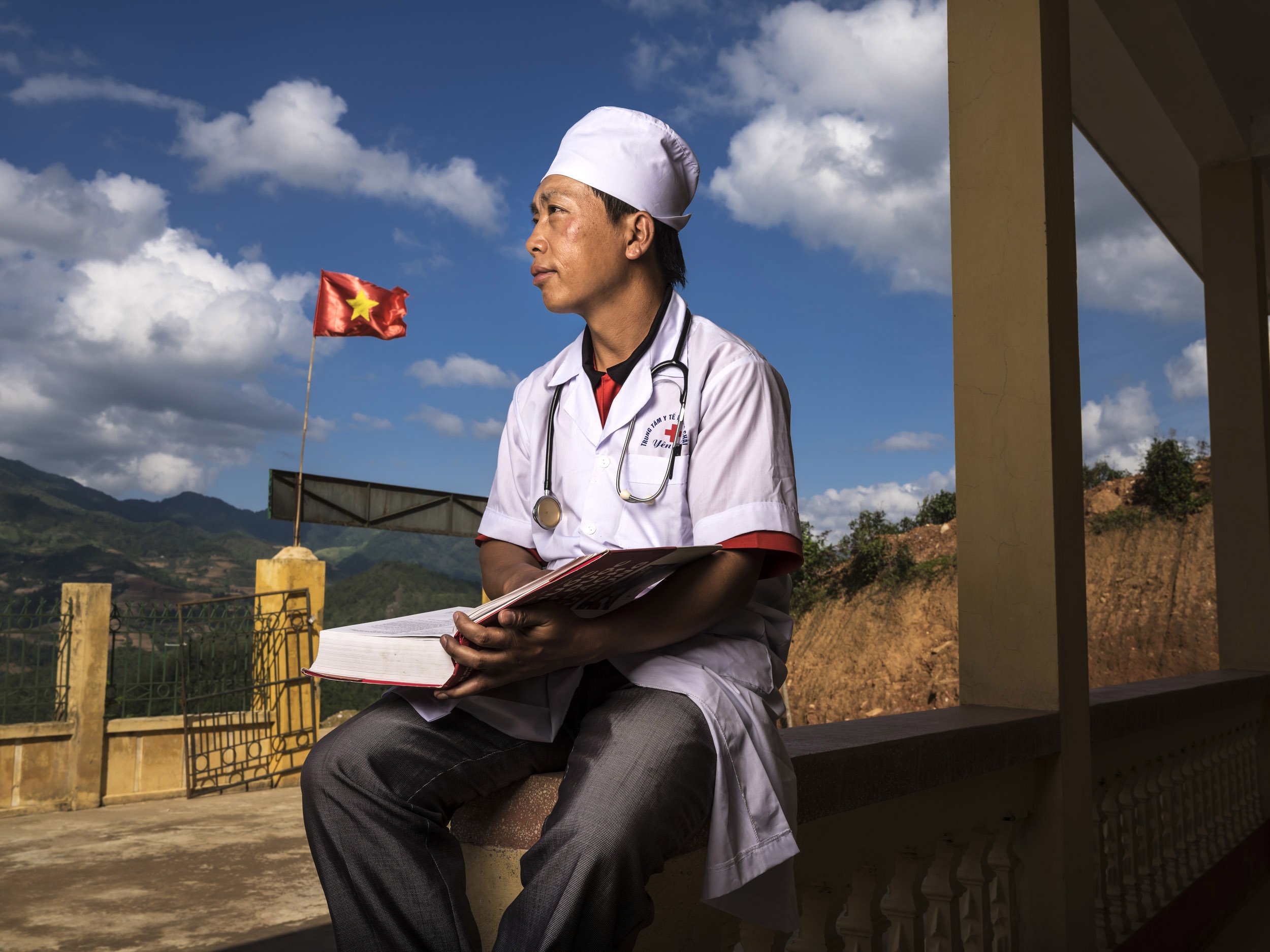
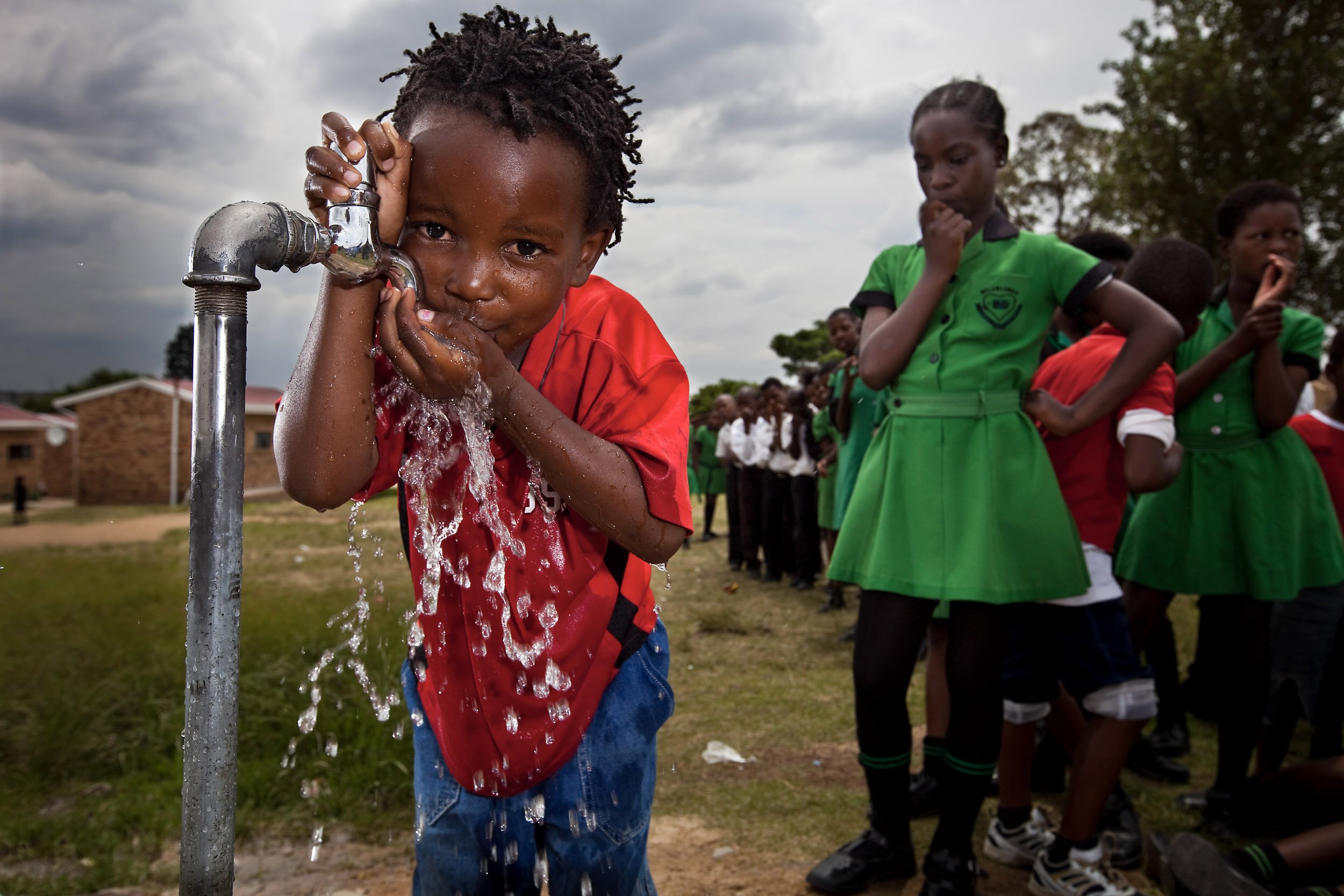

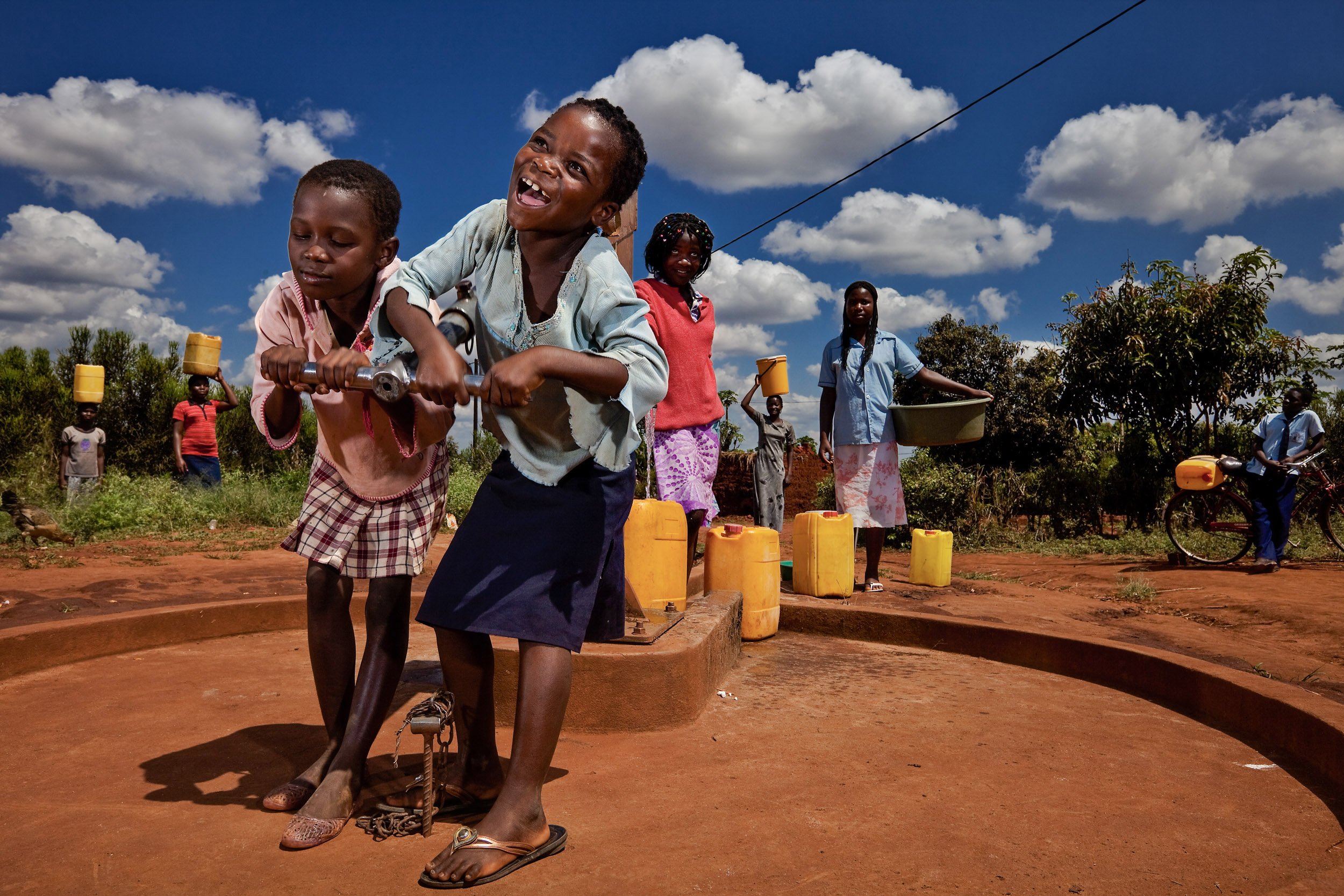

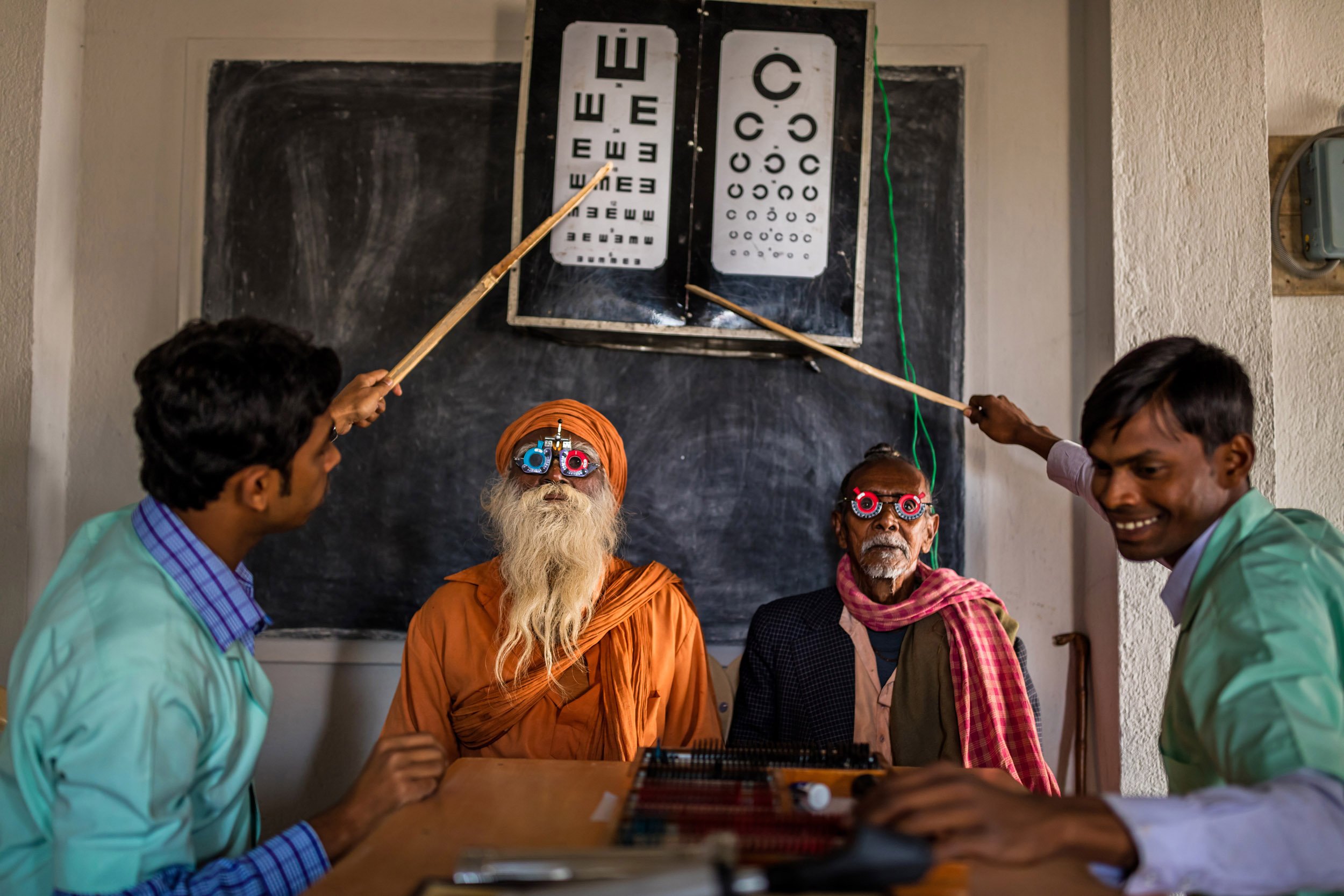
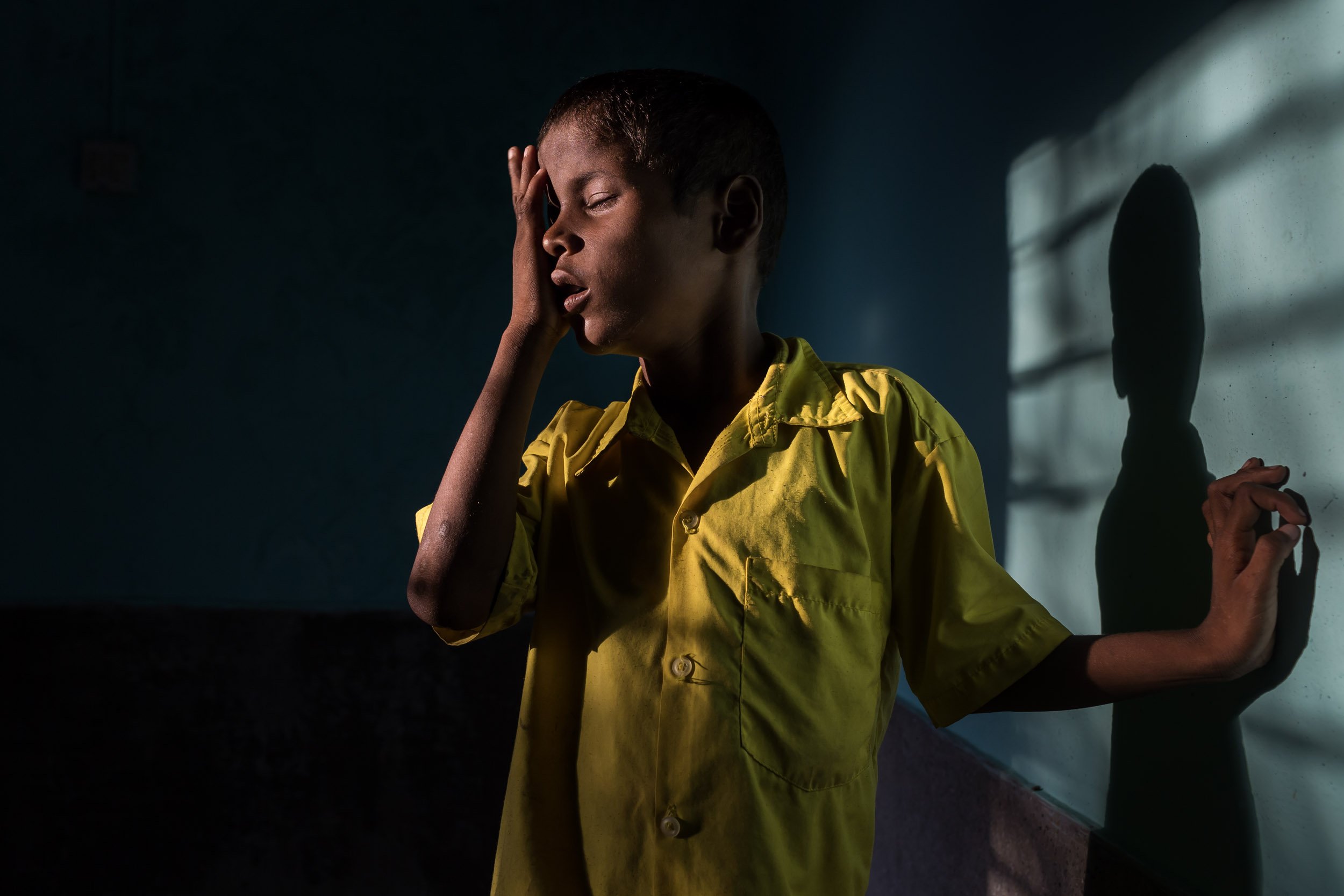
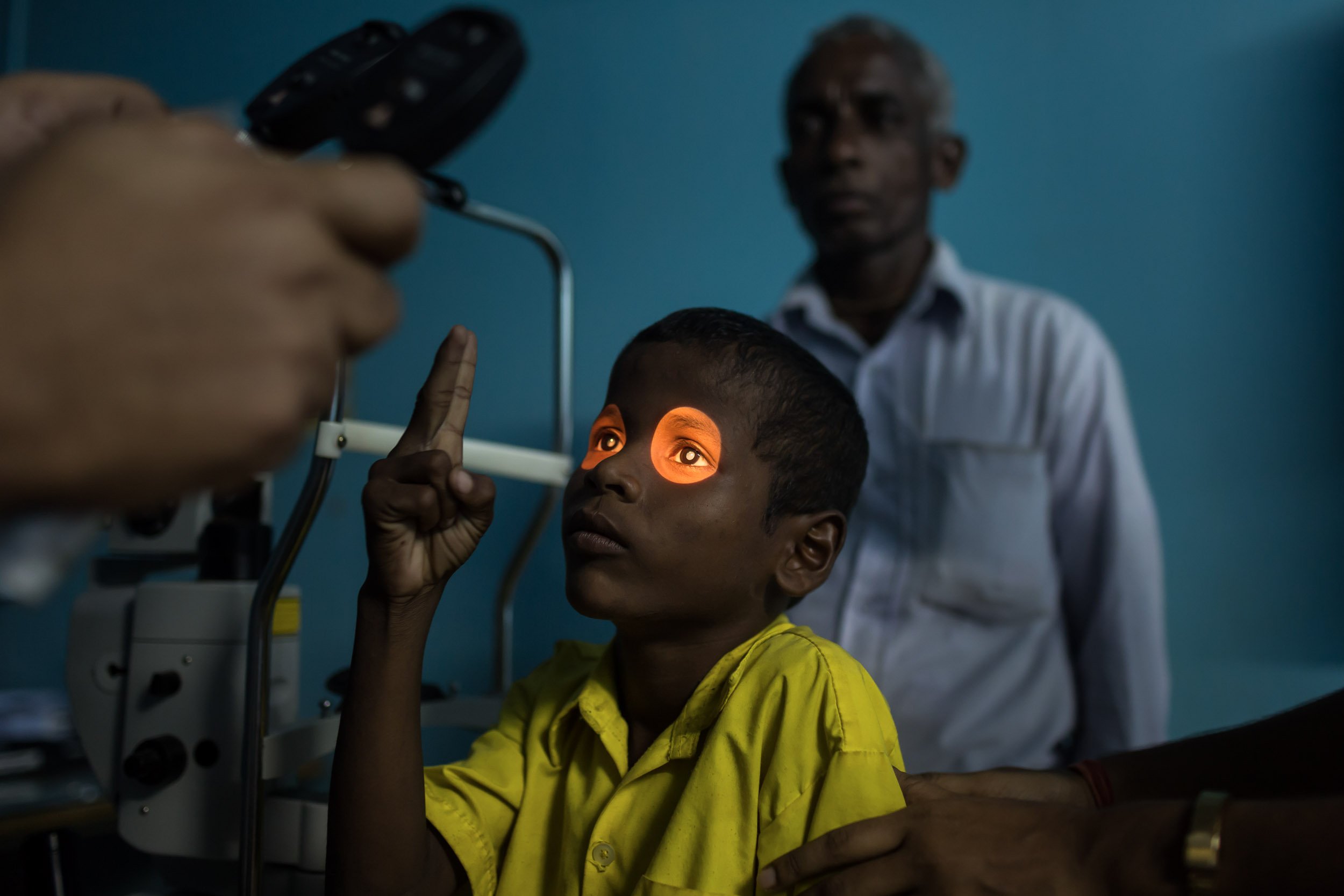
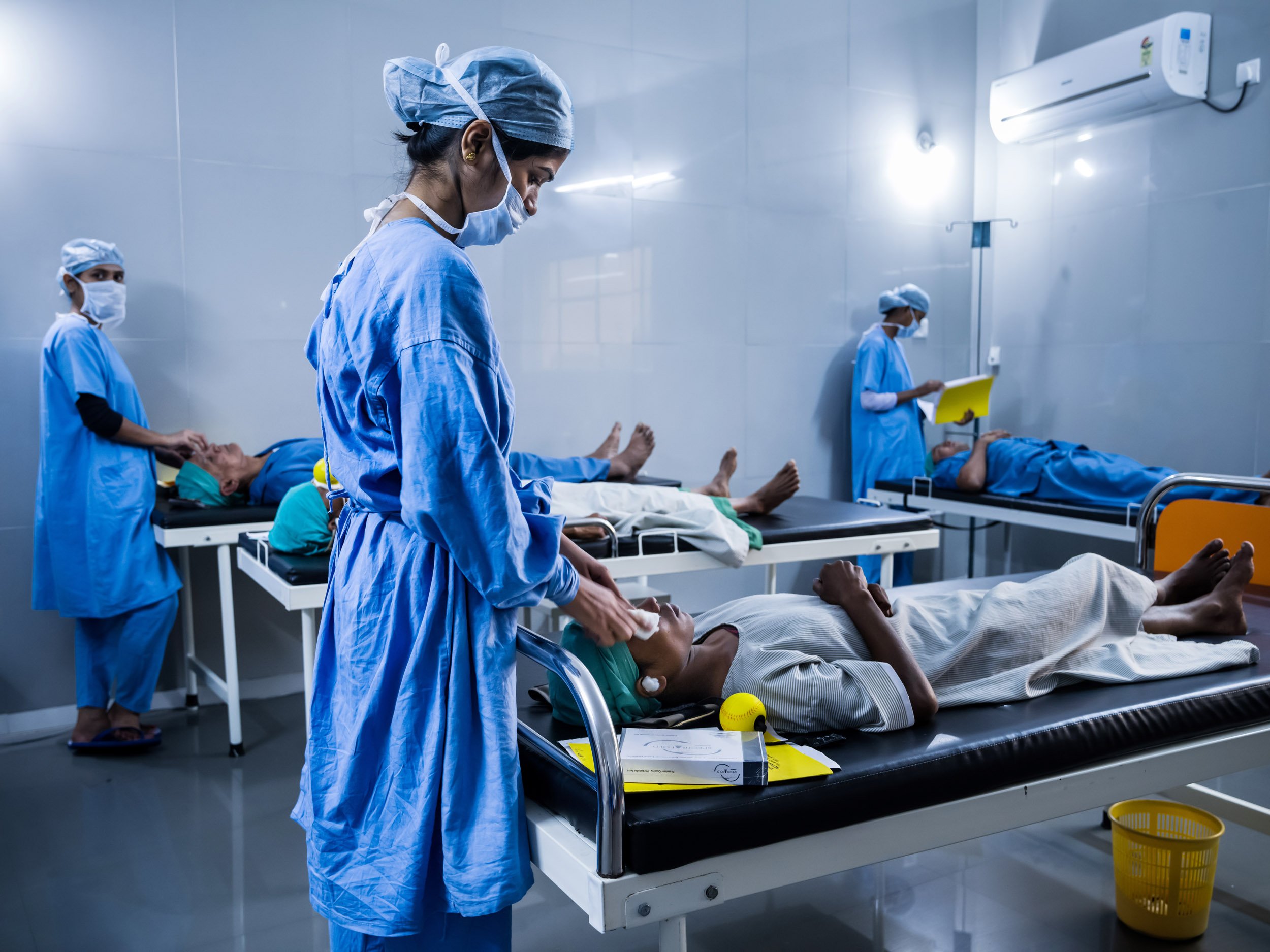
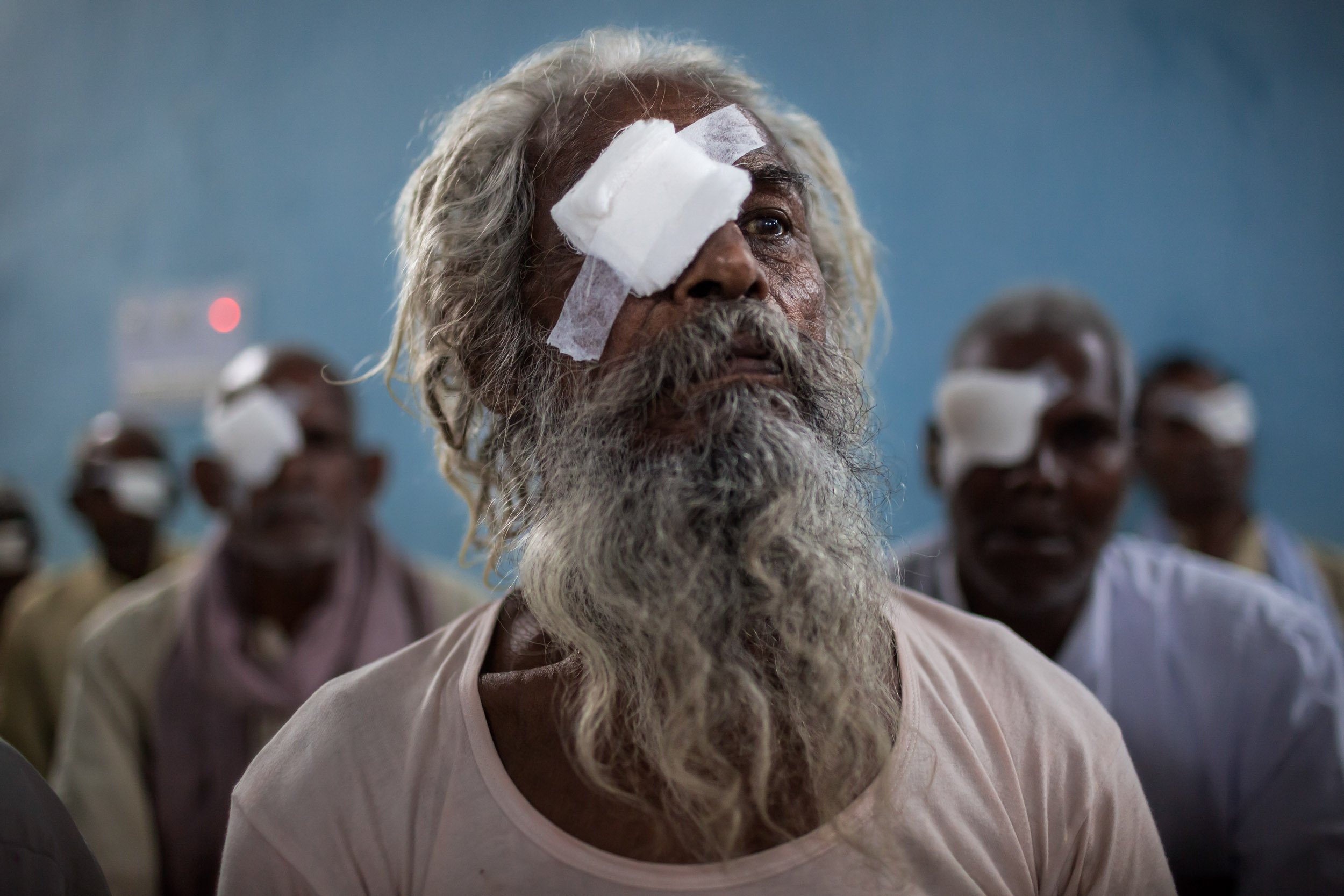
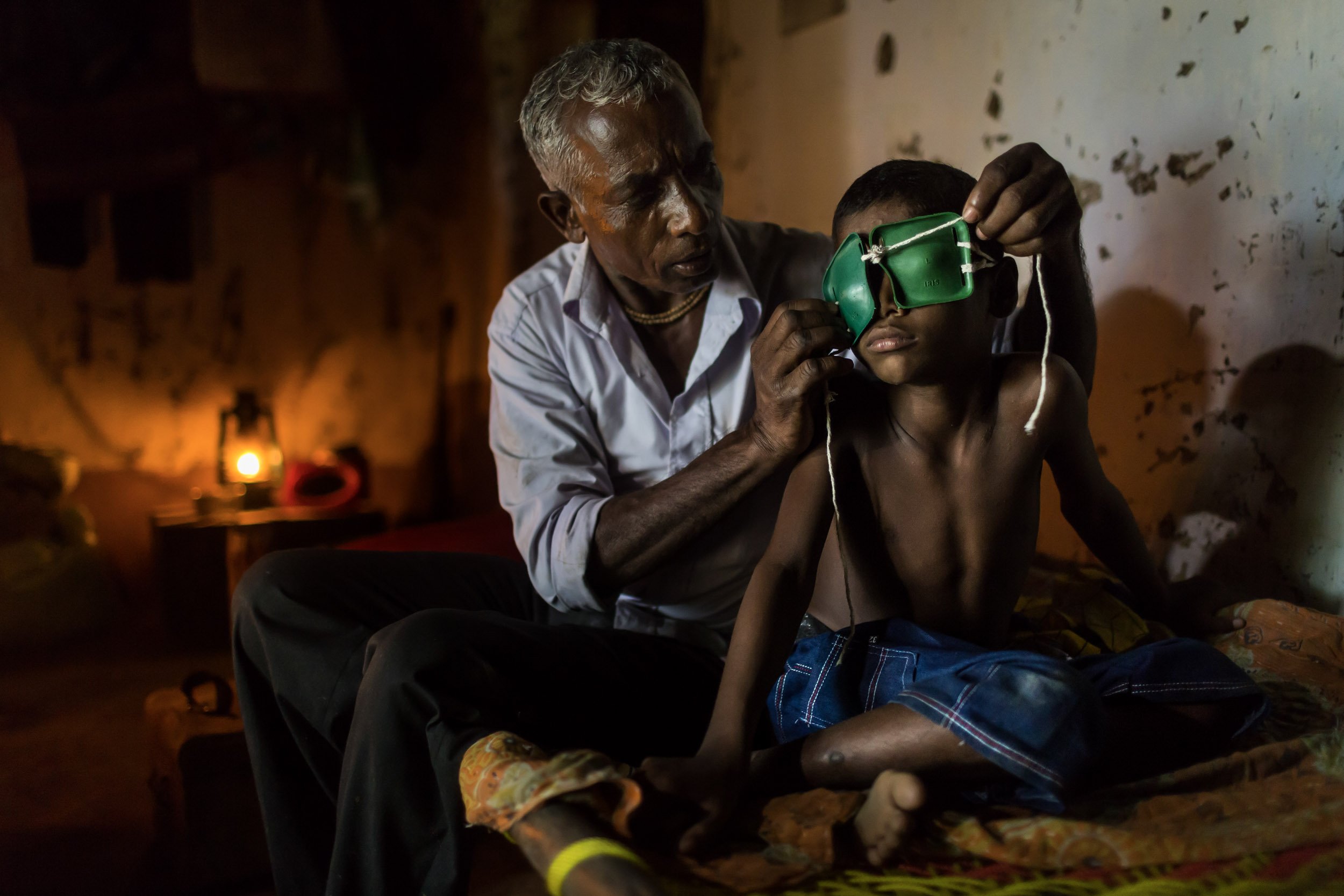
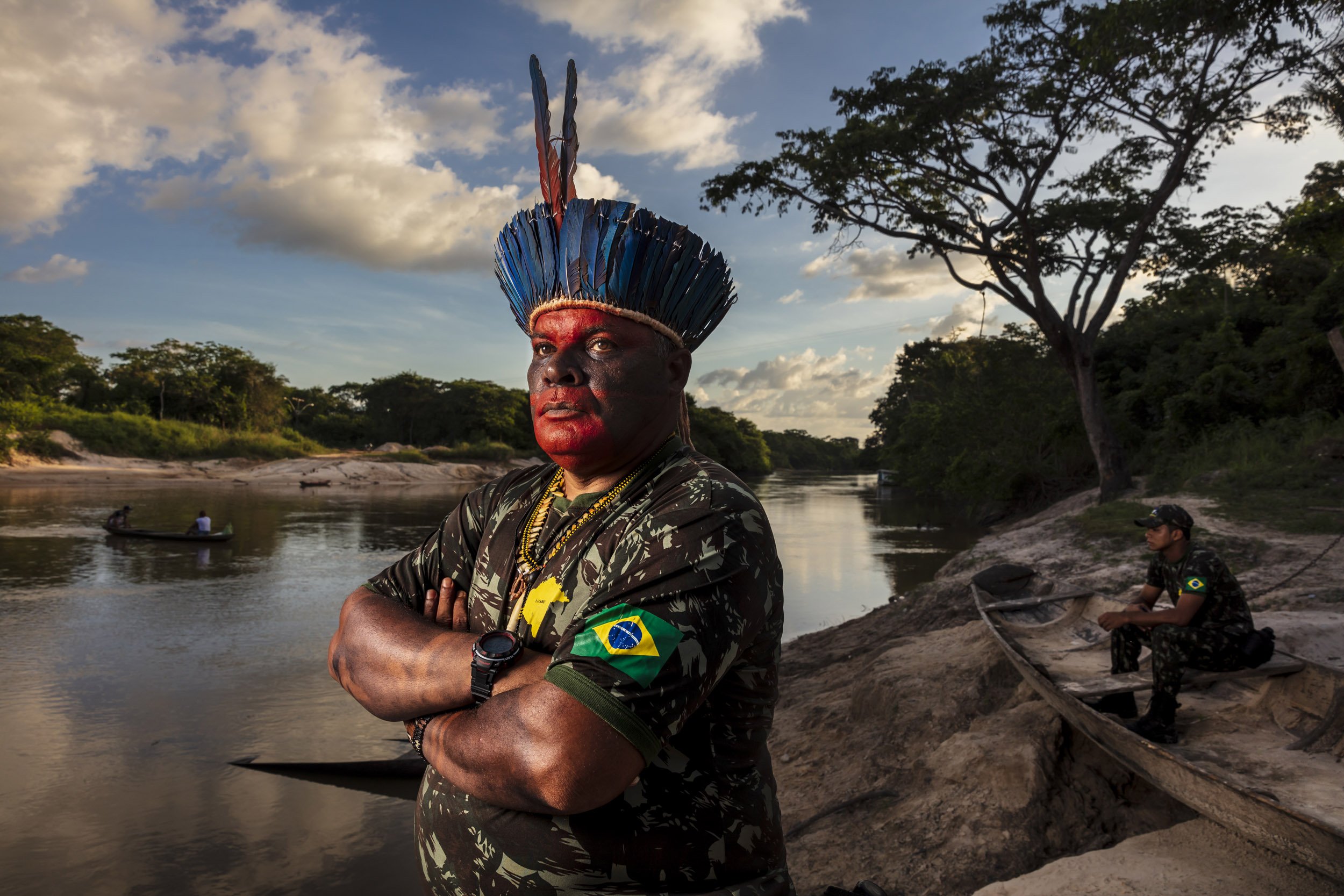
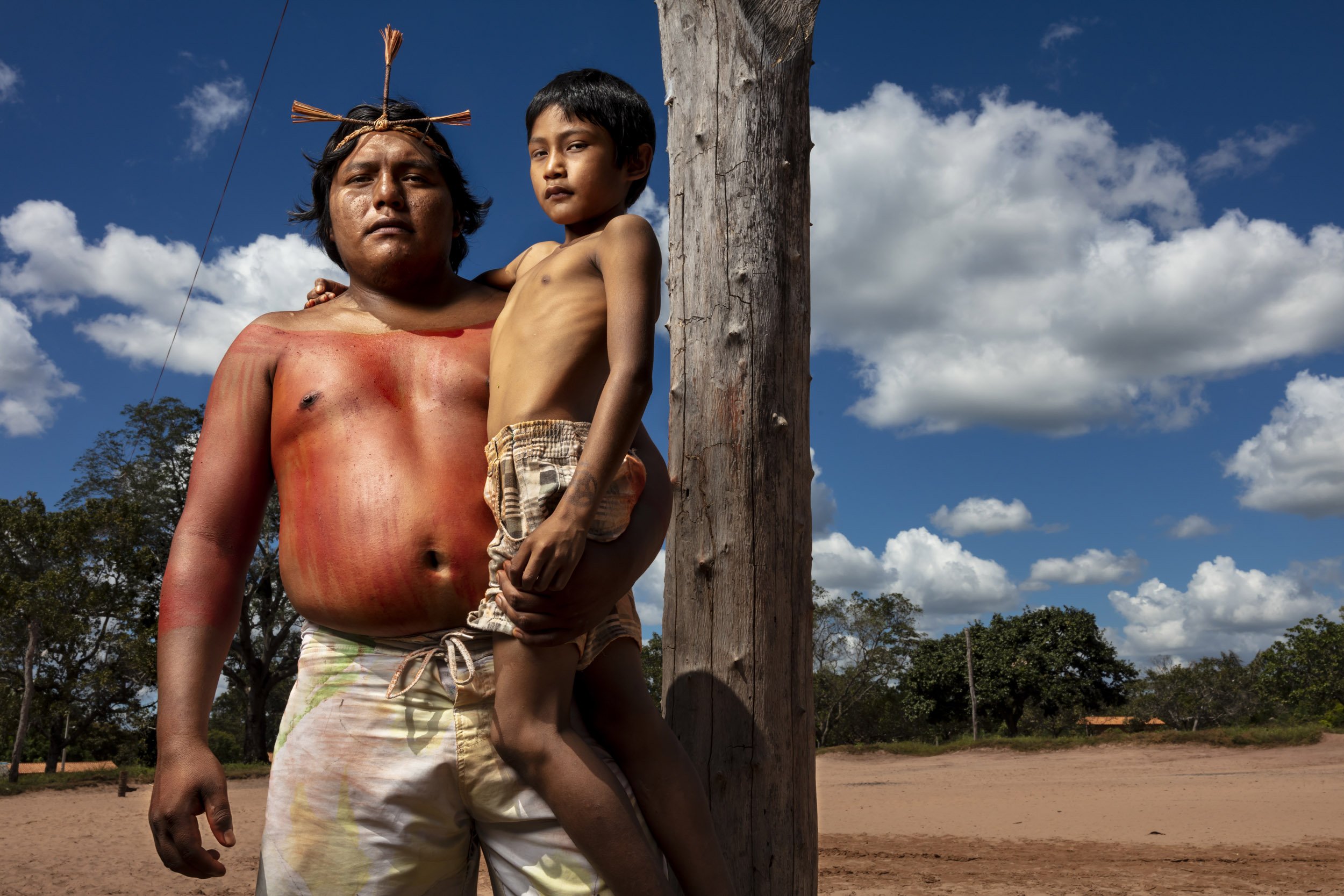
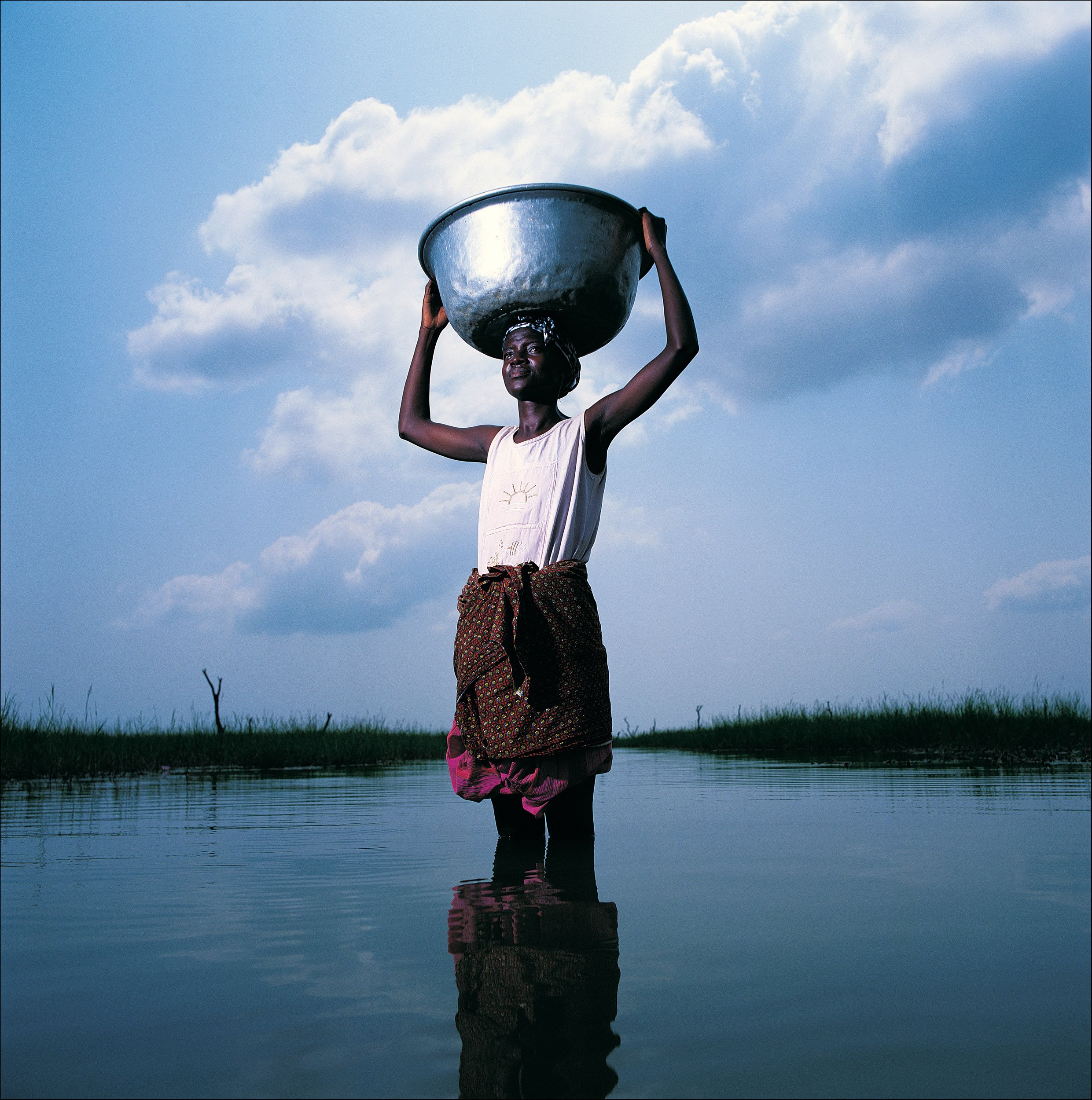

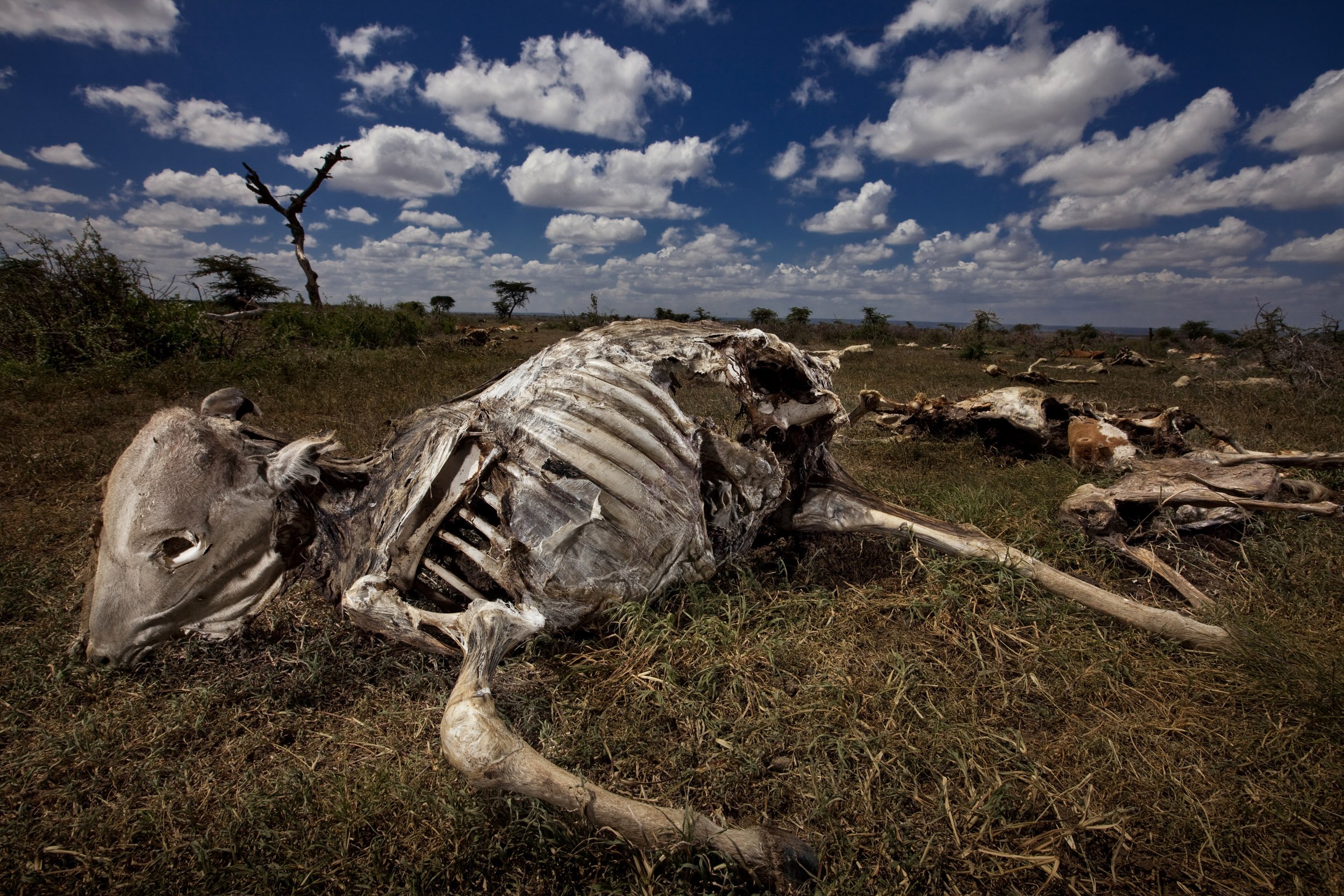
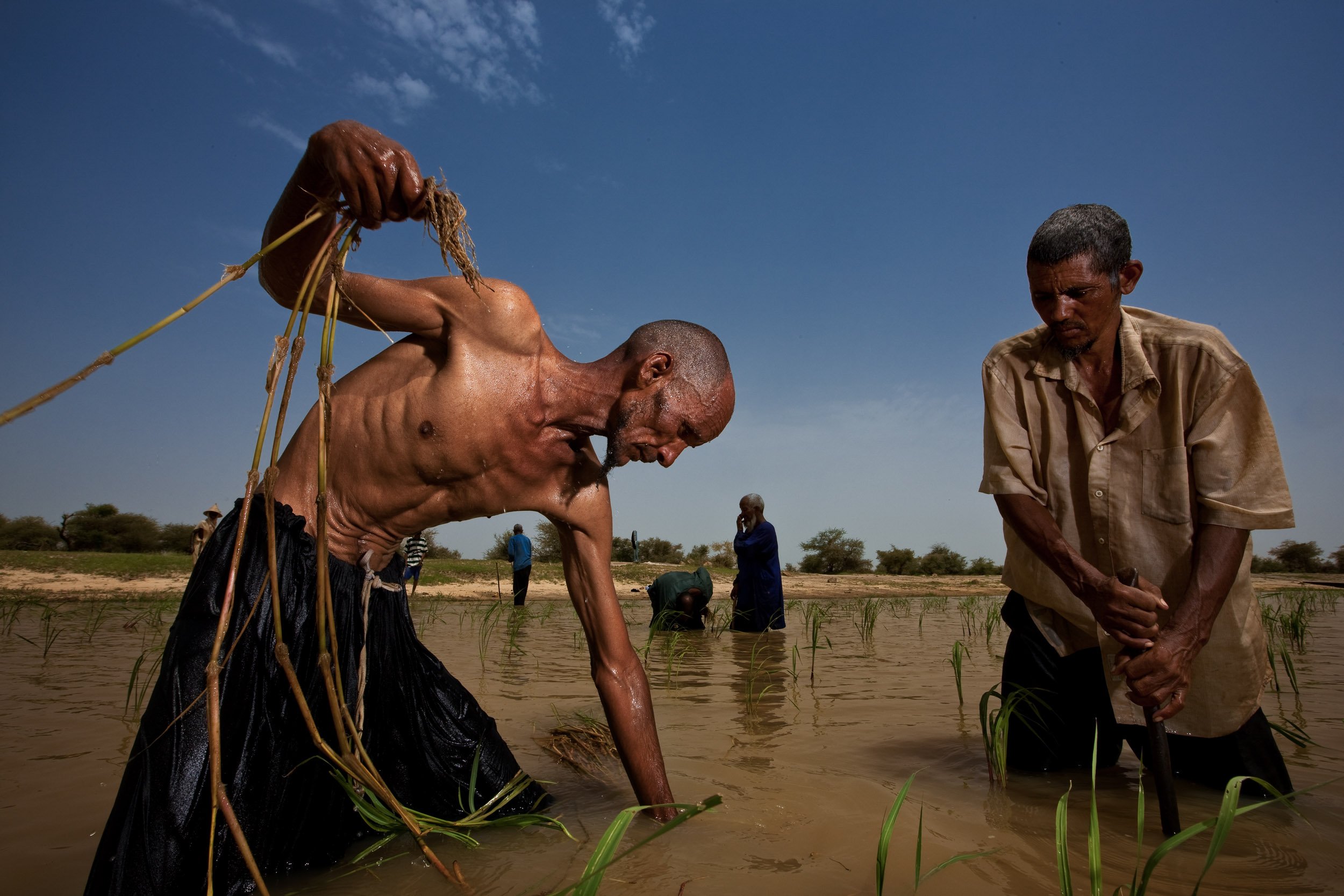
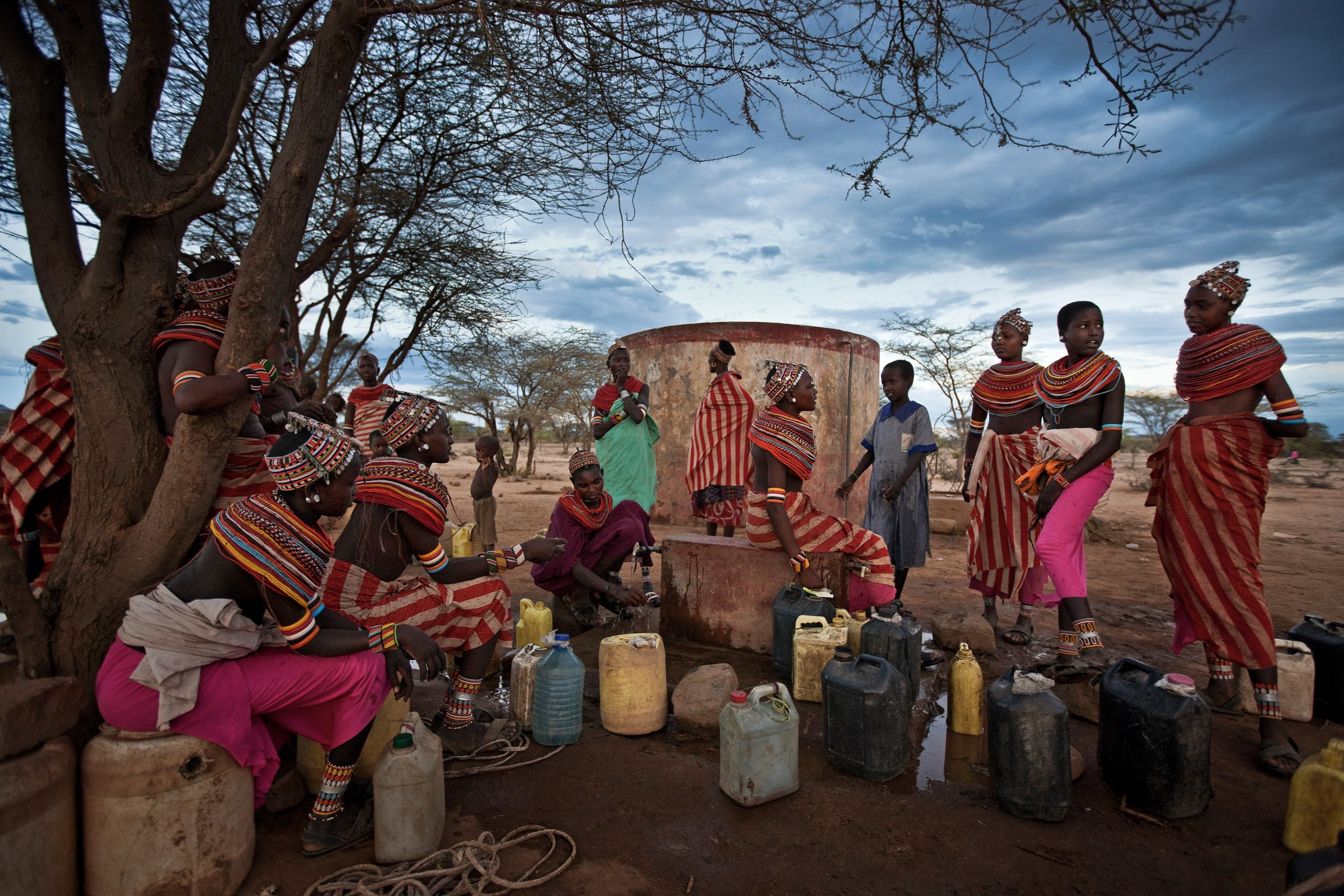
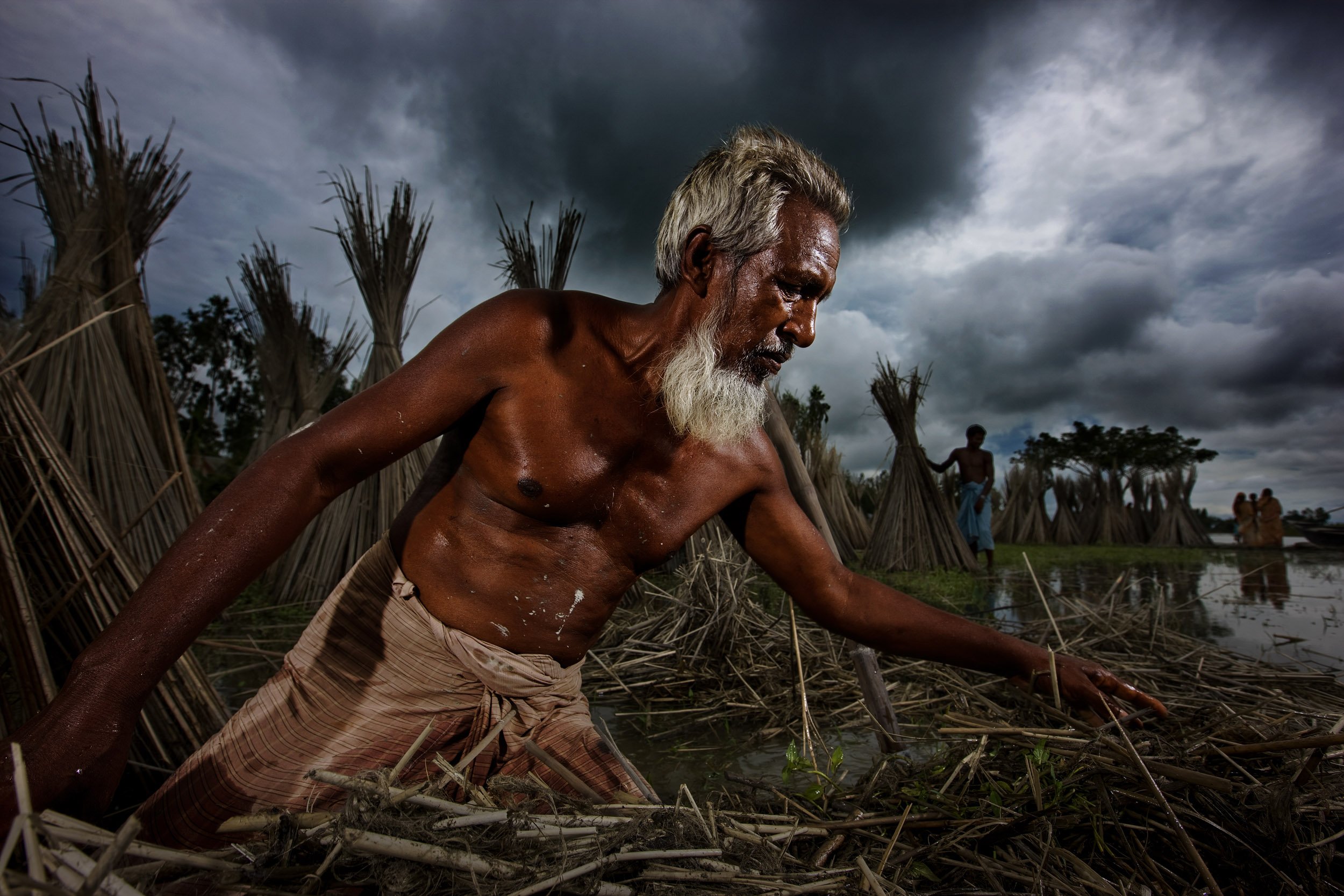
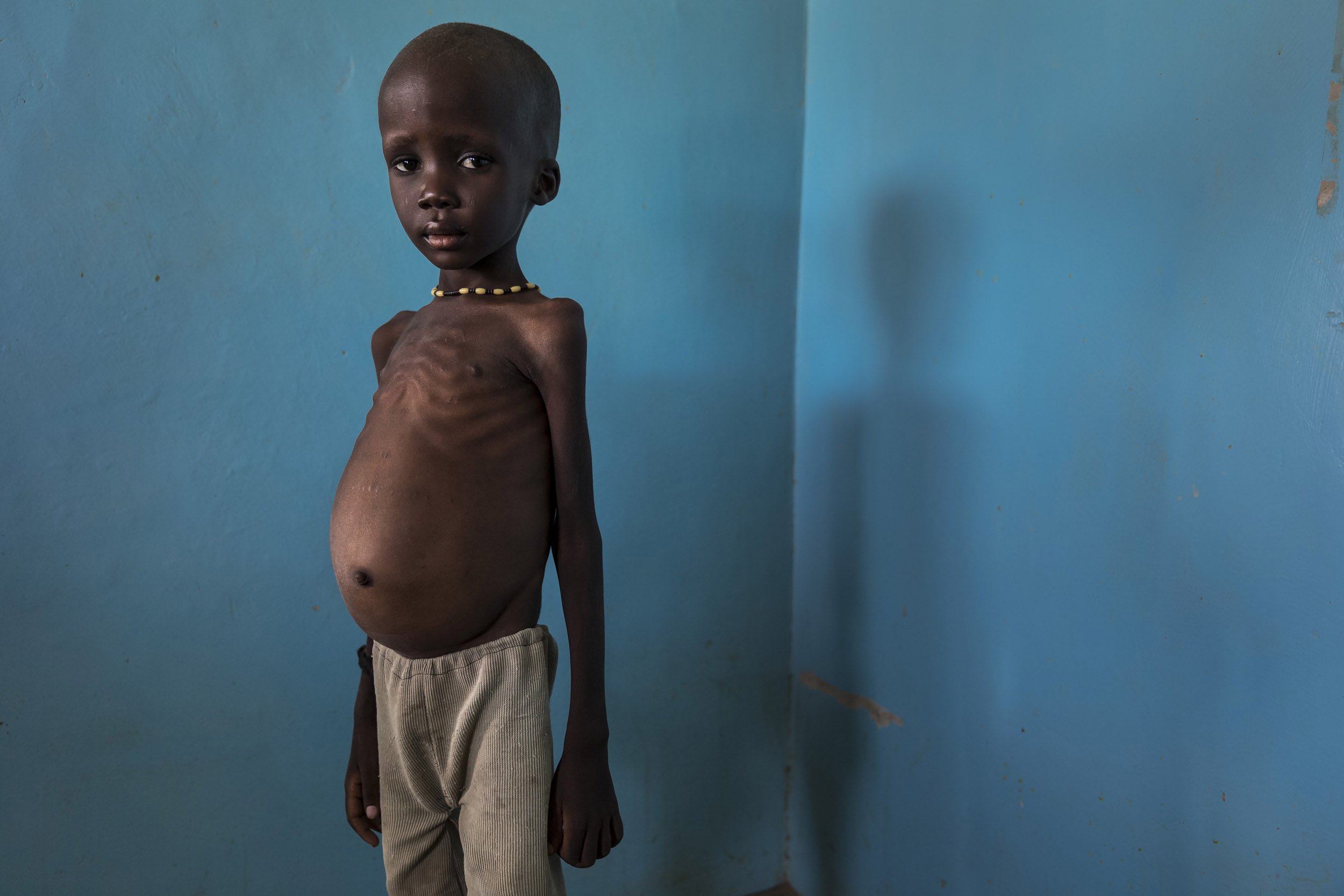
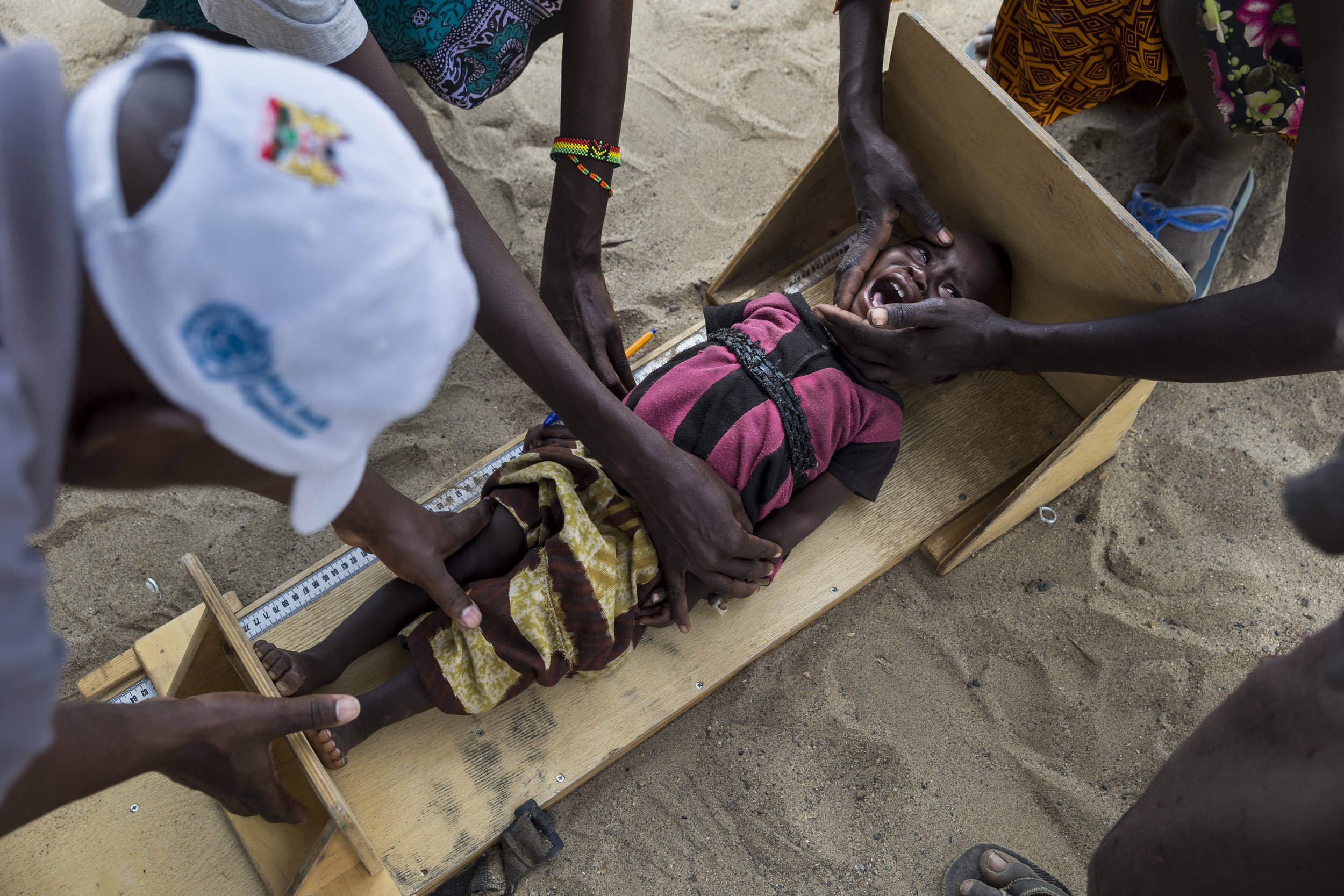
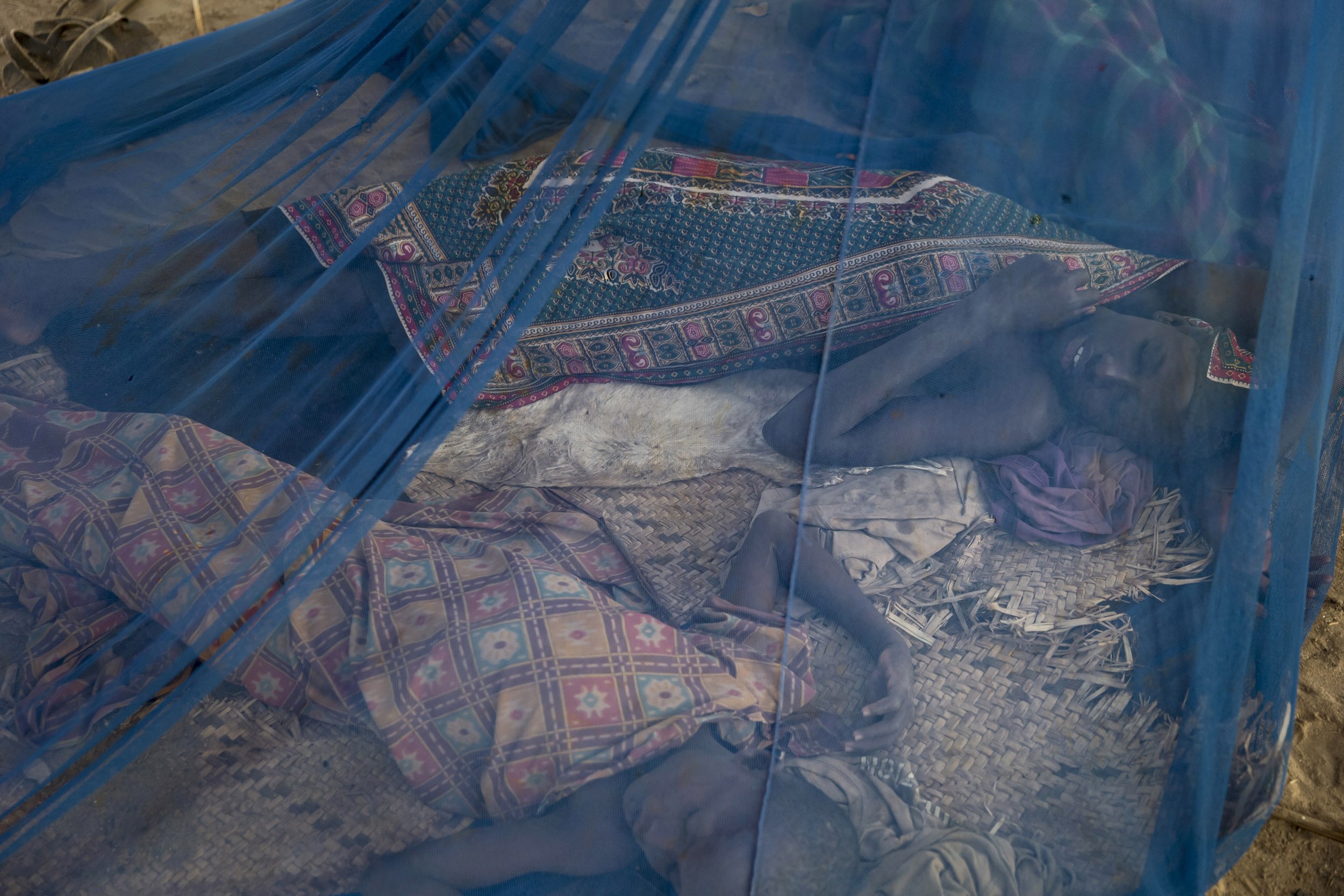
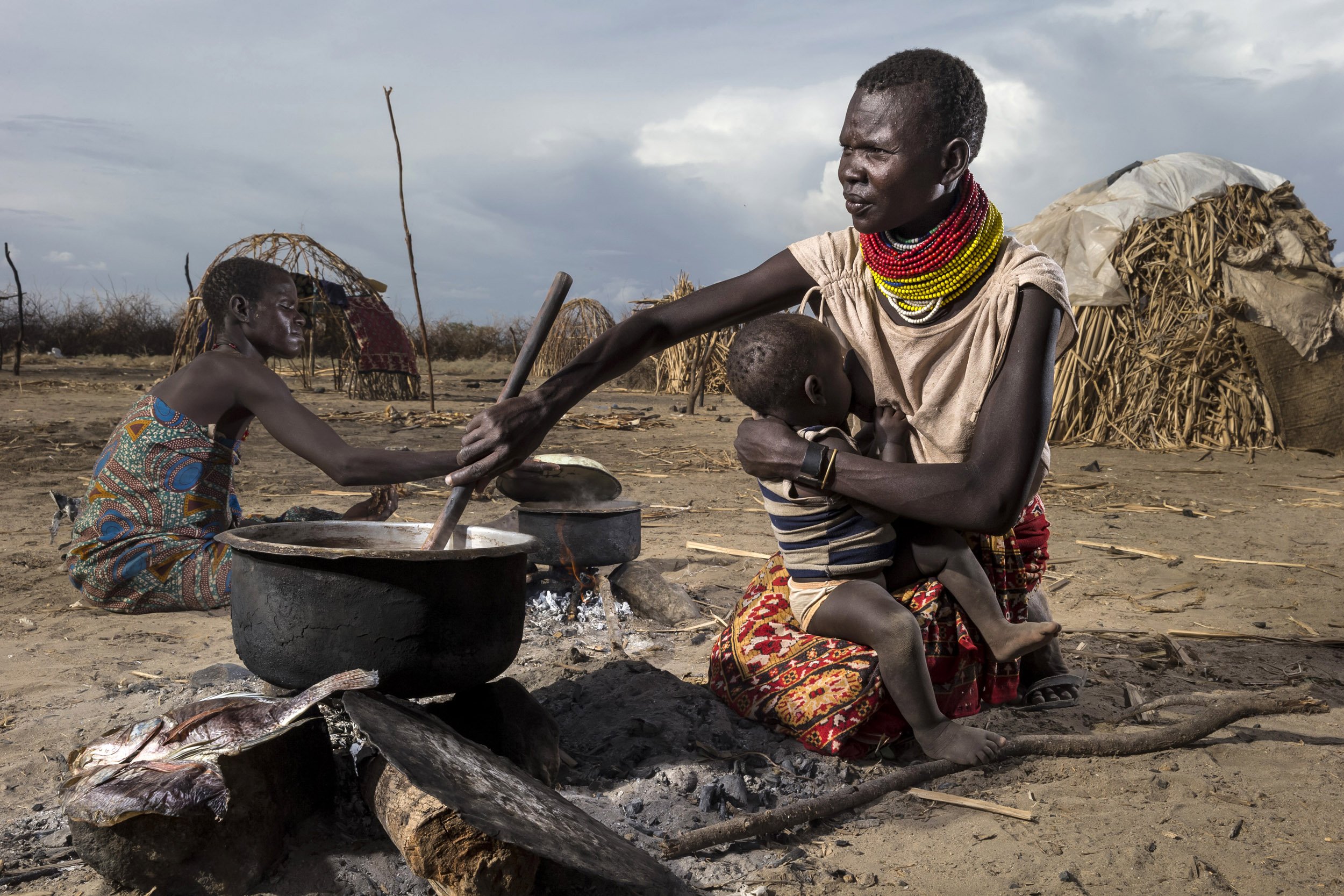

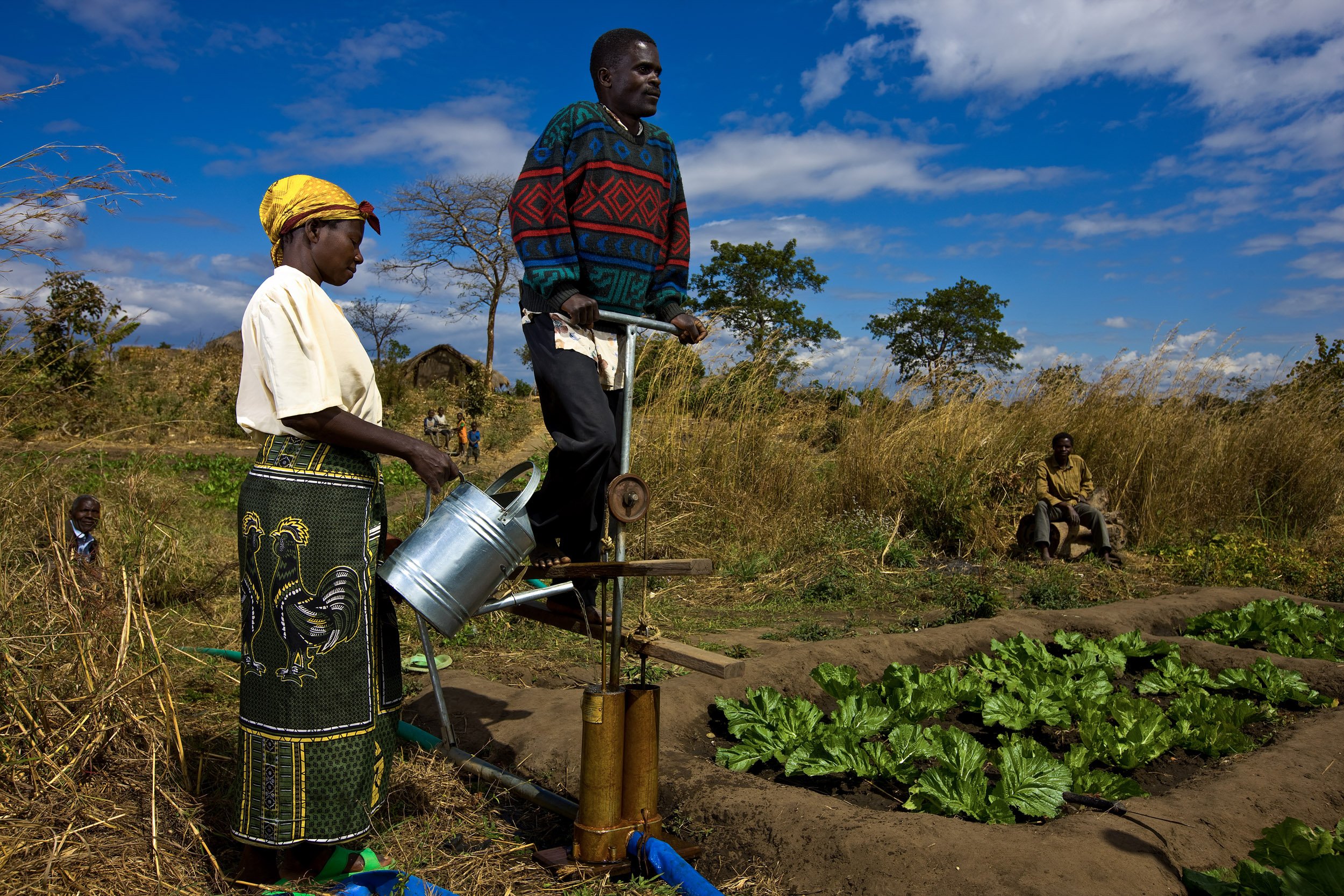
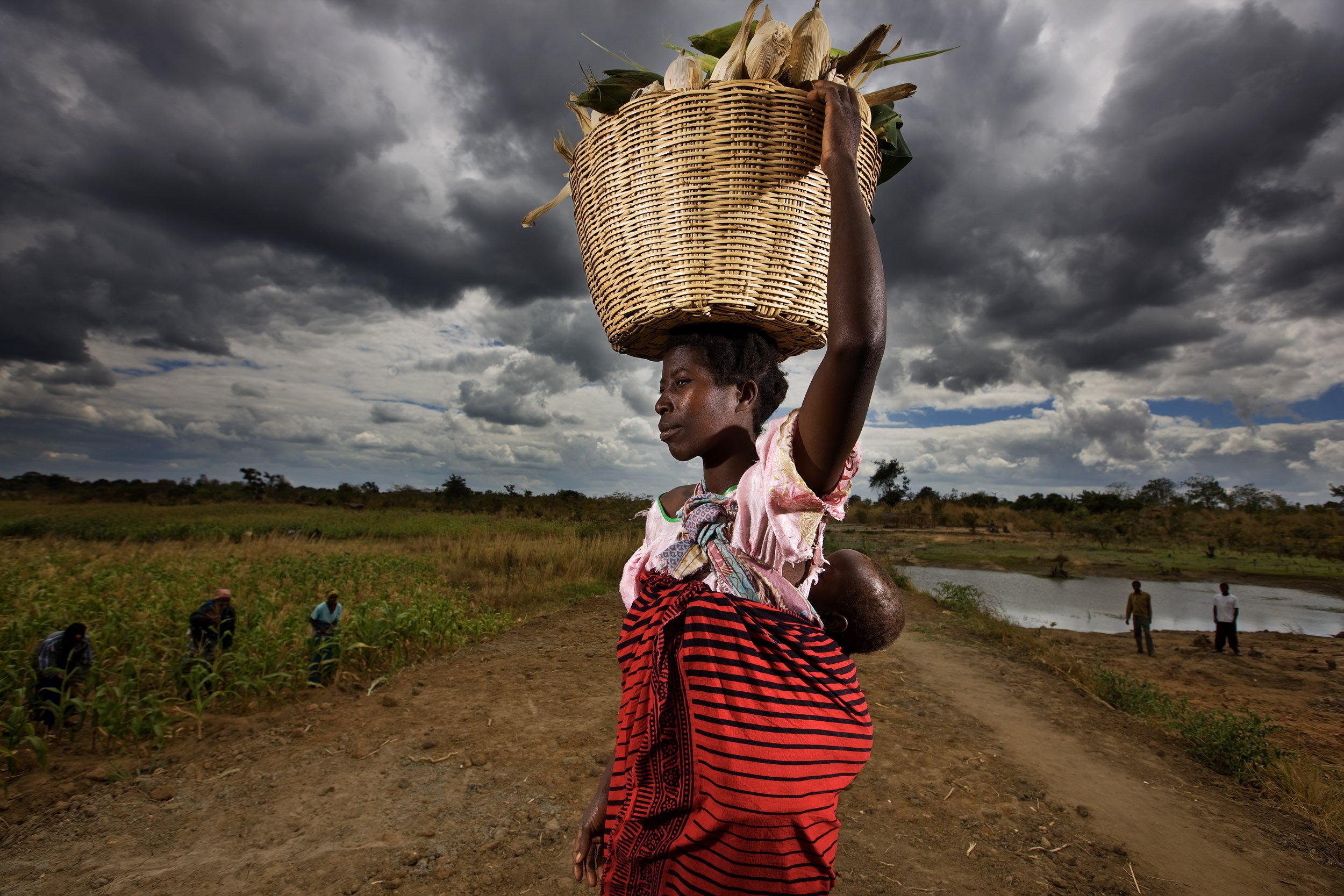
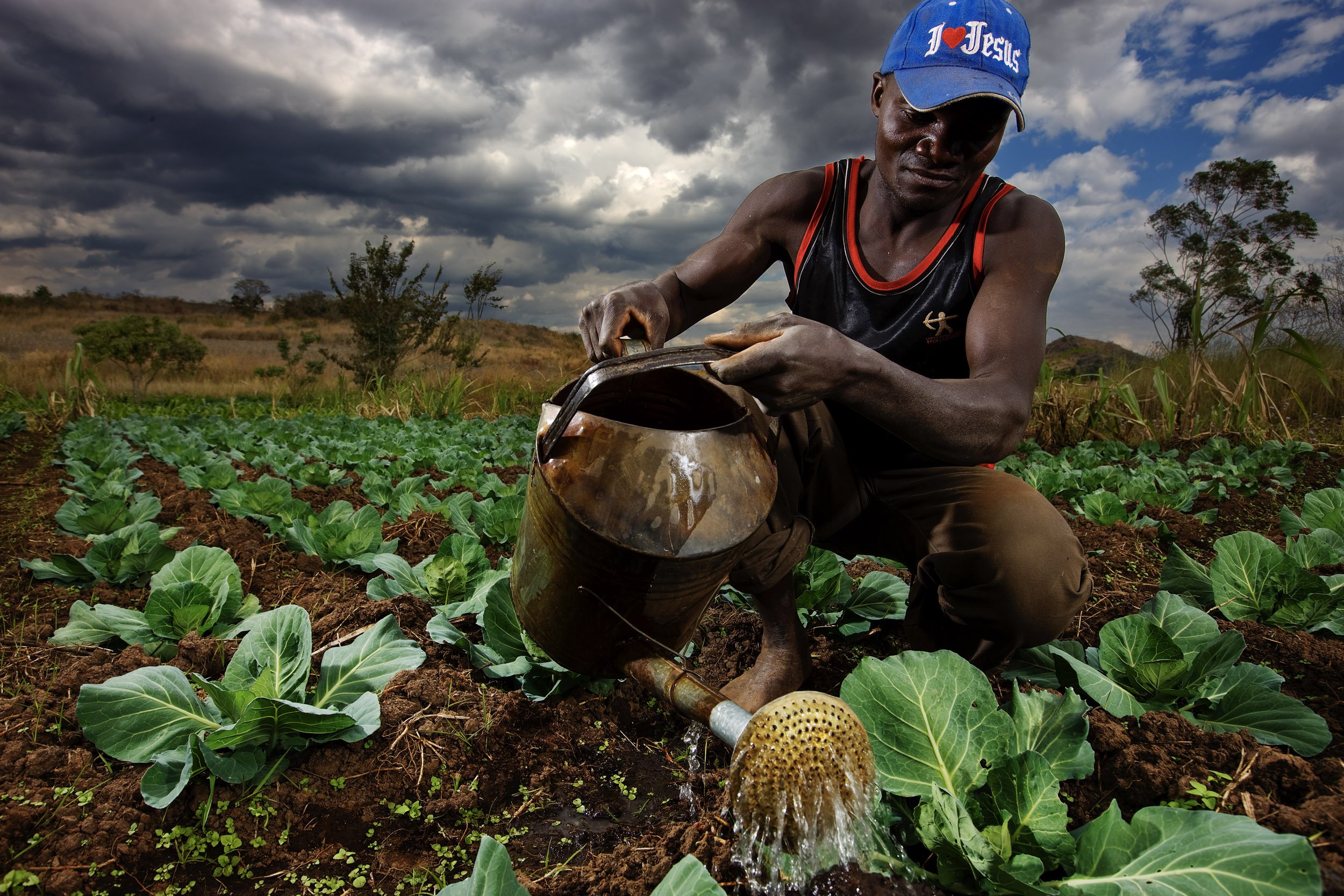
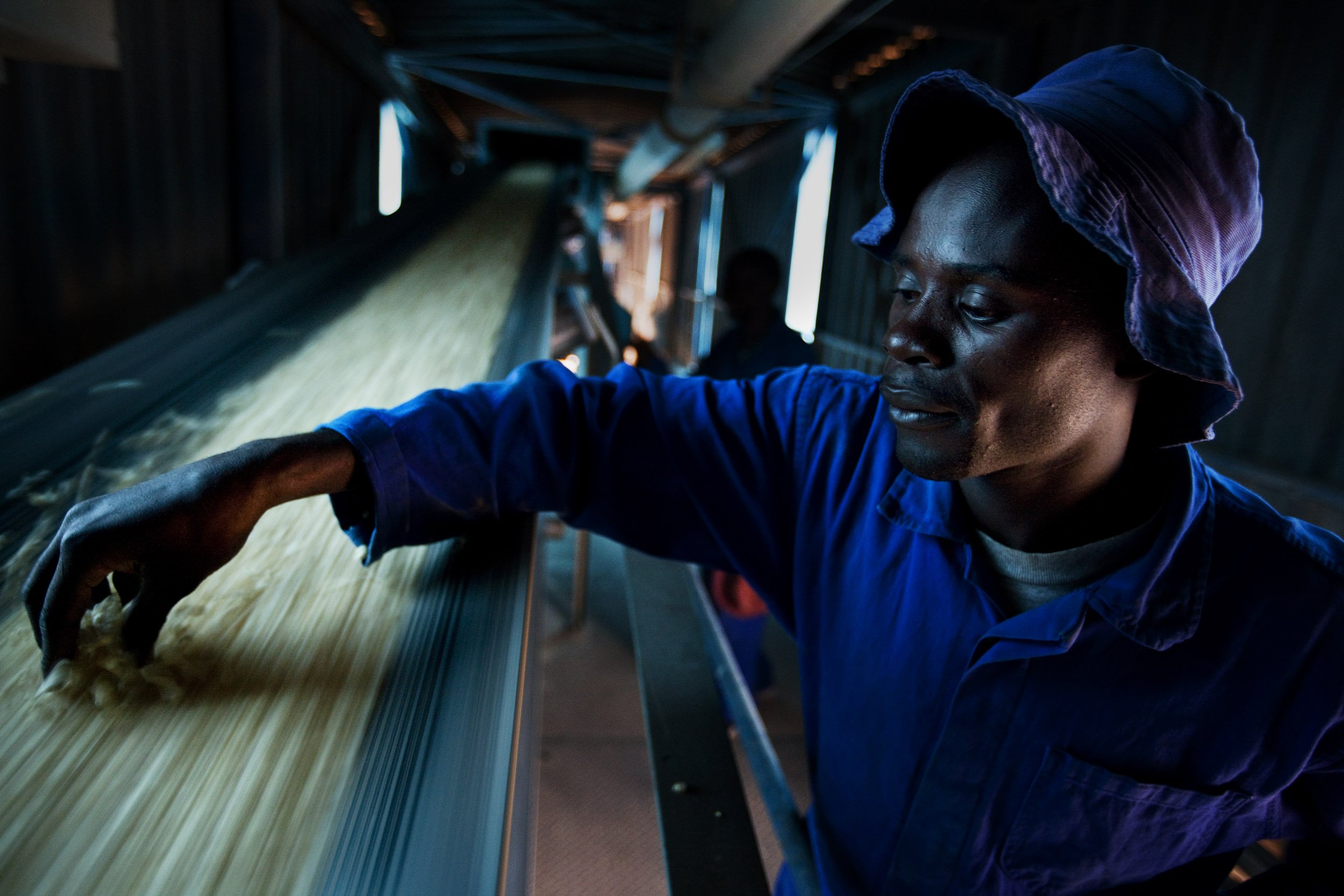
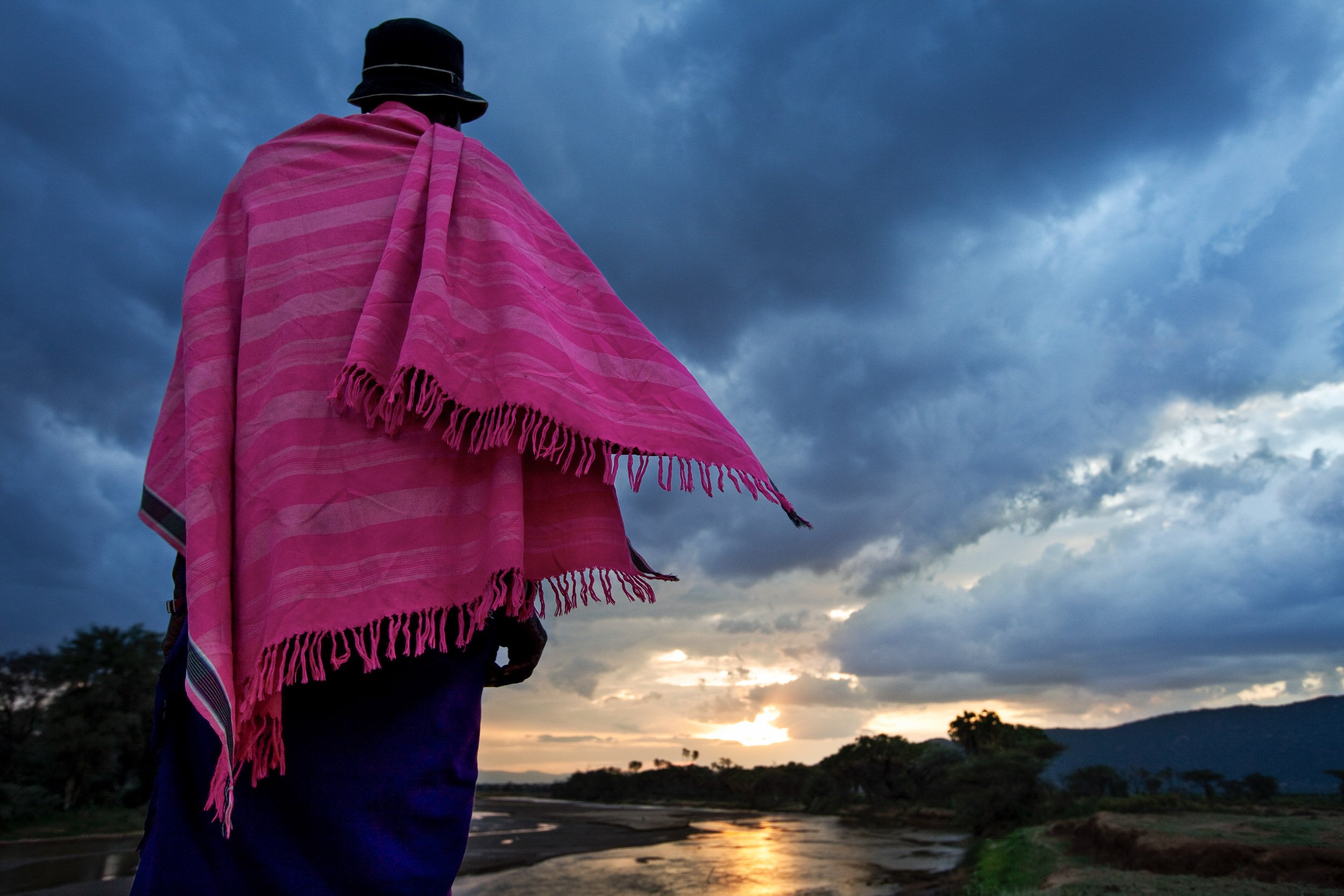
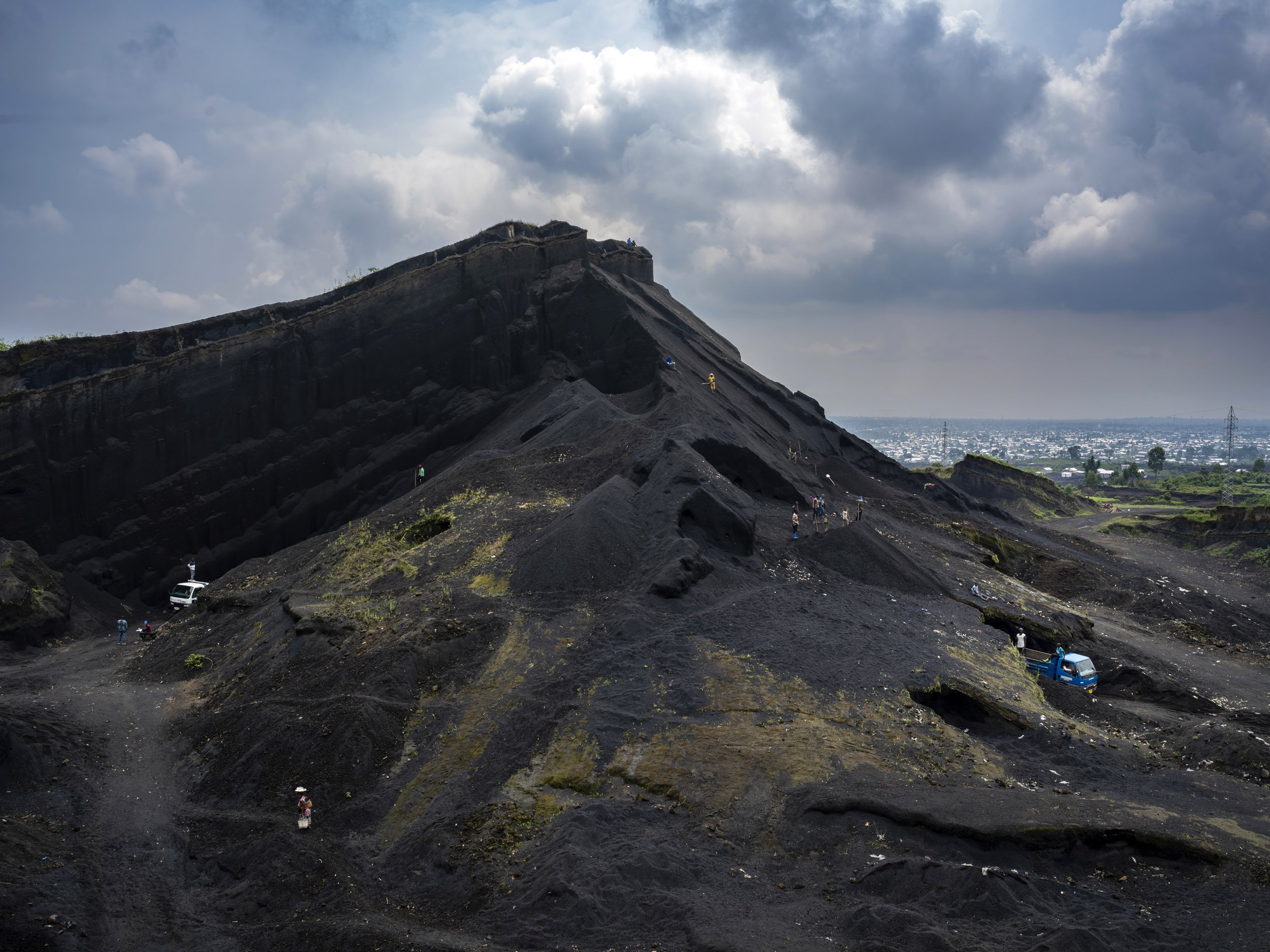
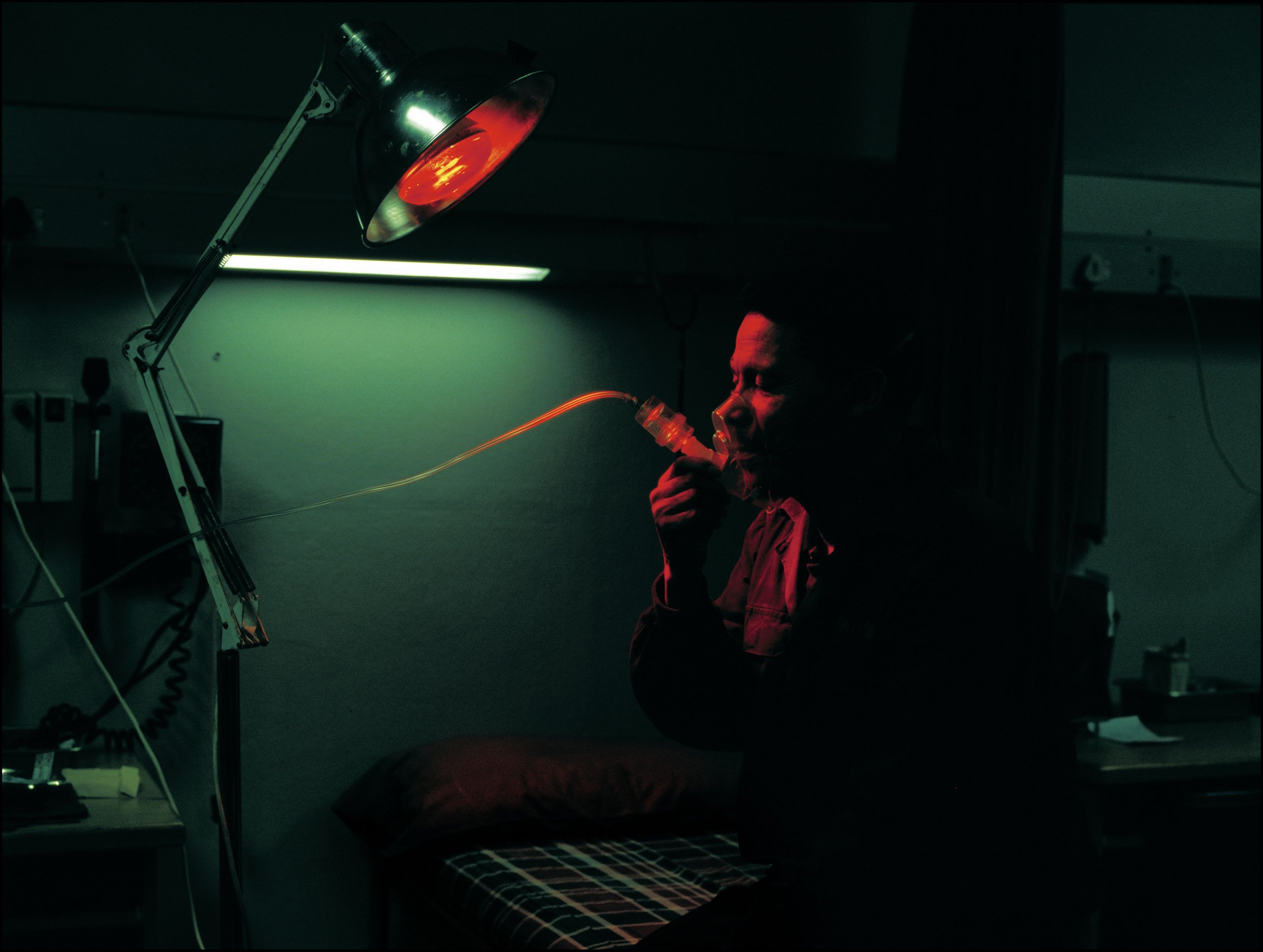

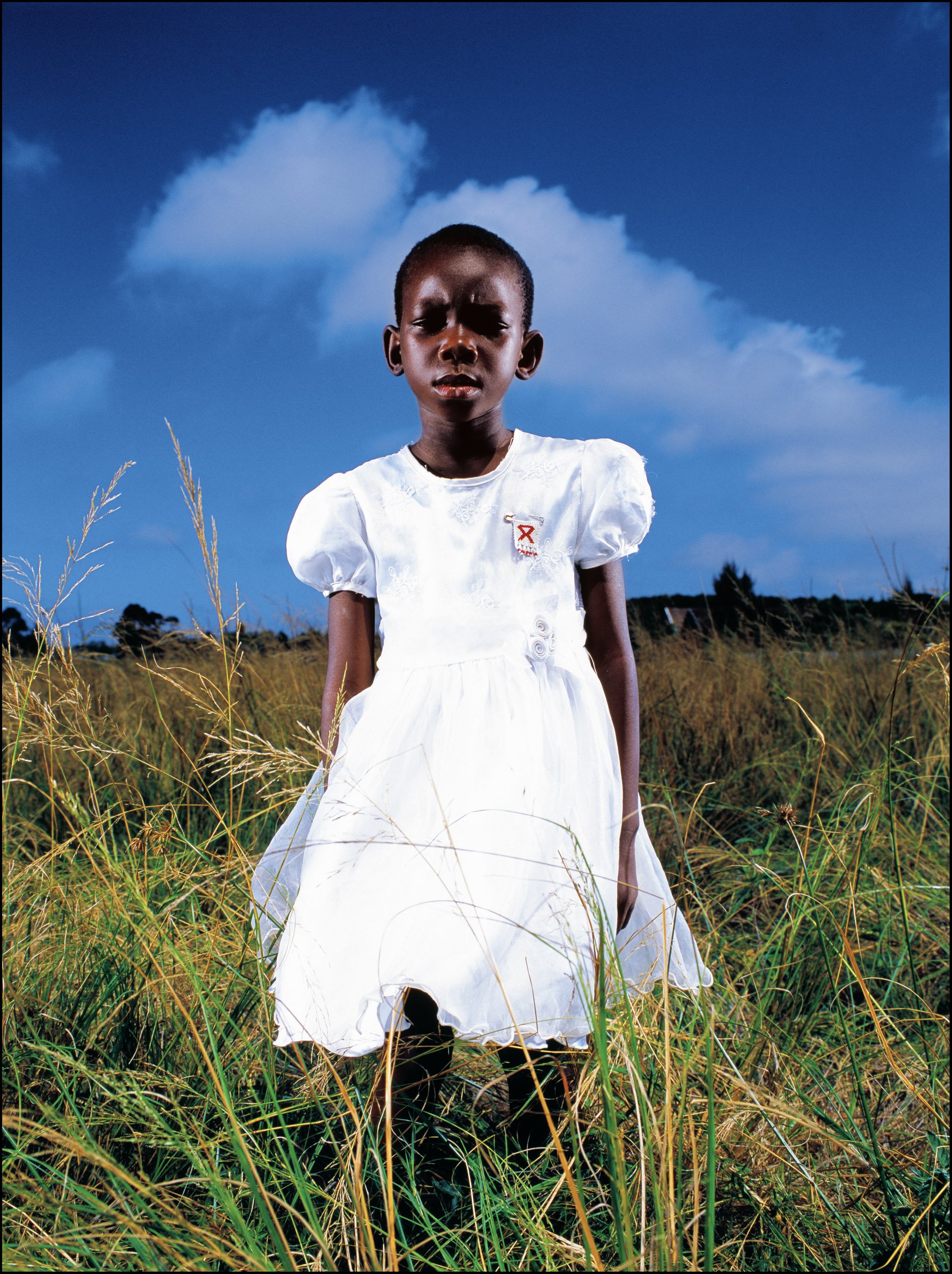
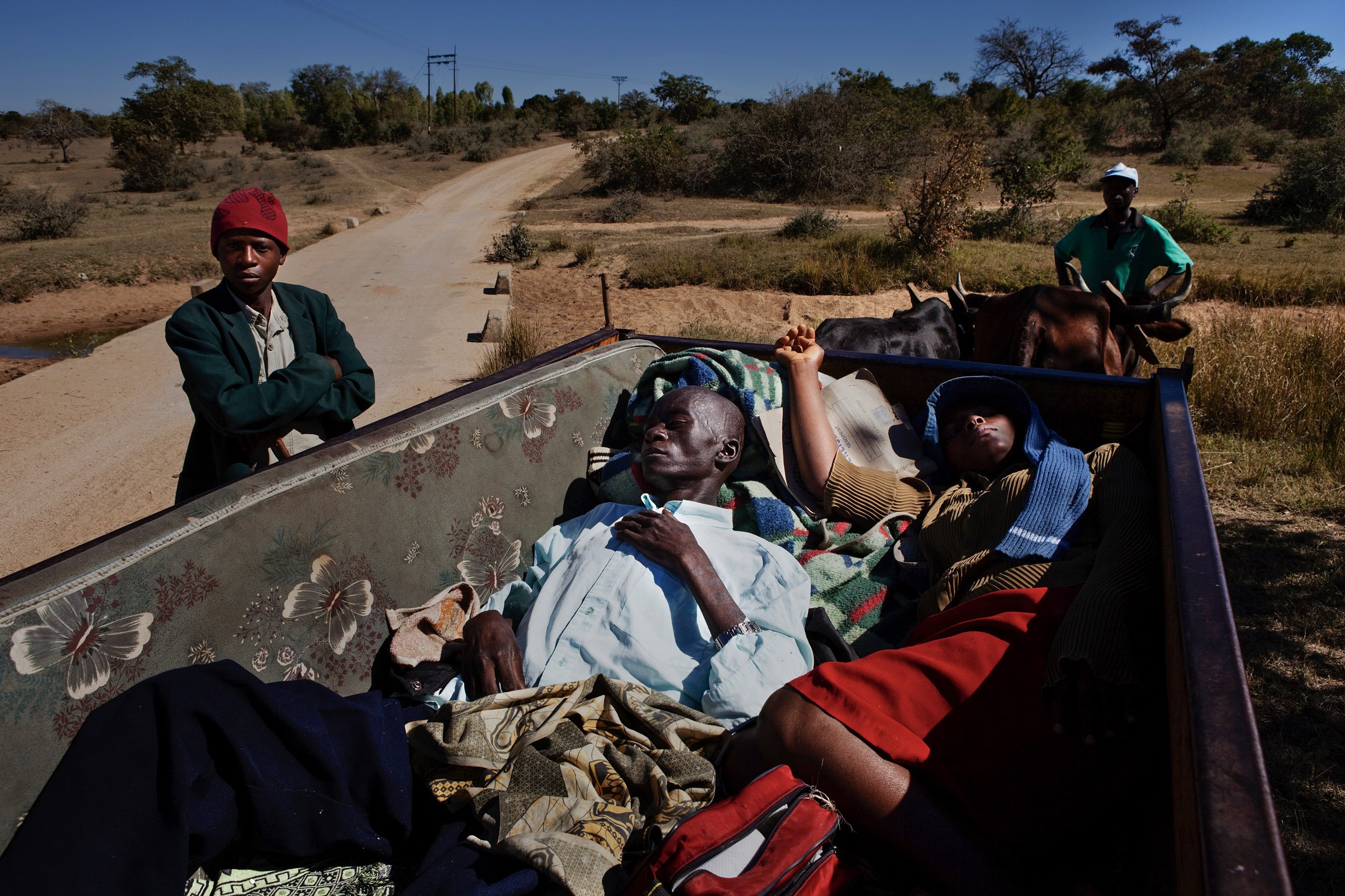
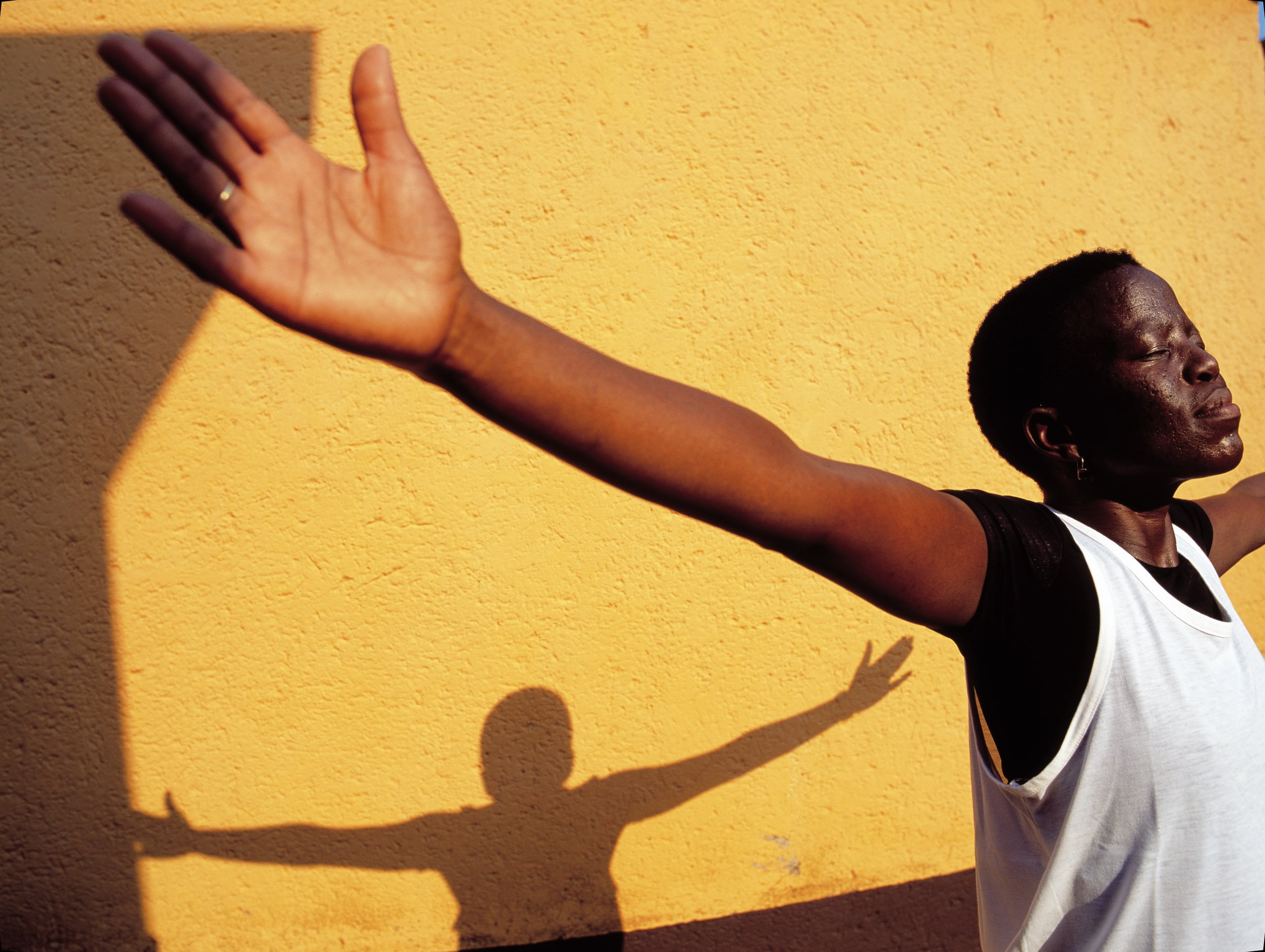
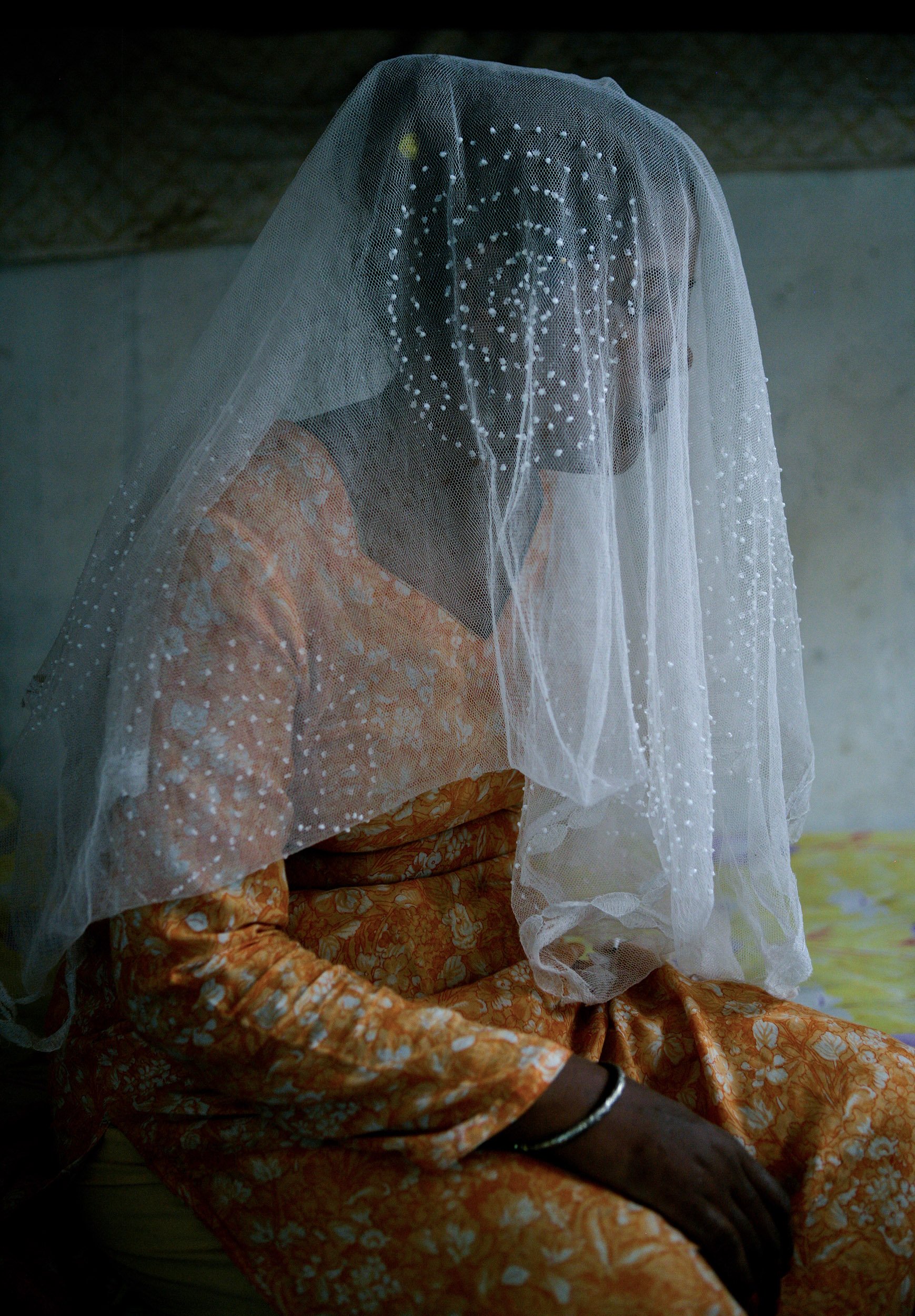
Wildlife Conservation Society - Republic of Congo: Regulated sustainable bushmeat hunting with Mbuti pygmies in conjunction with WCS. This is done with limited cartridges, the catch is weighed and counted. Hunting is only allowed for 5 months of the year and is done in timber concessions bordering national parks. The Mbuti also hunt with nets they make themselves and spears for the animals driven into them.
Wildlife Conservation Society - Republic of Congo: Regulated sustainable bushmeat hunting with Mbuti pygmies in conjunction with WCS. This is done with limited cartridges, the catch is weighed and counted. Hunting is only allowed for 5 months of the year and is done in timber concessions bordering national parks. The Mbuti also hunt with nets they make themselves and spears for the animals driven into them.
Wildlife Conservation Society - Republic of Congo: Regulated sustainable bushmeat hunting with Mbuti pygmies in conjunction with WCS. This is done with limited cartridges, the catch is weighed and counted. Hunting is only allowed for 5 months of the year and is done in timber concessions bordering national parks. The Mbuti also hunt with nets they make themselves and spears for the animals driven into them.
The Rocher Foundation: The recovery of the Pantanal in Brazil after the fires in 2020.
The Rocher Foundation: The recovery of the Pantanal in Brazil after the fires in 2020.
Virunga Airwing has now taught and qualified 5 Congolese pilots who have received extensive training in South Africa and DRC. 5 more are currently scheduled to go to SA for training .
AMBOSELLI ECOSYSTEM, KENYA: Images of training at Big Life's ranger training academy. Part of Big Life's conservation strategy is local recruitment of Maasai to preserve nature and also to win local hearts and minds.. (Photo by Brent Stirton/Getty Images for Le Figaro)
MUTSORA, SOUTH KIVU, DEMOCRATIC REPUBLIC OF CONGO, 19 JANUARY 2024: Images of local farmer Jean Bosco Mulibi, 63, as he examines vanilla pods on his farm in Mutsora. Jean has been a victim of the ADF Isis affiliate in the area on a number of occasions. This group uses terror to cause the locals to flee and they then steal their crop as a means of supporting their fundamentalist agenda. There are many sustainable factories run by Virunga National Park as a means of income for the park as well as a hearts and minds campaign for the population that lives around the park. The park runs soap, coffee, chocolate and palm oil factories in Mutsora. All of these are run through sustainable hydroelectricity that the park produces themselves. All the cacao beans, coffee beans and palm nuts are locally sourced and there are farmers unions supported by the park and experts have been brought in to maximize production.(Photo by Brent Stirton/Getty Images)
MUTSORA, SOUTH KIVU, DEMOCRATIC REPUBLIC OF CONGO, 19 JANUARY 2024: Images of local farmer Noe Borase, 74, as he examines cacao plants on his farm in Mutsora. Noe has been a victim of the ADF Isis affiliate in the area on a number of occasions. This groups uses terror to cause the locals to flee and they then steal their crop as a means of supporting their fundamentalist agenda. There are many sustainable factories run by Virunga National Park as a means of income for the park as well as a hearts and minds campaign for the population that lives around the park. The park runs soap, coffee, chocolate and palm oil factories in Mutsora. All of these are run through sustainable hydroelectricity that the park produces themselves. All the cacao beans, coffee beans and palm nuts are locally sourced and there are farmers unions supported by the park and experts have been brought in to maximize production.(Photo by Brent Stirton/Getty Images)
AMBOSELLI ECOSYSTEM, KENYA: Angama Lodge, an exclusive high end hotel that leases land from the local Maasai Kimana Conservancy. They employ locals and for every guest they pay something to the conservancy as well an annual fee for the land and the animals on it. This is the kind of development that can strengthen conservation policies in the region as well as protect the integrity of continuous conservation land that allows for animal migration. (Photo by Brent Stirton/Getty Images for Le Figaro)
AMBOSELLI ECOSYSTEM, KENYA: Emergency veterinatian work on Bronski, a tusker close to Amboseli National Park. Bronski was speared in the leg but KWS vet Dr Kariuki is more concerned with swelling in the joint of Bronski's leg hind leg. The vet speculates that he may have injured the joint fleeing the spearing site. The collapse of joints after many years is often fatal to elephants. It was necessary to use a rope and a vehicle to lift Bronski back to his feet after the anathetic. Its a very delicate operation to work on these tuskers, many of them are of advanced age and there is always the possibiltiy they do not recover. (Photo by Brent Stirton/Getty Images for Le Figaro)
The Rocher Foundation: The recovery of the Pantanal in Brazil after the fires in 2020.
The Rocher Foundation: The recovery of the Pantanal in Brazil after the fires in 2020.
The Rocher Foundation: The recovery of the Pantanal in Brazil after the fires in 2020.
WWF/Greenpeace - PAPUA NEW GUINEA: Lake Murray - A pristine area where international loggers were chased off by locals. The area has been restored and all hunting and logging is only done sustainably.
WWF/Greenpeace - PAPUA NEW GUINEA: Lake Murray - A pristine area where international loggers were chased off by locals. The area has been restored and all hunting and logging is only done sustainably.
WWF/Greenpeace - PAPUA NEW GUINEA: Lake Murray - A pristine area where international loggers were chased off by locals. The area has been restored and all hunting and logging is only done sustainably.
WWF/Greenpeace - PAPUA NEW GUINEA: Lake Murray - A pristine area where international loggers were chased off by locals. The area has been restored and all hunting and logging is only done sustainably.
WWF/Greenpeace - PAPUA NEW GUINEA: Lake Murray - A pristine area where international loggers were chased off by locals. The area has been restored and all hunting and logging is only done sustainably.
Wonderwork: Blindness and the miracle of cataract surgery on children.
Wonderwork: Blindness and the miracle of cataract surgery on children.
Wonderwork: Blindness and the miracle of cataract surgery on children.
Wonderwork: Blindness and the miracle of cataract surgery on children.
Wonderwork: Blindness and the miracle of cataract surgery on children.
SEE INTERNATIONAL: PORTRAITS OF THE BLIND ADVERTISING CAMPAIGN
SEE INTERNATIONAL: PORTRAITS OF THE BLIND ADVERTISING CAMPAIGN
SEE INTERNATIONAL: PORTRAITS OF THE BLIND ADVERTISING CAMPAIGN
IAPF AKASHINGA FEMALE RANGER FORCE - ZIMBABWE.
IAPF AKASHINGA FEMALE RANGER FORCE - ZIMBABWE.
IAPF AKASHINGA FEMALE RANGER FORCE - ZIMBABWE.
IAPF AKASHINGA FEMALE RANGER FORCE - ZIMBABWE.
Halo Trust anti-landmine campaign - Mozambique
TETE, MOZAMBIQUE, NOVEMBER 2013: A HALO deminer prepares to detonate landmines with an explosive charge as part of demining operations in the Chinzunga hills close to Cabora Bassa, Mozambique, 18 November 2013. The HALO team cleared 15 landmines on this day and detonated them as usual before they left for the day. The average HALO deminer makes $260 a month doing this job, considered a good salary in Mozambique. The HALO deminers in this area are dealing with landmines laid in the 1970's by the Portugese military who were attempting to defend the vital Cabora Bassa Hydro-electric dam, a strategic target for the Frelimo rebels at the time. Today, over 40 years later, these mines still maim and kill the local populace and prevent them utilizing vital agricultural land. This scene was photographed at demining operations close to the HALO Demining camp in the mountains of Chinzunga. Mozambique was one of the most heavily landmined countries in the war, both from its 11 year long War of Libertation as well as its conflicts with both South Africa and Rhodesia for sheltering both the ANC and Mugabe's Zanla freedom fighters. Halo has cleared over 22,700 anti personnel mines and reclaimed of 500, 000 square meters of land for the local populace. HALO runs both mechinical and manual operations. Mozambique is pushing hard to meet its donor obligations to be land-mine free by the end of 2014, under the mandate of the Ottawa convention on the land mine. (Photo by Brent Stirton/Reportage for the ICRC.)
GONDOLA DISTRICT, MANICA PROVINCE, MOZAMBIQUE, 21 NOVEMBER 2013: An APOPO demining company de-miner works with his trained African Pouch rat to detect the scent of TNT present in Landmines, Gondola District, Manica Province, Mozambique, 21 November 2013. APOPO uses the rats in conjunction with mechanical diggers, flailers and human deminers. The rats use their acute sense of smell to accelerate the demining process, making it possible to clear fields faster, a key goal for Mozambique who are seeking to be landmine free by the end of 2014. (Photo by Brent Stirton/Reportage for ICRC.)
Halo Trust anti-landmine campaign - Mozambique
Global Education Program - CSR for Discovery Channel
Global Education Program - CSR for Discovery Channel
Global Education Program - CSR for Discovery Channel
Global Education Program - CSR for Discovery Channel
Global Education Program - CSR for Discovery Channel
Global Education Program - CSR for Discovery Channel
The International Trachoma Initiative - Ethiopia campaign
The International Trachoma Initiative - Ethiopia campaign
The International Trachoma Initiative - Ethiopia campaign
African Parks Network: ZAKOUMA, CHAD: Two remaining black rhino females are what remain of six originally brought into Chad from South Africa for release into Zakouma National Park. The other four rhino died of complications. Zakouma's rhino expert Kenny Babilon is seen hugging one of the female black rhinos, one of the fiercest creatures on the planet. Kenny is a rhino expert who was looking after the black rhino re-introduction to Zakouma. Because four of the translocated rhino died, African Parks Network is being extraordinarily careful with the remaining two. This park used to have black rhino but they were wiped out in the nineteen seventies. After spending months with these rhinos, Kenny has developed an extraordinary relationship with them. On this day, this female was a little unsettled. Kenny spontaneously swung down into the boma and gave her a hug and she let him do that some time. After that she was calmer and much easier to deal with.
LWIRO PRIMATES CENTRE, DEMOCRATIC REPUBLIC OF CONGO: A caregiver at Lwiro Chimpanzee rescue center and sanctuary is seen in her room with a recently rescued baby chimp who is recovering from trauma. These young rescue chimps live in the house and are raised like children until they can be released into the large sanctuary cages with the other chimps. Many of the caregivers at this sanctuary are victims of conflict, a number have been raped, displaced or wounded. They see their relationship with these chimps as healing for themselves as much as they are healing the chimps. These chimps are all rescues and come from the bushmeat trade in DRC after their mothers were killed for bushmeat. The babies are often taken for sale and sometimes for pets. As a result many of these chimps have lived lives of isolation, suffering and cruelty. The sanctuary is a place where they can learn to be chimps for the first time and interact with other chimps. They were brought to the sanctuary after being rescued either by the Congolese Conservation authority or the Lwiro staff.
TIKKI HYWOOD TRUST - PANGOLIN RESCUE: HARARE, ZIMBABWE, 24 JUNE 2018: Pangolin caregivers at an anonymous farm care for rescued pangolins, helping them to find ants and termites to eat and keeping them safe from predators and poachers. The Tiki Hywood trust undertakes public awareness campaigns on Pangolins, trains law enforcement and judiciary personnel, conducts research, and rehabilitates pangolins that have been confiscated from the illegal trade. They are based in Zimbabwe but operate with partners across Africa and advise in Asia. Founder Lisa Hywood is seen as a global expert on how to care for Pangolins in captivity. The trust also engages with other organisations and governments throughout Africa to highlight the plight of pangolins, raising awareness of their conservation status and educating them as to the need for conserving pangolins, as well as implementing conservation actions. Many of their activities are not covered by research grants and they rely on sponsors and donations to continue their work. Donations are used to train law enforcement and judiciary personnel, rehabilitate confiscated pangolins, raise public awareness and further engage with African role-players to increase the conservation status of pangolins across Africa.
MUTSORA, SOUTH KIVU, DEMOCRATIC REPUBLIC OF CONGO, 19 JANUARY 2024: Images from the Sicovie Soap factory in Mutsora, one of many sustainable factories run by Virunga National Park as a means of income for the park as well as a hearts and minds campaign for the population that lives around the park. The park also runs coffee, chocolate and palm oil factories in Mutsora. All of these are run through sustainable hydroelectricity that the park produces themselves. All the cacao beans, coffee beans and palm nuts are locally sourced and there are farmers unions supported by the park and experts have been brought in to maximize production.(Photo by Brent Stirton/Getty Images)
MUTSORA, SOUTH KIVU, DEMOCRATIC REPUBLIC OF CONGO, 19 JANUARY 2024: Images from Virunga National Park's palm oil extraction factory in Mutsora, one of many sustainable factories run by Virunga National Park as a means of income for the park as well as a hearts and minds campaign for the population that lives around the park. The park also runs coffee, chocolate and palm oil factories in Mutsora. All of these are run through sustainable hydroelectricity that the park produces themselves. All the cacao beans, coffee beans and palm nuts are locally sourced and there are farmers unions supported by the park and experts have been brought in to maximize production.(Photo by Brent Stirton/Getty Images)
Banaue, Ifugao, Philippines, 8 August 2016: Ana Dulnuan-Habbiling is an Ifugaon leader with extensive knowledge of the Rice world in the area where she lives in the highlands of the Philippines. There is a long-standing tradition of rice growing in this area, something Ana speaks of as a tribute to the memory of her ancestors. She is seen with her family rice stocks, cleaning and preparing rice, cooking it and serving it to her family. She is also seen as she begins to clear her ceremonial rice paddy, something that will be seen by the other villagers as a sign that they too must begin to ready their paddies for planting. The rice they plant is known as aromatic and glutenous rice, a small group of rice strains they try to preserve and protect. Ana visited the International Rice Research Institute in Manila a few years ago where she was able to find a strain of rice her ancestors grew and which had been lost to her community, she now grows that rice again and is grateful to IRRI for the chance, in her words, to honor her ancestors. (Photo by Brent Stirton/Reportage by Getty Images for Crop Trust)
IRRI, LOS BANOS, PHILIPPINES, 9 AUGUST 2016: Workers harvest experimental rice for testing at the International Rice Research Institute. IRRI is the world’s premier research organization dedicated to reducing poverty and hunger through rice science; improving the health and welfare of rice farmers and consumers; and protecting the rice-growingenvironment for future generations. IRRI is an independent, nonprofit research andeducational institute founded in 1960 by the Ford and Rockefeller foundations, withsupport from the Philippine government. The institute, headquartered in LosBaños,Philippines, has offices in 17 rice-growing countries in Asia and Africa, and About 1,000 staff members. Working with in-country partners, IRRI develops advanced rice varieties that yield more grain and better withstand pests and disease as well as flooding, drought, and other destructive effects of climate change. More than half of the rice area in Asia is planted to IRRI-bred varieties or their progenies. The institute develops new and improved methods and technologies that enable farmers to manage their farms profitably and sustainably, and recommends rice varieties and agricultural practices suitable to particular farm conditions as well as consumer preferences. IRRI assists national agricultural research and extension systems in formulating and implementing country rice sector strategies. (Photo by Brent Stirton/Reportage by Getty Images for Crop Trust.)
HANOI, VIETNAM, 15 AUGUST 2016: The cold storage and lab facilities for plant multiplications purposes at the offices of the International Center for Tropical Agriculture. CIAT’s mission is to reduce hunger and poverty, and improve human nutrition in the tropics through research aimed at increasing the eco-efficiency of agriculture. Backed by the Colombian government and Rockefeller, Ford, and Kellogg Foundations, CIAT was formally established in 1967 and began its research in 1969. CIAT’s staff includes about 200 scientists. Supported by a wide array of donors, the Center collaborates with hundreds of partners to conduct high-quality research and translate the results into development impact. A Board of Trustees provides oversight of CIAT’s research and financial management. CIAT develops technologies, methods, and knowledge that better enable farmers, mainly smallholders, to enhance eco-efficiency in agriculture. This makes production more competitive and profitable as well as sustainable and resilient through economically and ecologically sound use of natural resources and purchased inputs. CIAT has global responsibility for the improvement of two staplefoods, cassava and common bean, together with tropical forages for livestock. In Latin America and the Caribbean, research is conducted on rice as well. Representing diverse food groups and a key component of the world’s agricultural biodiversity, those crops are vital for global food and nutrition security. In its work on agrobiodiversity, the Center employs advanced biotechnology to accelerate crop improvement. Progress in our crop research also depends on unique collections of genetic resources– 65,000 crop samples in all – which are held in trust for humanity. Alongside its research on agrobiodiversity, CIAT works in two other areas – soils and decision and policy analysis – which cut across all tropical crops and production environments. Center soil scientists conduct research across scales
AXUM, TIGRAY, ETHIOPIA, 20 JULY 2017: Scenes from Dula tree nursery where the local farmers have grown over half a million seedlings so far and are still producing. These seedlings are part of afforestation projects in Ethiopia which have restored water tables and natural ecosystems to regions. This has brought back water tables in dry regions and brought about positive changes in farming and lifestyle for thousands of people. (Photo by Brent Stirton/Verbatim for LE Figaro)
ROCHER FOUNDATION - TREE PLANTING CAMPAIGN, ETHIOPIA.
ROCHER FOUNDATION - TREE PLANTING CAMPAIGN, ETHIOPIA.
ROCHER FOUNDATION - TREE PLANTING CAMPAIGN, ETHIOPIA.
Wonderwork: Campaign images for impoverished burn victims in India with Dr Subodh, a renowned plastic surgeon to the poor.
Wonderwork: Campaign images for impoverished burn victims in India with Dr Subodh, a renowned plastic surgeon to the poor.
Wonderwork: Campaign images for impoverished burn victims in India with Dr Subodh, a renowned plastic surgeon to the poor.
Senkwekwe Moutain Gorilla Orphanag, Democratic Republic of Congo: The only mountain gorilla orphanage in the world.
Senkwekwe Moutain Gorilla Orphanag, Democratic Republic of Congo: The only mountain gorilla orphanage in the world.
Senkwekwe Moutain Gorilla Orphanag, Democratic Republic of Congo: The only mountain gorilla orphanage in the world.
Senkwekwe Moutain Gorilla Orphanag, Democratic Republic of Congo: The only mountain gorilla orphanage in the world.
Novartis - John Hopkins initiative on Malaria - Kenya.
KISUMU, KENYA, 18 JUNE 2015: A malaria surveilance team from the Walter Read Project on Malaria undertakes a case study on a young child in the Nyanza District of Kisumu, Kenya. They will weight the child, take down the family details and medical history, conduct a Rapid Test for malaria, draw a blood sample and continue to monitor that child for up to a 4 year period. Their work is invaluable in providing samples to monitor the path and progress and mutation of Malaria. Seven different teams work 5 days a week, visiting 5 households per day across the Nyanza district. Agnes Akoth Onyango, 57, is the Chief Nurse of the Walter Read Project, Kisumu, Kenya. Agnes is seen at the Kemri Insectology lab where mosquitos are specifically bred for Malaria research. Agnes has been a front line nurse in the fight against Malaria for over 31 years. She administers the staff at the Walter Read research facility and also has strong relations with the Kombewa District hospital. Agnes works with a number of field surveillance teams who monitor the population of the Nyanza province of Kenya, helping to maintain and update Walter Read’s case studies of over 40 years research into Malaria. Agnes supervises the teams, works with the laboratory staff and the local hospitals in keeping an up to date record on the progress of Malaria, staying one step ahead of the disease which kills over 5 million people annually. She also works with the Kemri group of disease research facilities in the Kisumu area. These provide a valuable database for the mutation of the Malaria parasite, helping to develop effective medication to combat the disease. Agnes has devoted her life to this theme, finding self-worth and tremendous satisfaction in her work. She is well know across her community and still finds time to go with surveillance teams to build case studies as well lecture on Malaria education when she can make the time. Agnes remains hopeful for the eradication of Malaria, believing a cure is withi
Novartis - John Hopkins initiative on Malaria - Kenya.
Novartis - John Hopkins initiative on Malaria - Kenya.
NDOLA, ZAMBIA, 16 JANUARY 2014: Dr Christine Manyando examines a young child who has severe Malaria at the Arthur Davidson Children's Hospital, Ndola, Zambia. This child's condition is so severe that she is undergoing a blood transfusion in an attempt to remove the Malaria parasite from her young body. (Photo by Brent Stirton for Novartis.)
WWF - Sustainable FSC timber industry - Cameroon
WWF - Sustainable FSC timber industry - Cameroon
WWF - Sustainable FSC timber industry - Cameroon
Cameroon: A Baka pygmy recruited by a local logging company to cut down trees in his traditional area.
WWF - Sustainable FSC timber industry - Cameroon
YAROSLAVL, RUSSIA, 15 MAY 2014: Nikolay Ivanovich Platonova, 82, and his wife Galina Vasilevna, 78, are both in the Novartis sponsored hypertension program at Yaroslavl Veterans Hospital in Russia. They have tried to remain healthy their whole lives but education and effective medication for healthy living and hypertension has been scarce in the region. Nikolay spent many years in the Soviet military and he continues to do his daily excercises from that period every day. Galina tries to feed them both healthy foods on a daily basis, with fruit when they can get it. They like to walk outside as part of their routine. Both Nikolay and Galina began seeing Dr Evgeniy Bybihin at the Yaroslavl Veterans Hospital as part of their treatment for hypertension. He has been instrumental in running a Novartis sponsored hypertension program for the hospital, this has seen patients admitted for up to three weeks for monitoring, education on hypertension and the use of correct medication. This program has seen a dramatic improvement in all of these areas in the Yaroslavl region as awareness of hypertension has improved not only amongst patients but also across the medical profession. Nikolay and Galina say that they now monitor their blood pressure on a regular basis and take their medication exactly as instructed. They feel better much better as a result and try to persuade their friends as to the benefits of a good education on the issue of hypertension. Novartis is involved in a number of initiatives across Russia. These include large scale facility buidling as well as partnerships with healthcare organisations and government. As part of the Yaroslavl healthcare systems improvement partnership project, Novartis is collaborating with the regional government of Yaroslavl in Russia, key clinicians and institutions to improve the diagnosis, screening and treatment of hypertension and reduce preventable death and disability from cardiovascular events. (Photo by Brent Stirton/Reportage
Novartis Annual report - work on Hypertension in Russia
Wonderwork: Free surgery for children with clubfoot - India
Wonderwork: Free surgery for children with clubfoot - India
NOVARTIS: Accra, Ghana: Nurse Diane Amore speaks to a young mother about Sickle Cell disease and what to look for in her children, both of whom have Sickle Cell. Diane is considered an expert on the disease and one of the leading nurses in Ghana. She is seen at Korle Bu hospital in Accra at a clinic held for parents to help educate them on this disease. Sickle Cell disease is the leading cause of strokes in young children. Novartis is partnering with the government and the Sickle Cell Association of Ghana, which is headed by Professor Kwaku Ohene-Frempong, a former Olympic athlete who earned a medical degree at Yale and led sickle cell clinics at Tulane University and the Children’s Hospital of Philadelphia before returning to Ghana to fight the disease in his home country. Novartis aims to expand a newborn screening program, expand distribution of the drug hydroxyurea to treat sickle cell, and begin clinical trials in Ghana for a new, experimental sickle cell treatment. Sickle cell disease is a group of disorders that affects hemoglobin, the molecule in red blood cells that delivers oxygen to cells throughout the body. People with this disorder have atypical hemoglobin molecules called hemoglobin S, which can distort red blood cells into a sickle, or crescent, shape.Signs and symptoms of sickle cell disease usually begin in early childhood. Characteristic features of this disorder include a low number of red blood cells (anemia), repeated infections, and periodic episodes of pain. The severity of symptoms varies from person to person. Some people have mild symptoms, while others are frequently hospitalized for more serious complications. Sickle Cell is the leading cause of strokes in young children between the ages of 3 to 6 years of age. The signs and symptoms of sickle cell disease are caused by the sickling of red blood cells. When red blood cells sickle, they break down prematurely, which can lead to anemia. Anemia can cause shortness of breath, fatigue, an
NOVARTIS: Accra, Ghana: John Dzido is seen with his son Caleb. Caleb is 11 and has suffered a series of strokes due to Sickle Cell disease. The first occured when he was 8 and he has suffered a succession since then. Caleb is largely paralysed as a result. John lost his job through trying to care for Caleb and he now survives with working on the street selling good informally. John’s wife left him due to the stress of the disease. She wanted normal children and as both she and John share the gene that brings about sickle cell disease, she left him for another man. John has a younger daughter Stephanie who is also a sickle cell patient. He is totally devoted to his son and because they cannot afford to go to the hospital for physical therapy he tries to do this for Caleb in their small two room shack. He also uses braces for Calebs legs and a chair to try to teach him to stand again. Calabe was removed from school as the teachers could not care for a boy in his condition so John attempts to educate as well as feed, clothe and bathe him at home. John remains resolute that Caleb will improve even though his last stroke was only a month ago. Novartis is partnering with the government and the Sickle Cell Association of Ghana, which is headed by Professor Kwaku Ohene-Frempong, a former Olympic athlete who earned a medical degree at Yale and led sickle cell clinics at Tulane University and the Children’s Hospital of Philadelphia before returning to Ghana to fight the disease in his home country. Novartis aims to expand a newborn screening program, expand distribution of the drug hydroxyurea to treat sickle cell, and begin clinical trials in Ghana for a new, experimental sickle cell treatment. Sickle Cell disease is the leading cause of strokes in young children. Sickle cell disease is a group of disorders that affects hemoglobin, the molecule in red blood cells that delivers oxygen to cells throughout the body. People with this disorder have atypical hemoglobin molecul
Accra, Ghana: John Dzido is seen with his son Caleb. Caleb is 11 and has suffered a series of strokes due to Sickle Cell disease. The first occured when he was 8 and he has suffered a succession since then. Caleb is largely paralysed as a result. John lost his job through trying to care for Caleb and he now survives with working on the street selling good informally. John’s wife left him due to the stress of the disease. She wanted normal children and as both she and John share the gene that brings about sickle cell disease, she left him for another man. John has a younger daughter Stephanie who is also a sickle cell patient. He is totally devoted to his son and because they cannot afford to go to the hospital for physical therapy he tries to do this for Caleb in their small two room shack. He also uses braces for Calebs legs and a chair to try to teach him to stand again. Calabe was removed from school as the teachers could not care for a boy in his condition so John attempts to educate as well as feed, clothe and bathe him at home. John remains resolute that Caleb will improve even though his last stroke was only a month ago. Novartis is partnering with the government and the Sickle Cell Association of Ghana, which is headed by Professor Kwaku Ohene-Frempong, a former Olympic athlete who earned a medical degree at Yale and led sickle cell clinics at Tulane University and the Children’s Hospital of Philadelphia before returning to Ghana to fight the disease in his home country. Novartis aims to expand a newborn screening program, expand distribution of the drug hydroxyurea to treat sickle cell, and begin clinical trials in Ghana for a new, experimental sickle cell treatment. Sickle Cell disease is the leading cause of strokes in young children. Sickle cell disease is a group of disorders that affects hemoglobin, the molecule in red blood cells that delivers oxygen to cells throughout the body. People with this disorder have atypical hemoglobin molecules called
MOGADISHU, SOMALIA, 3 AUGUST 2017: Nurses attend premature babies inside the new neo-natal unit at the Turkish built and run hospital in Mogadishu. The child in this image weighed only 600 grams at birth and would surely have died without this special unit. The hospital has 16 incubators for premature babies, the only facility of its kind in Somalia. There has been increasing relations between the Turks and the Somalis, with the Turks building not only this hospital but also the new airport and many other projects in Mogadishu. President Erdogan himself has visited and opened the new hospital. The Turkish embassy in Mogadishu is huge and reaffirms their long-term commitment to investing in Somalia. (Photo by Brent Stirton/Verbatim for Time Magazine.)
University of the Witswatersrand, South Africa: Book project for Fourie Collection of San artifacts with San elders
University of the Witswatersrand, South Africa: Book project for Fourie Collection of San artifacts with San elders
University of the Witswatersrand, South Africa: Book project for Fourie Collection of San artifacts with San elders
Novartis Annual report: Vietnames Doctors
Novartis Annual report: Vietnames Doctors
Coca-Cola: Water and Sanitation projects in South Africa and Mozambique
Coca-Cola: Water and Sanitation projects in South Africa and Mozambique
Coca-Cola: Water and Sanitation projects in South Africa and Mozambique
Coca-Cola: Water and Sanitation projects in South Africa and Mozambique
SEE INTERNATIONAL - Surgery for the impoverished blind - India.
SEE INTERNATIONAL - Surgery for the impoverished blind - India.
SEE INTERNATIONAL - Surgery for the impoverished blind - India.
SEE INTERNATIONAL - Surgery for the impoverished blind - India.
SEE INTERNATIONAL - Surgery for the impoverished blind - India.
SEE INTERNATIONAL - Surgery for the impoverished blind - India.
Human Rights Watch Brazil: Amazon defenders from local indigenous populations
Human Rights Watch Brazil: Amazon defenders from local indigenous populations
Water Issues around the world: Part of exhibit at the World Economic Forum in Davos.
Water Issues around the world: Part of exhibit at the World Economic Forum in Davos.
Water Issues around the world: Part of exhibit at the World Economic Forum in Davos.
Water Issues around the world: Part of exhibit at the World Economic Forum in Davos.
Water Issues around the world: Part of exhibit at the World Economic Forum in Davos.
Water Issues around the world: Part of exhibit at the World Economic Forum in Davos.
Human Rights Watch: Turkana pastoralists displaced by fightings over grazing rights, Northern Kenya.
Human Rights Watch: Turkana pastoralists displaced by fightings over grazing rights, Northern Kenya.
Human Rights Watch: Turkana pastoralists displaced by fightings over grazing rights, Northern Kenya.
Human Rights Watch: Turkana pastoralists displaced by fightings over grazing rights, Northern Kenya.
Human Rights Watch: Turkana pastoralists displaced by fightings over grazing rights, Northern Kenya.
World Economic Forum: Innovative co-operative agriculture, Malawi and Kenya.
World Economic Forum: Innovative co-operative agriculture, Malawi and Kenya.
World Economic Forum: Innovative co-operative agriculture, Malawi and Kenya.
World Economic Forum: Innovative co-operative agriculture, Malawi and Kenya.
World Economic Forum: Innovative co-operative agriculture, Malawi and Kenya.
Illegal soil extraction for building sites on the outside of Goma, Democratic Republic of Congo. This activity has led to landslides in recent times of heavy rainfall.
Global Fund: HIV/ Aids South Africa and India
Global Fund: HIV/ Aids South Africa and India
Global Fund: HIV/ Aids South Africa and India
Global Fund: HIV/ Aids South Africa and India
Global Fund: HIV/ Aids South Africa and India
Global Fund: HIV/ Aids South Africa and India
